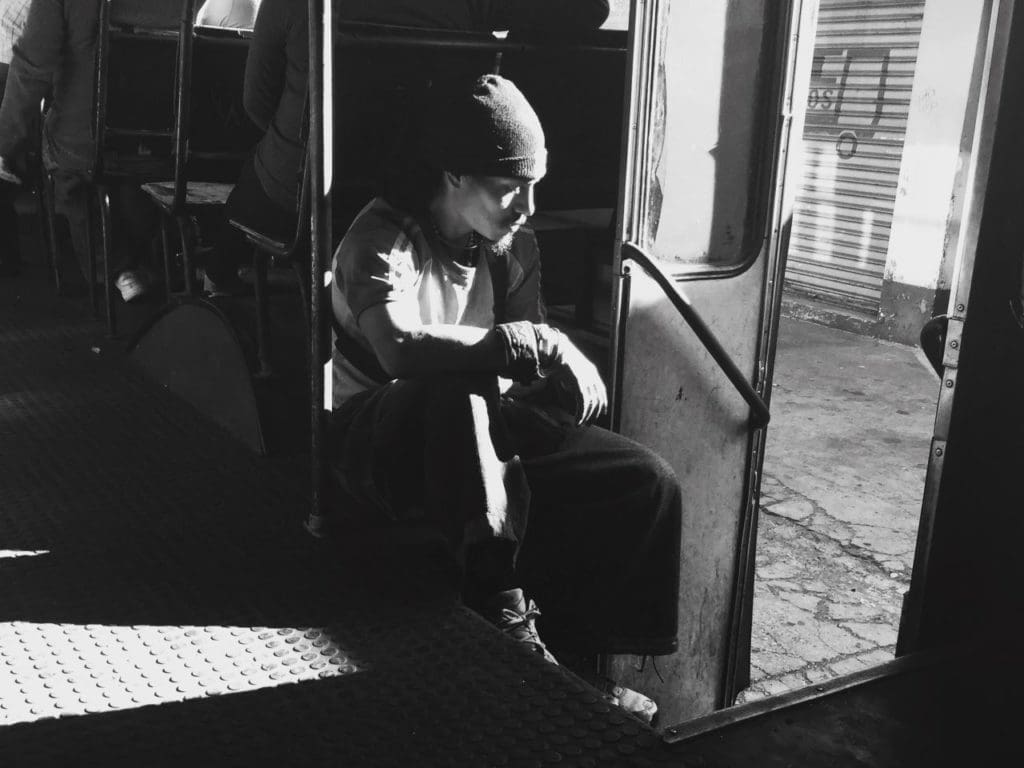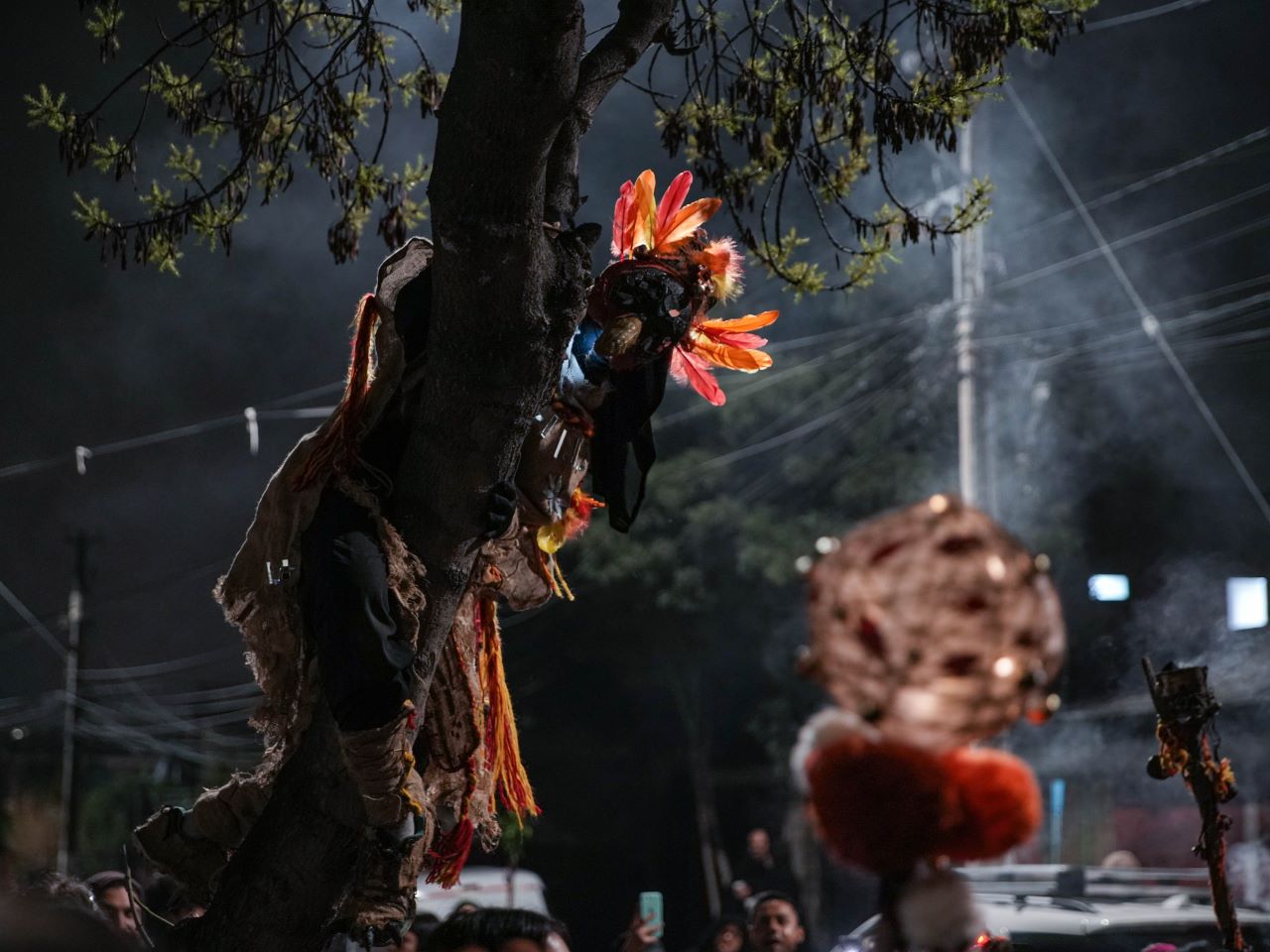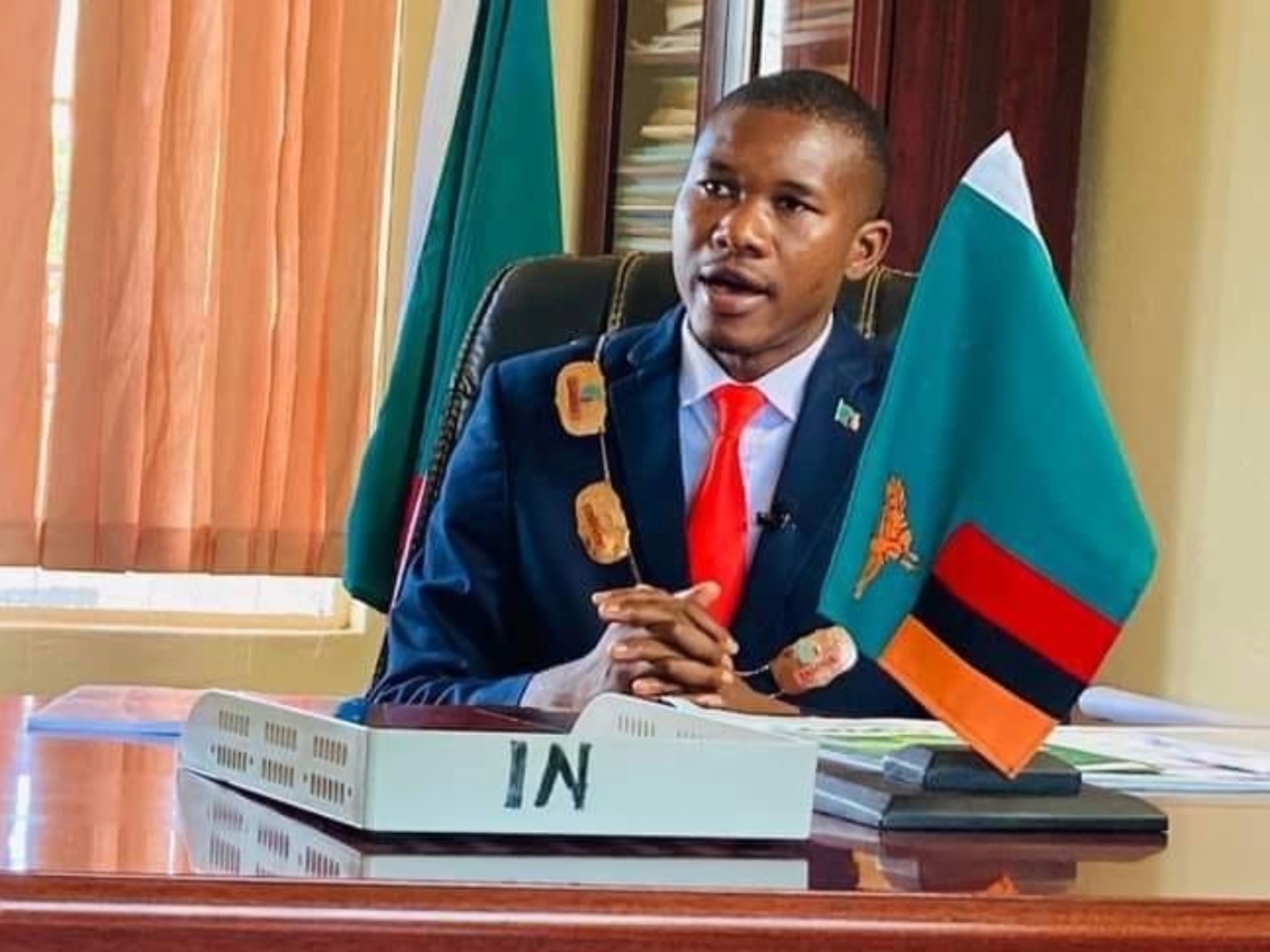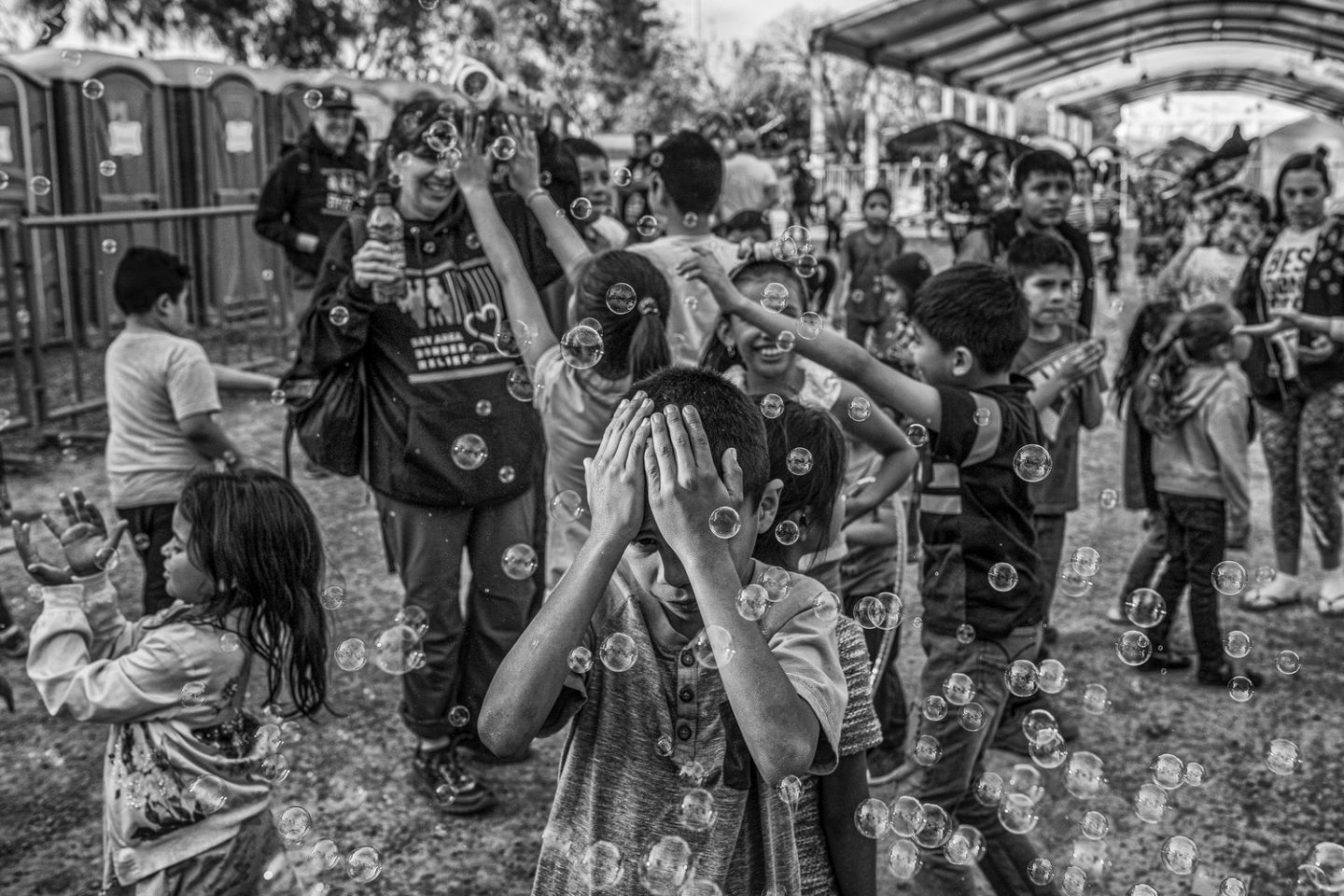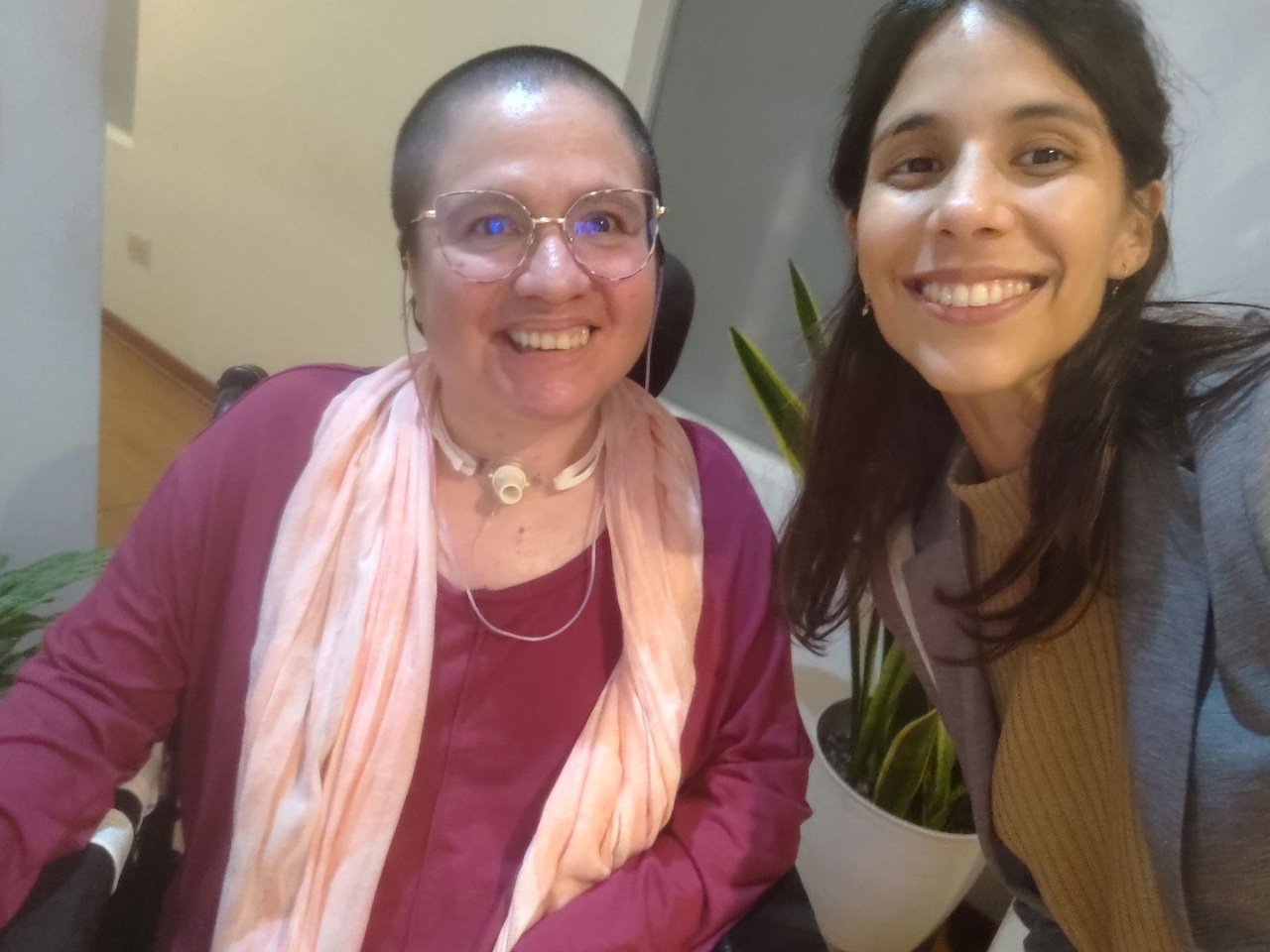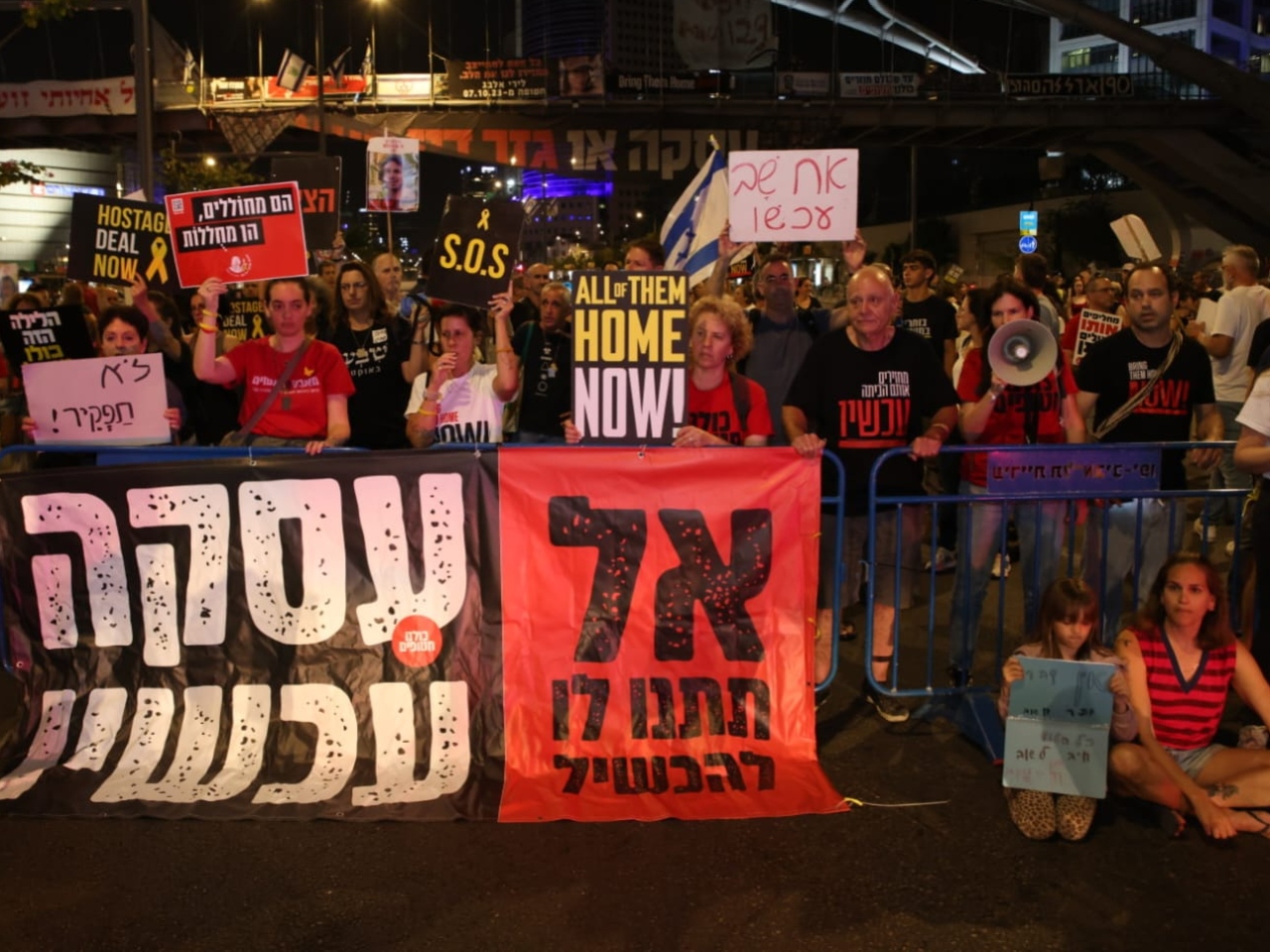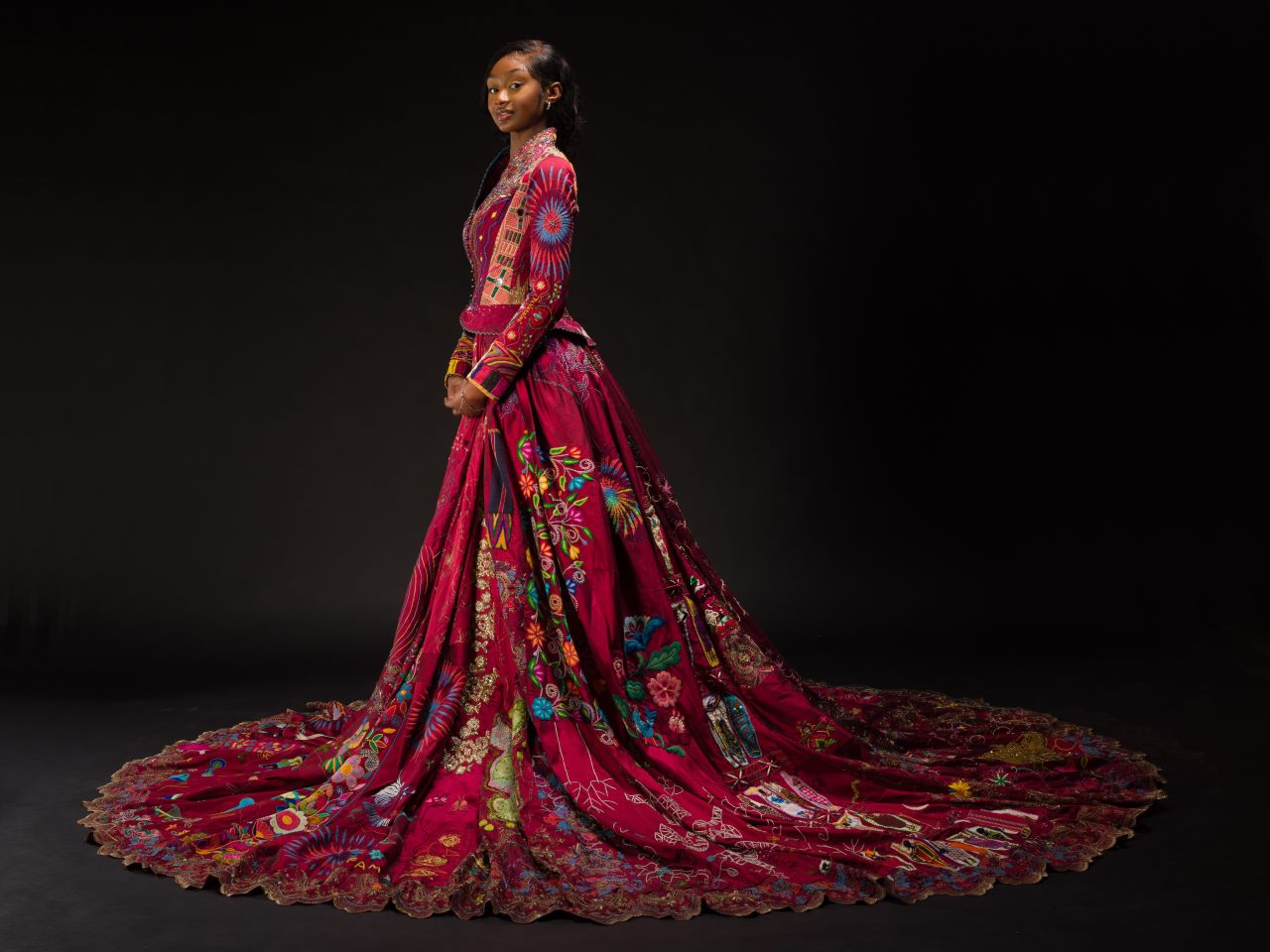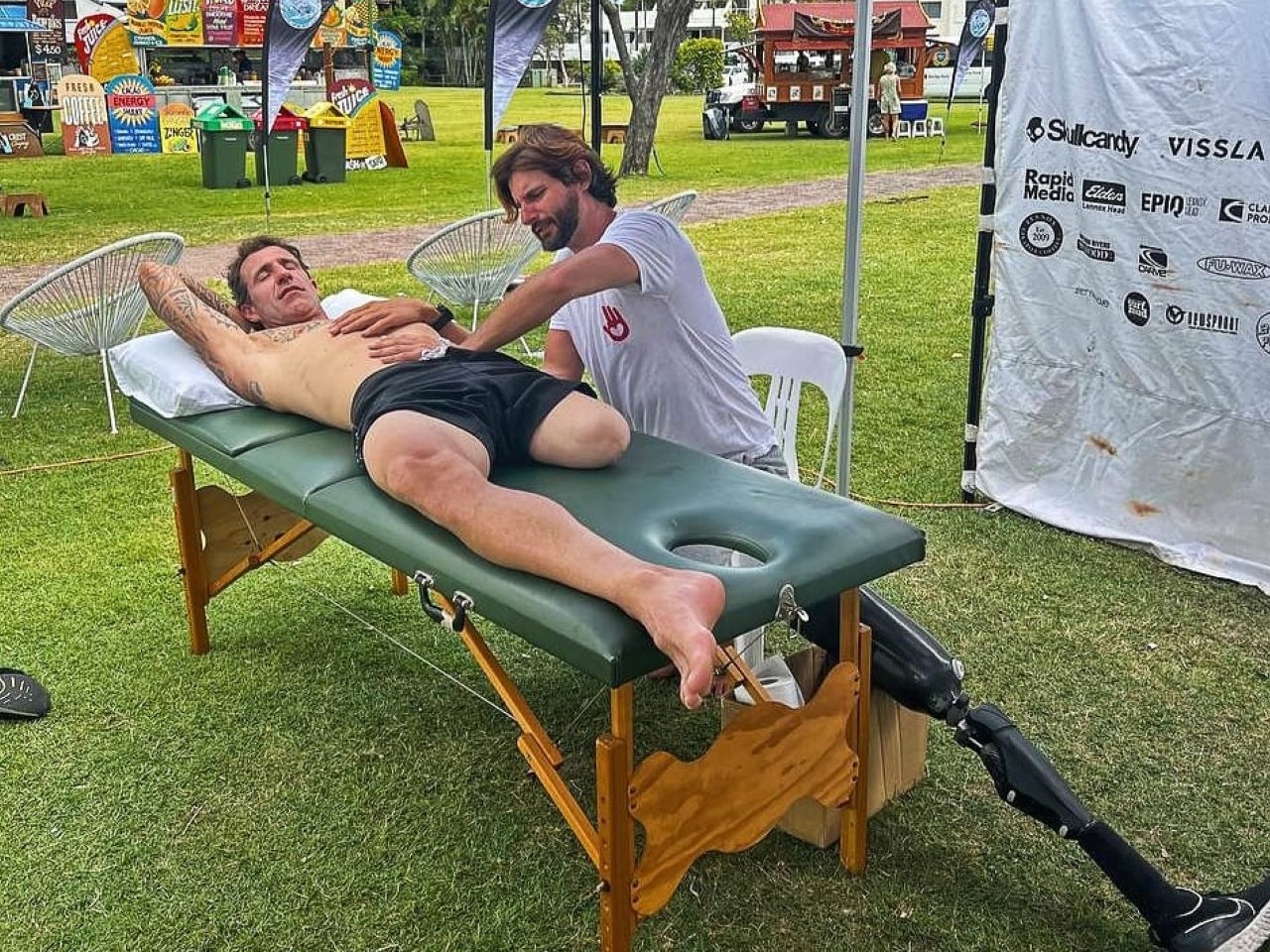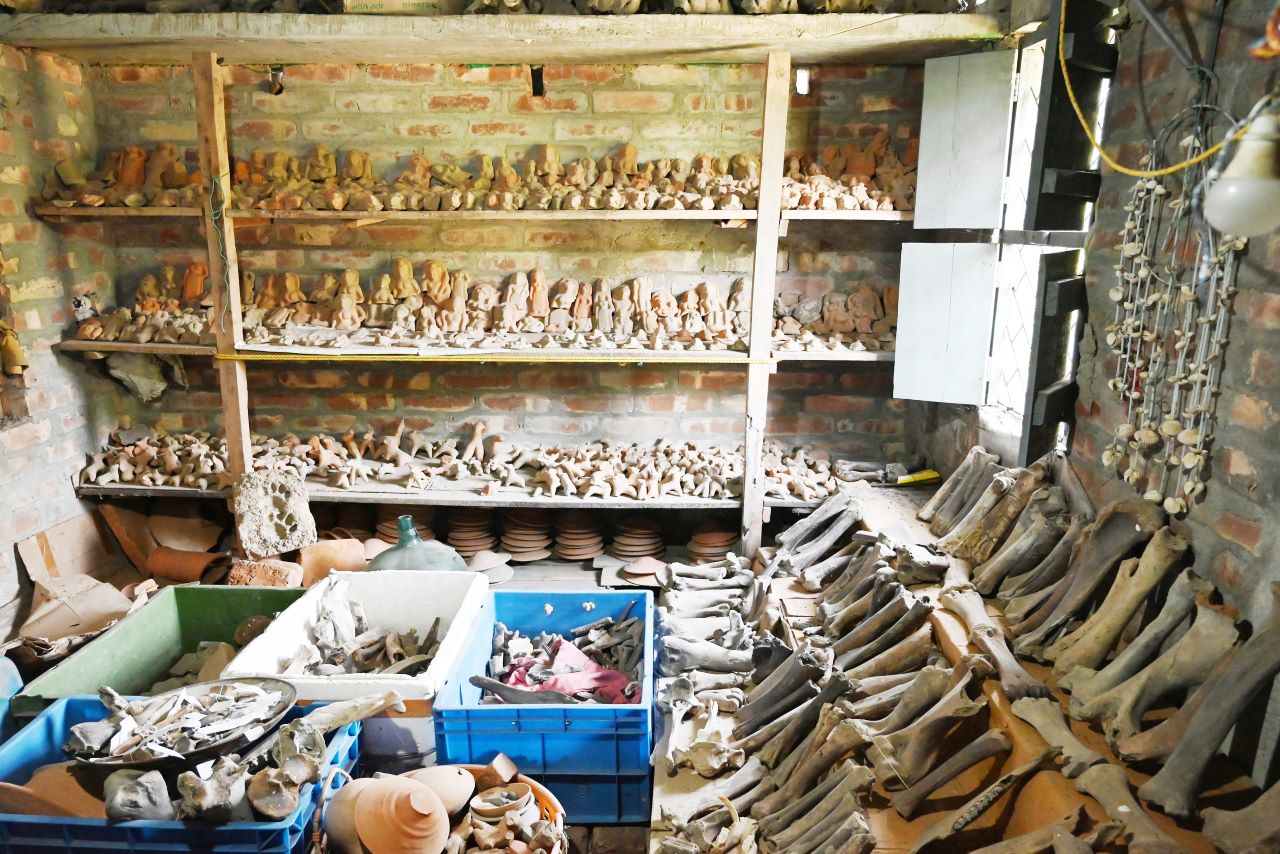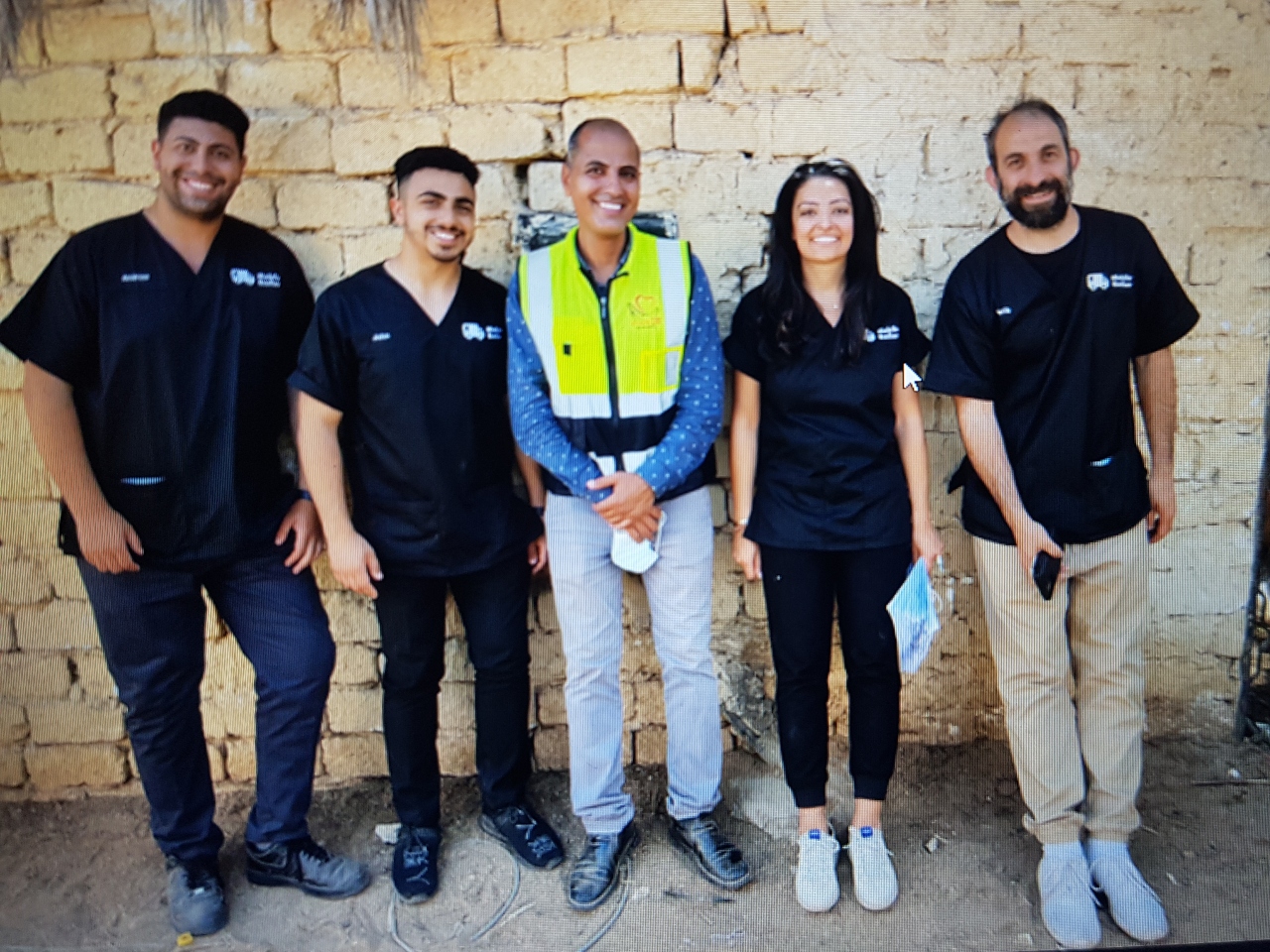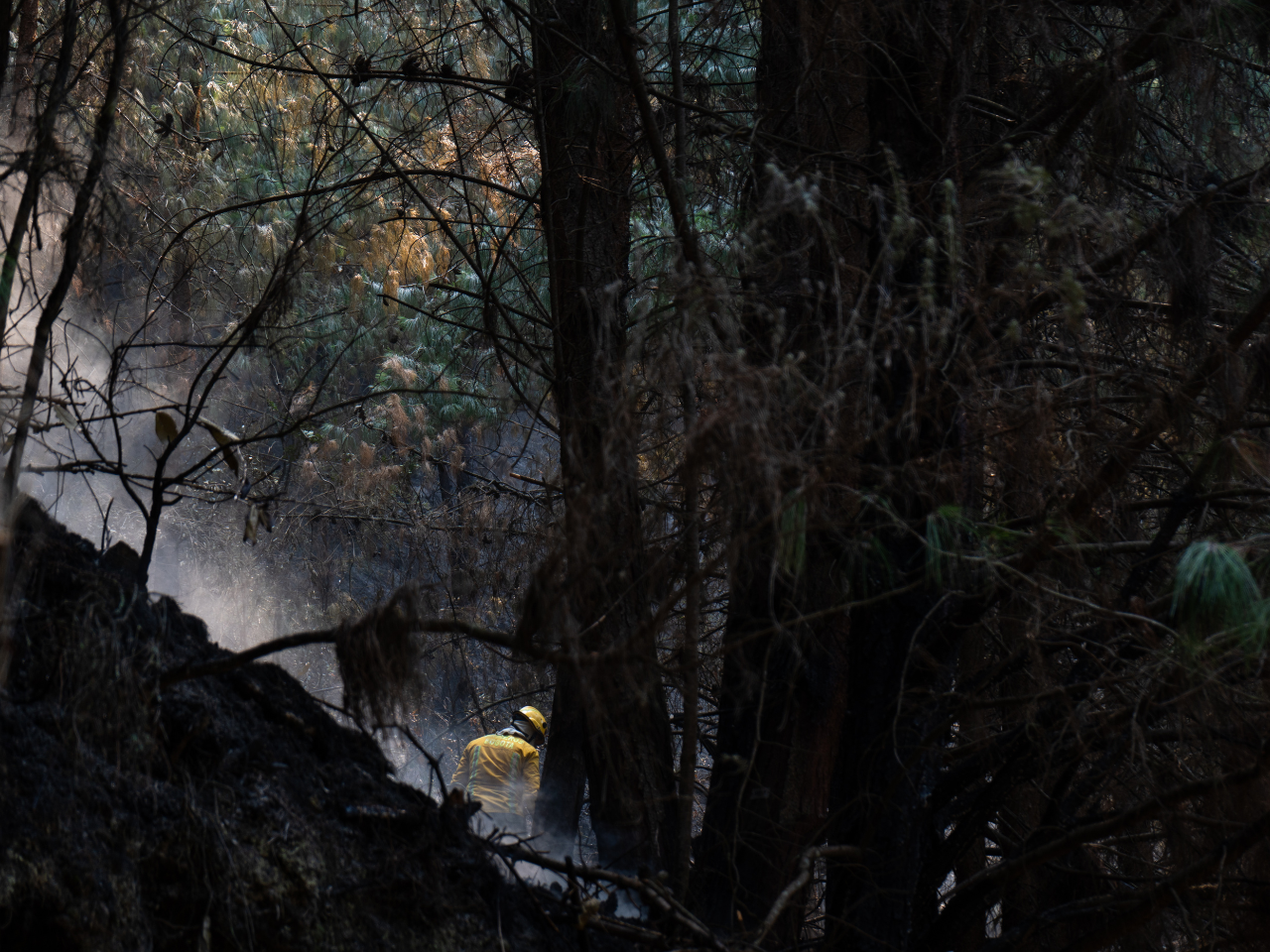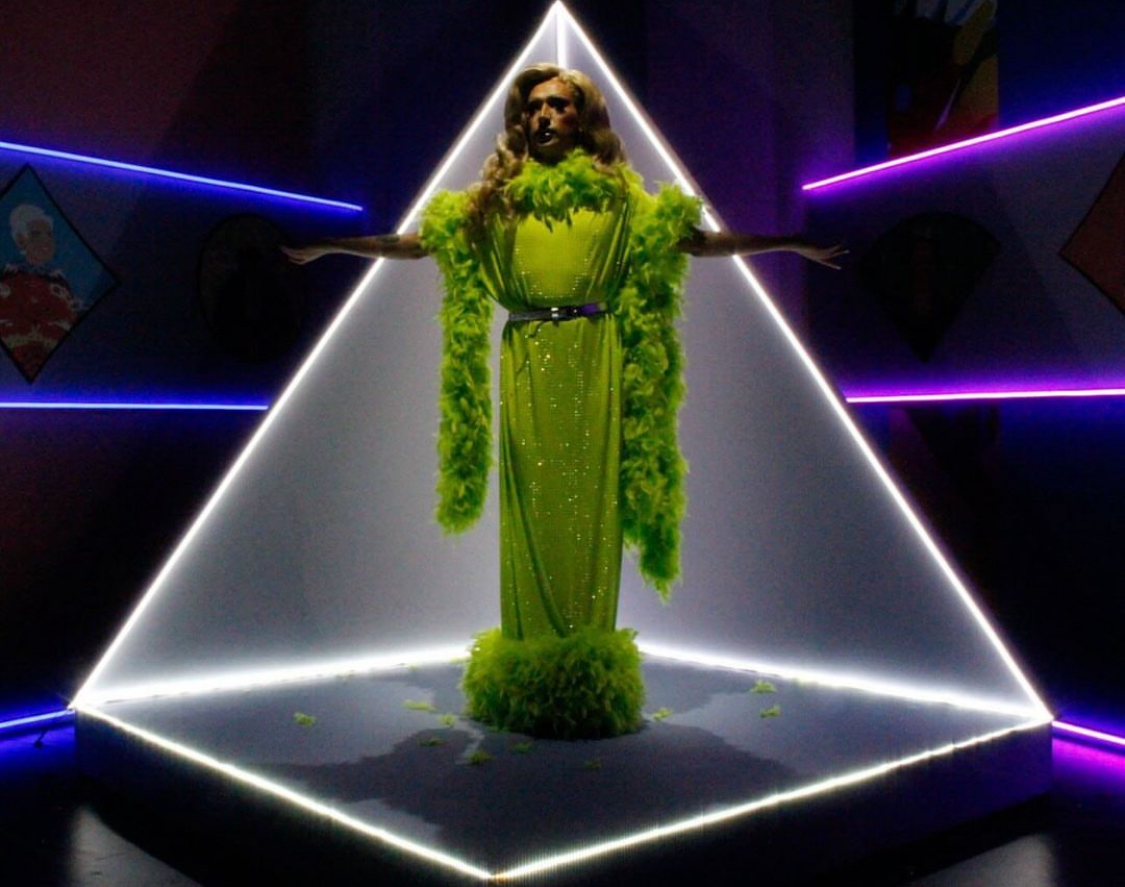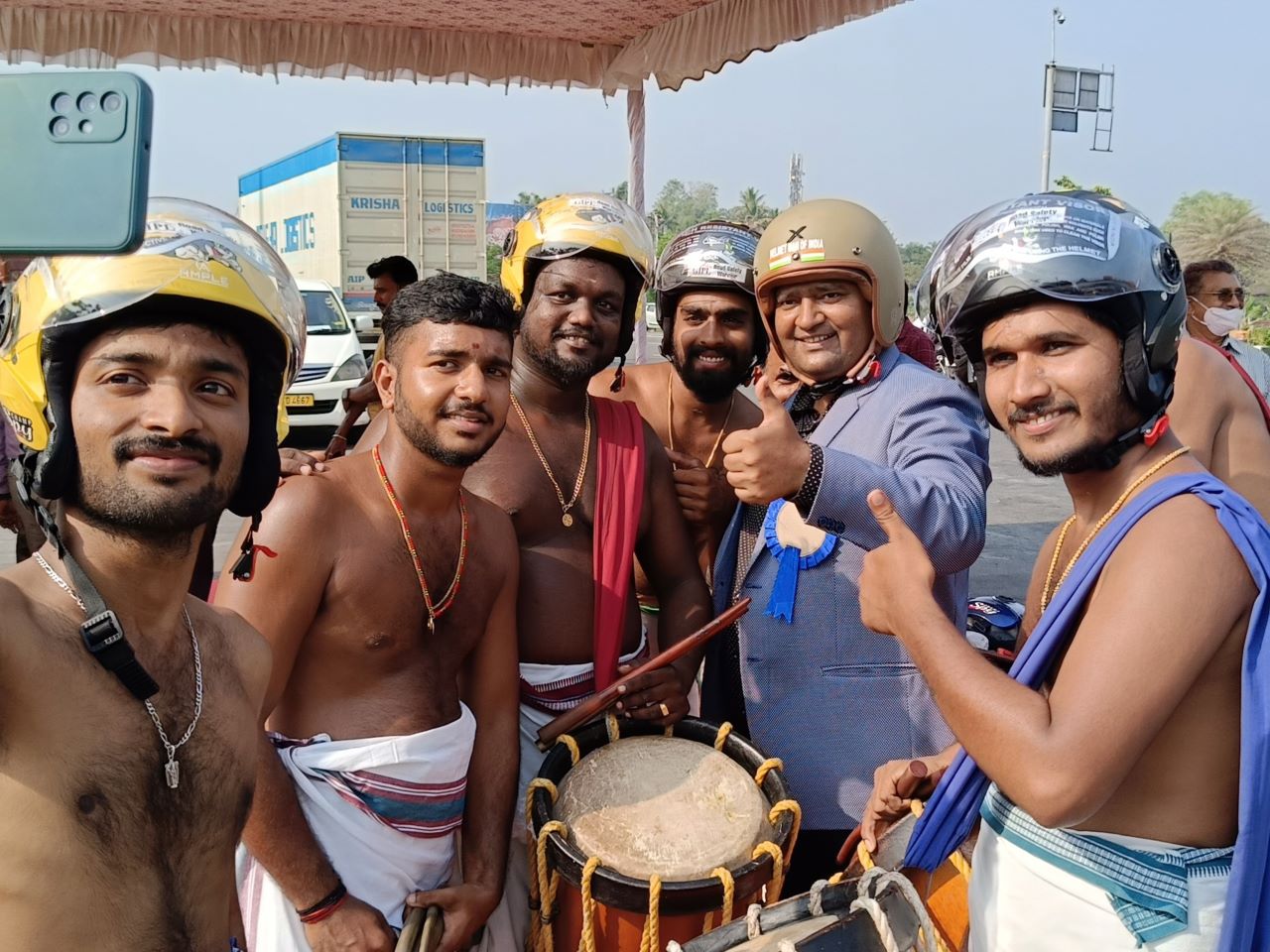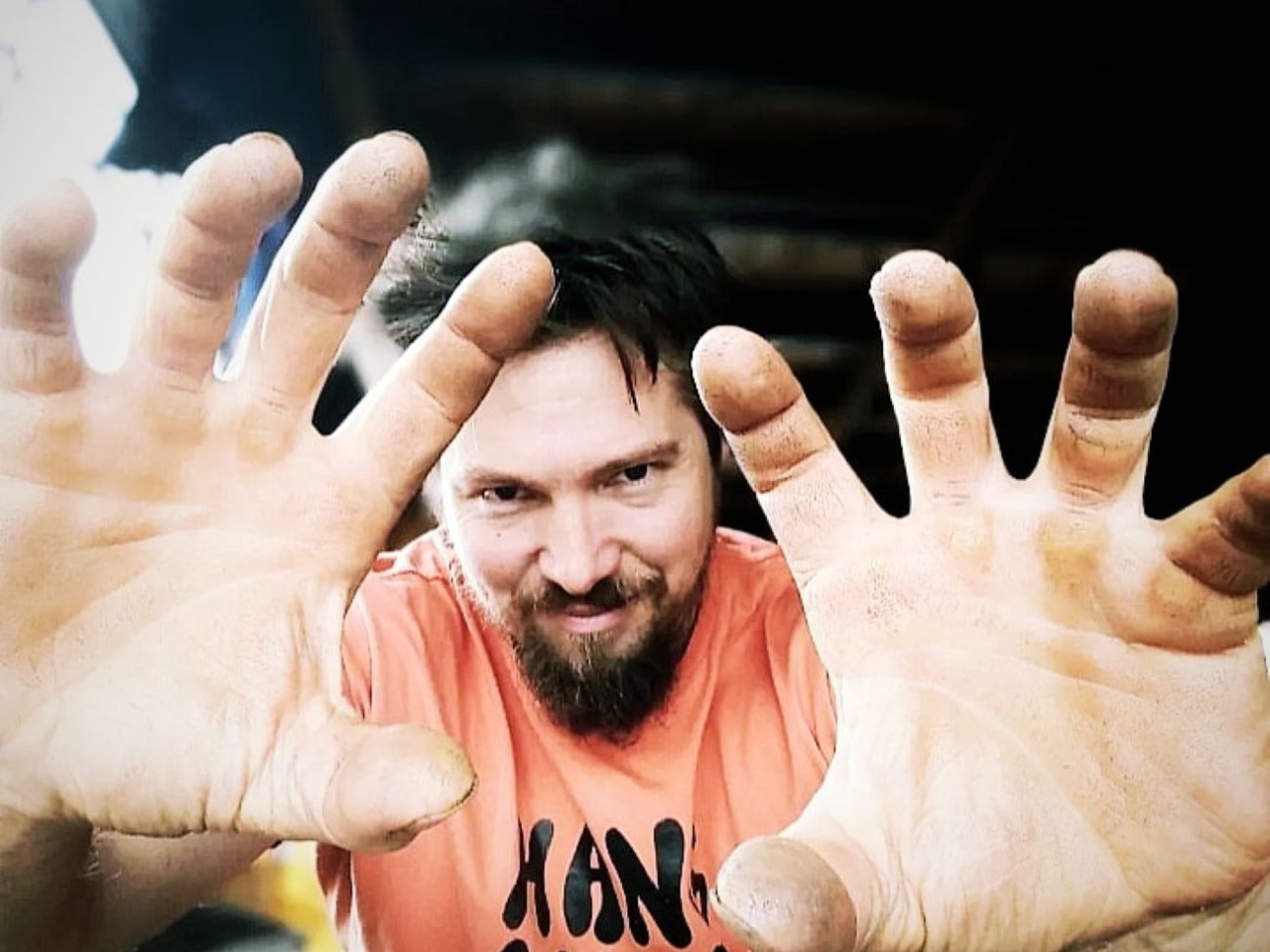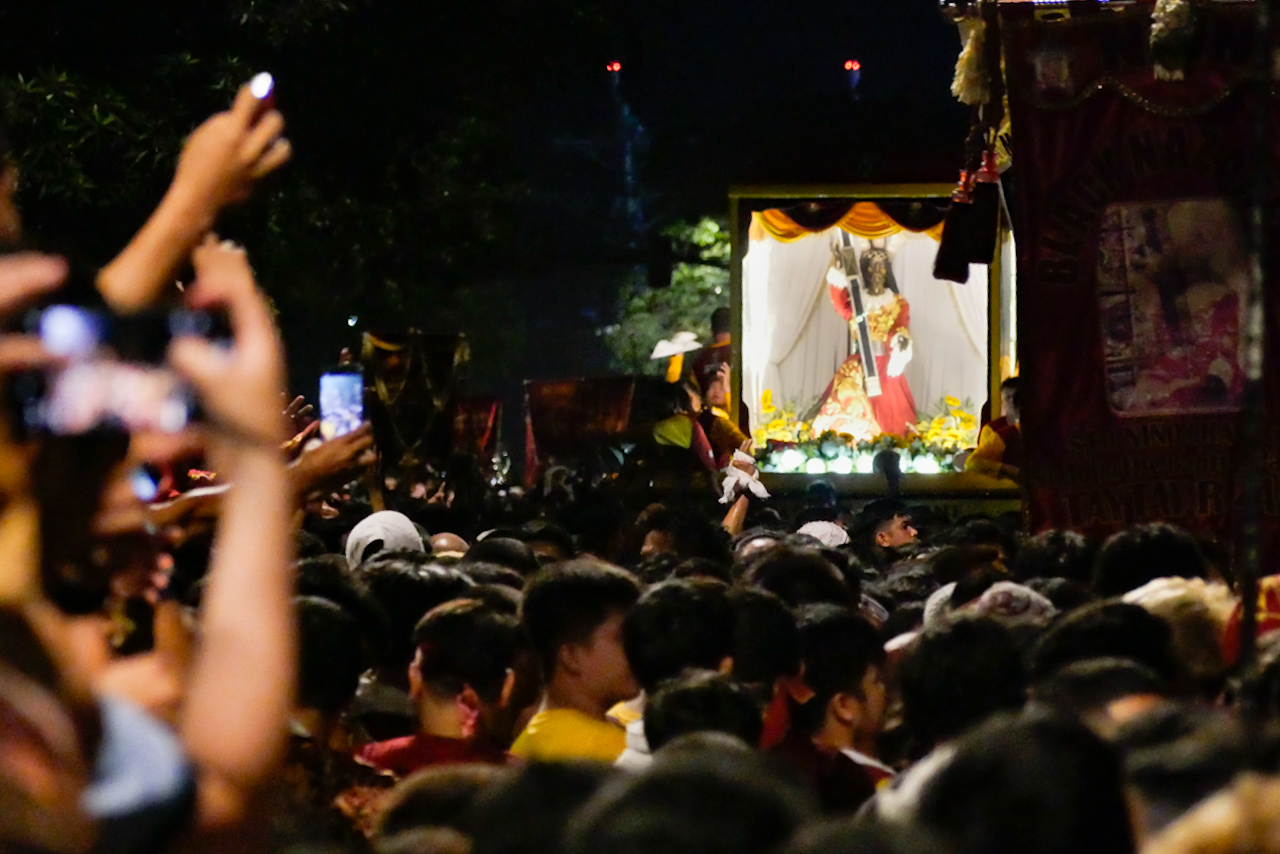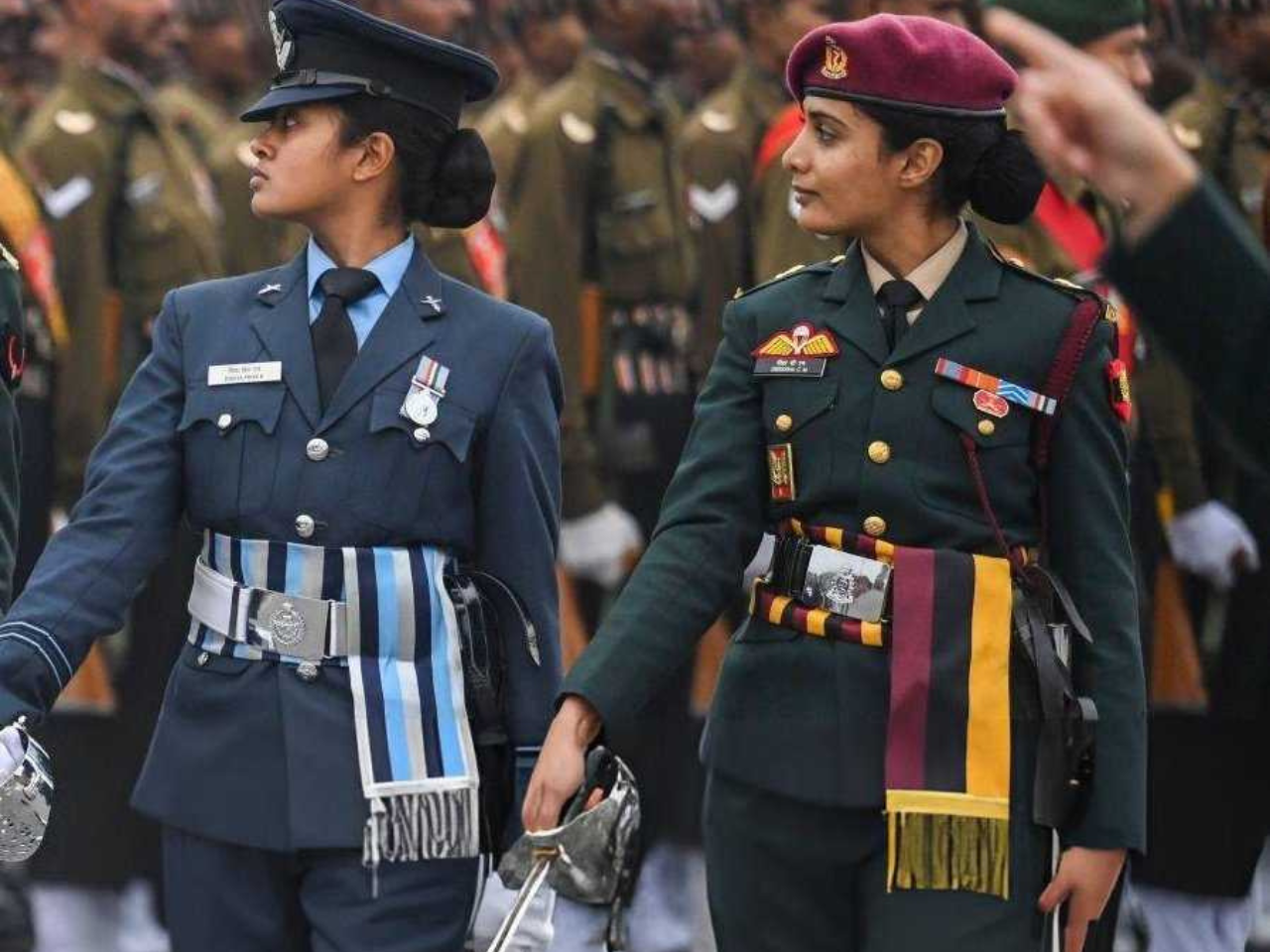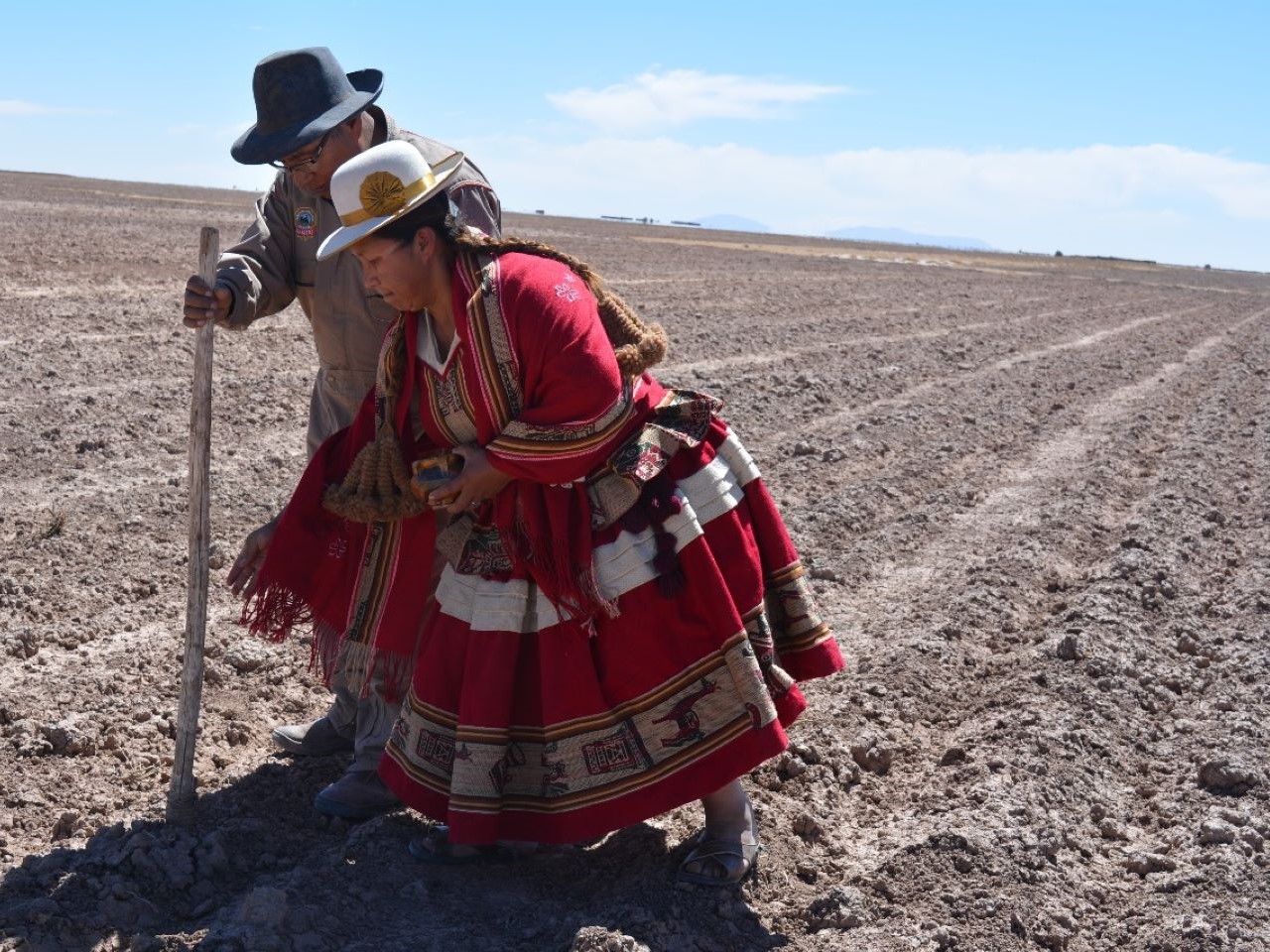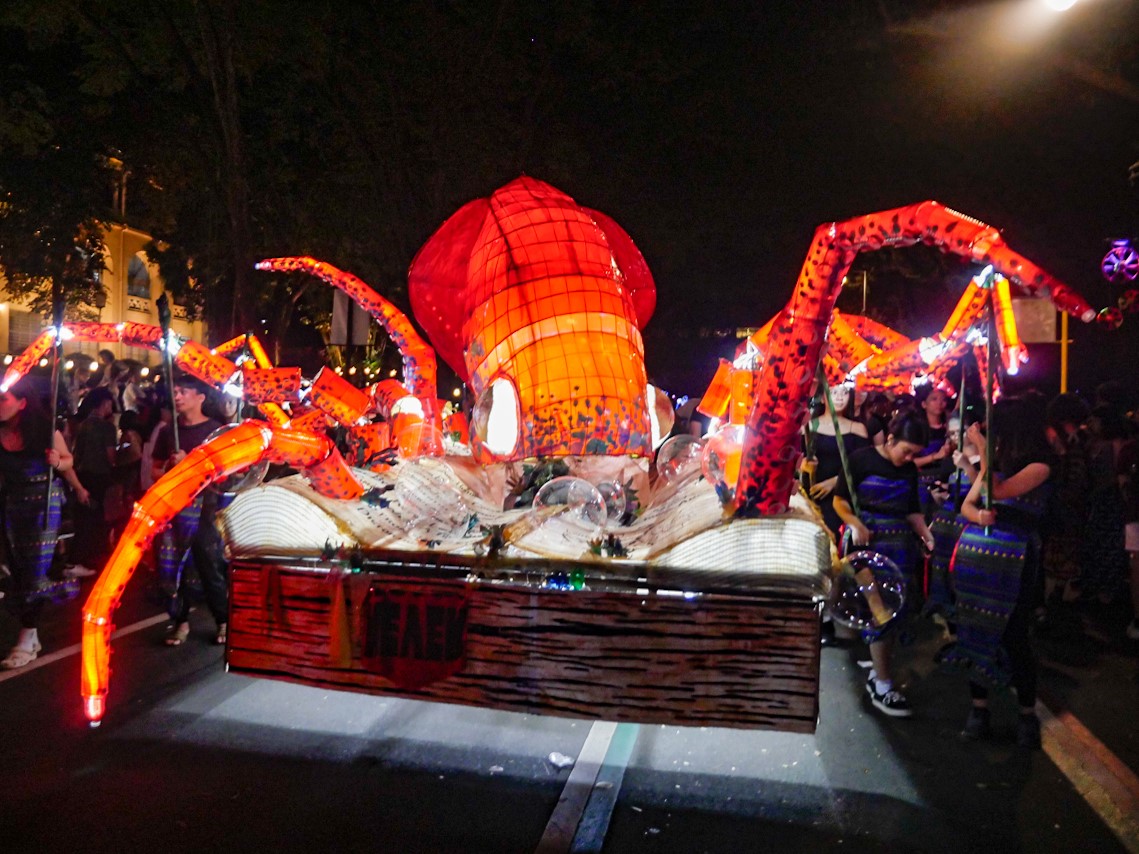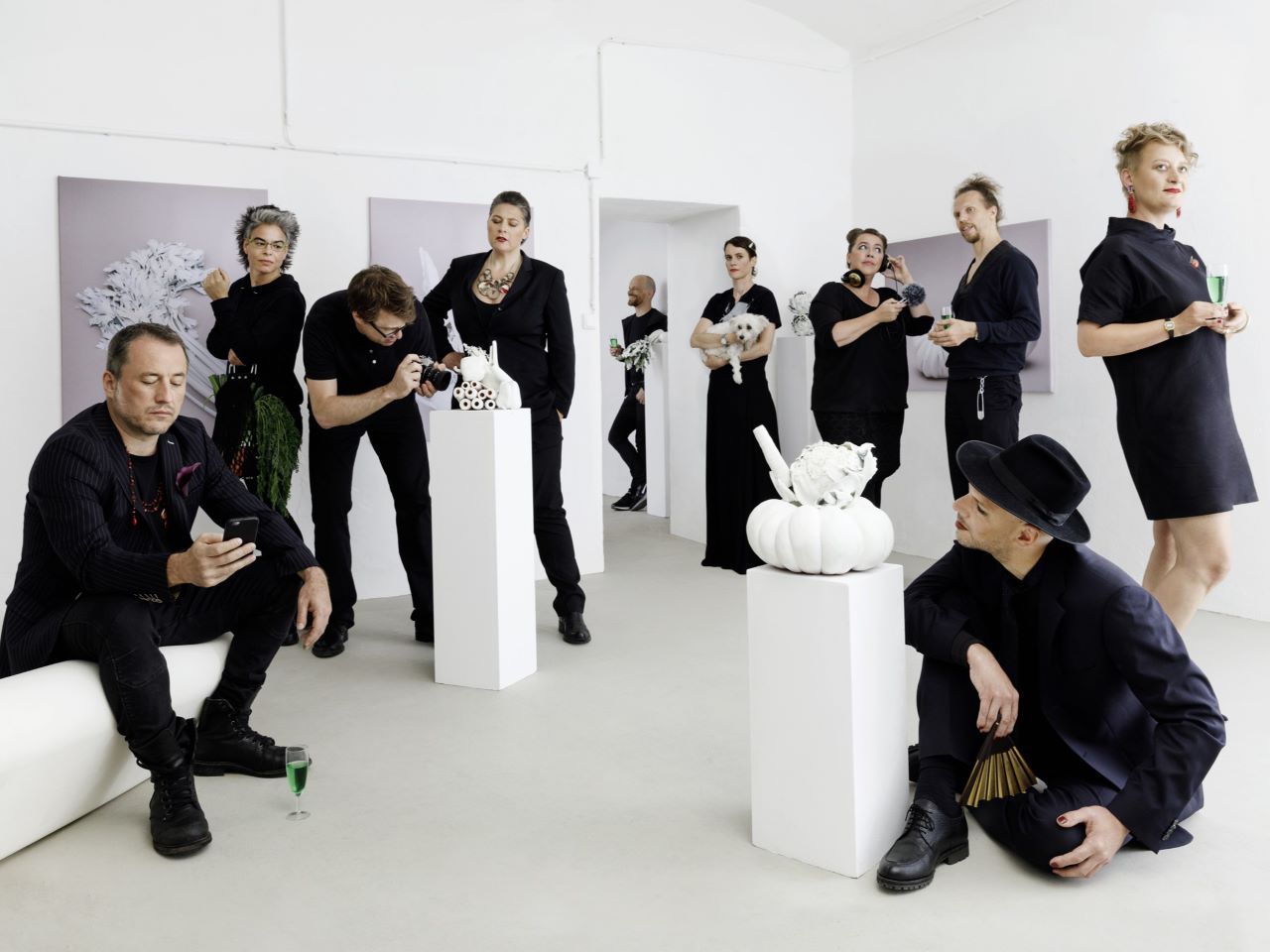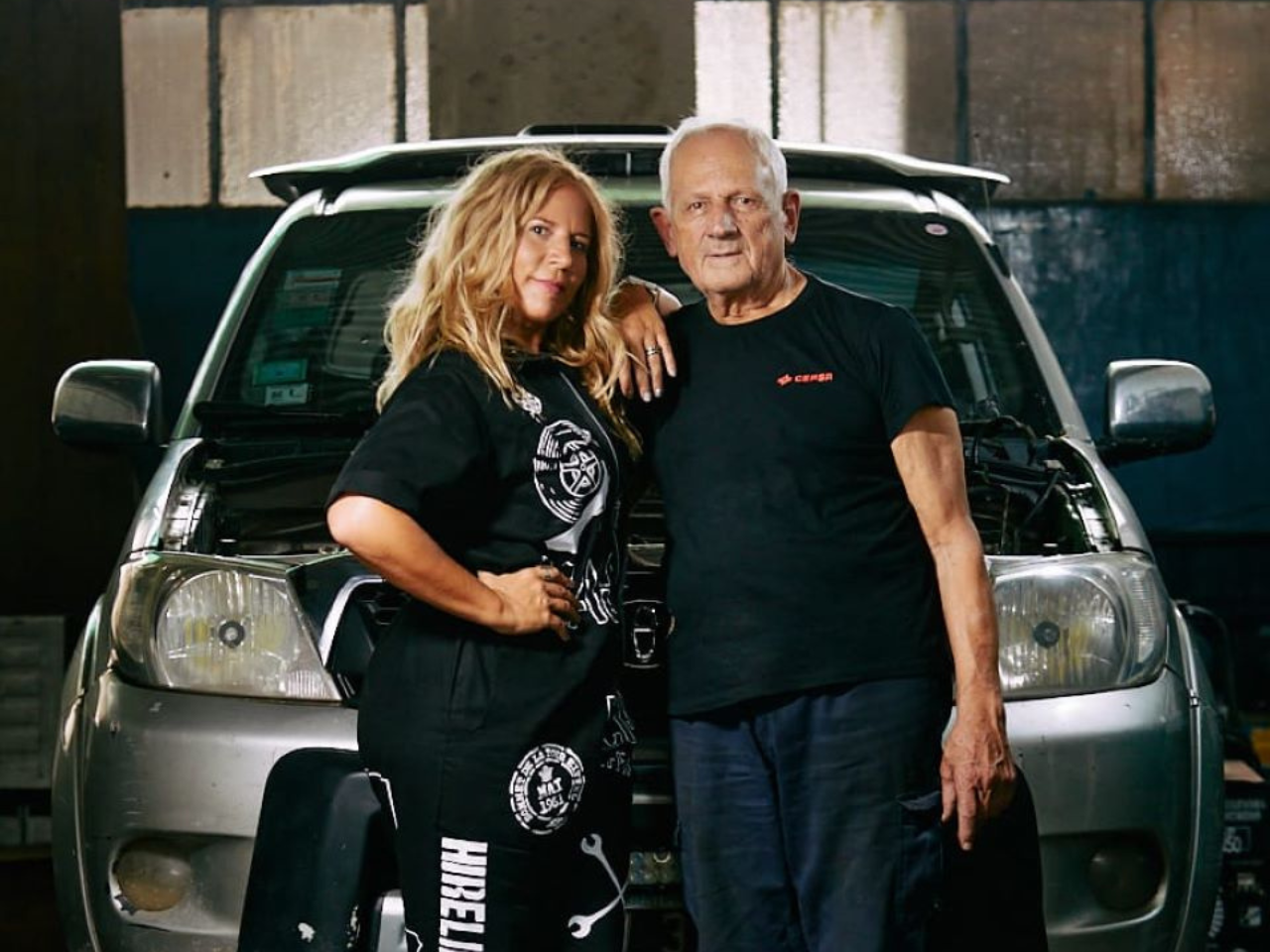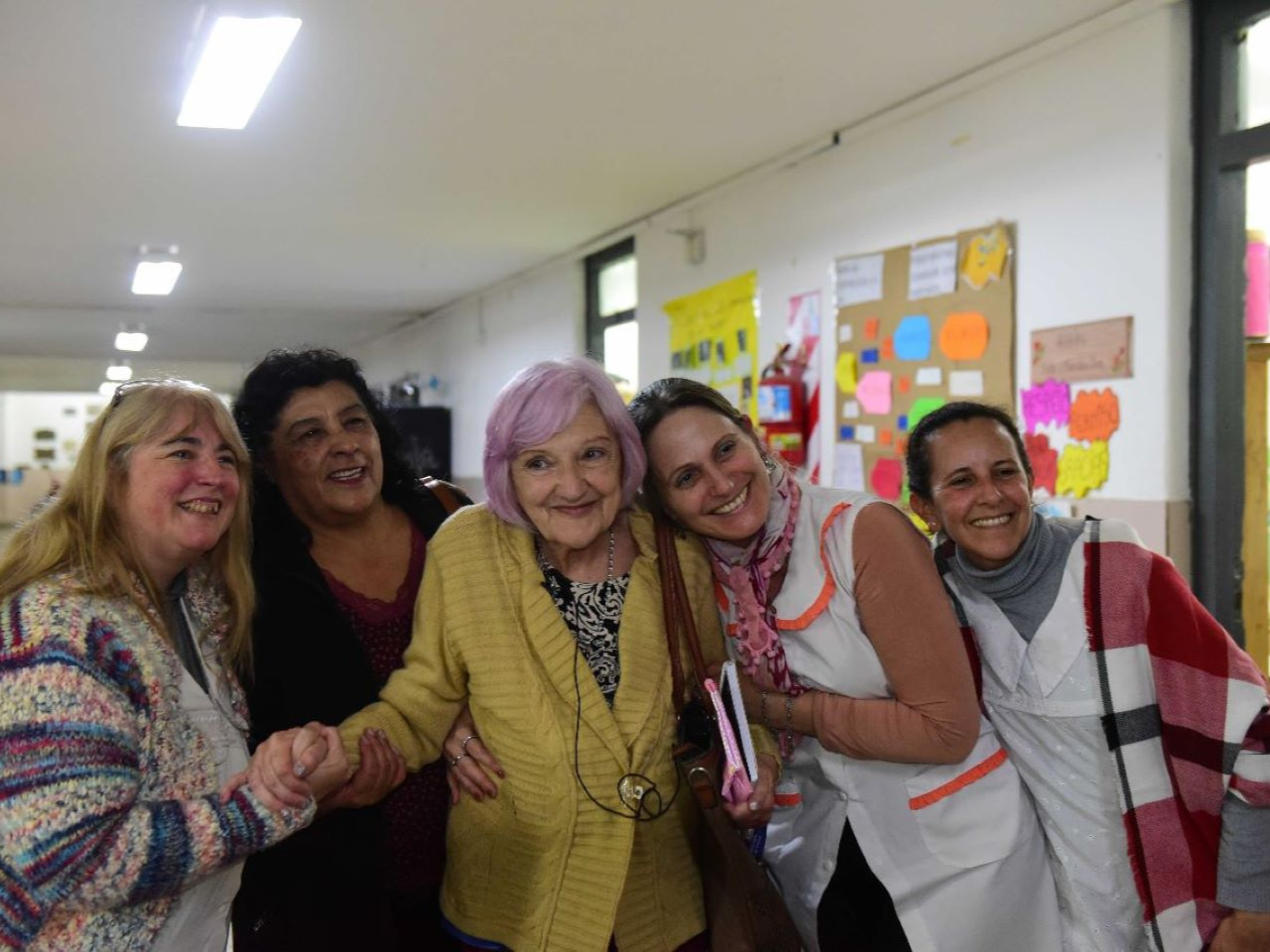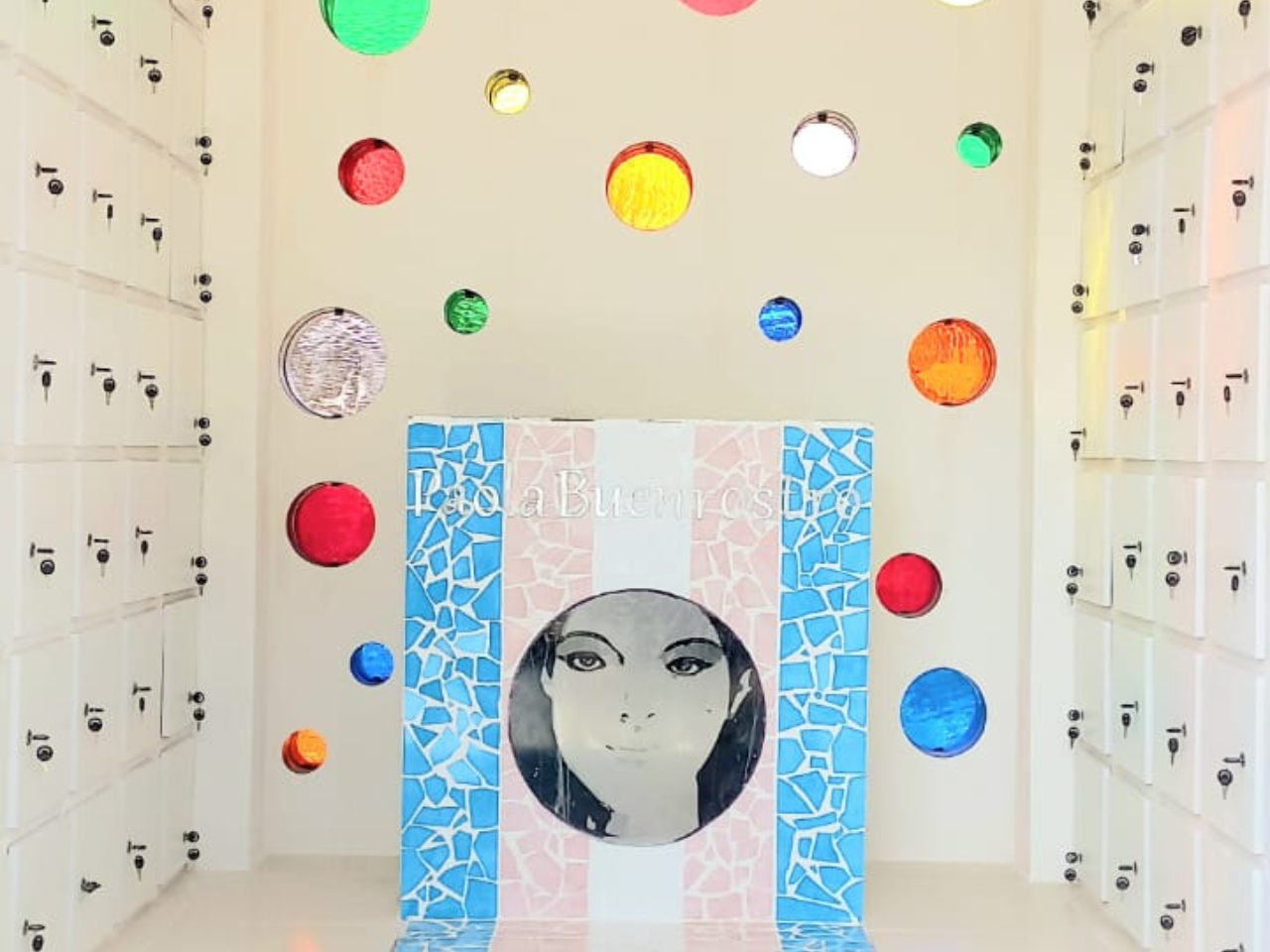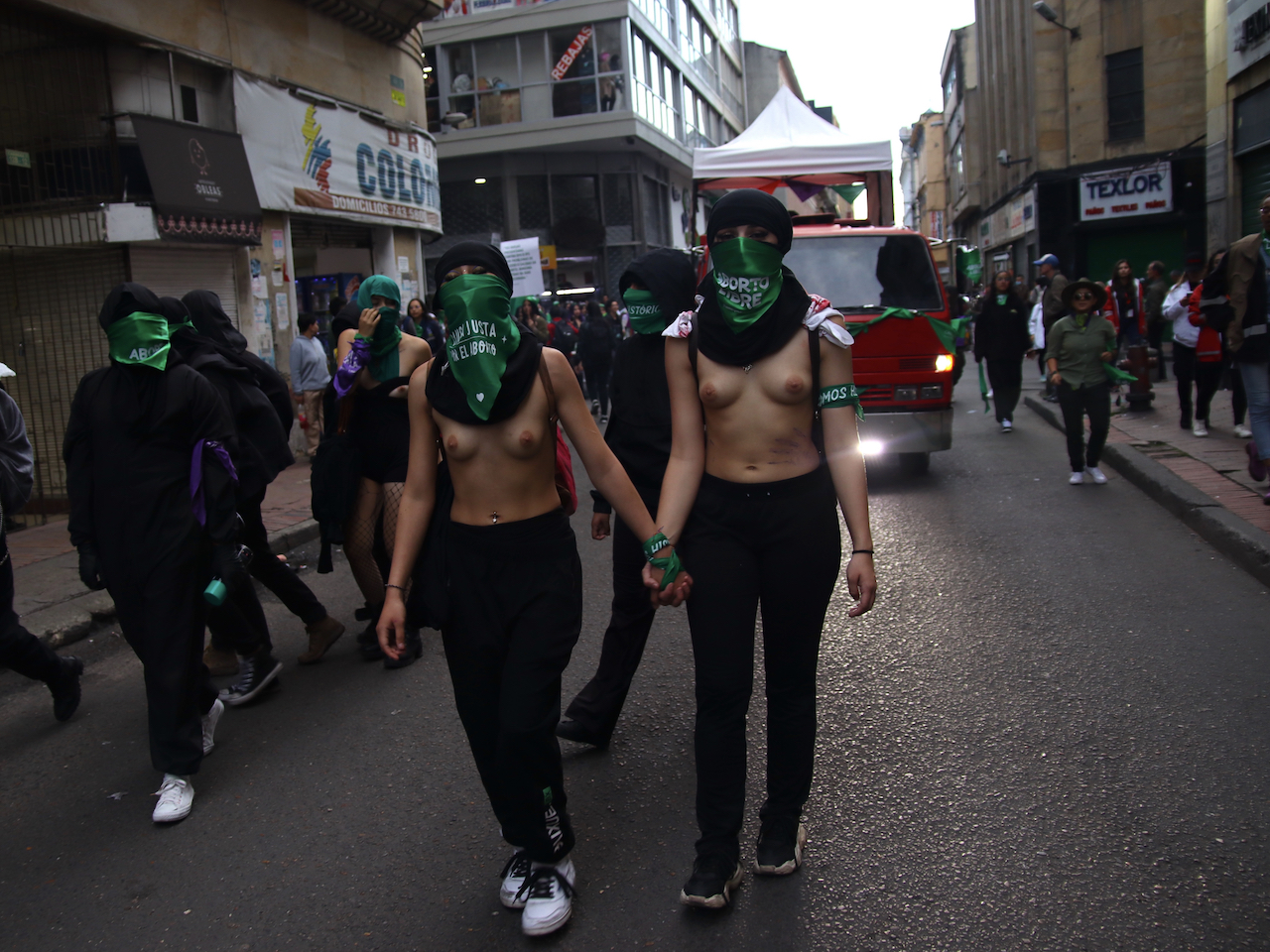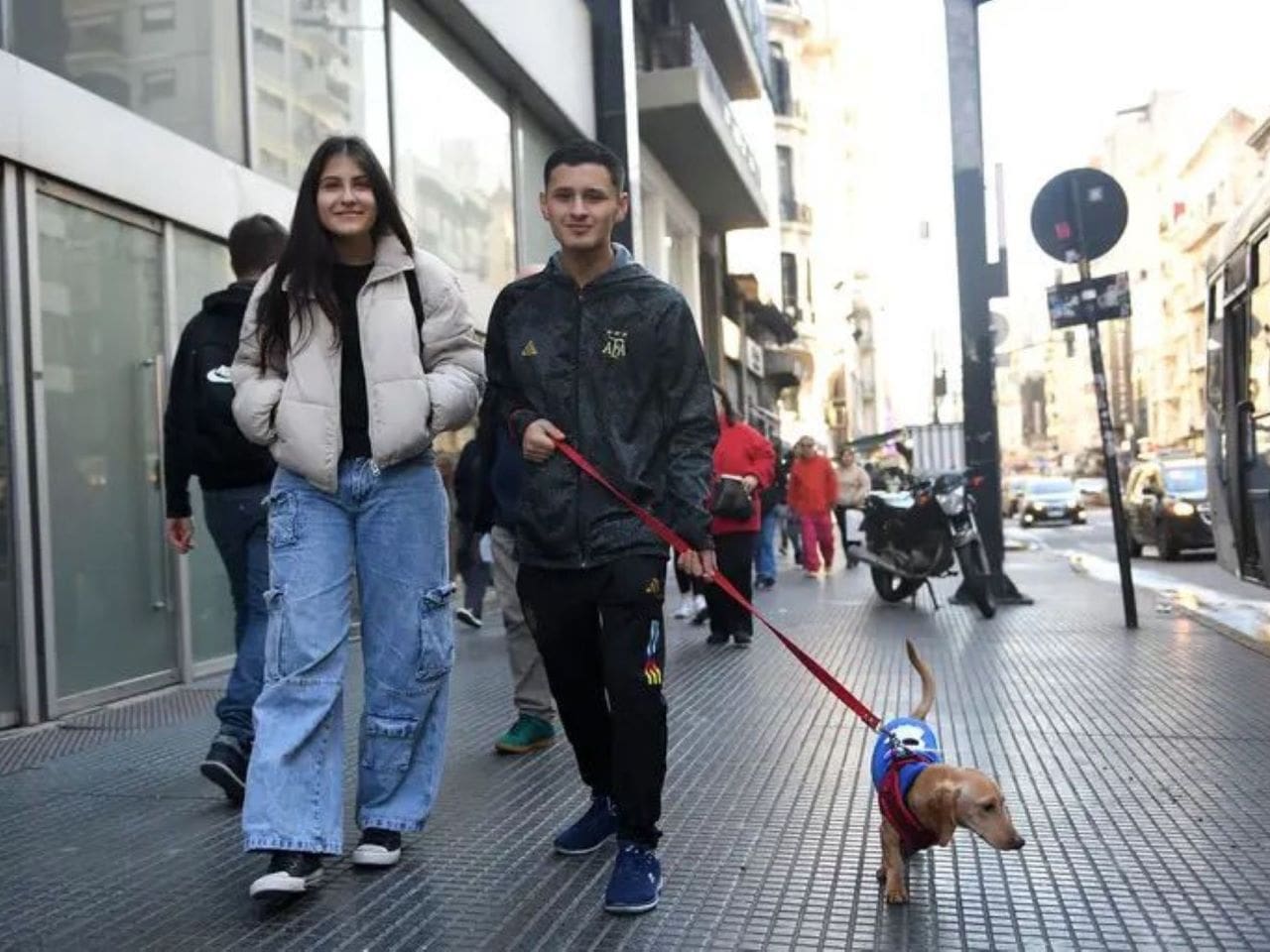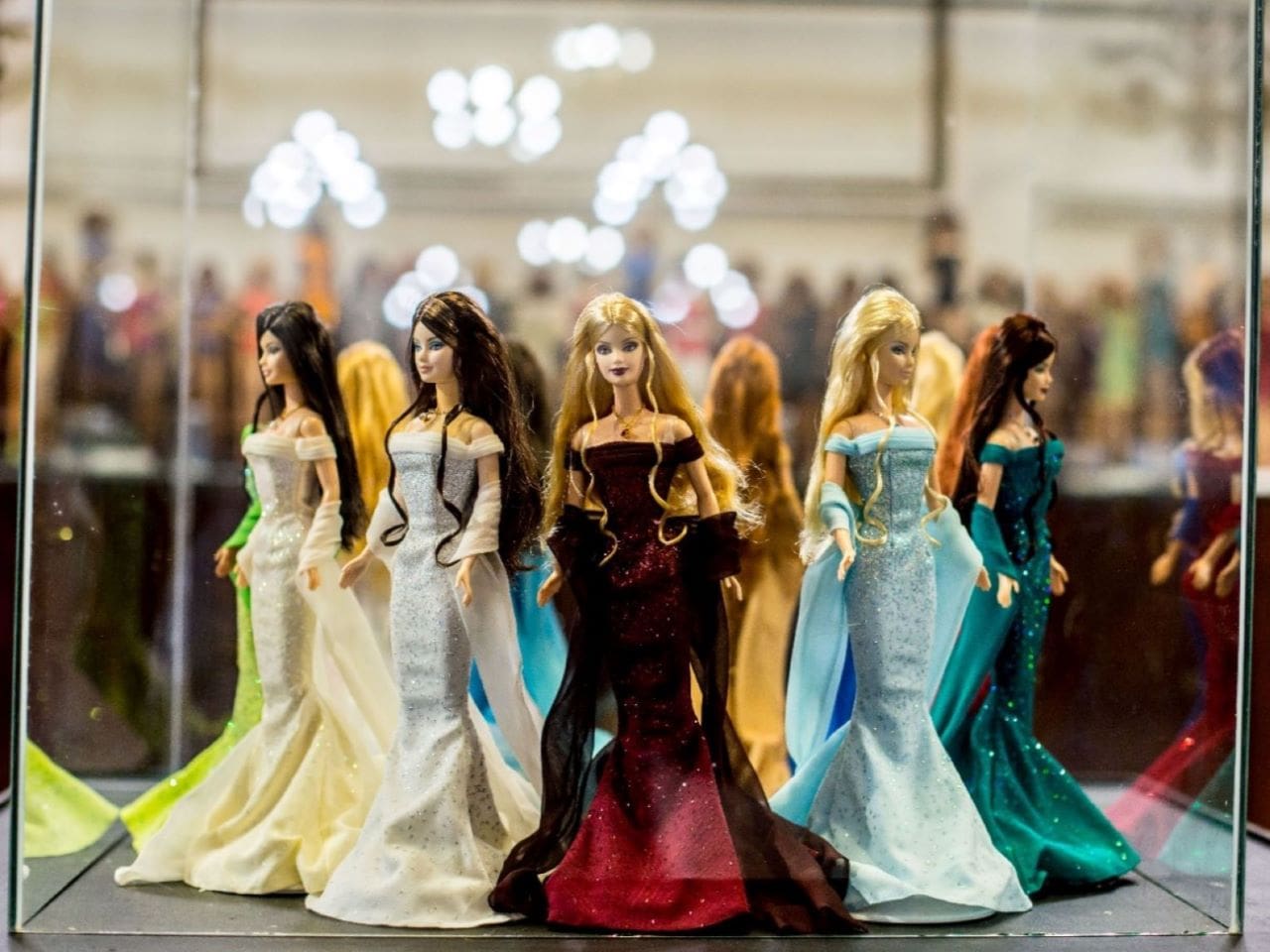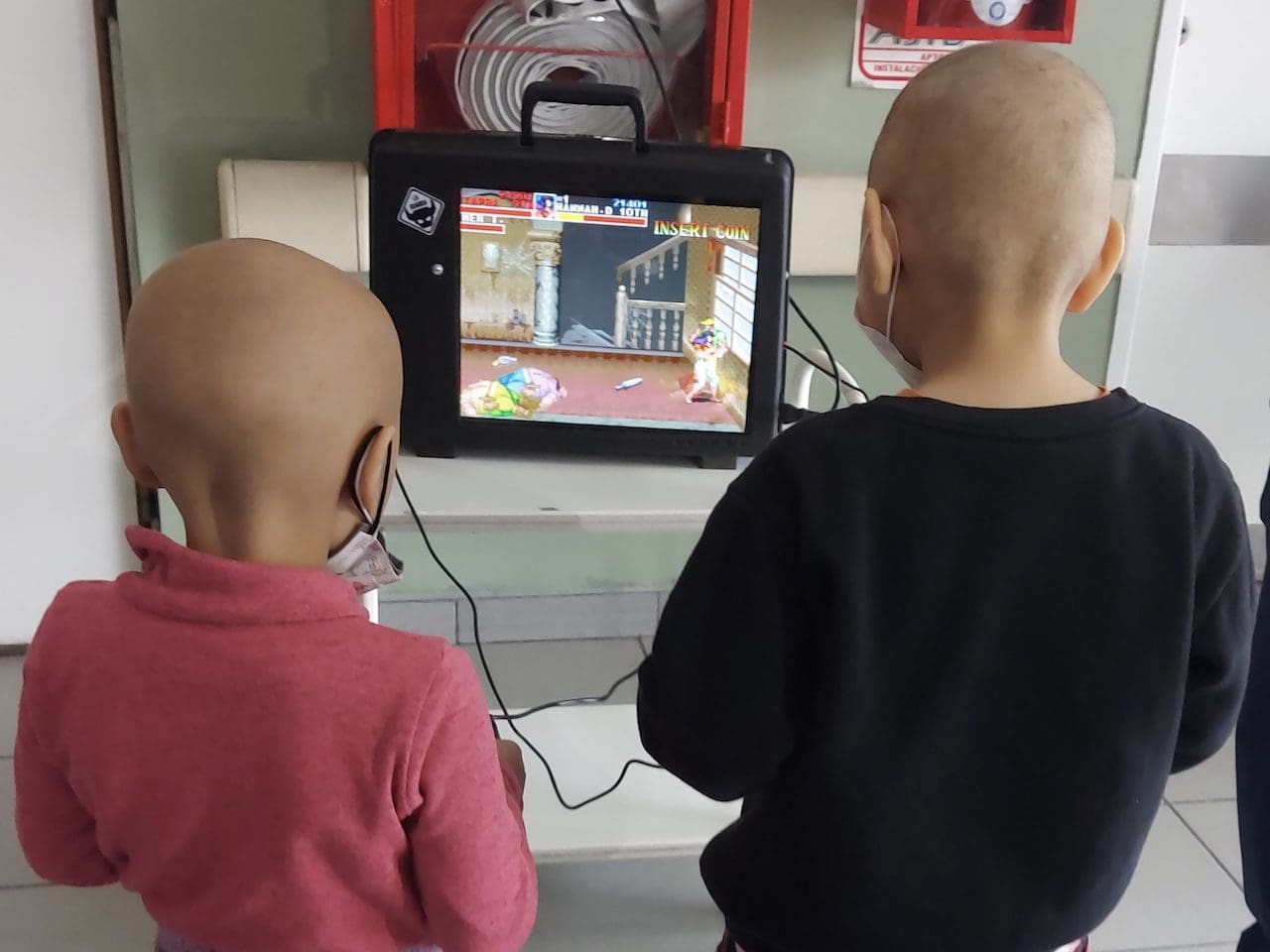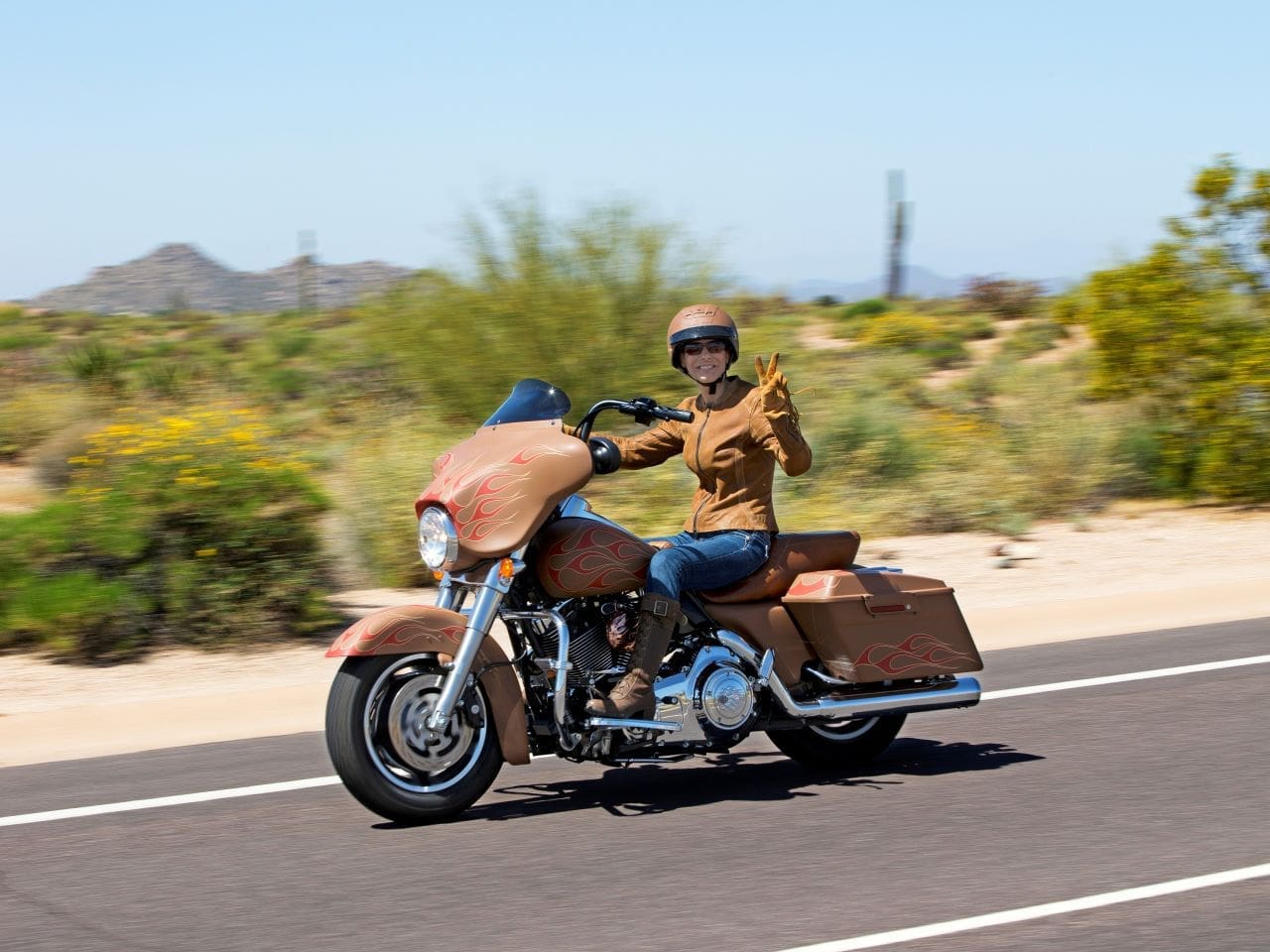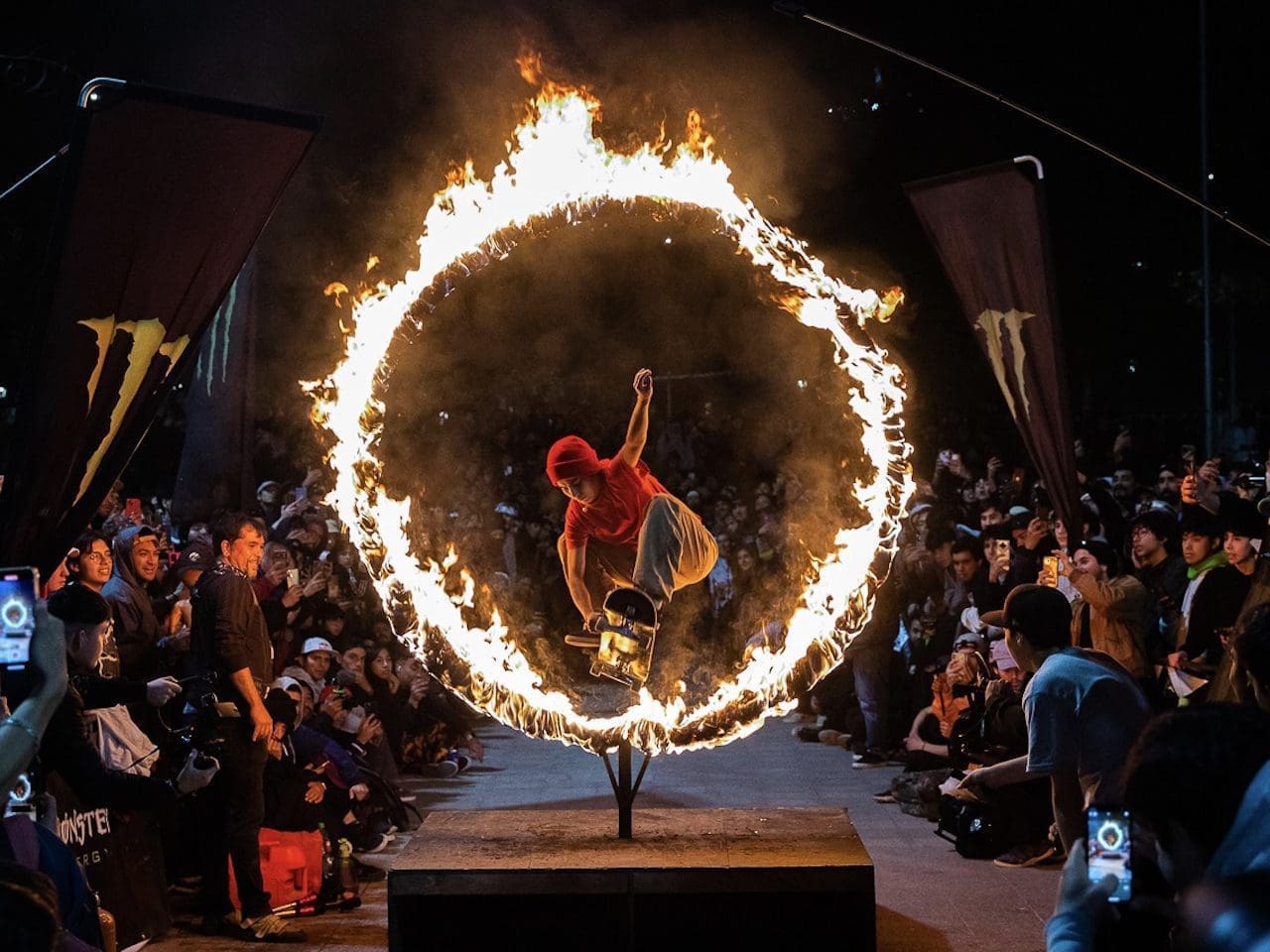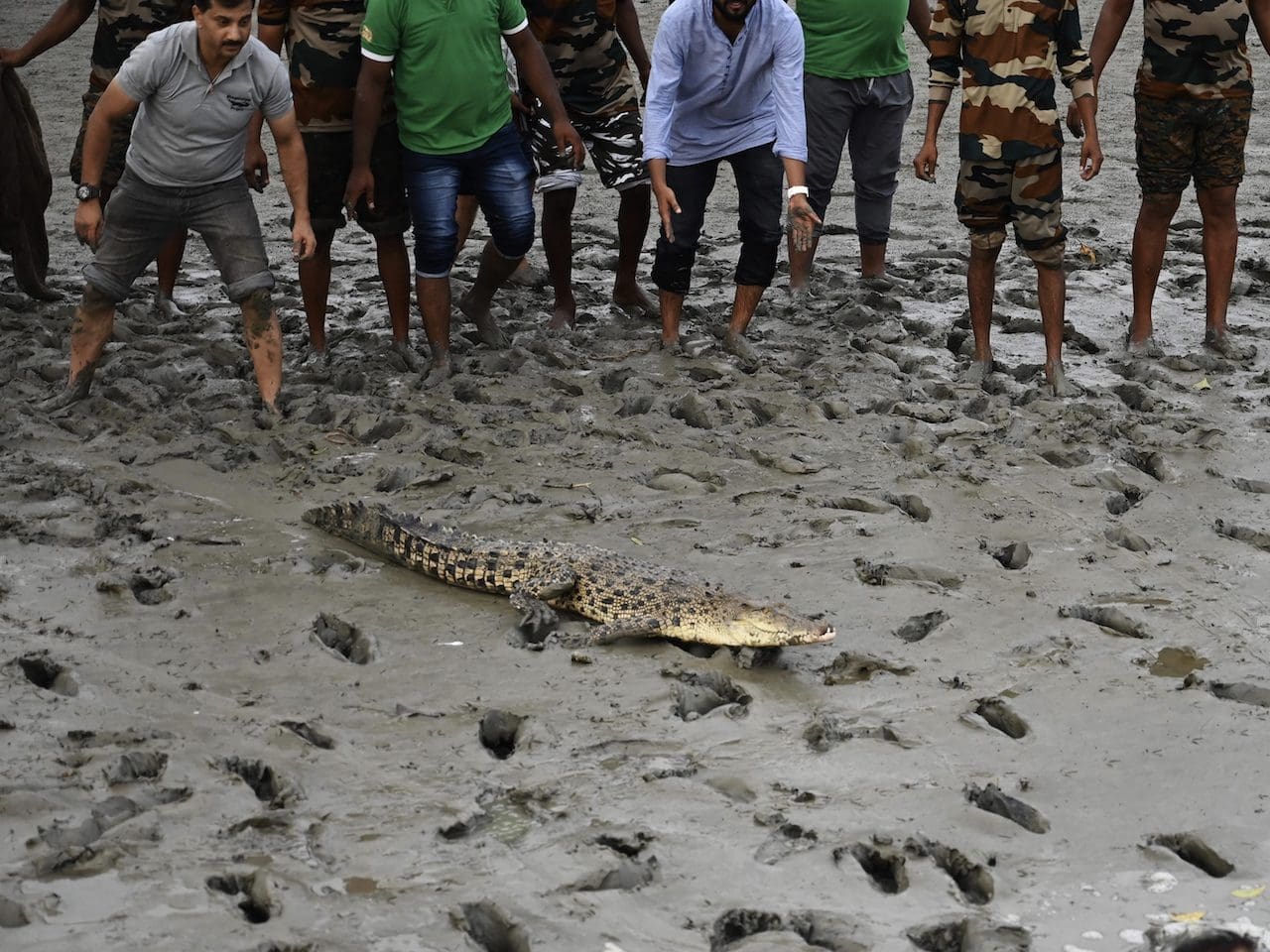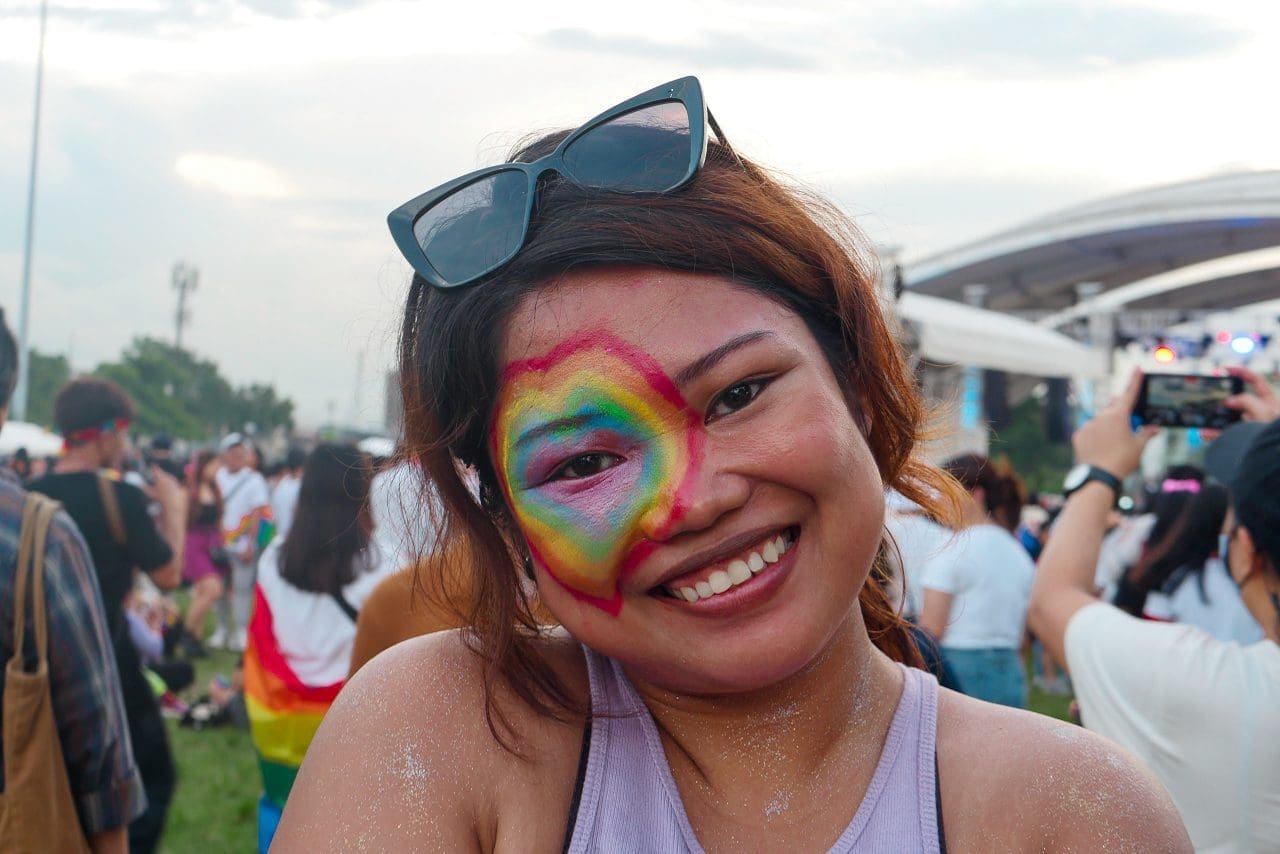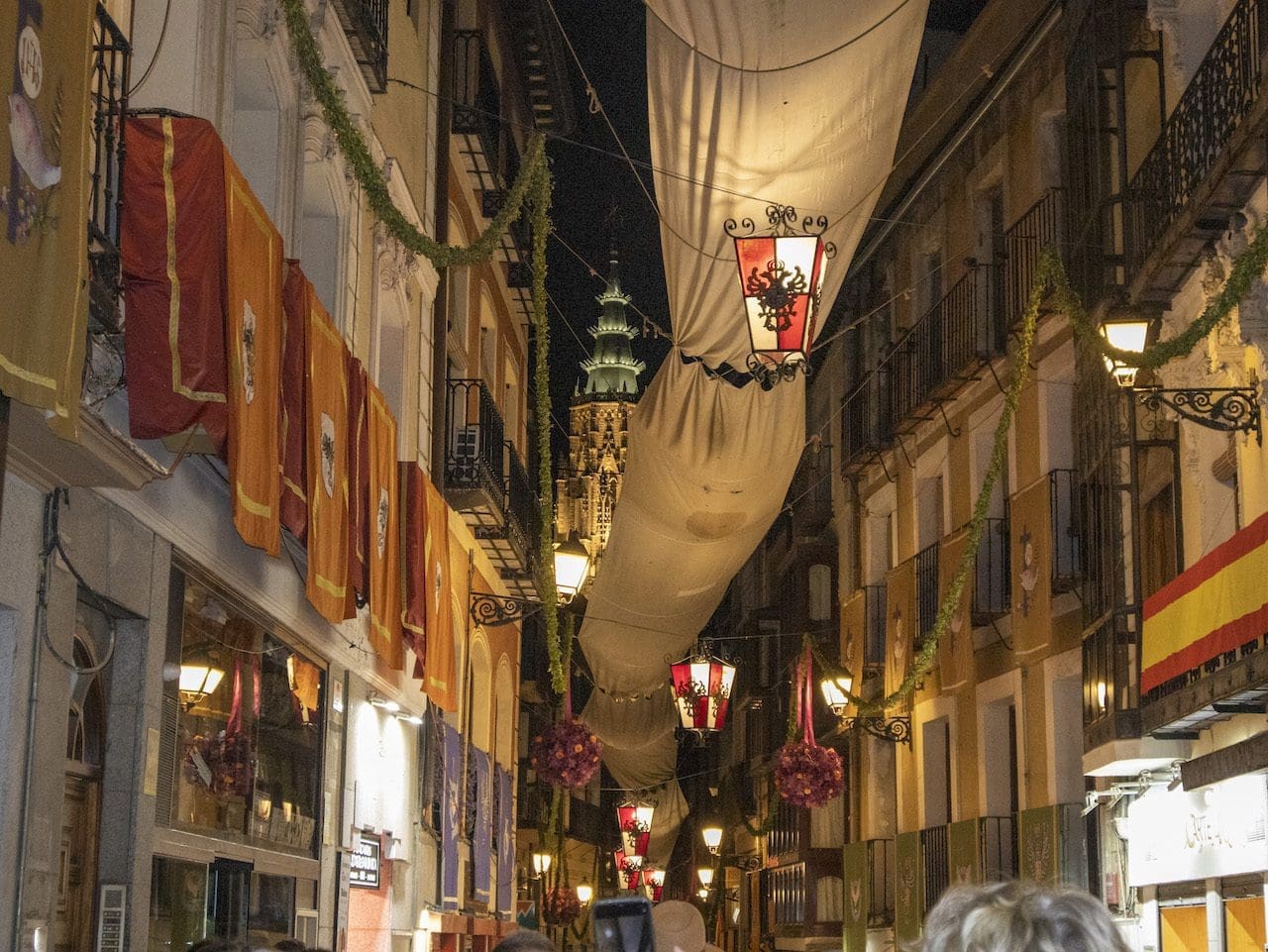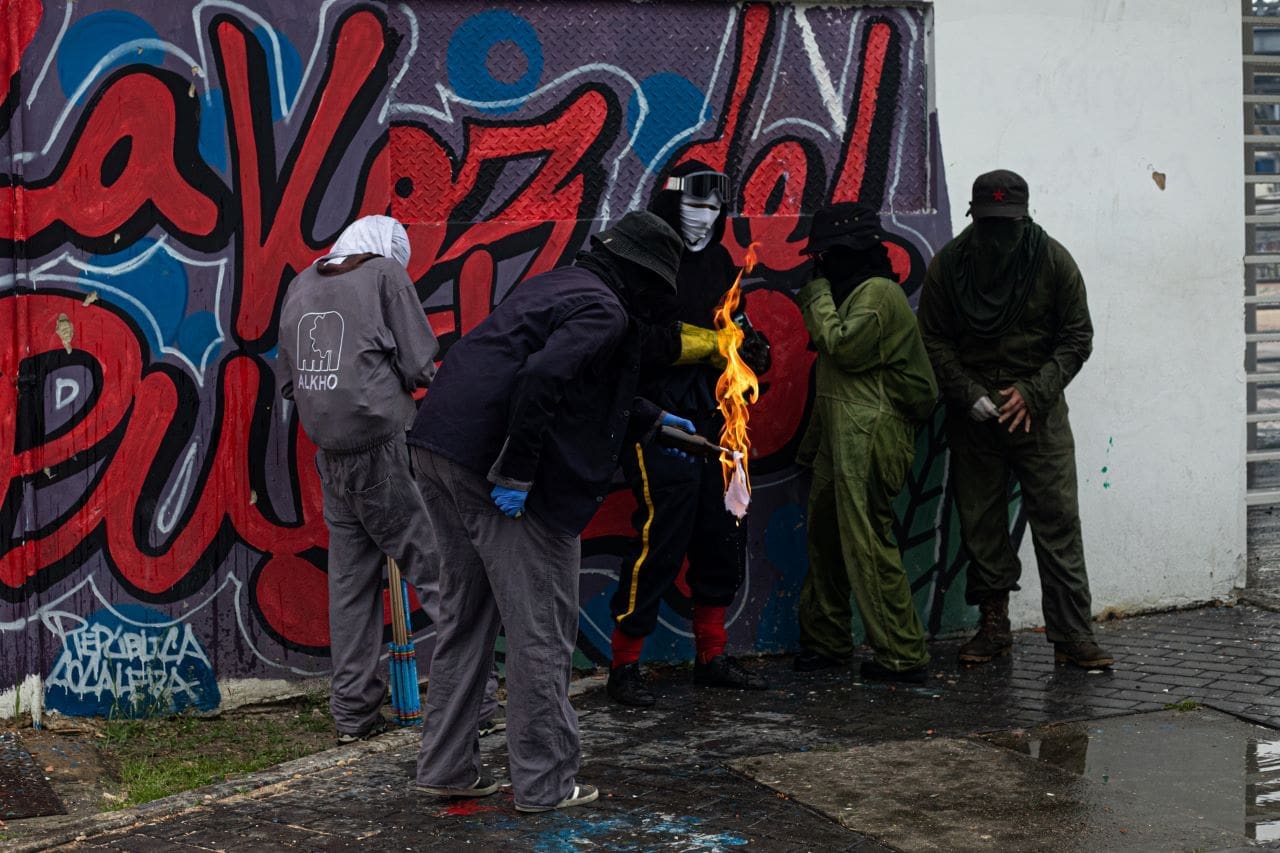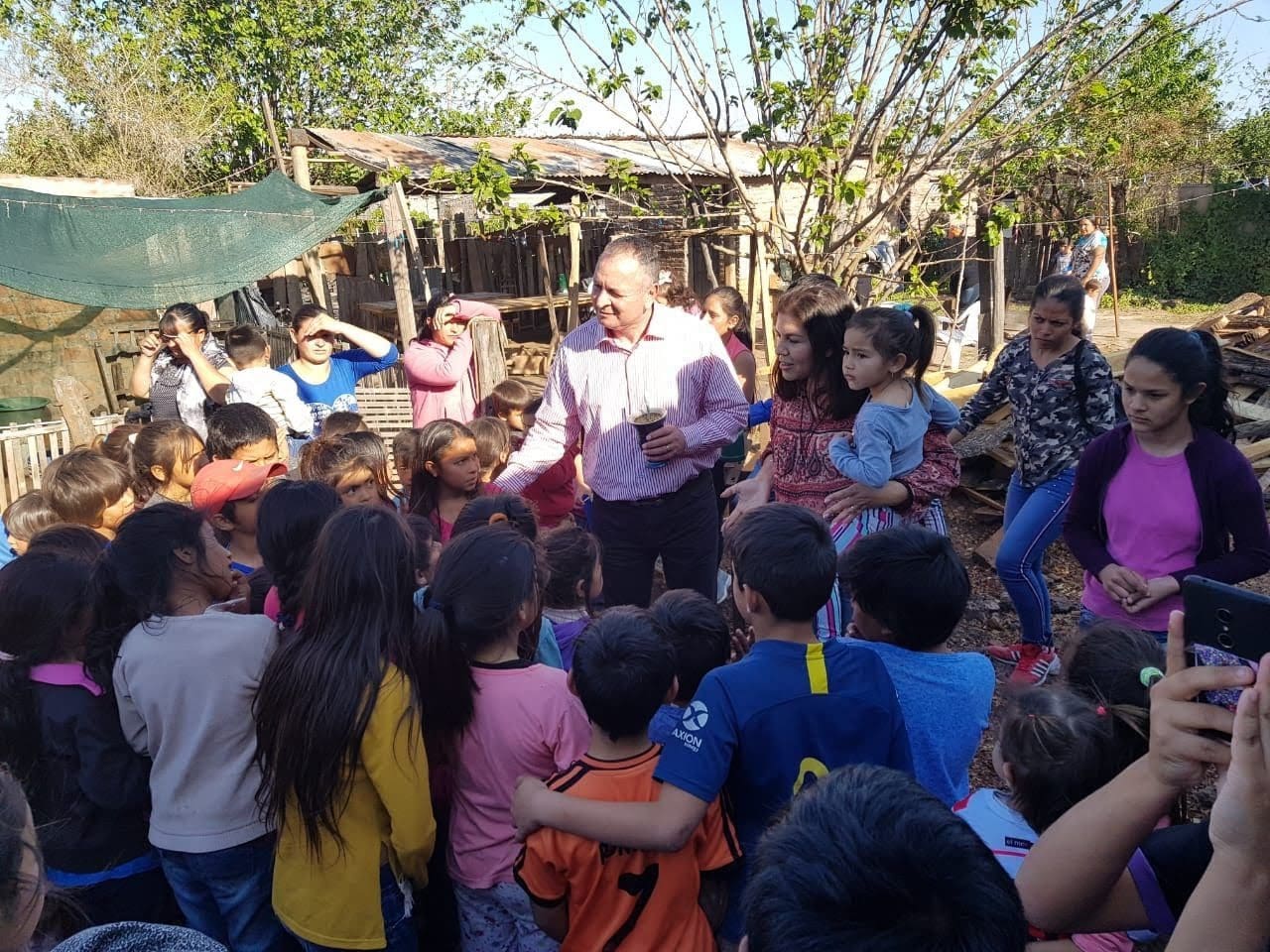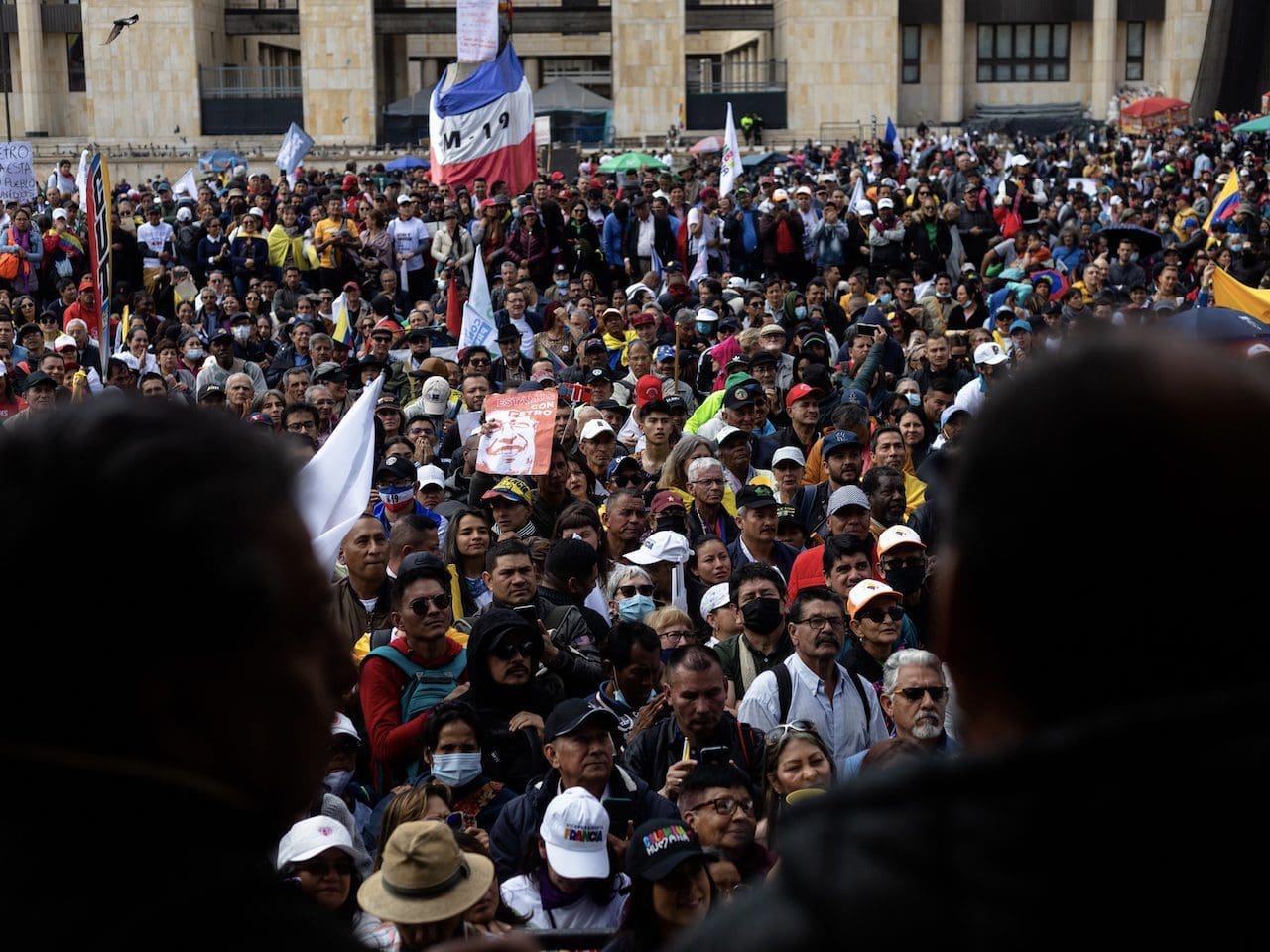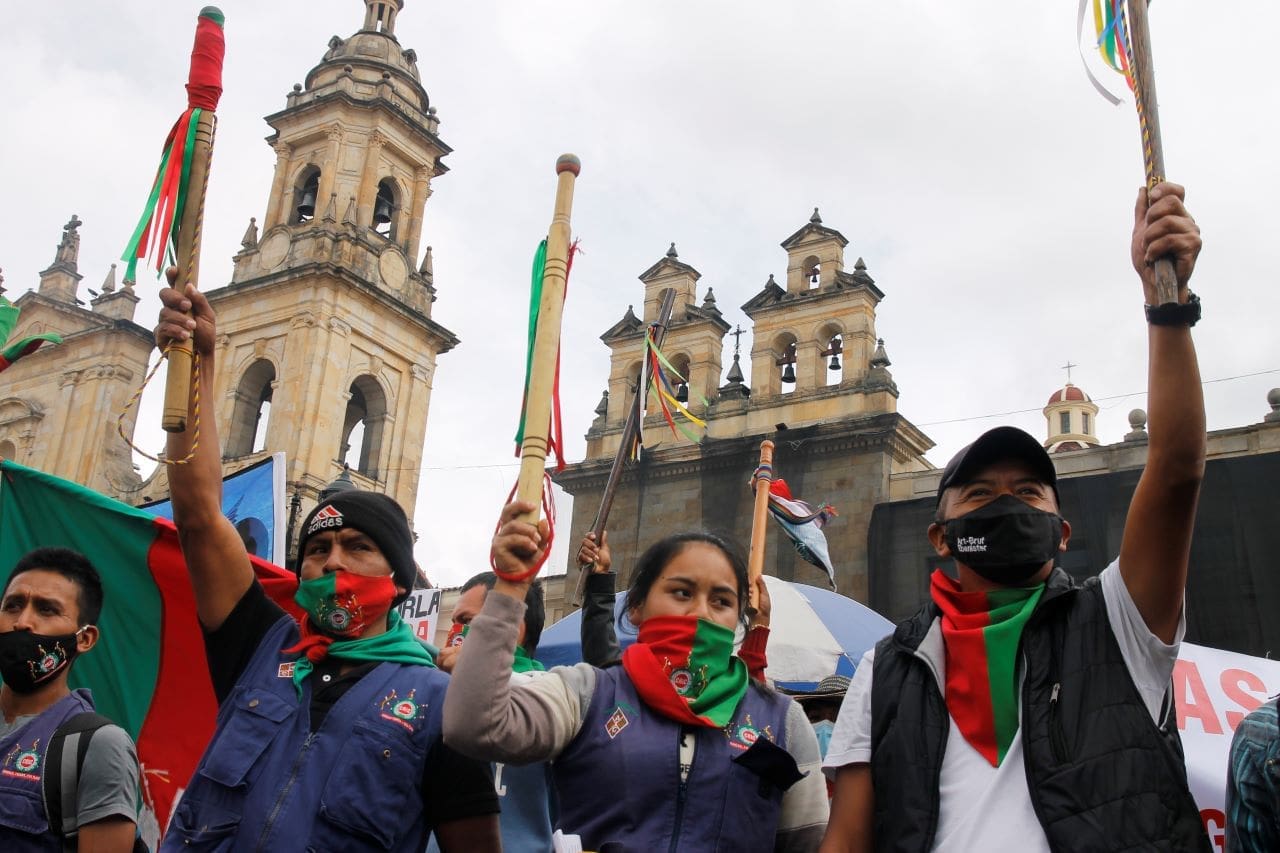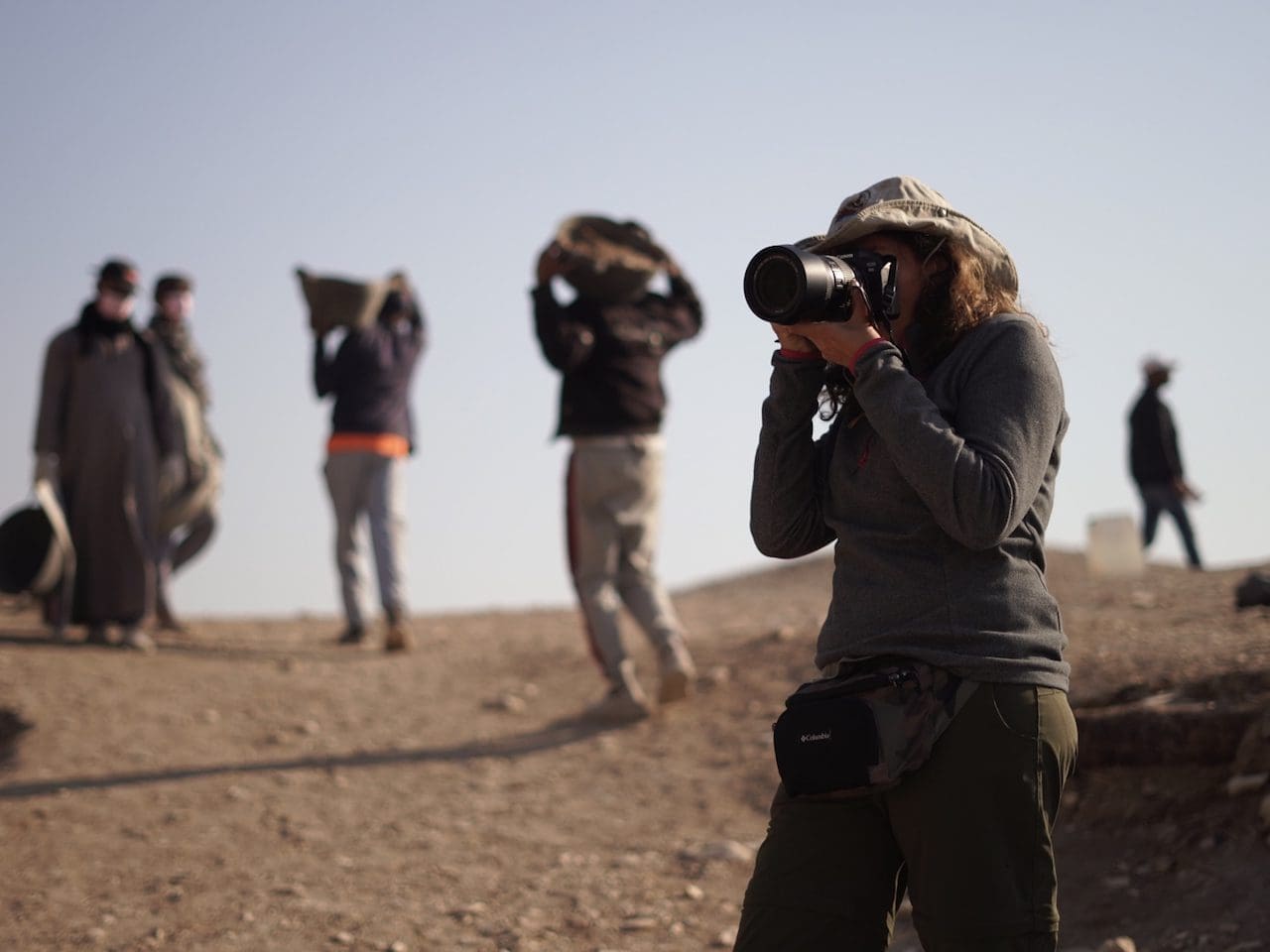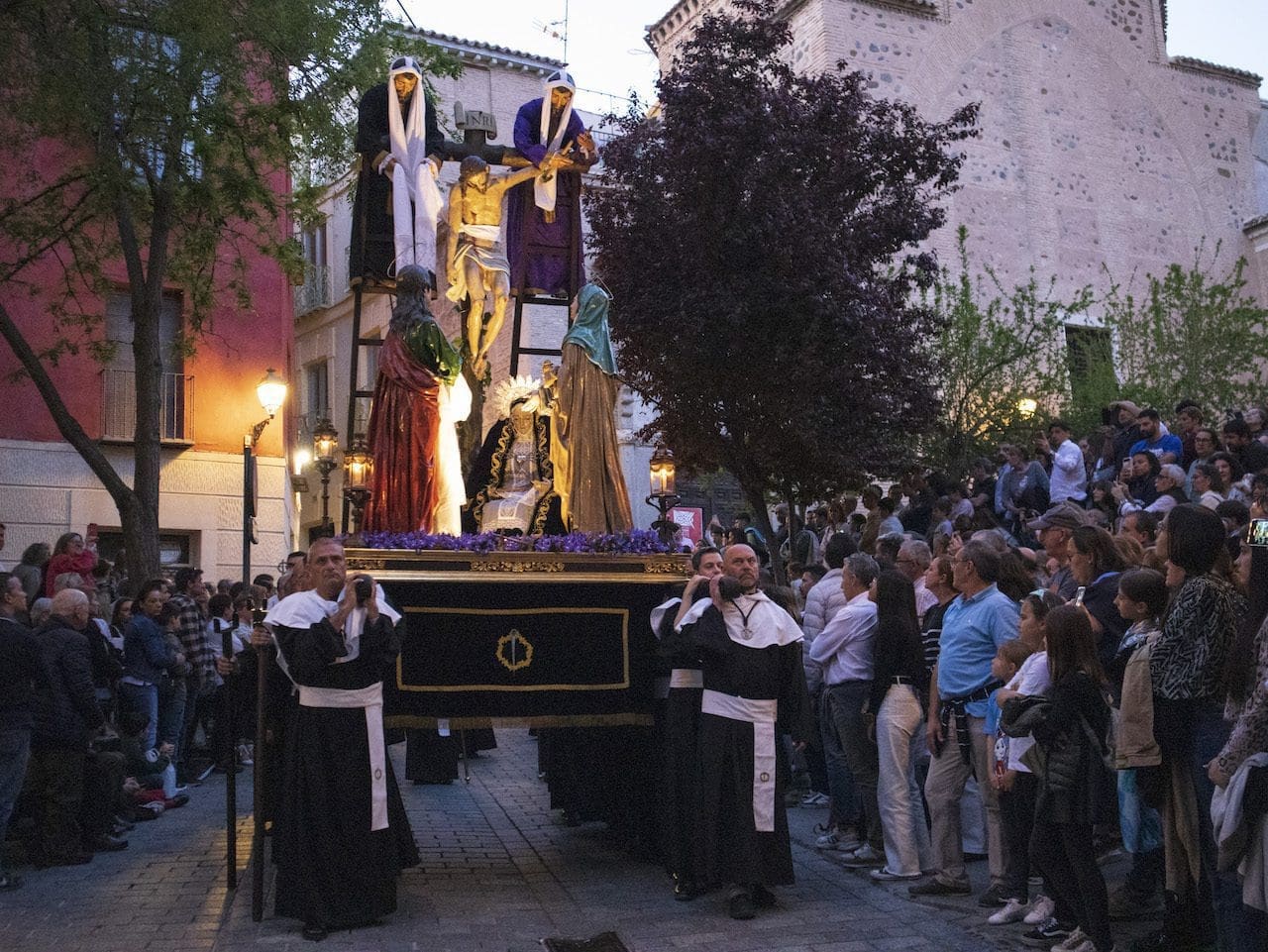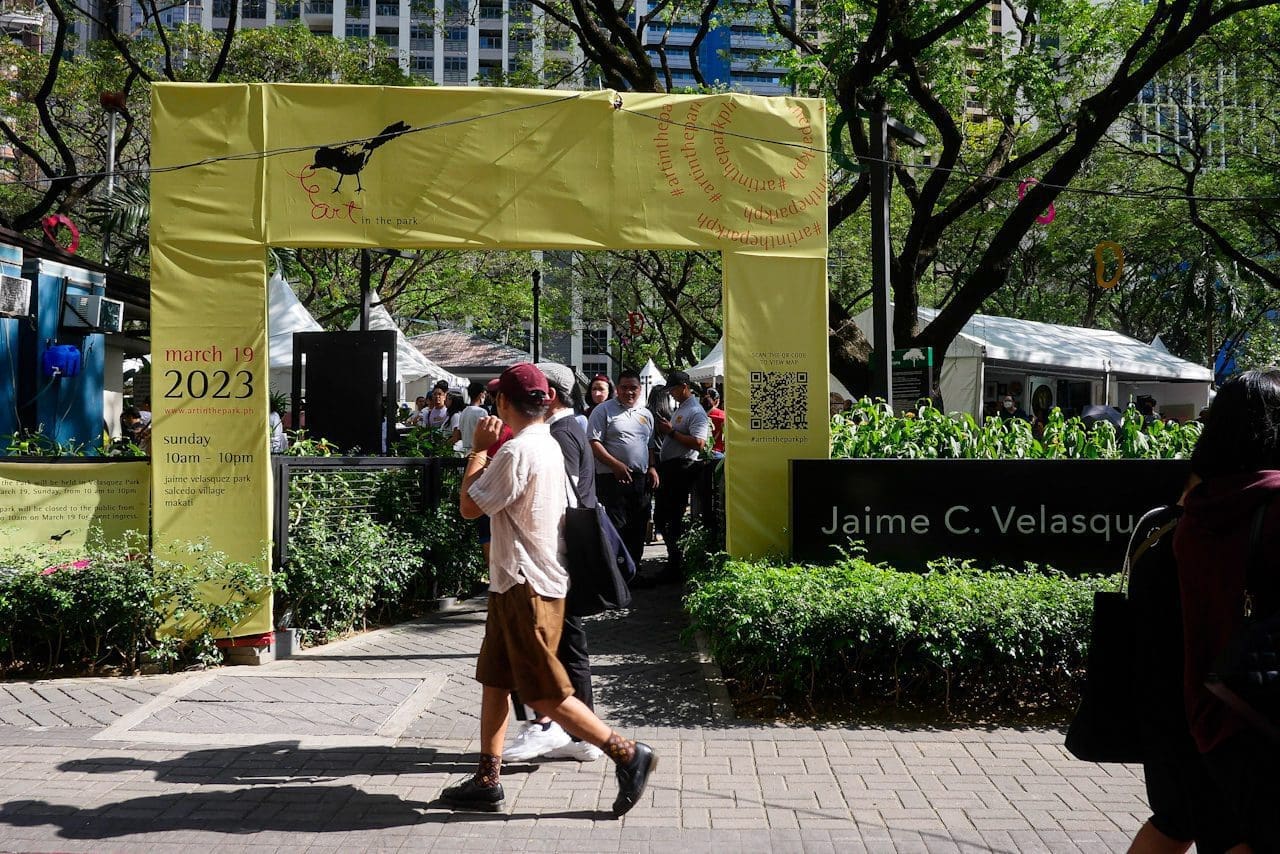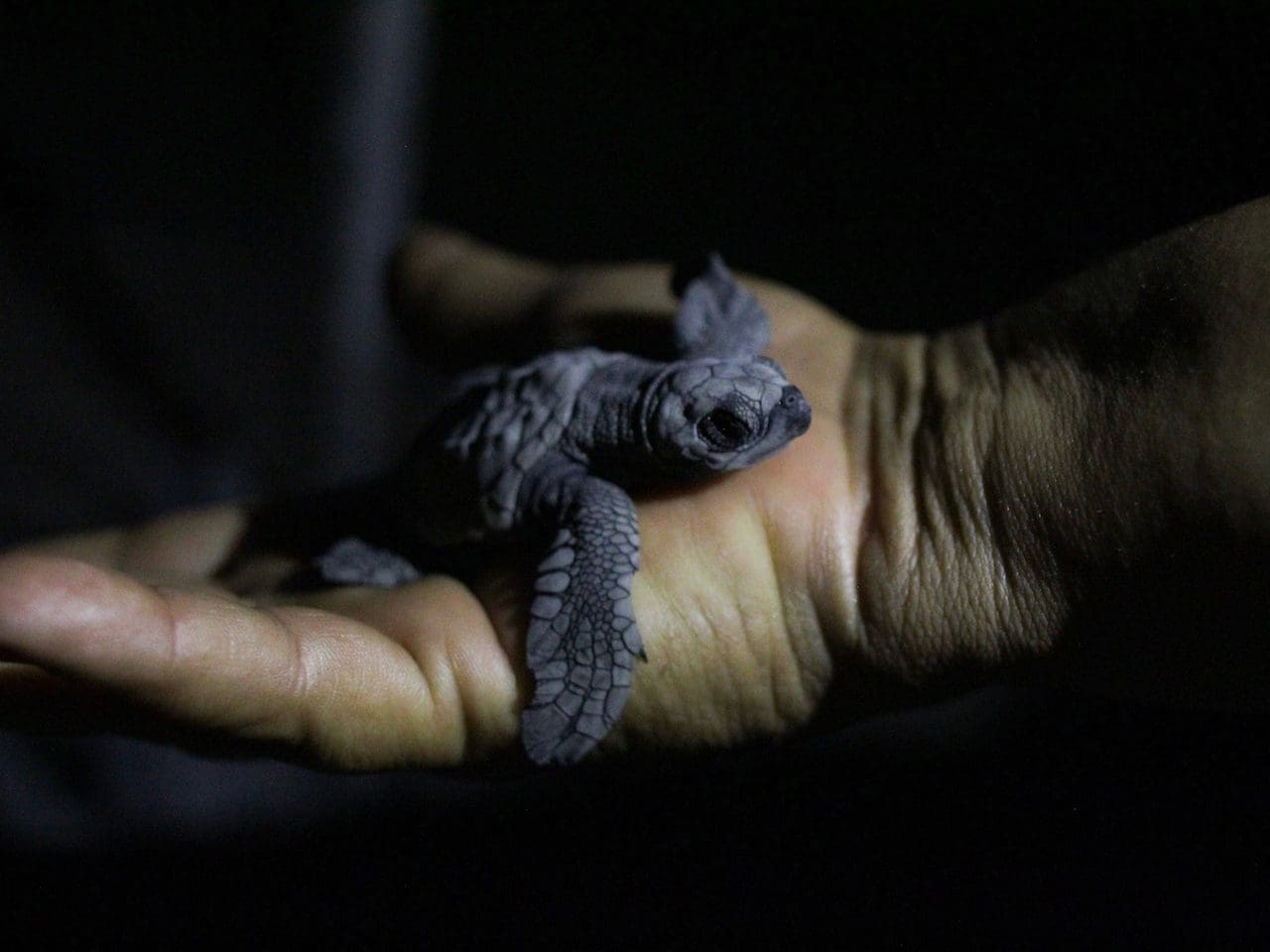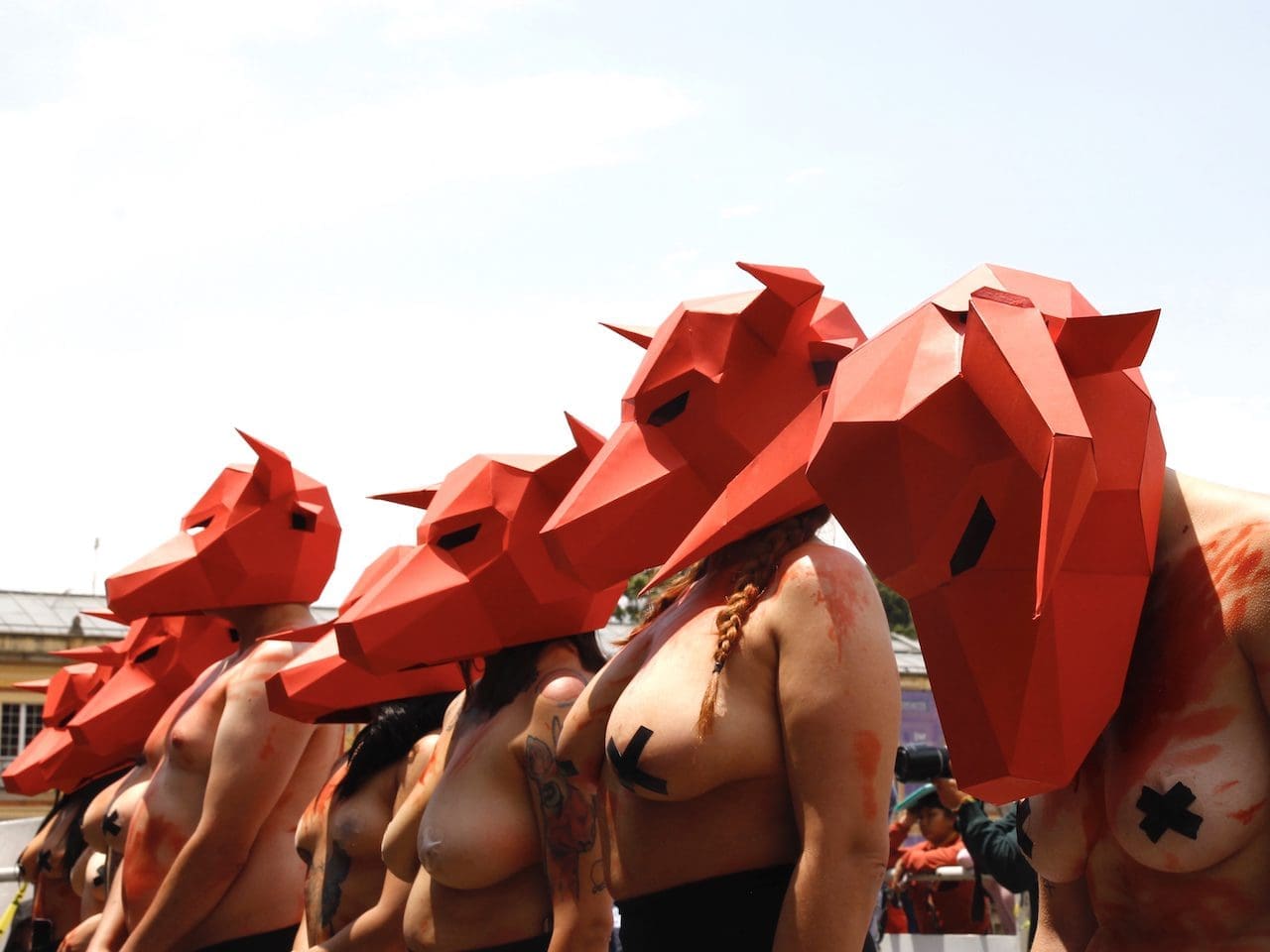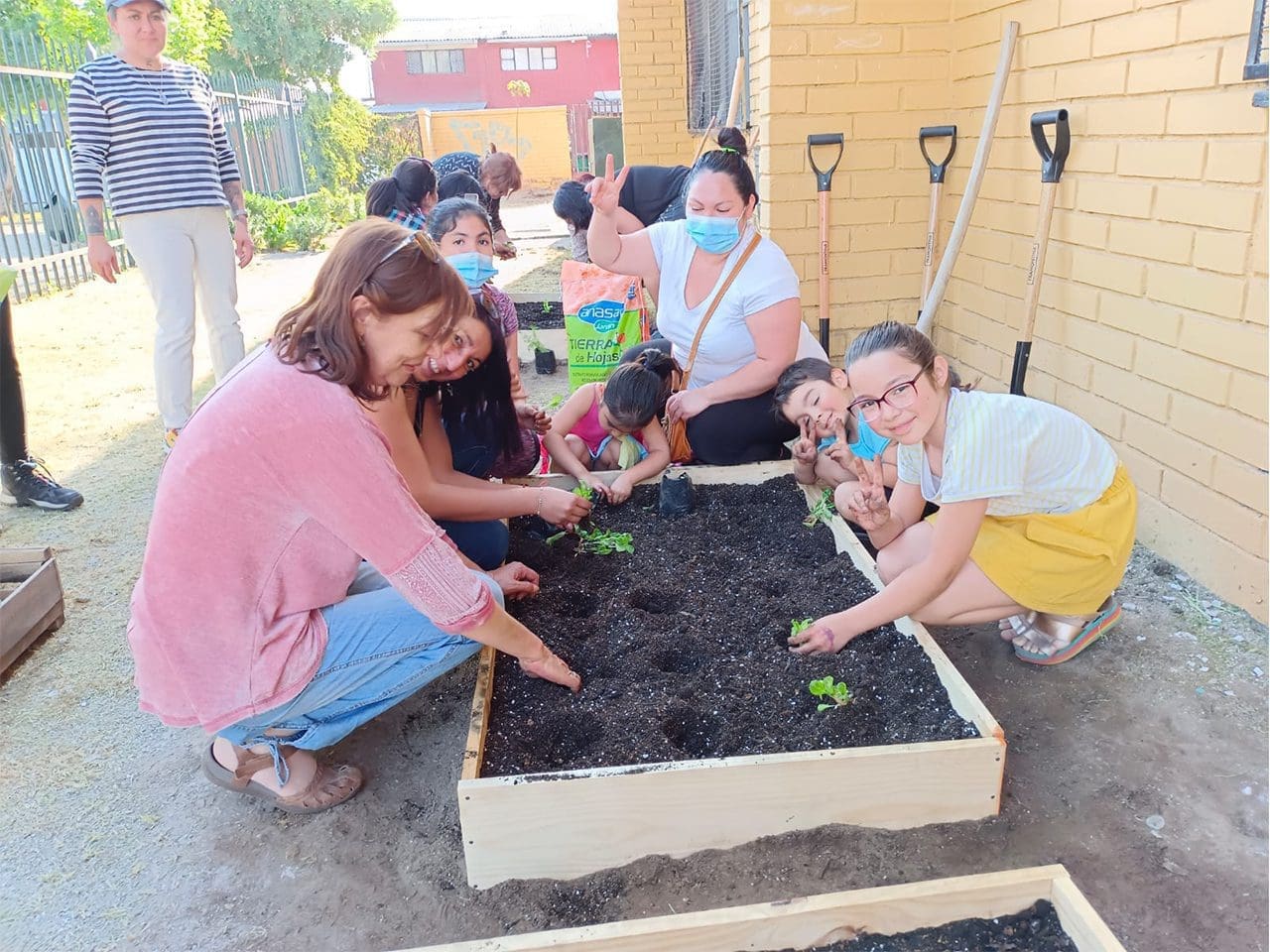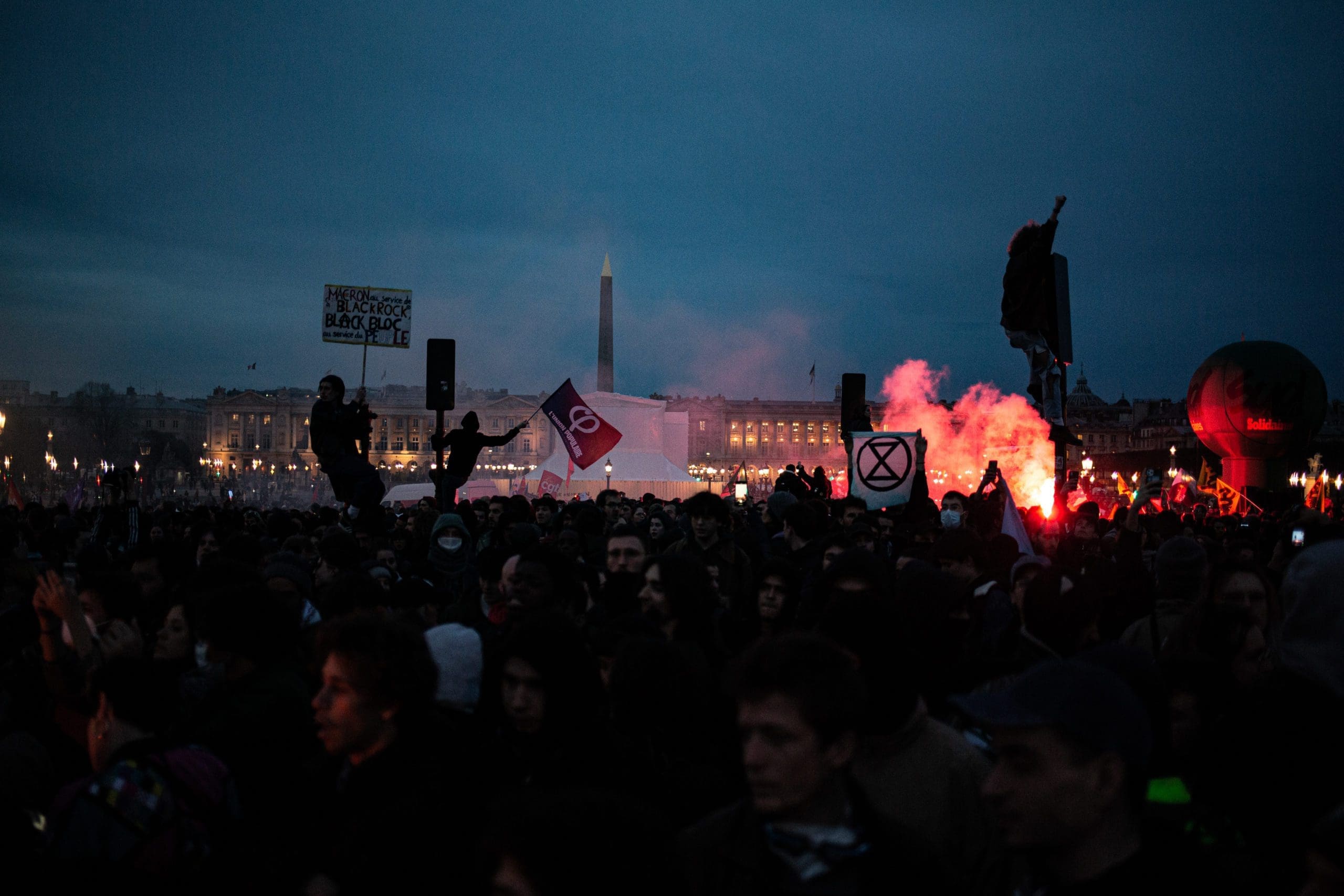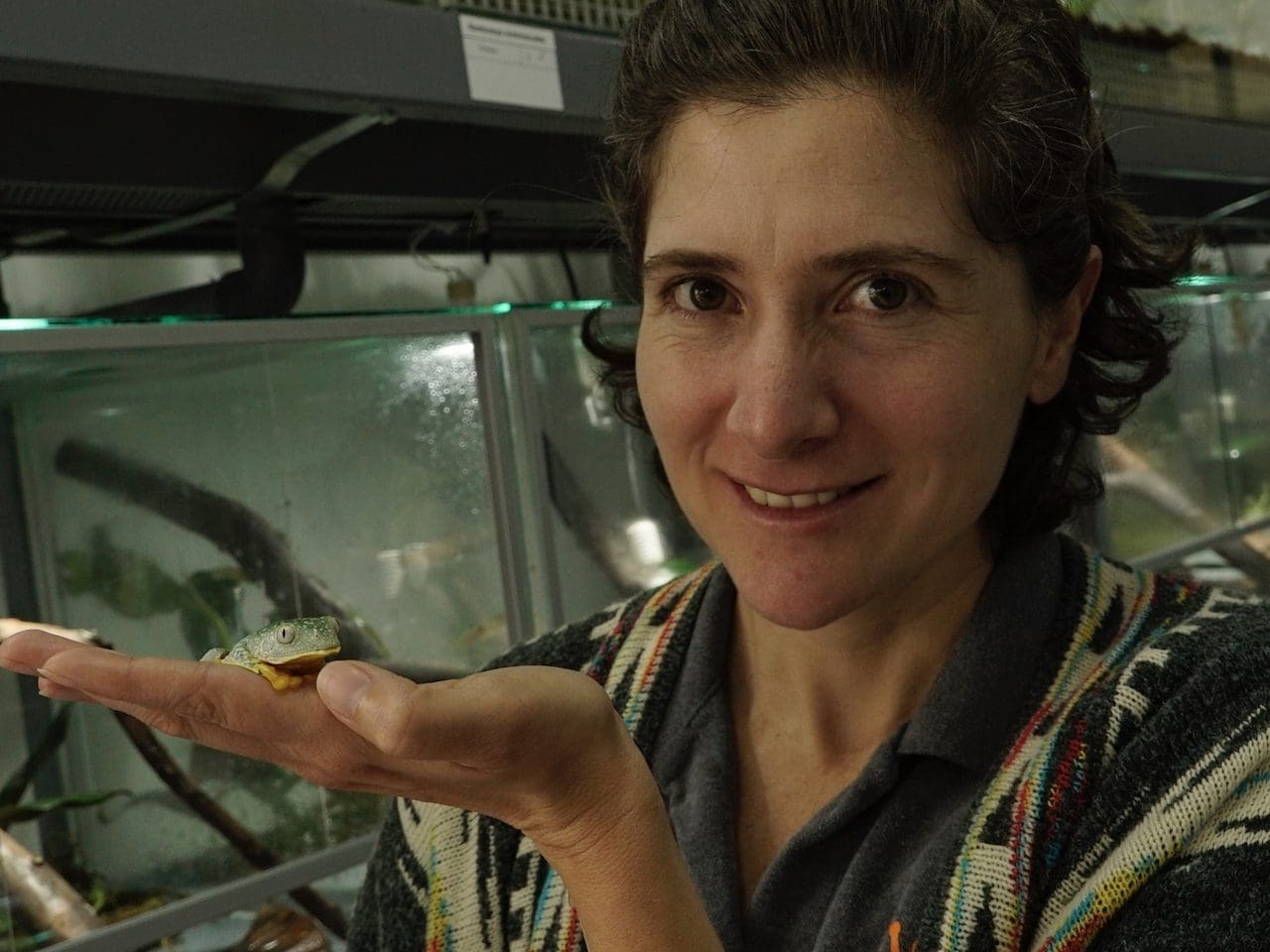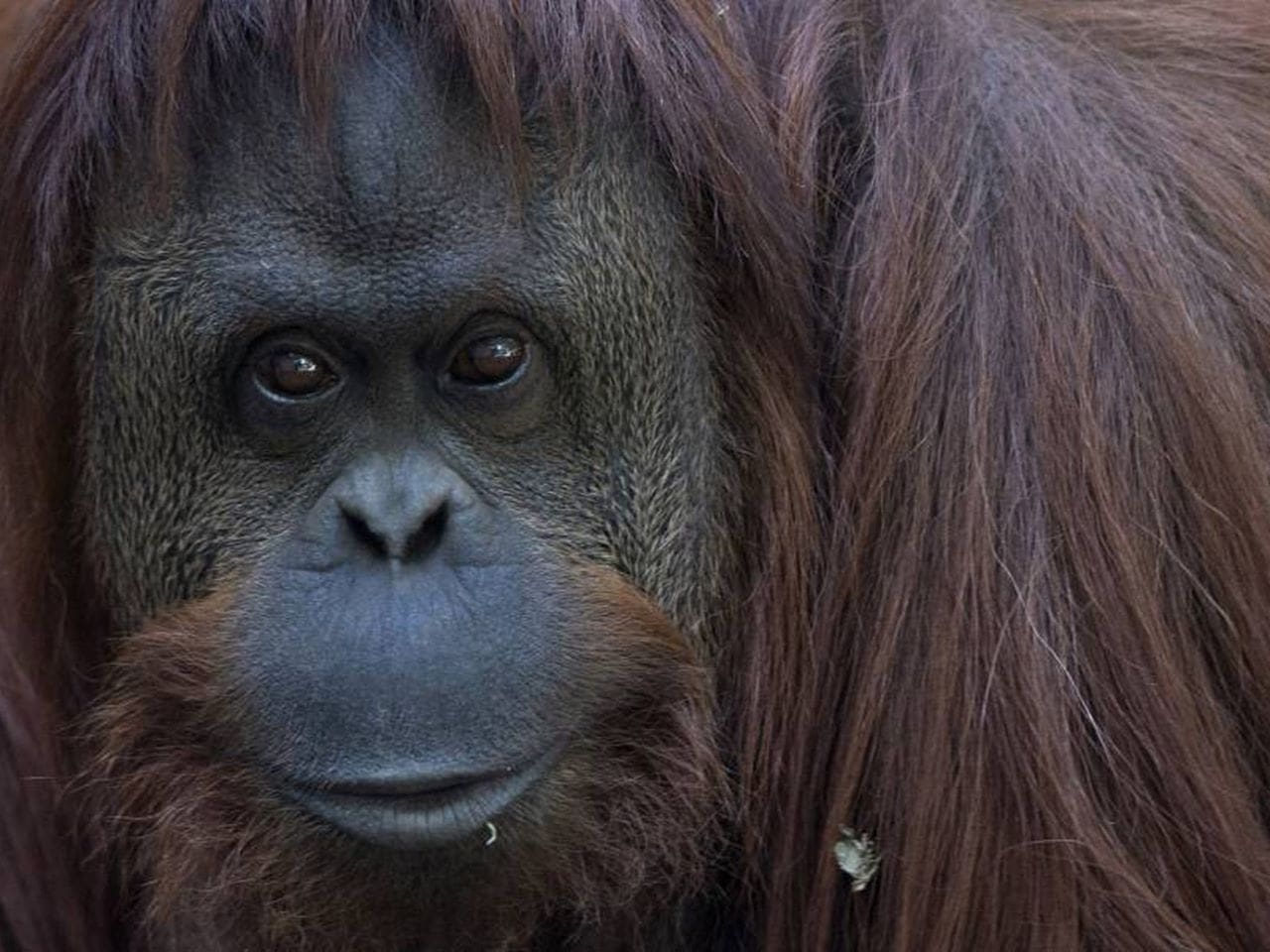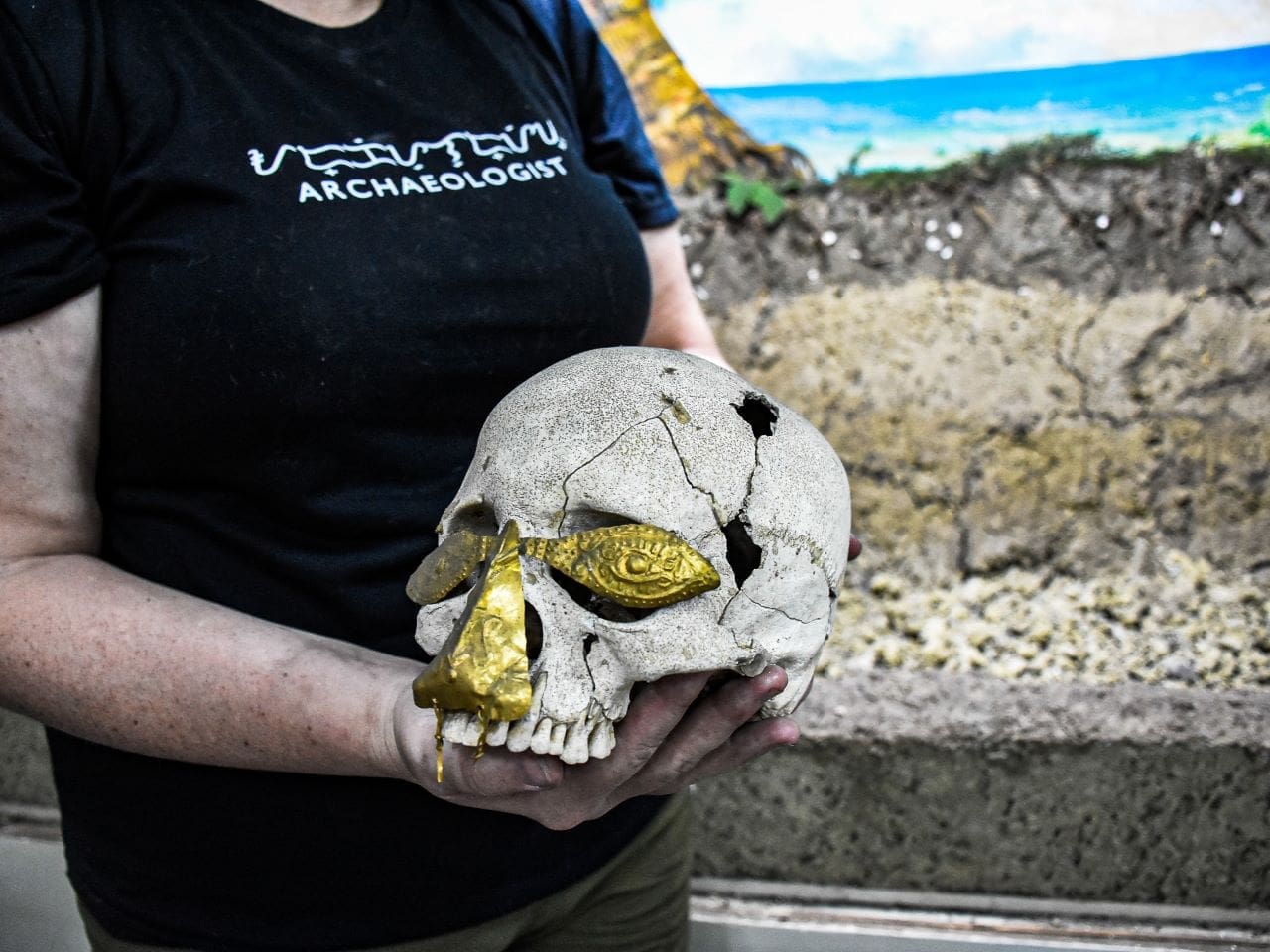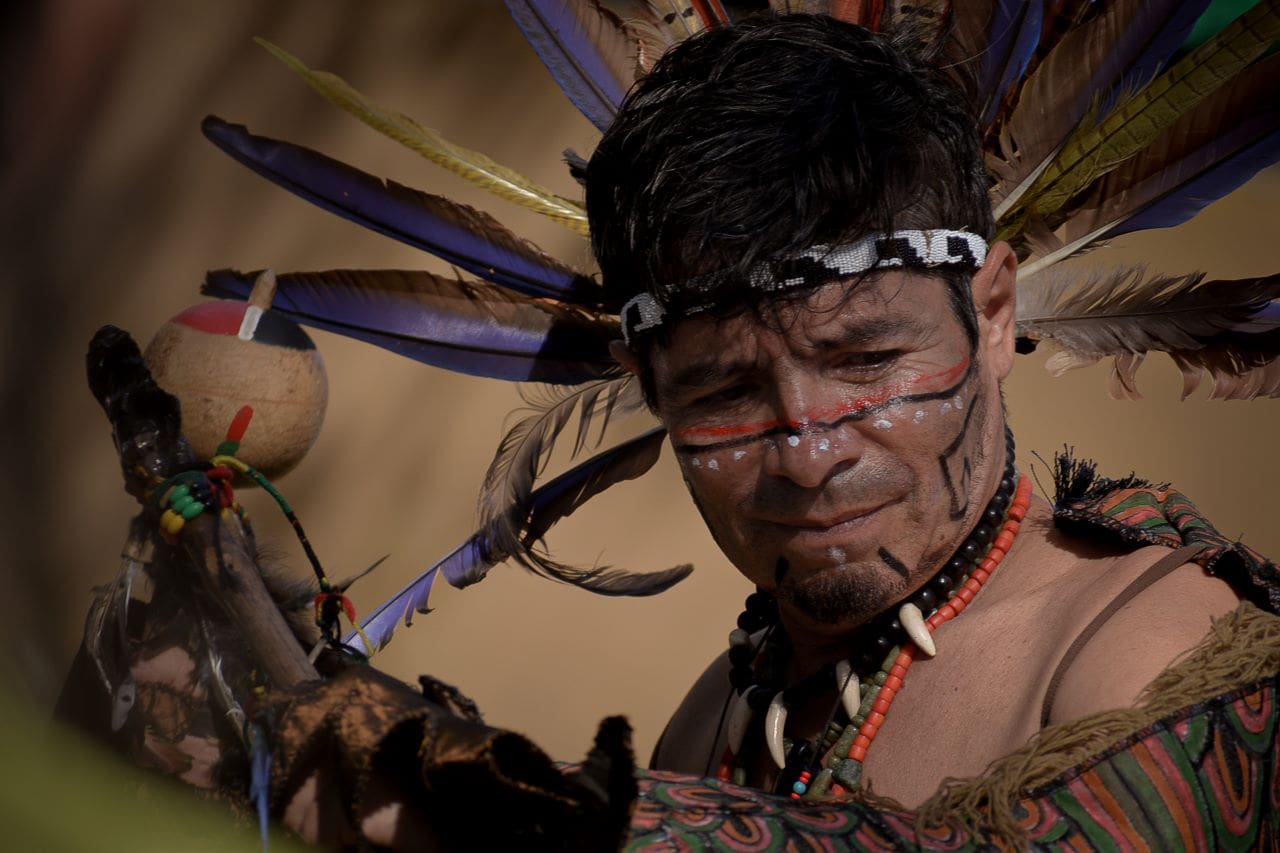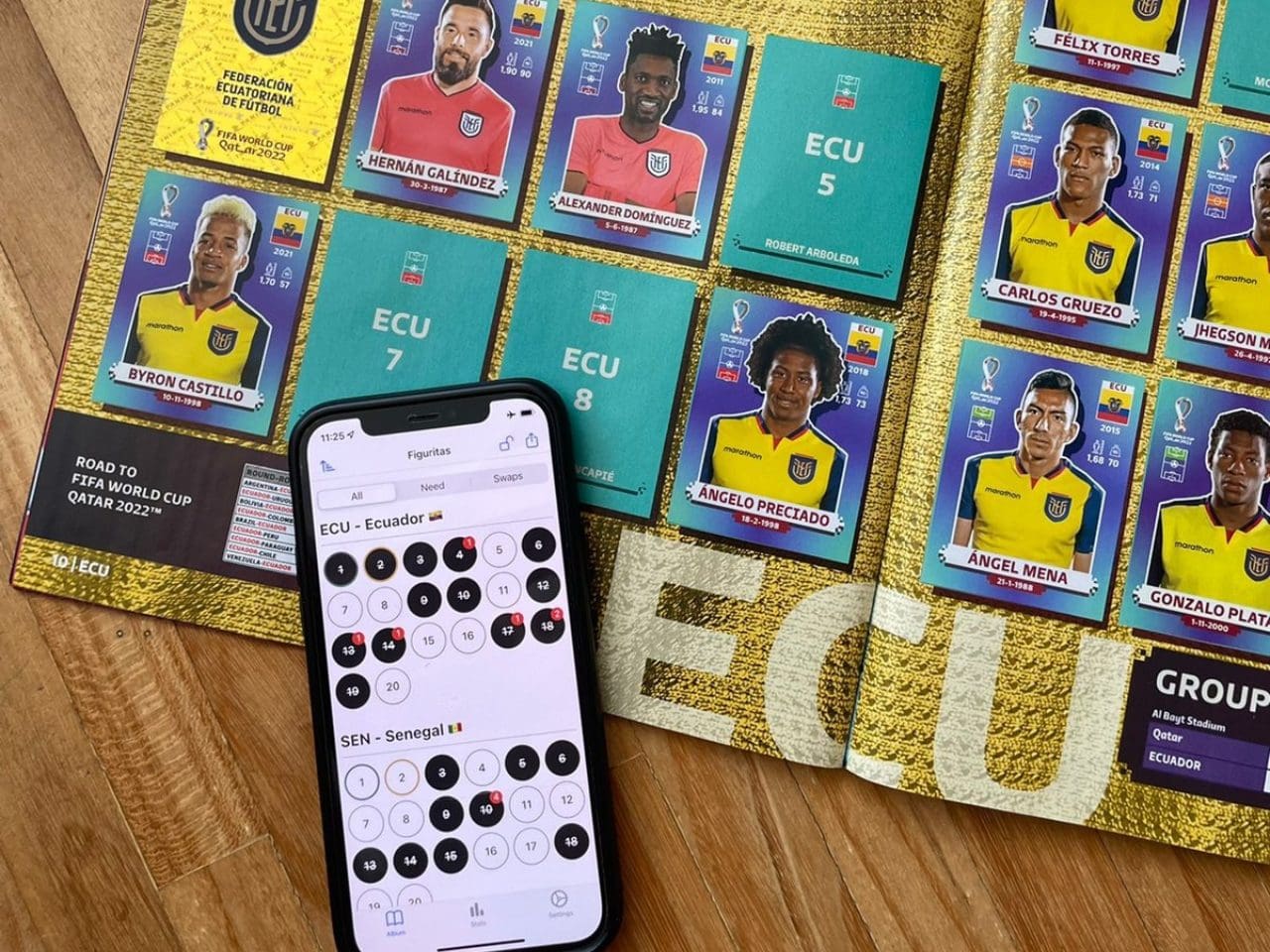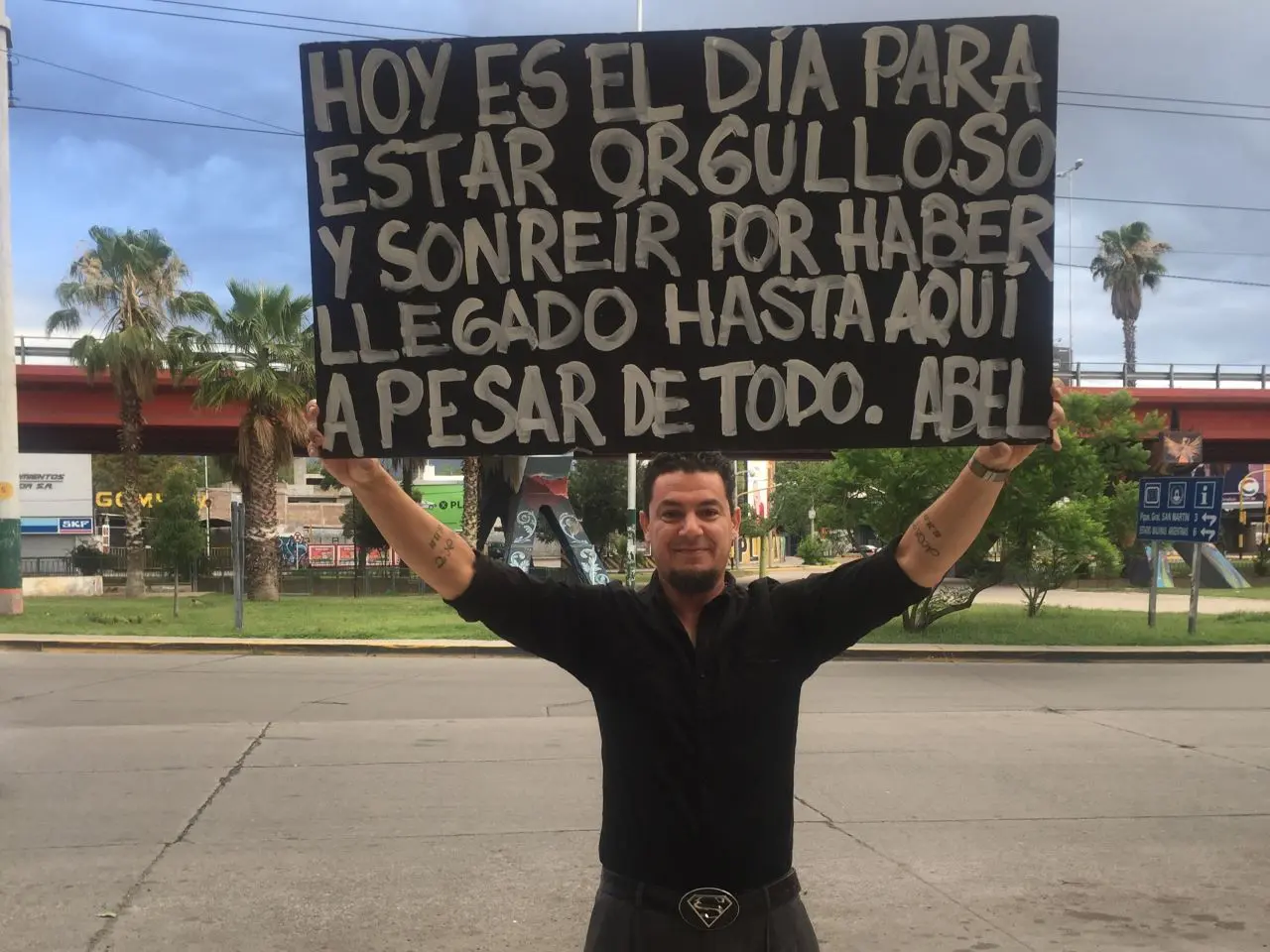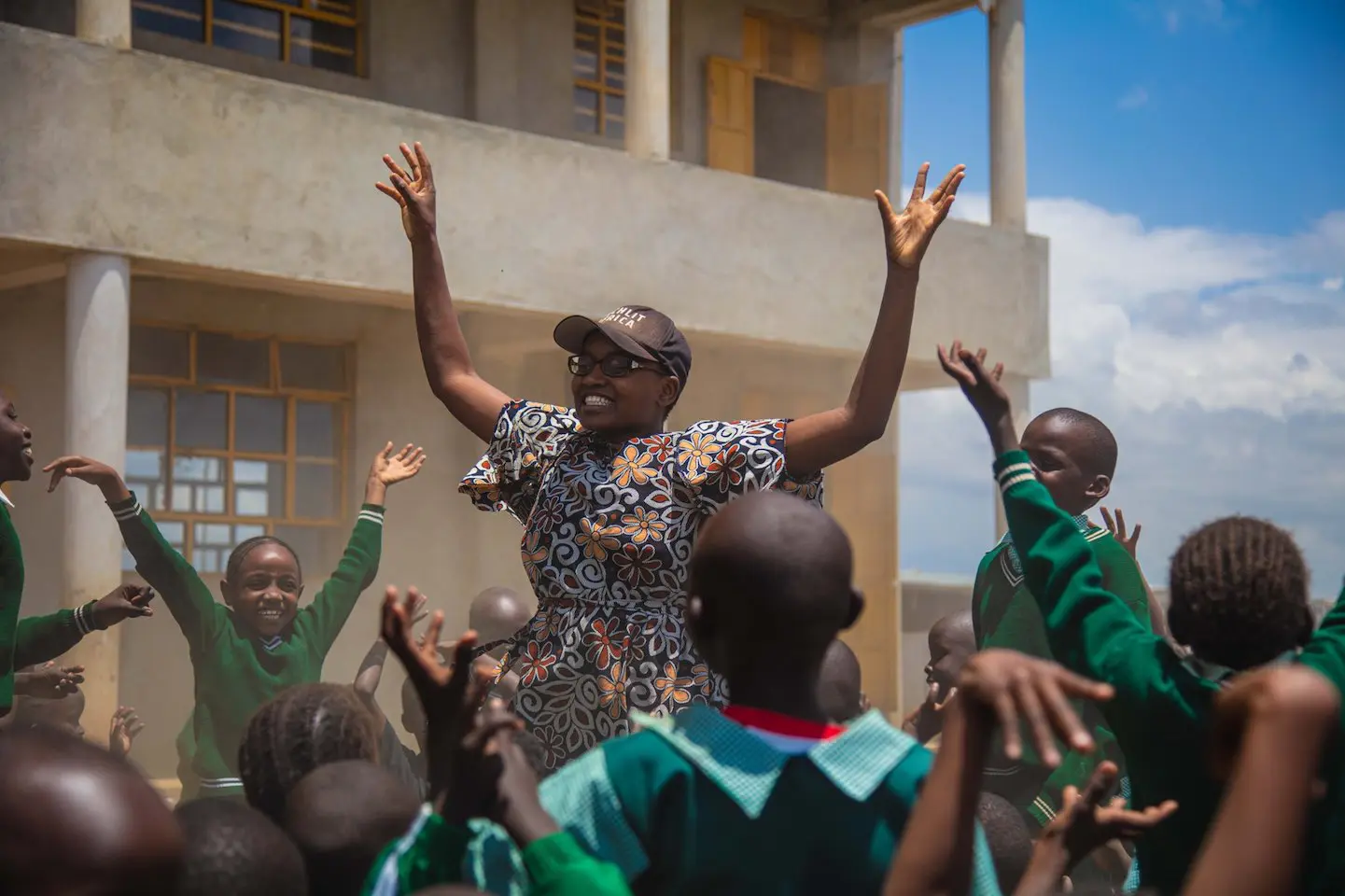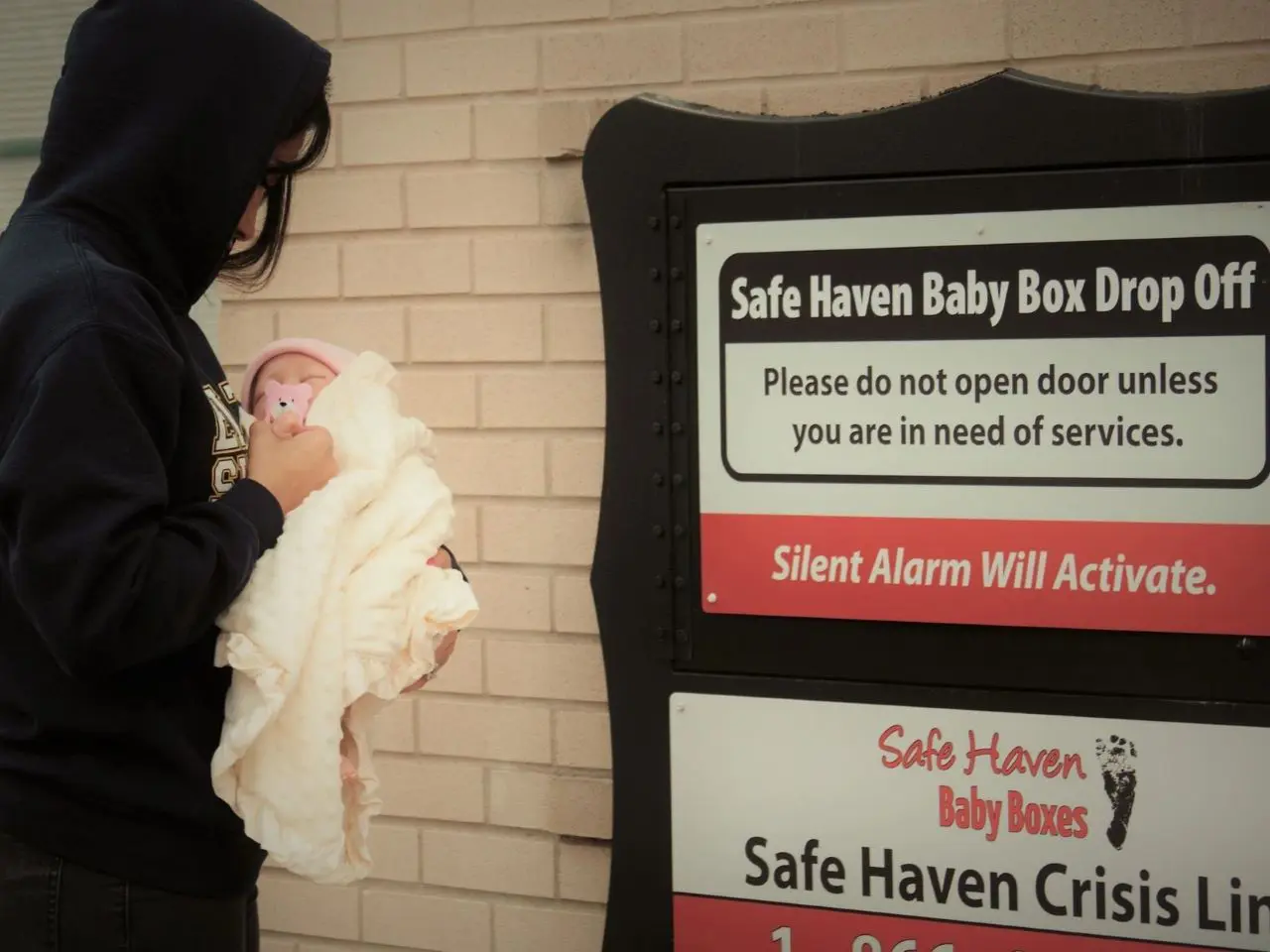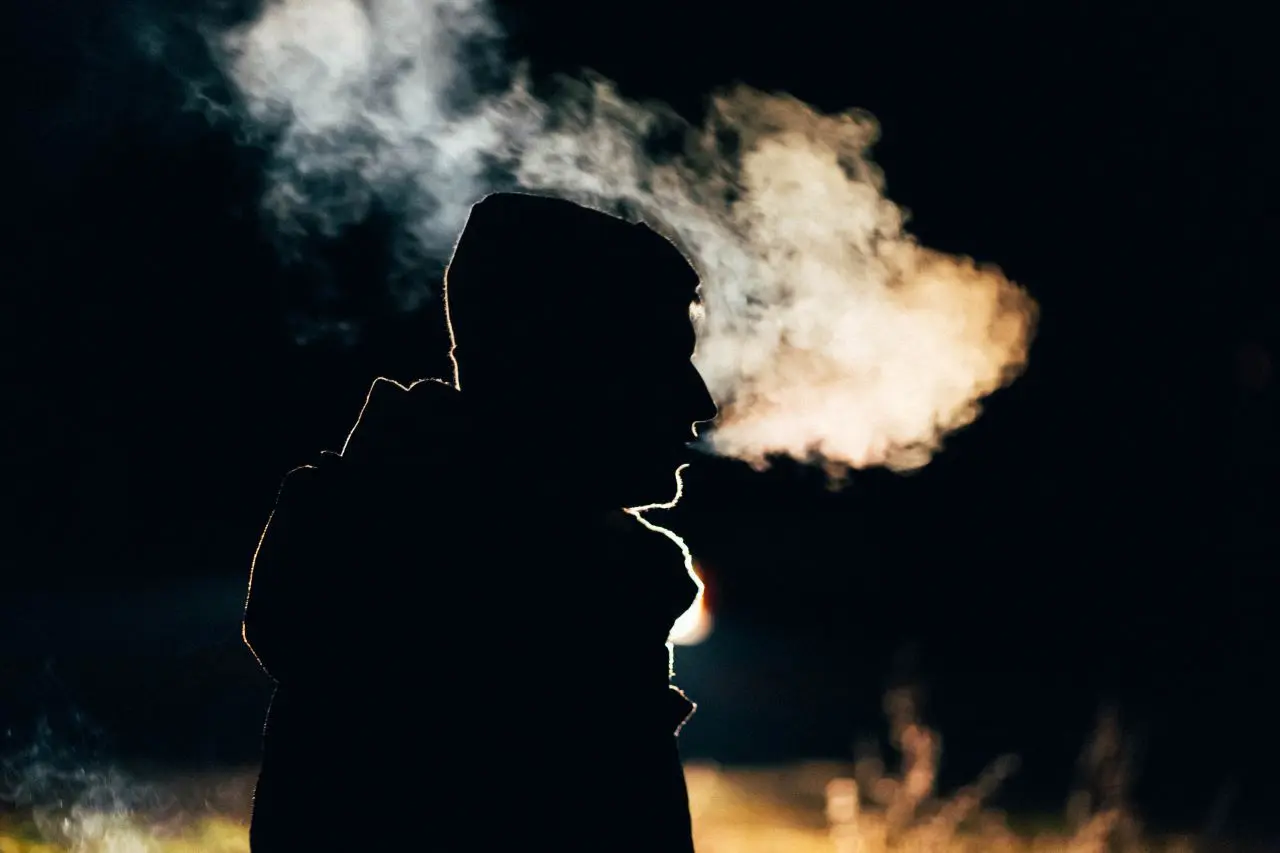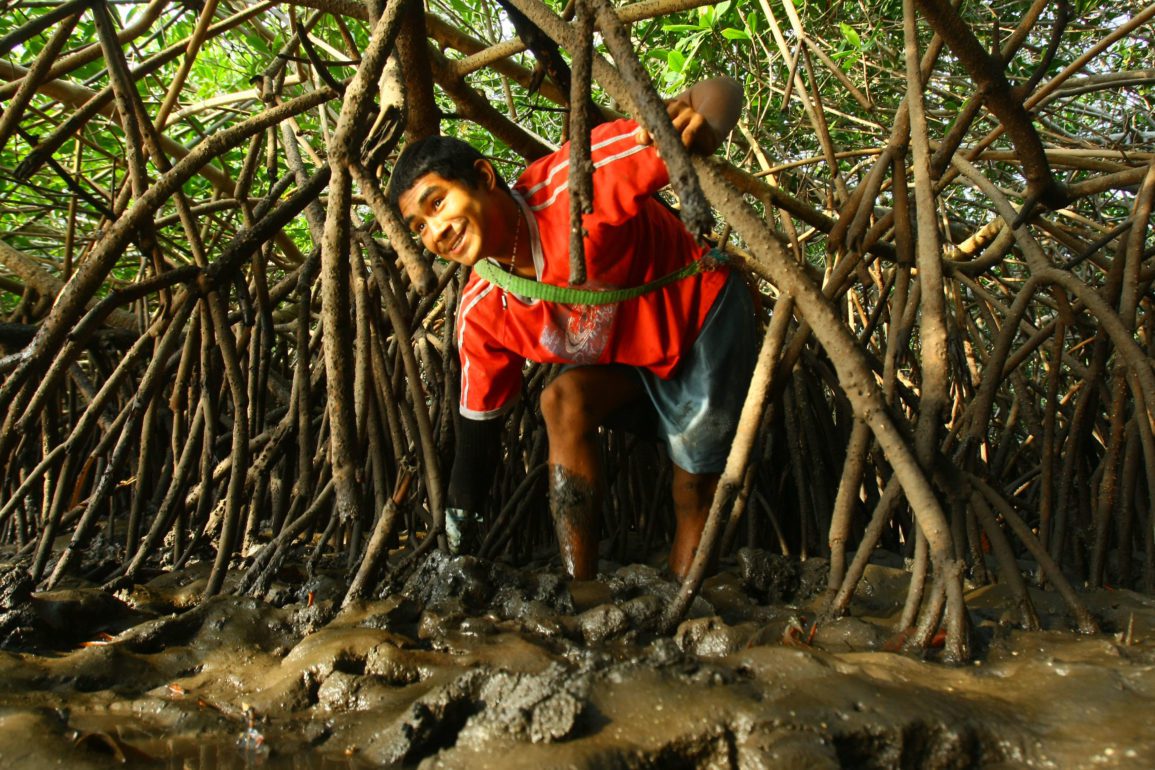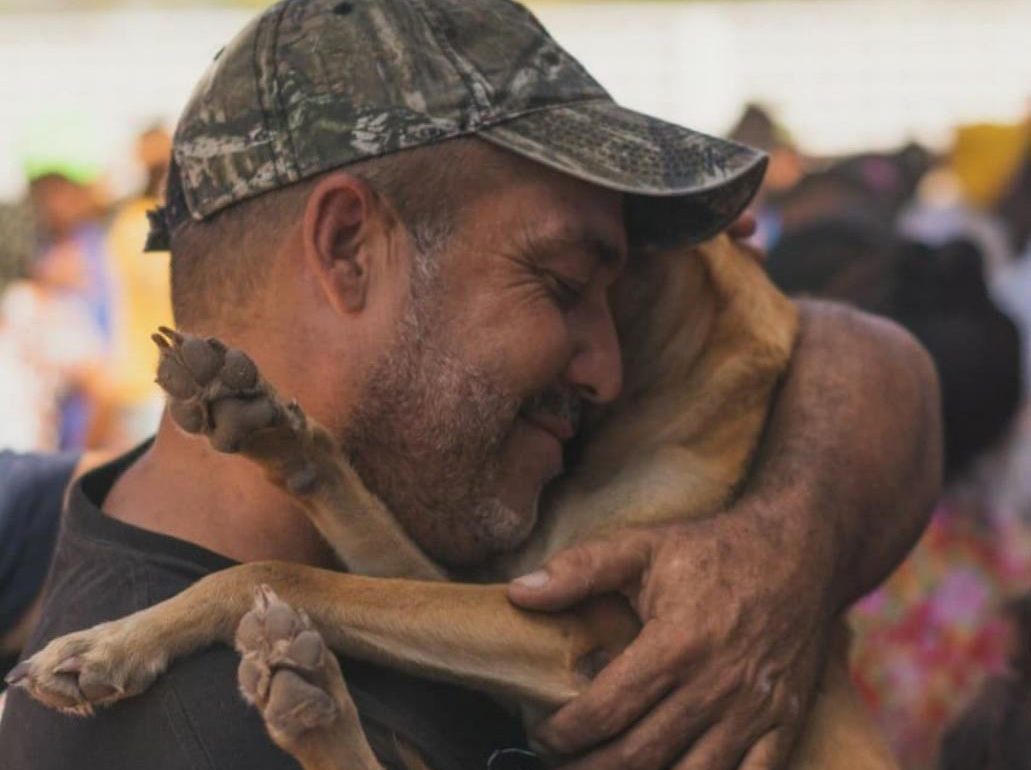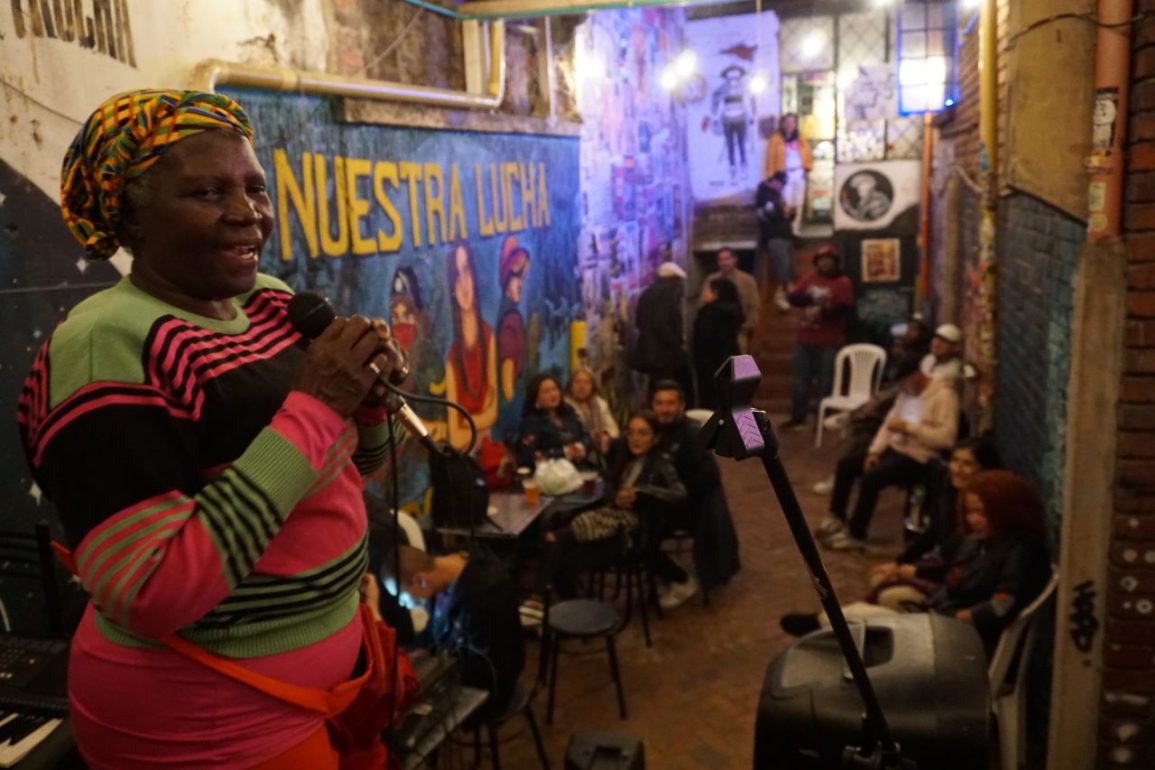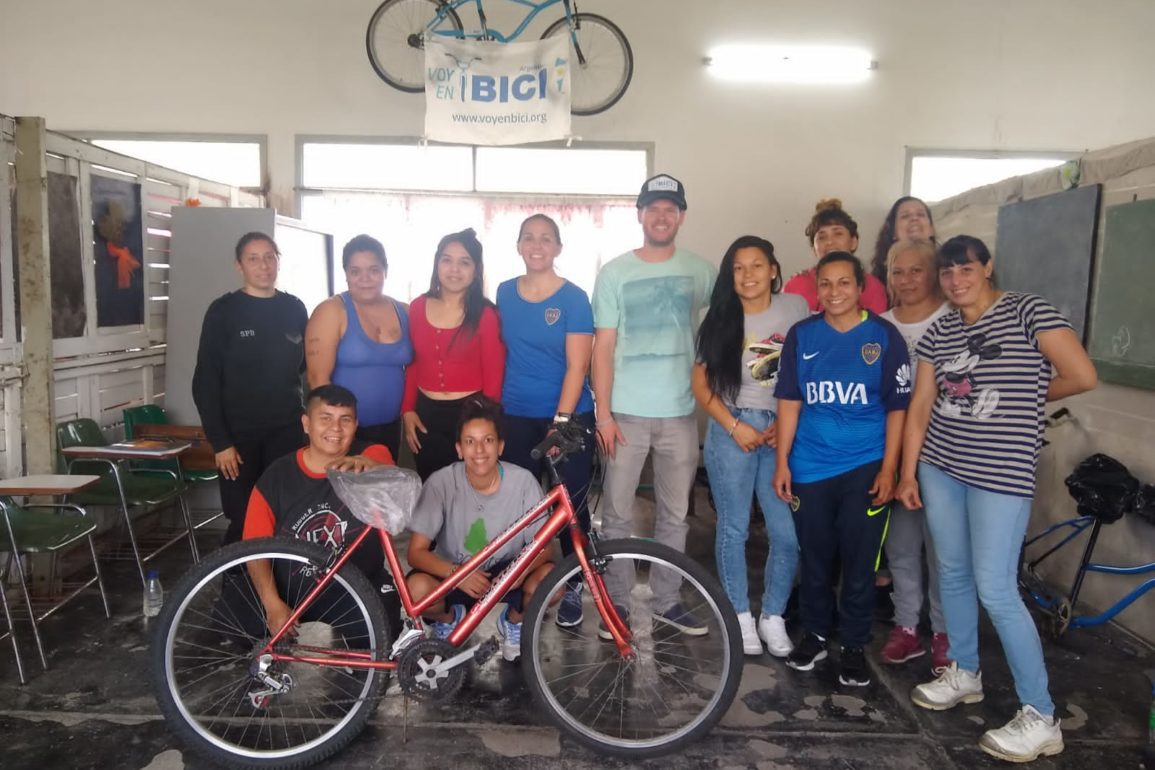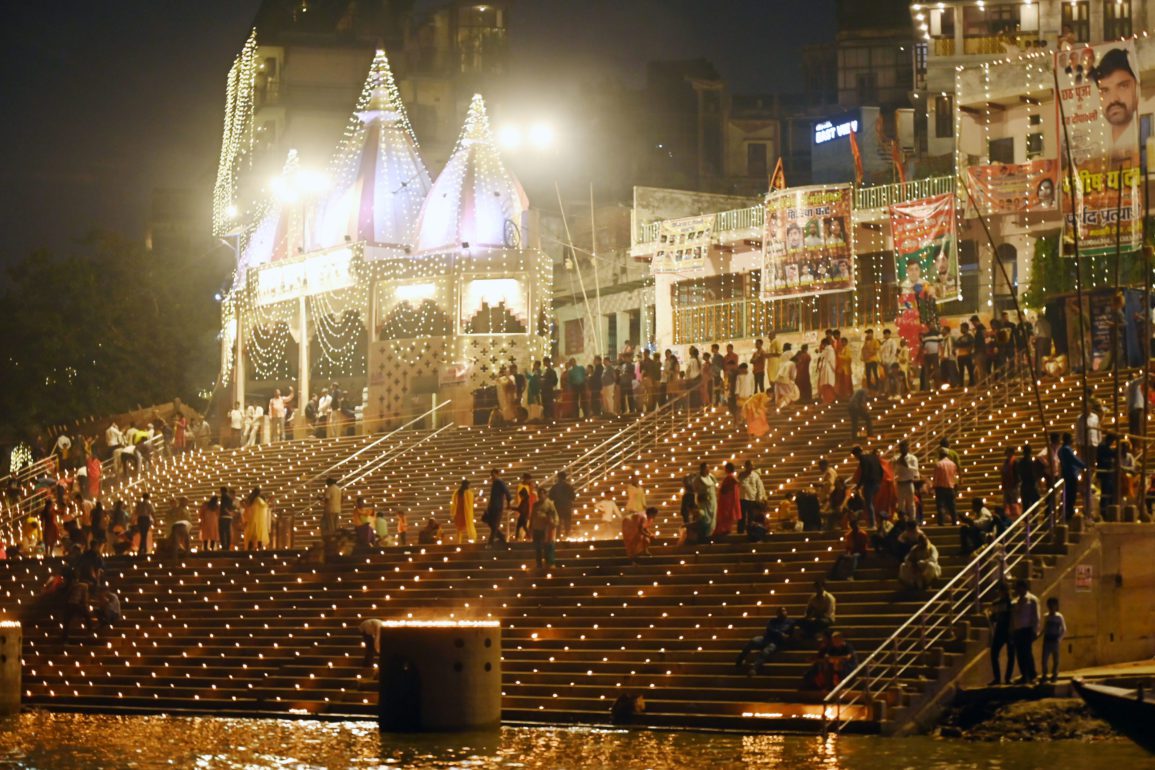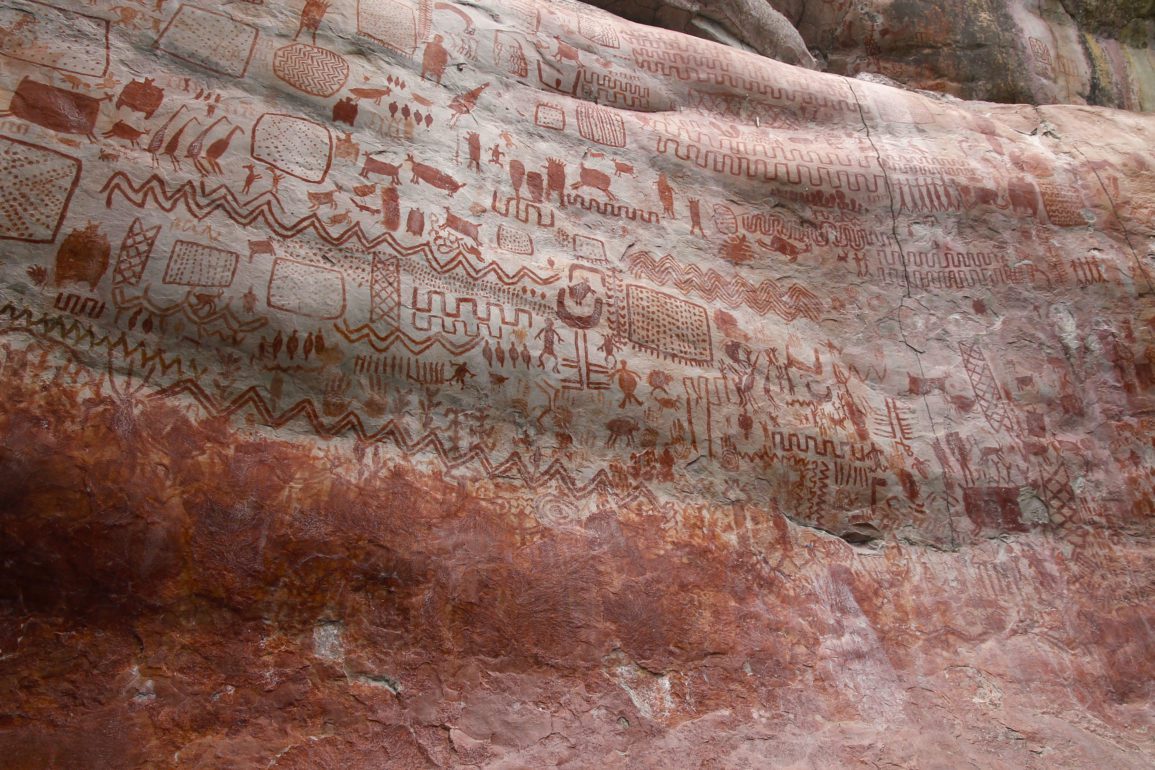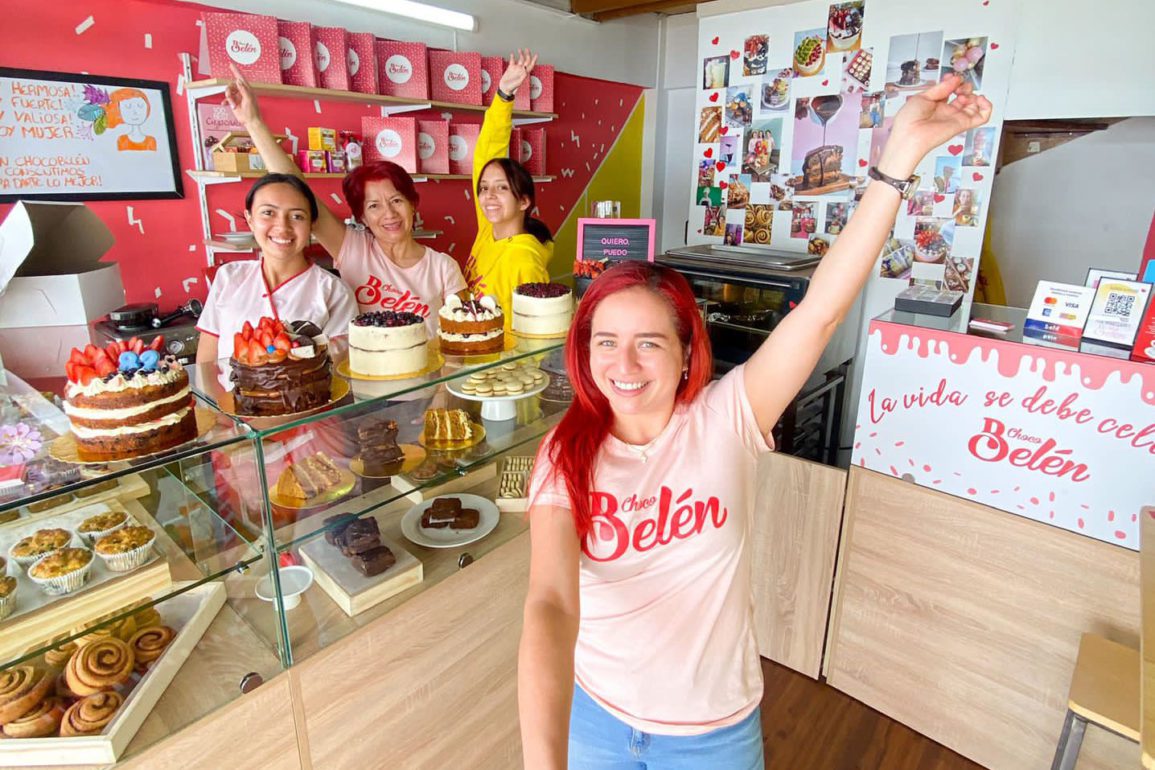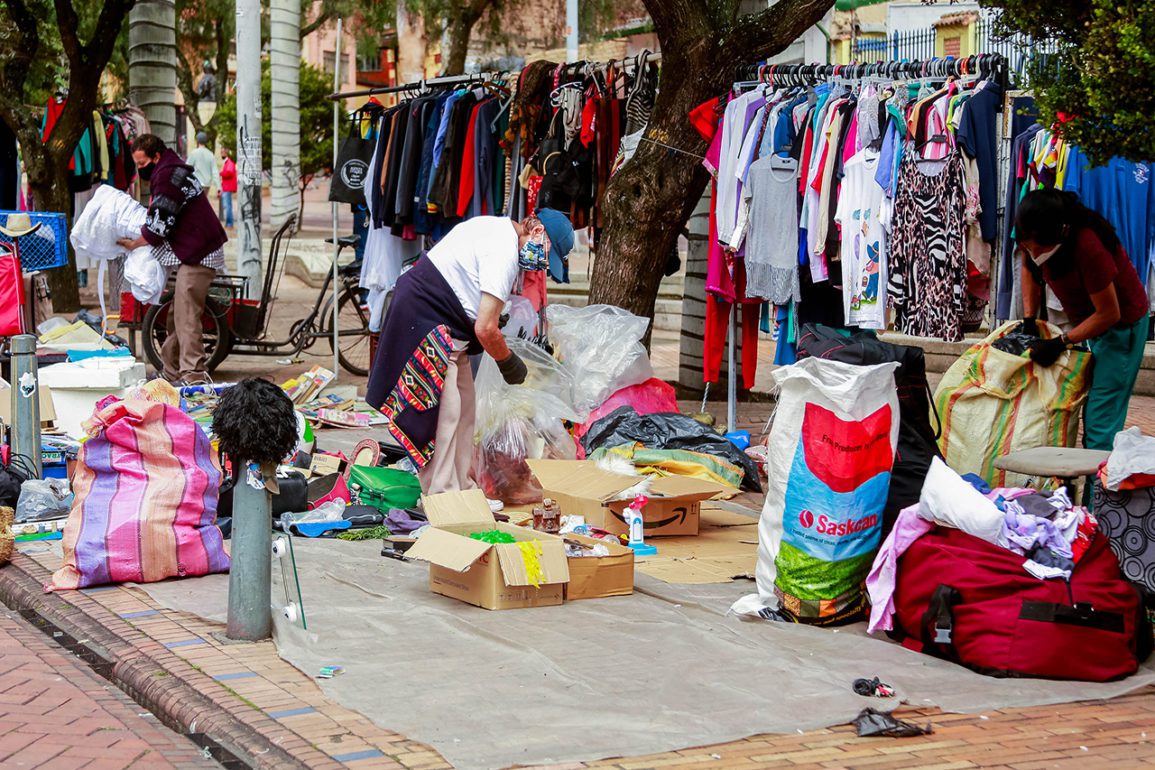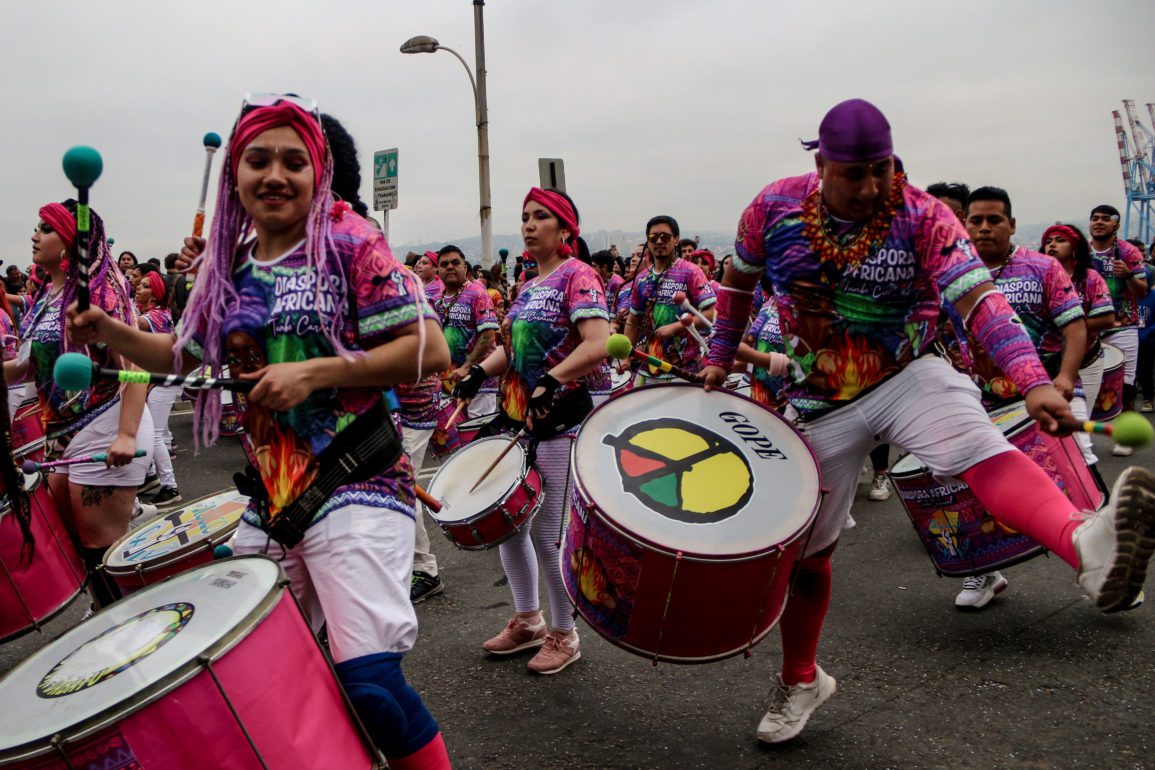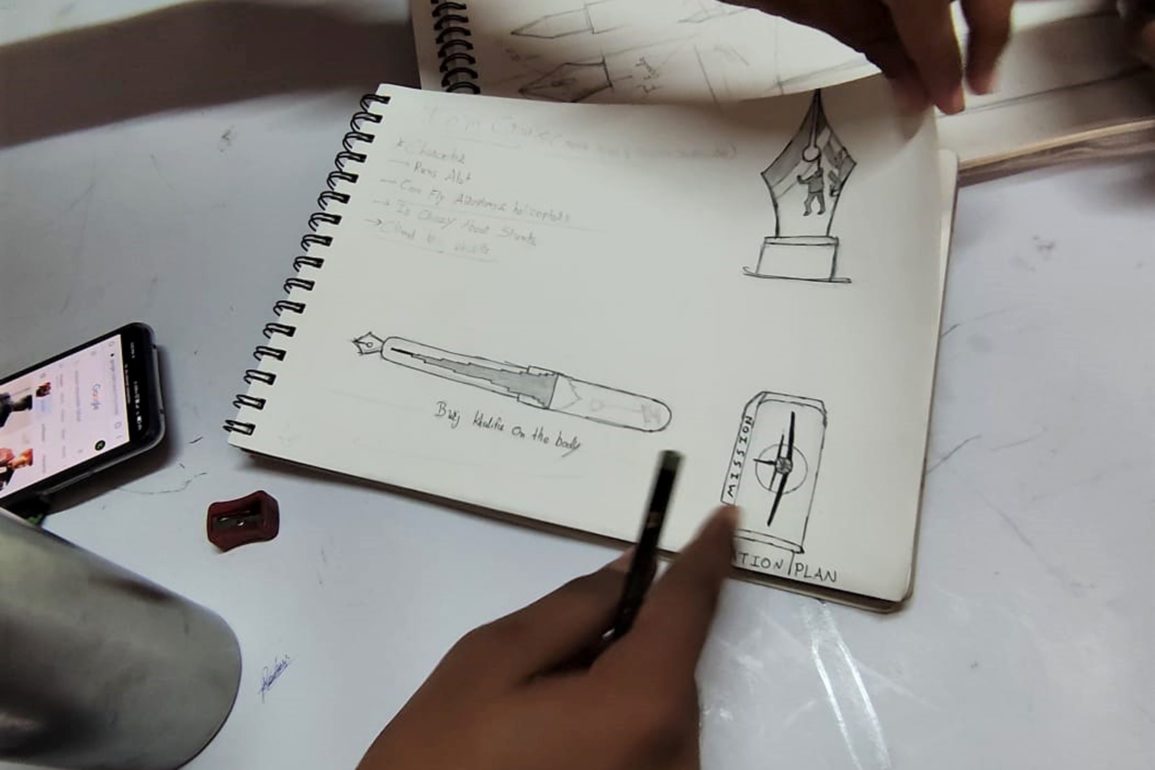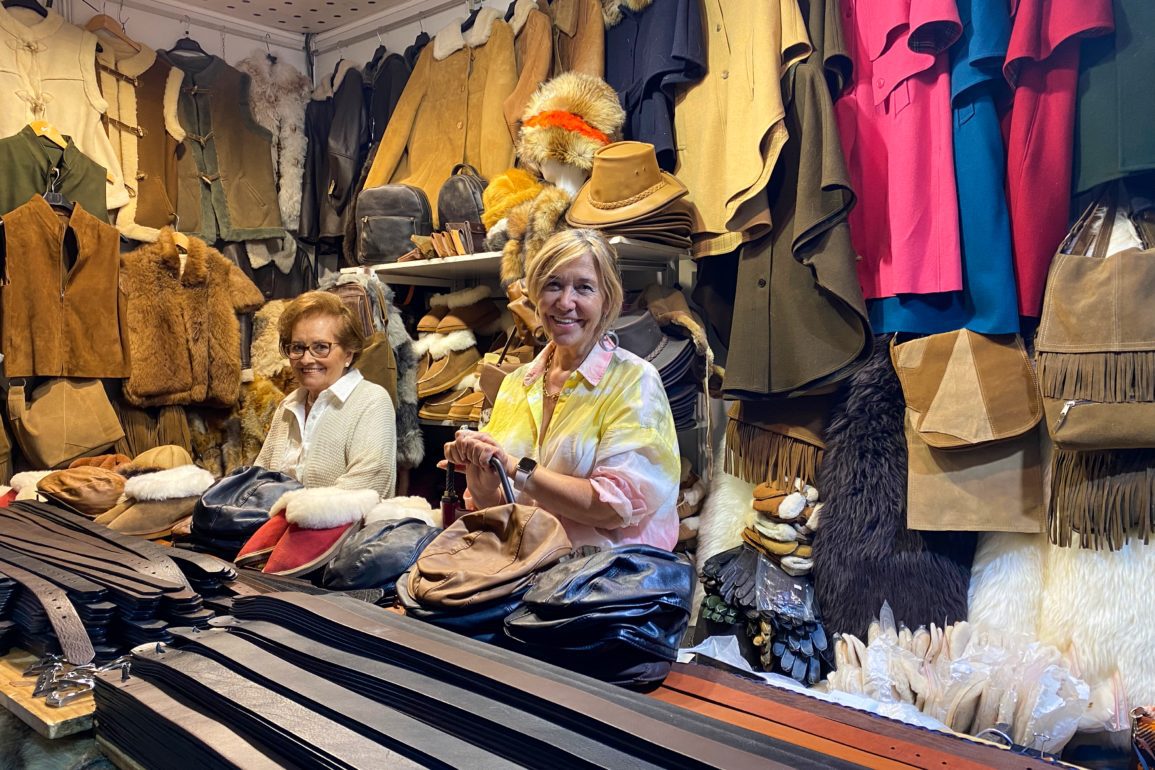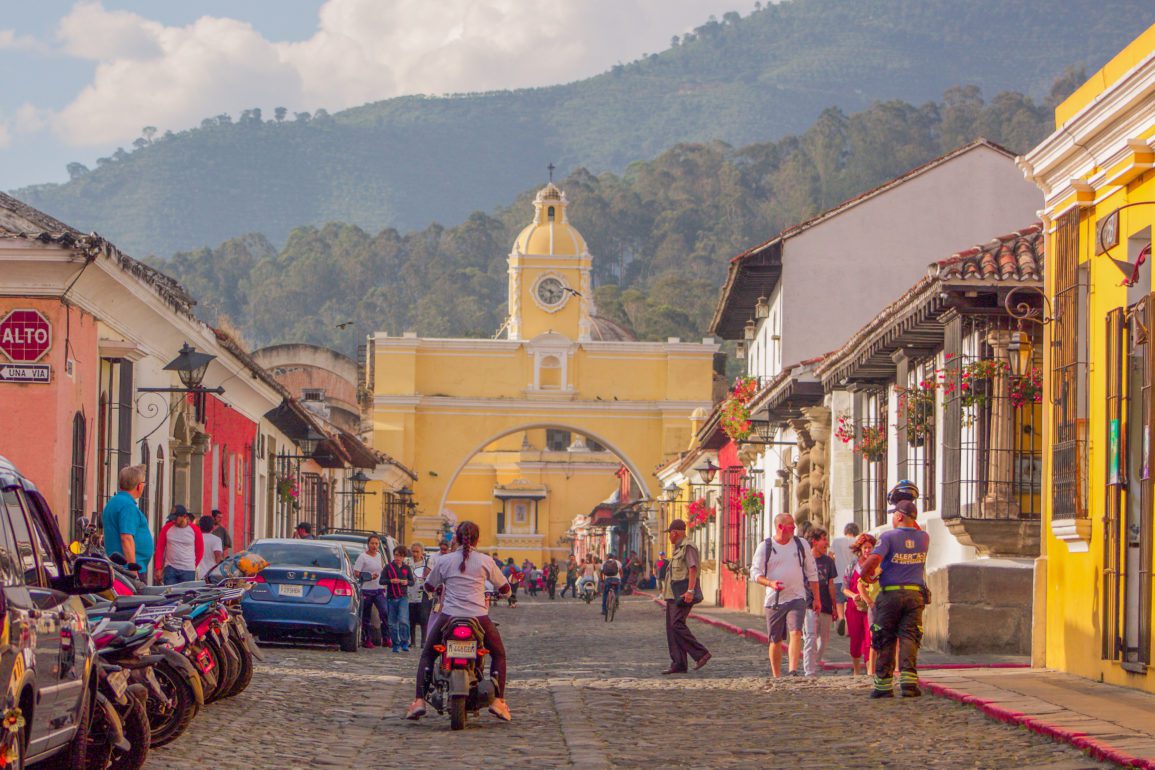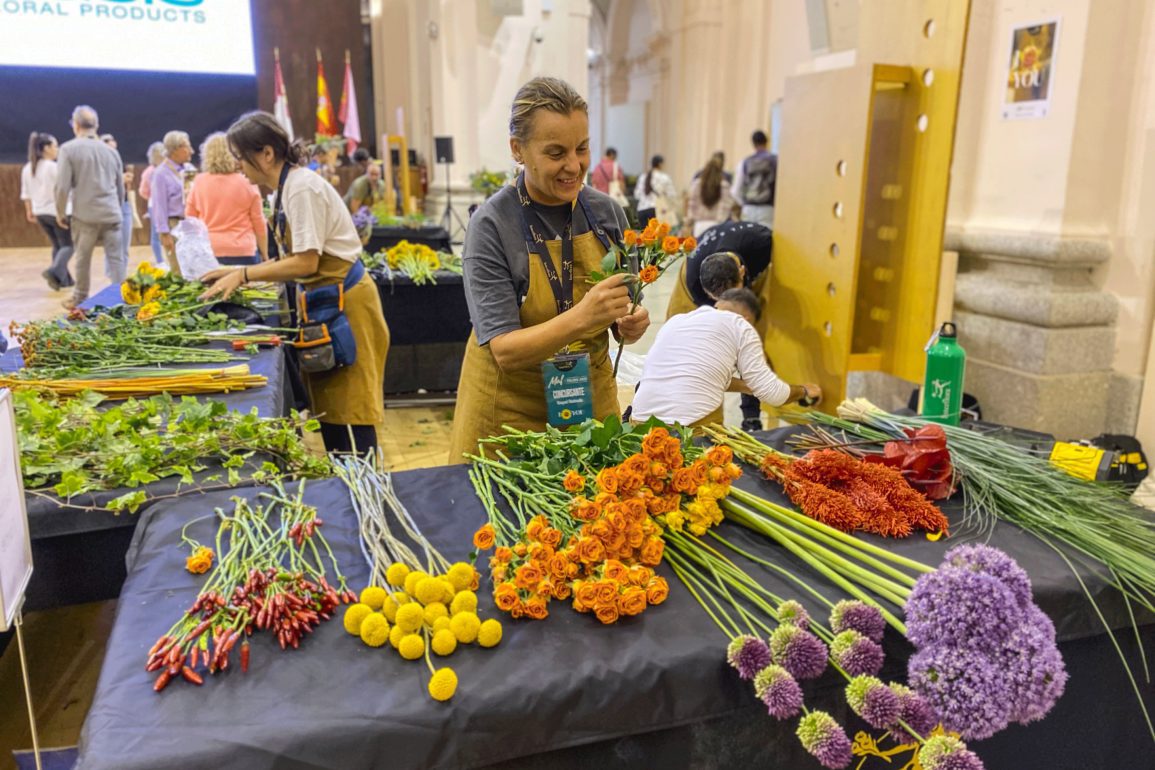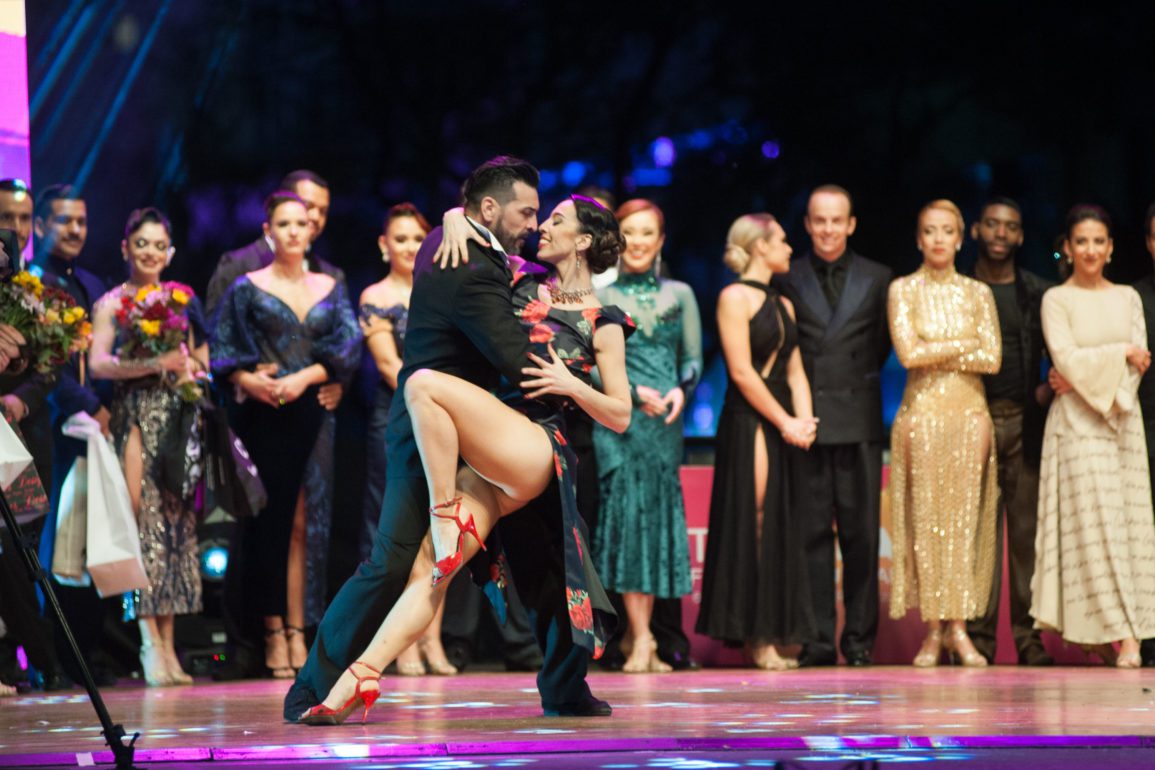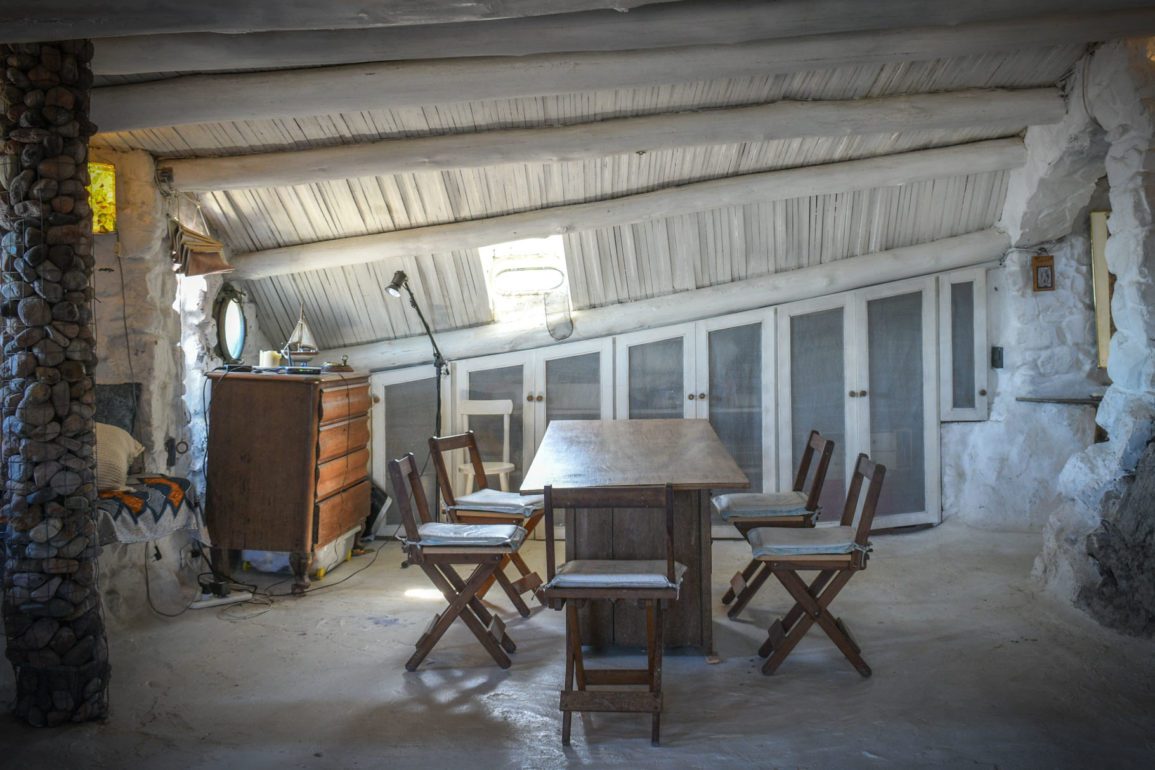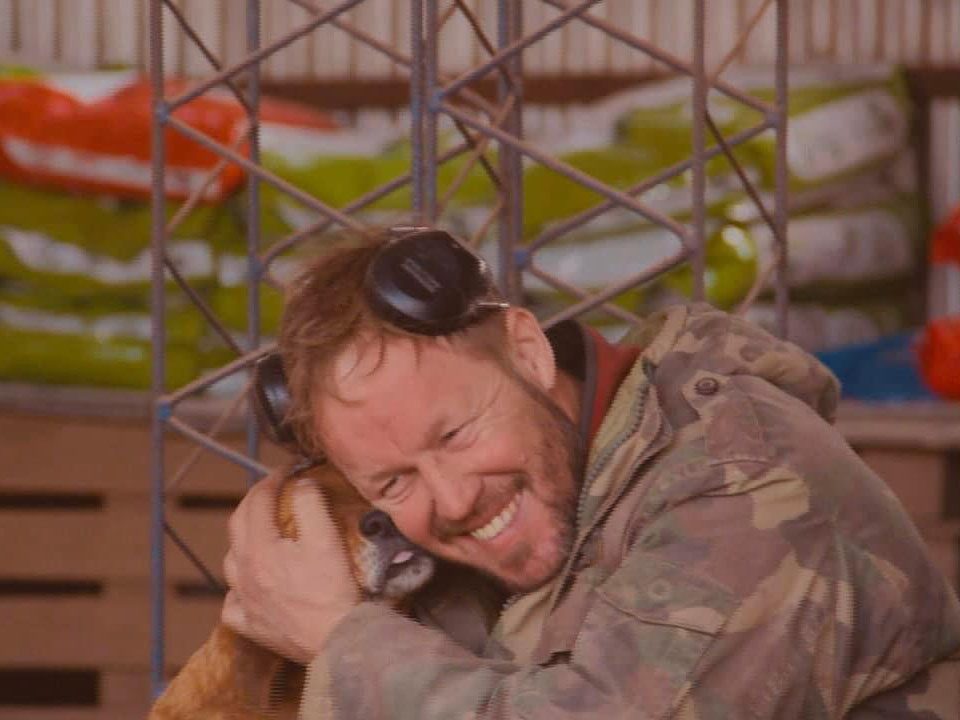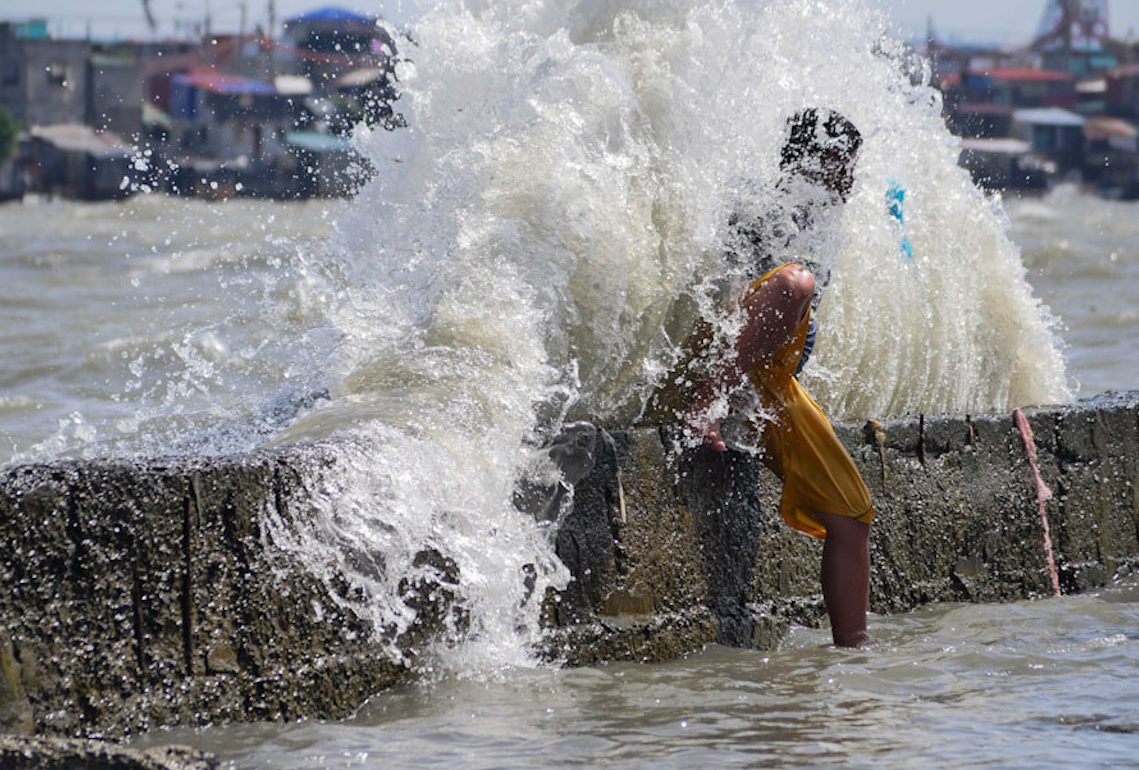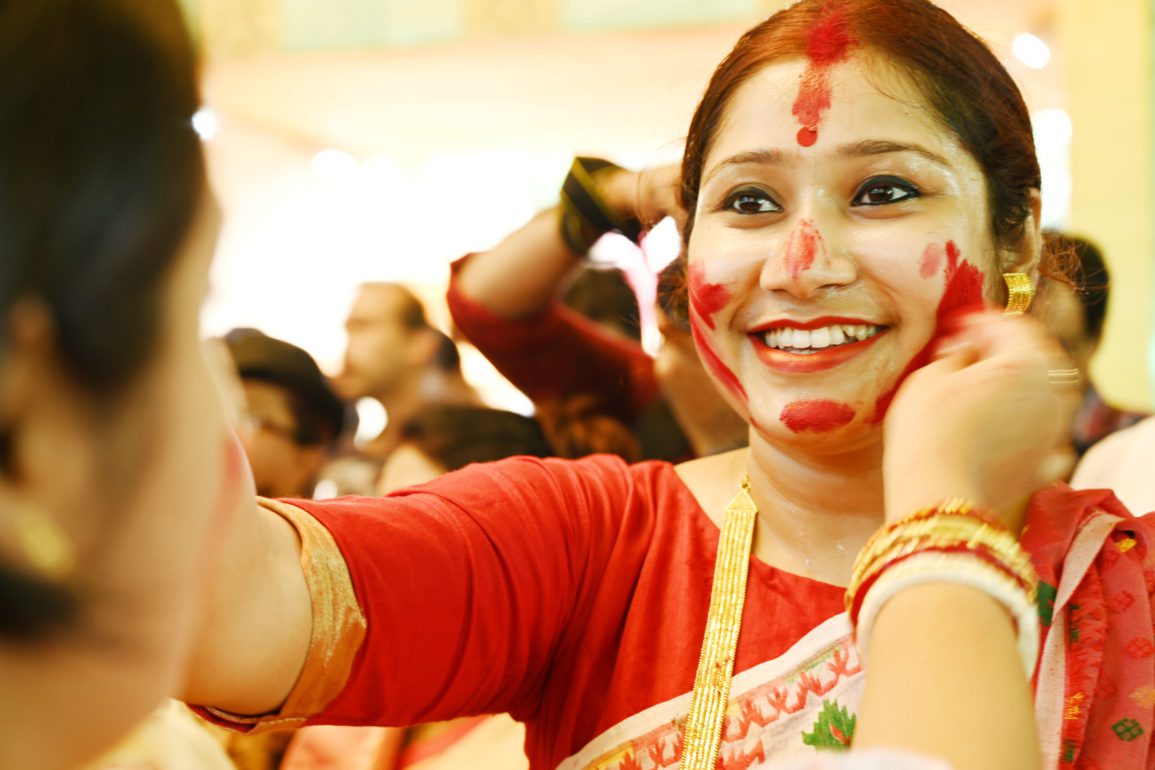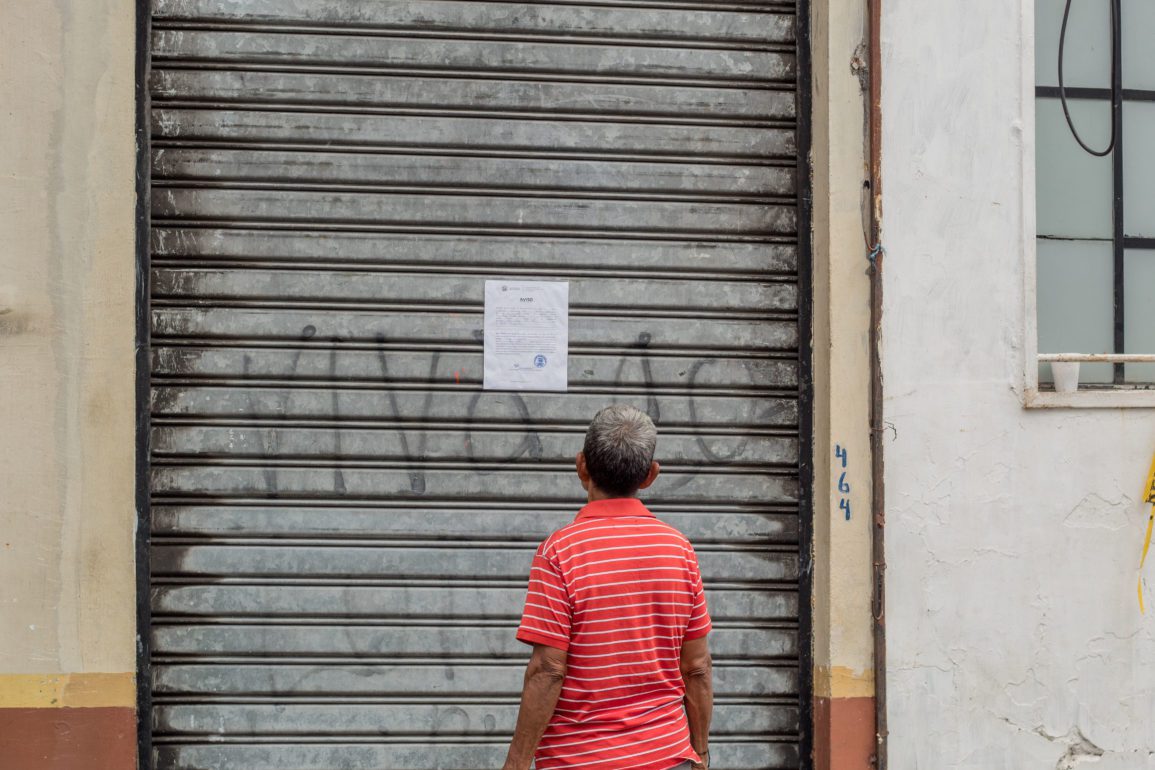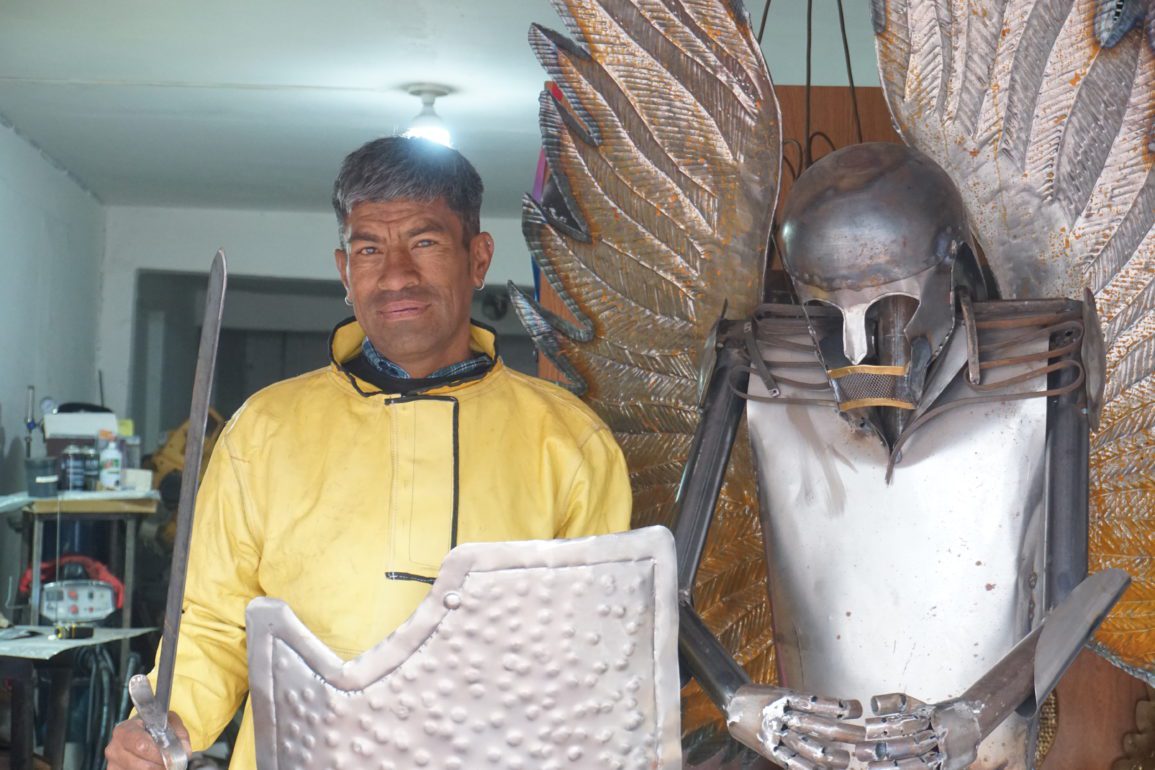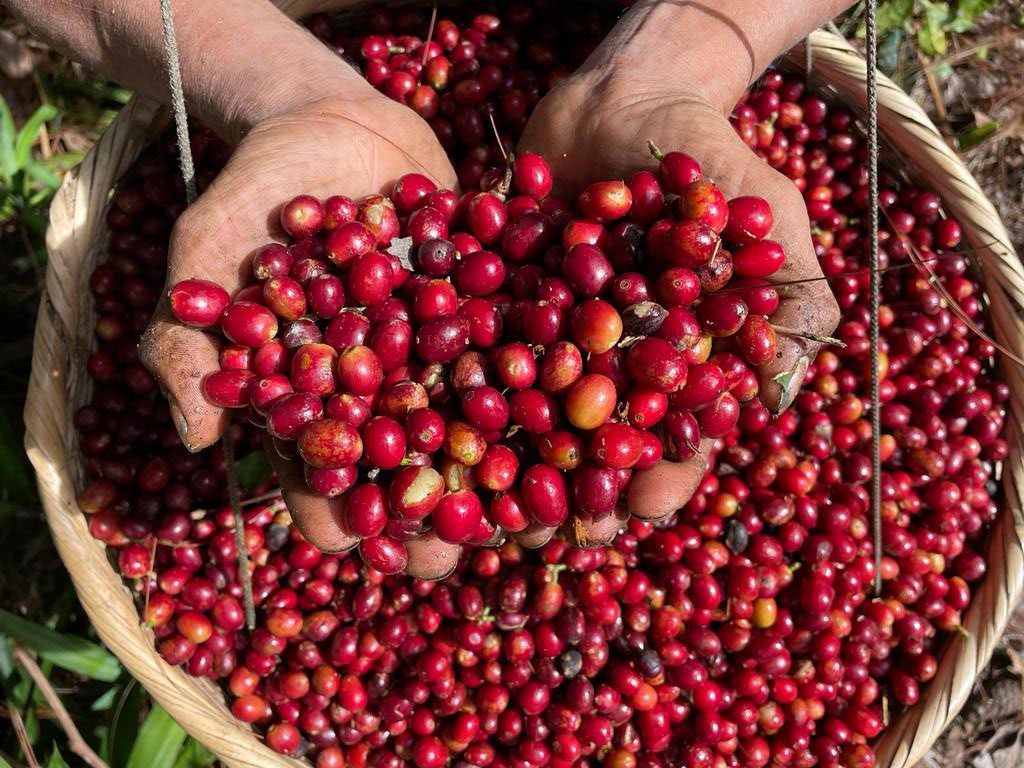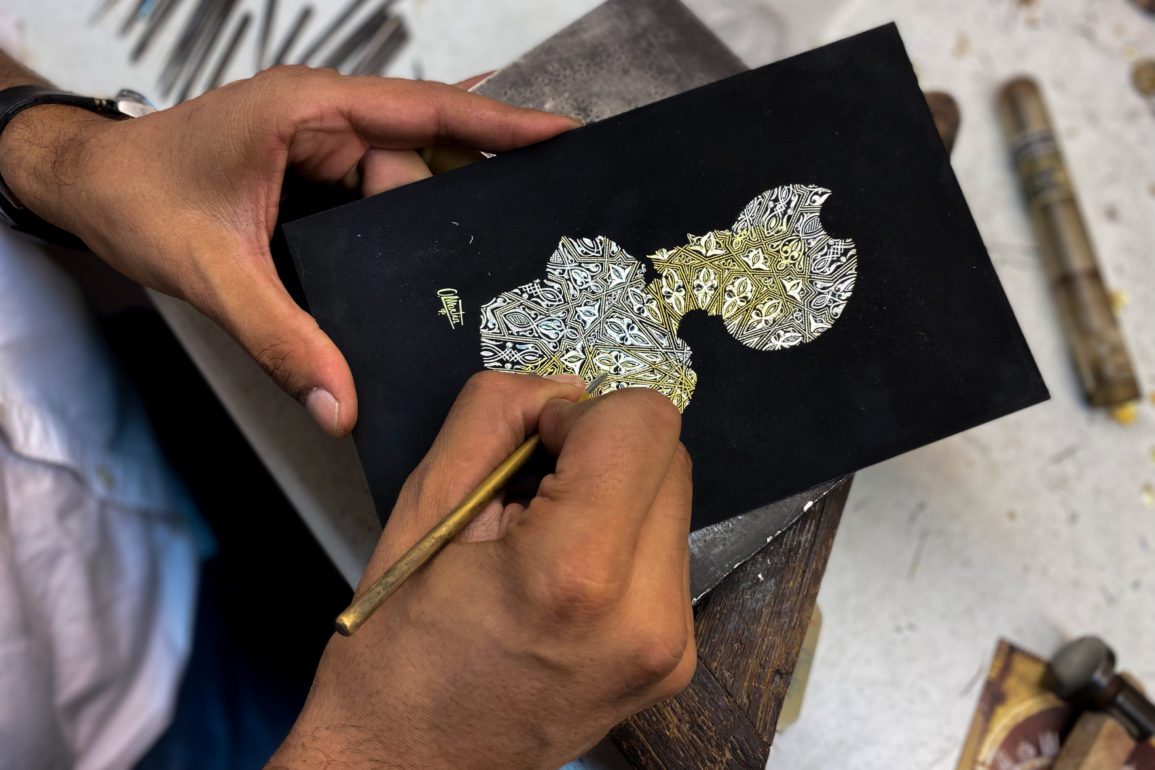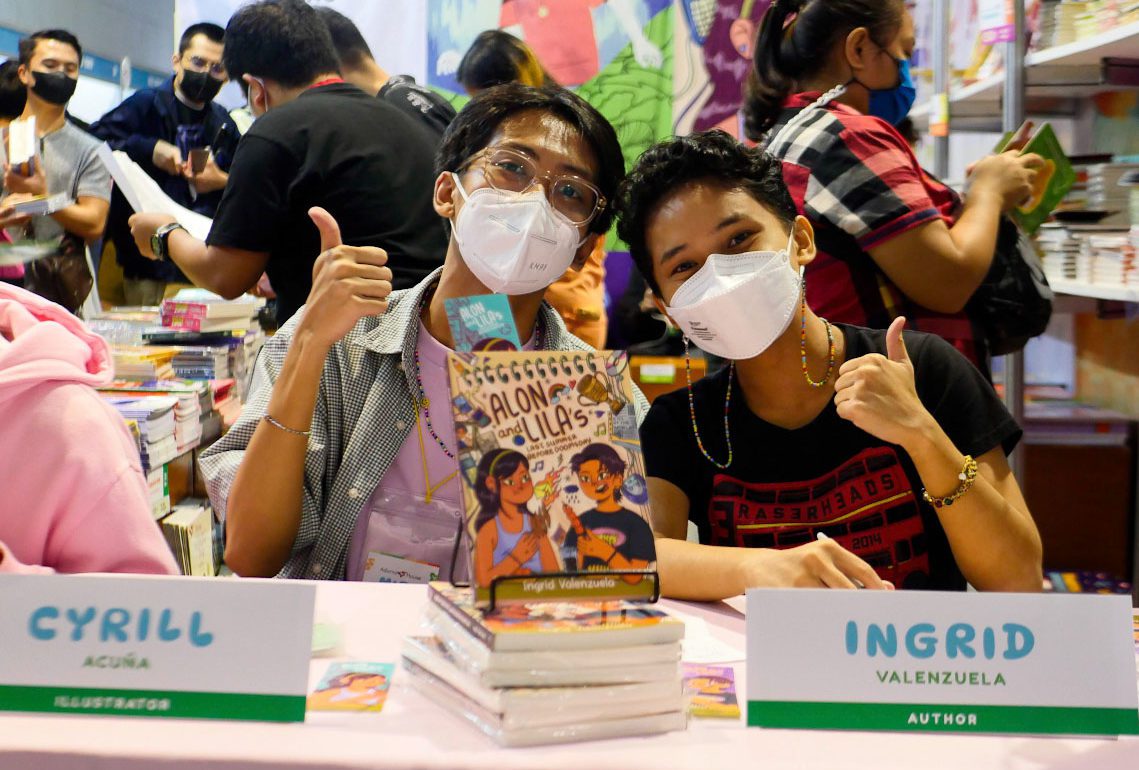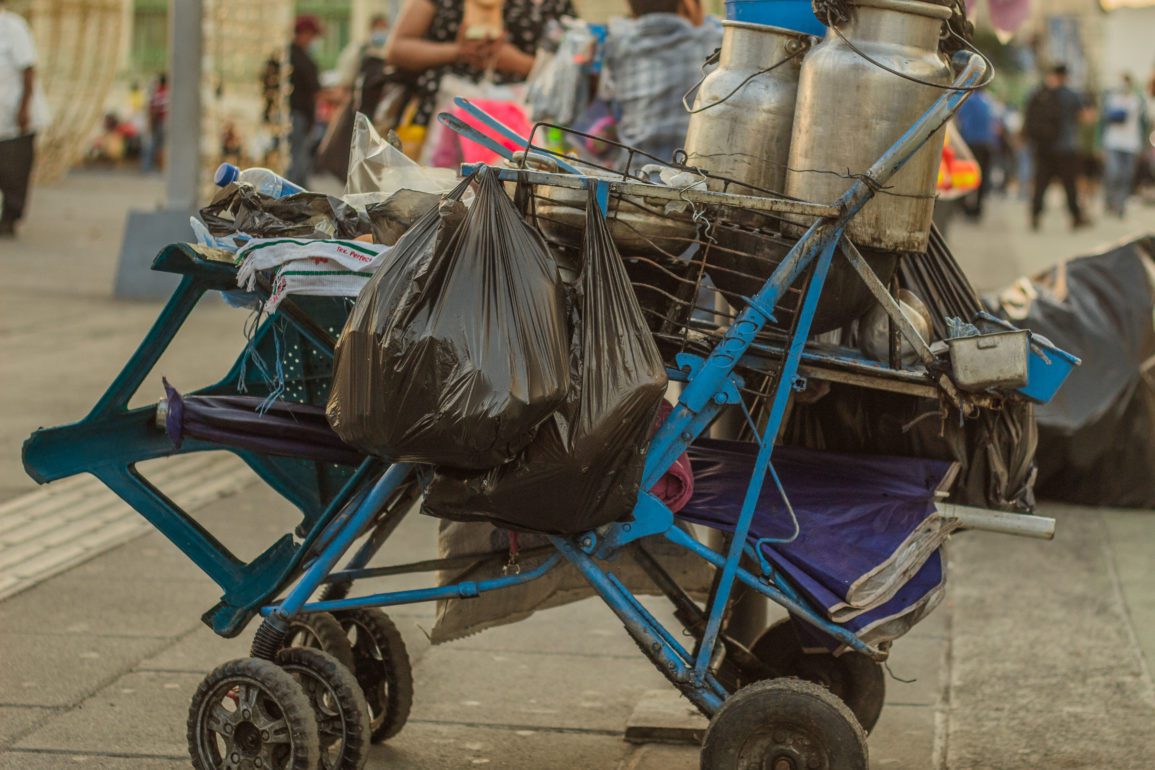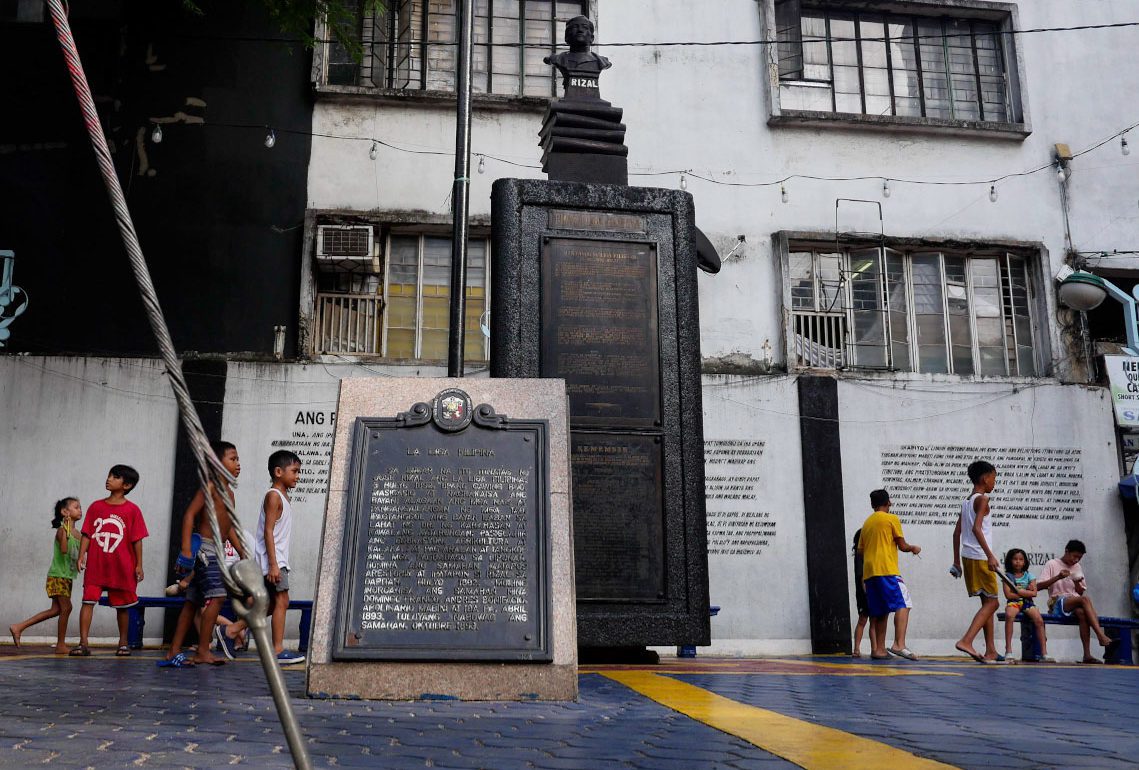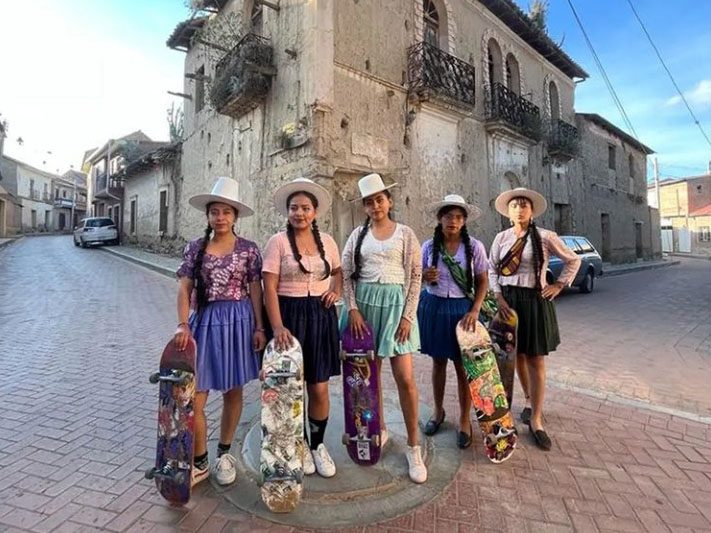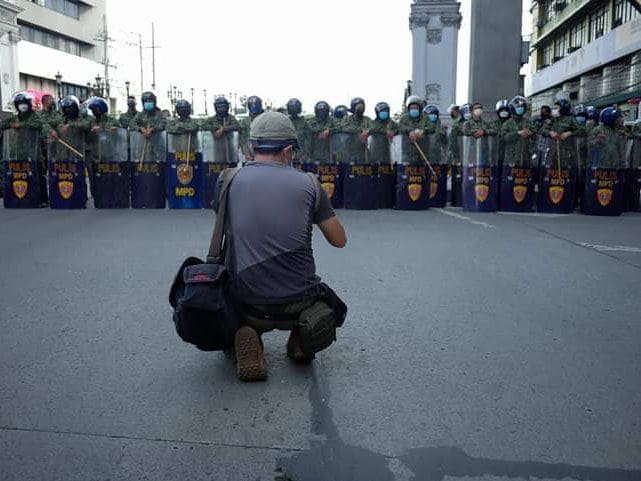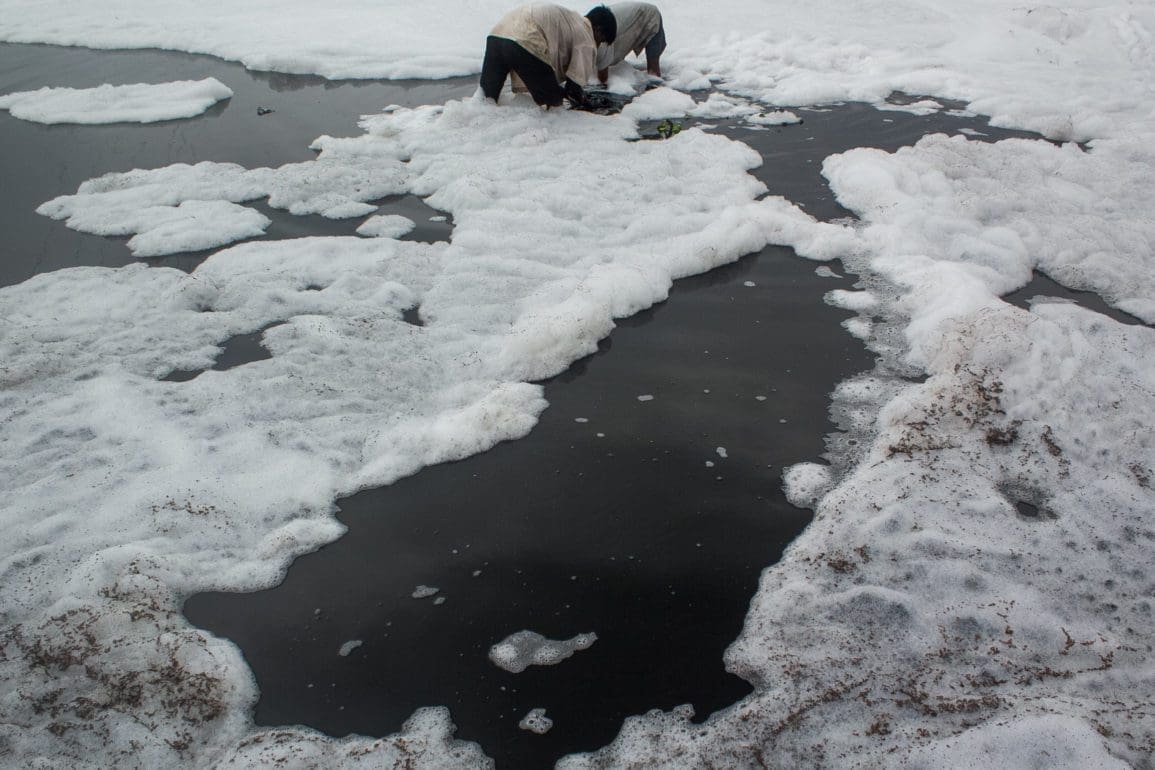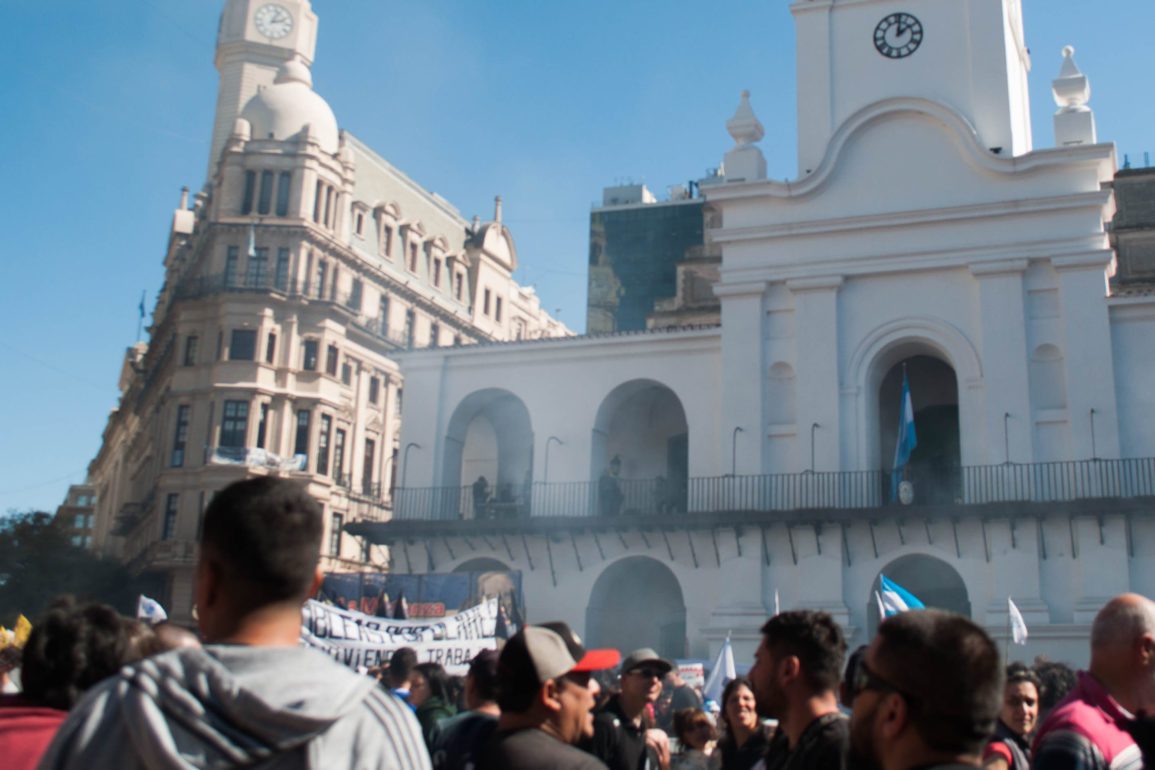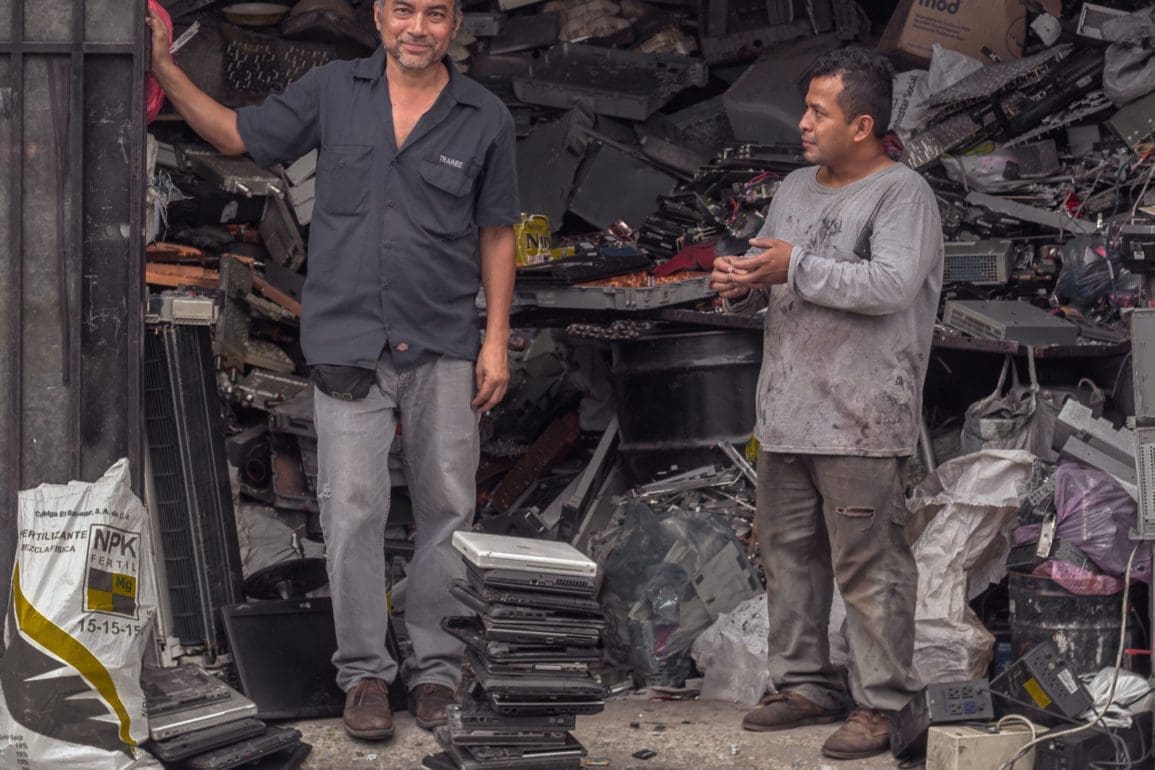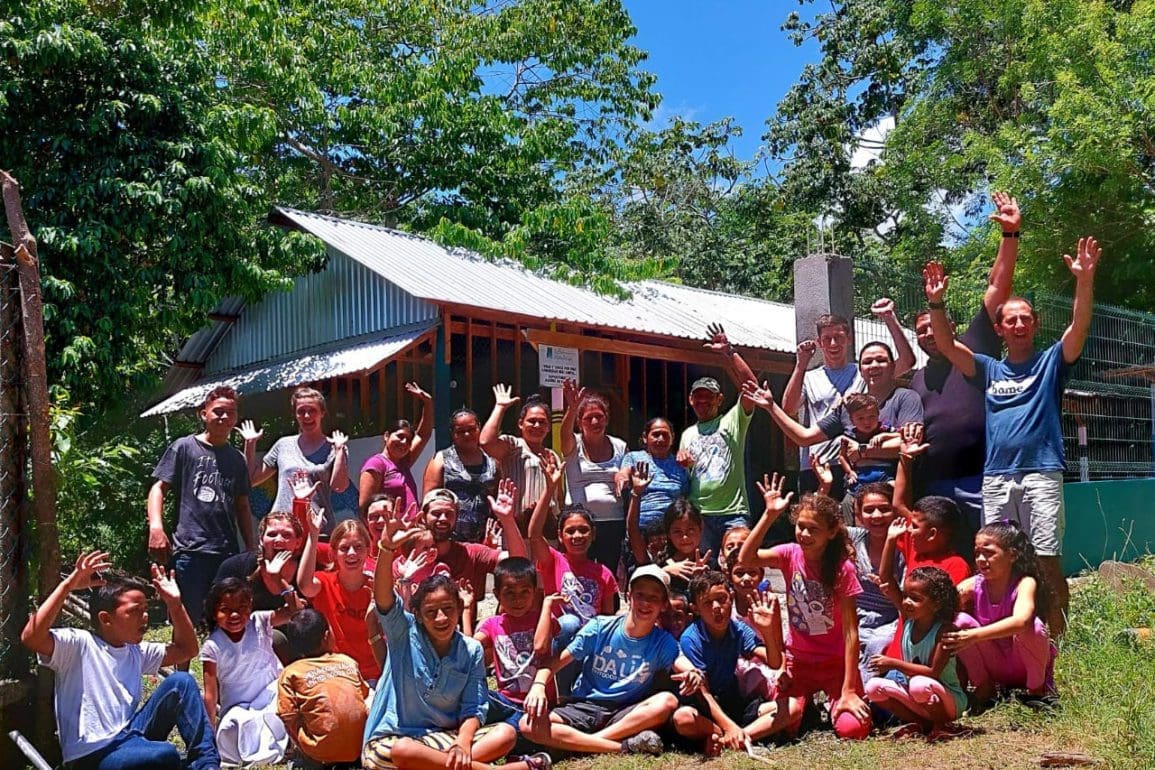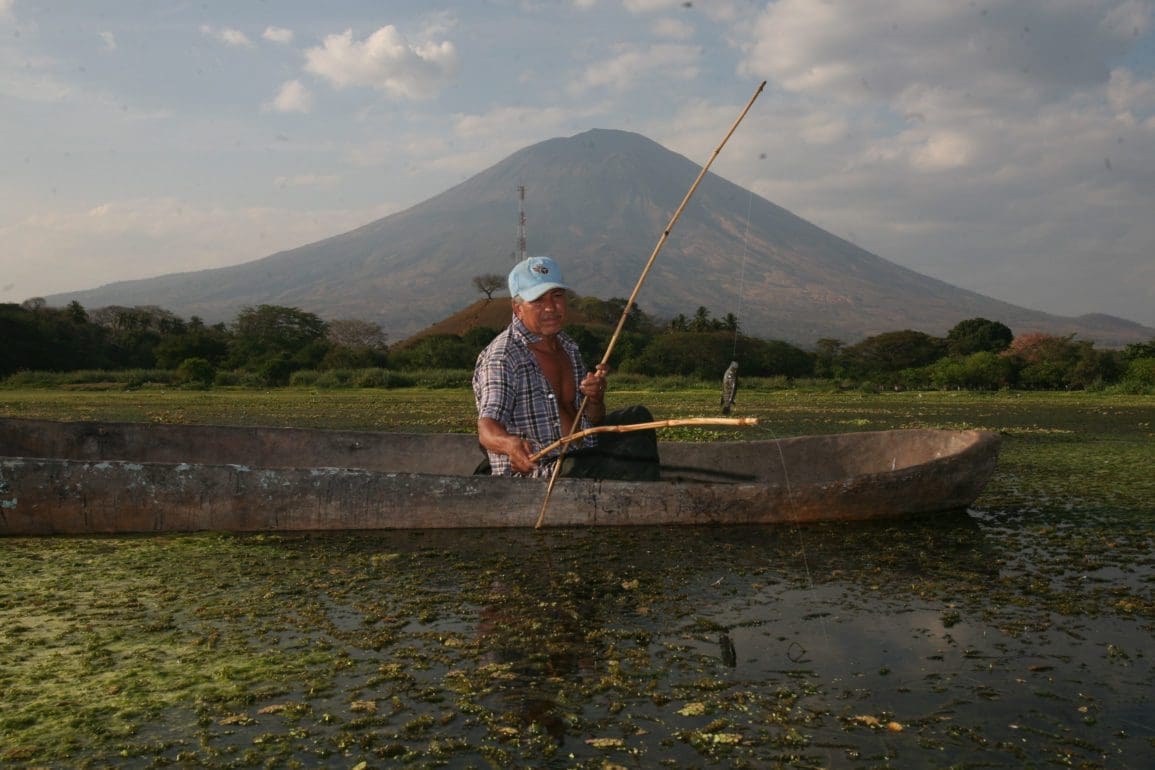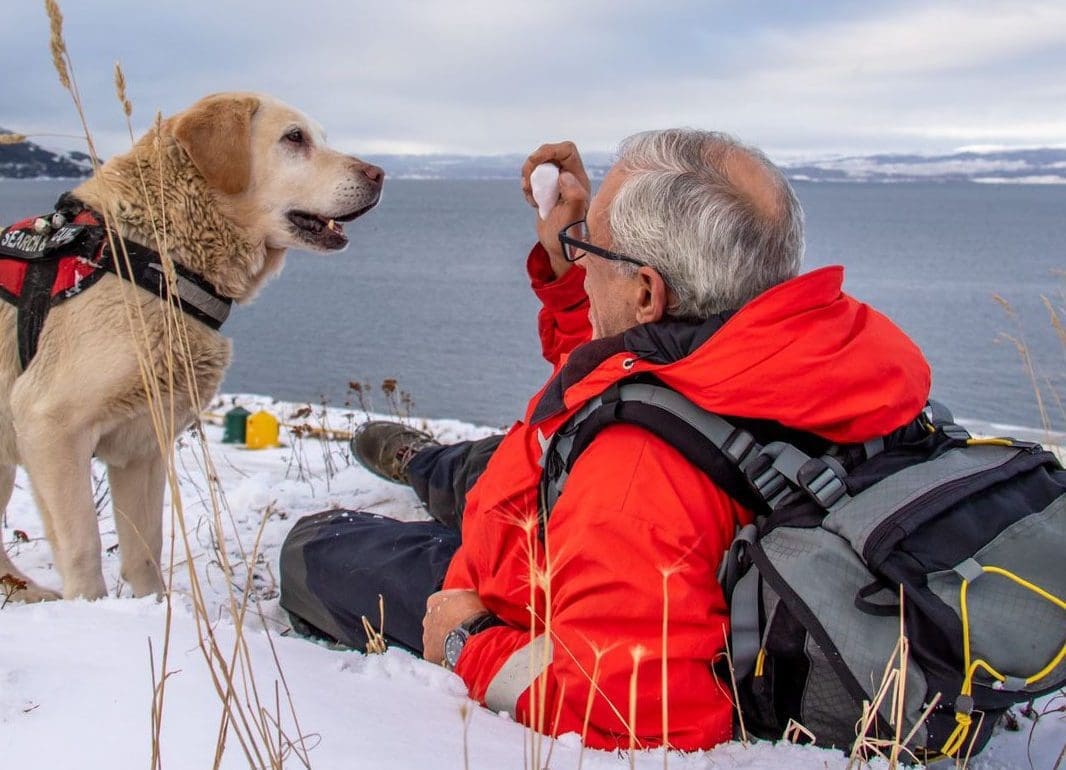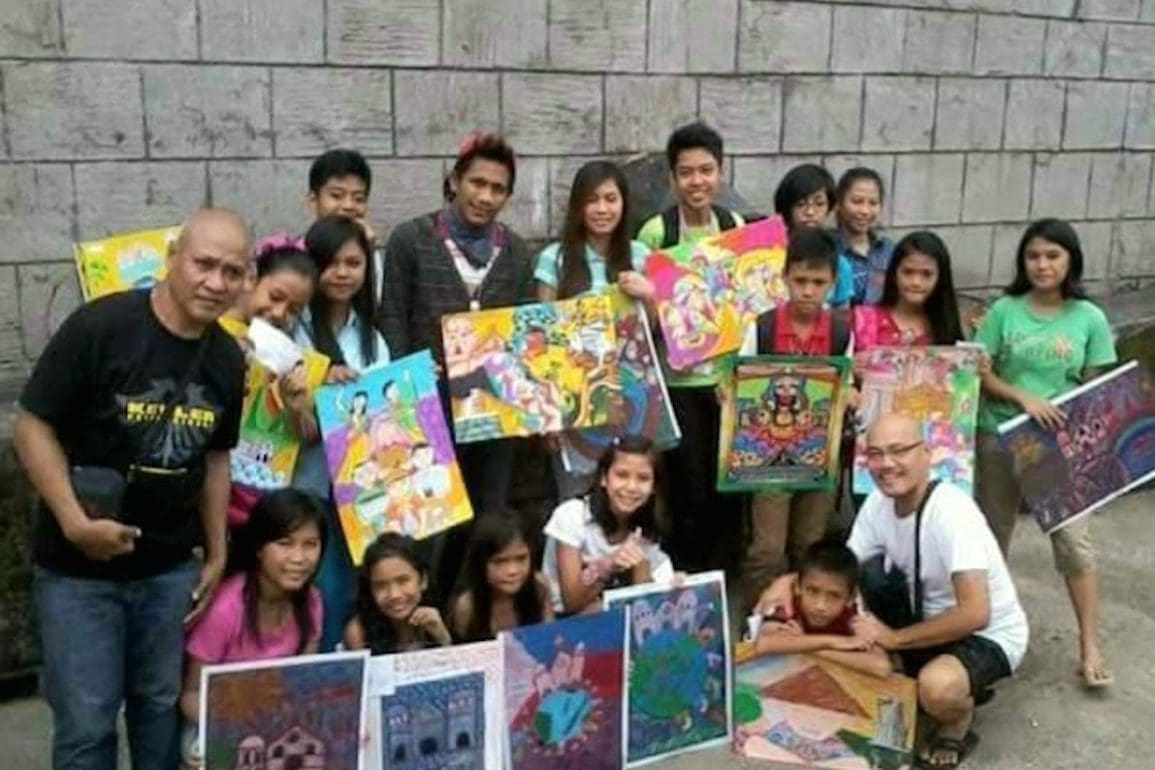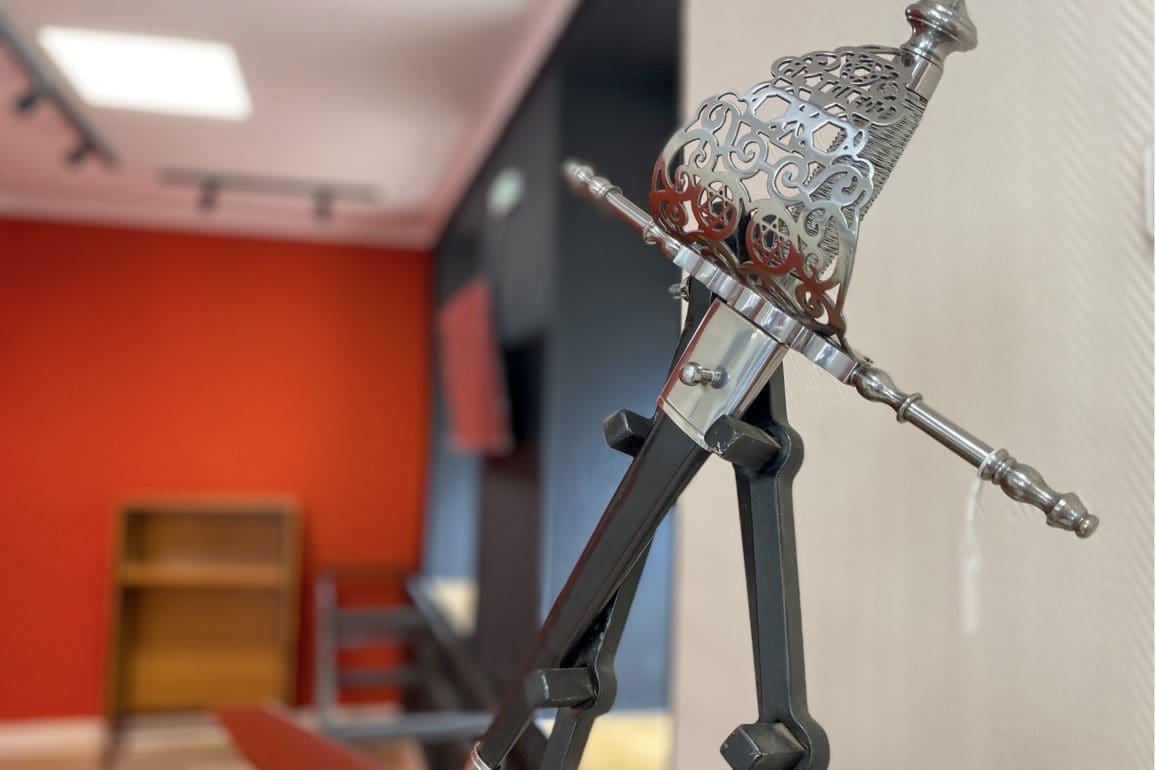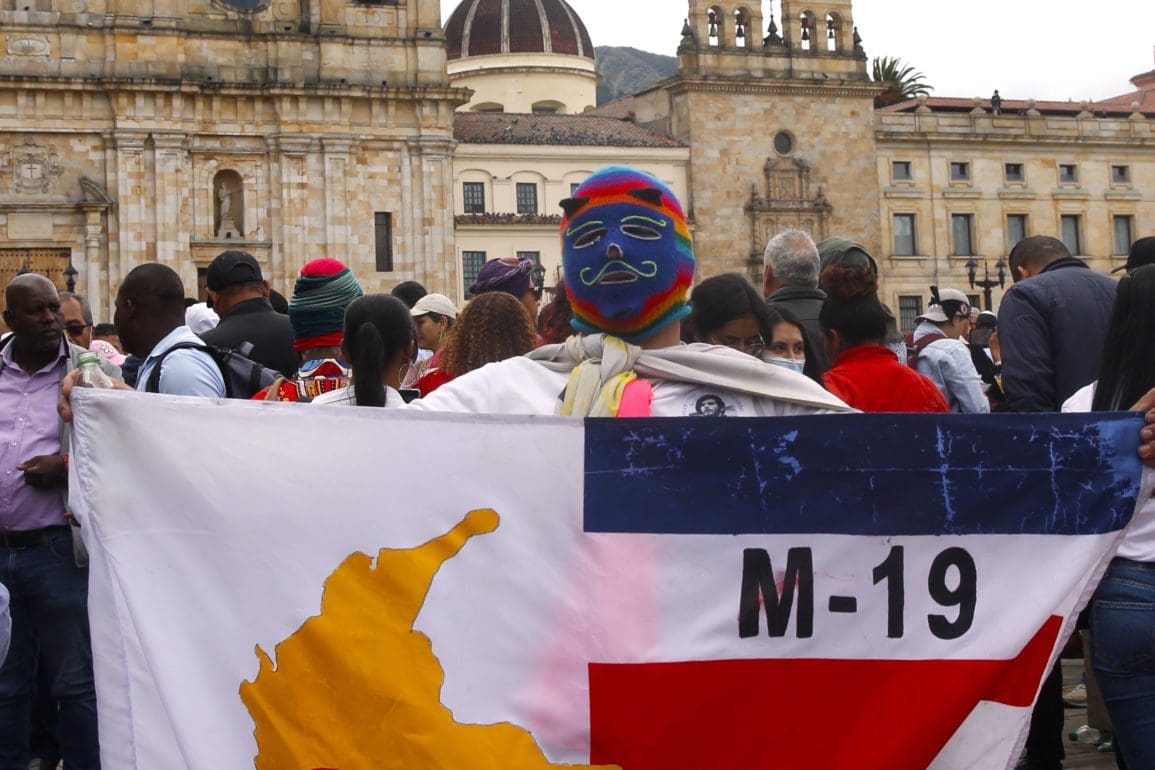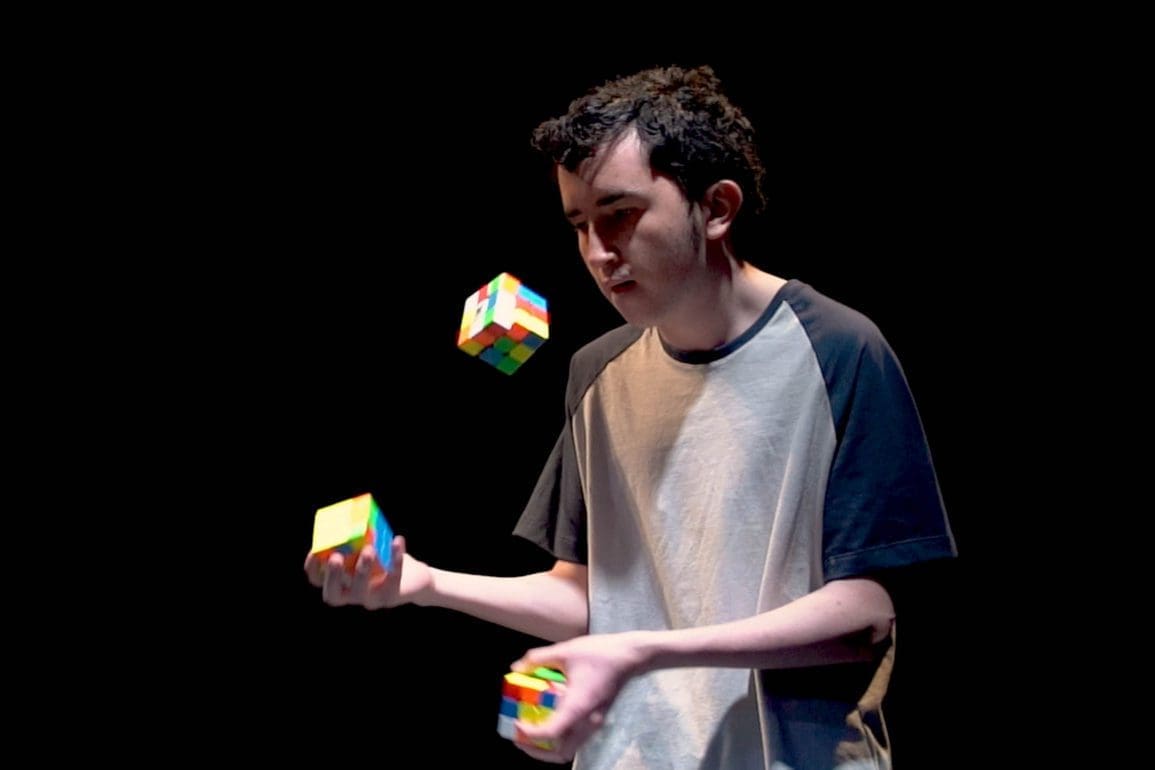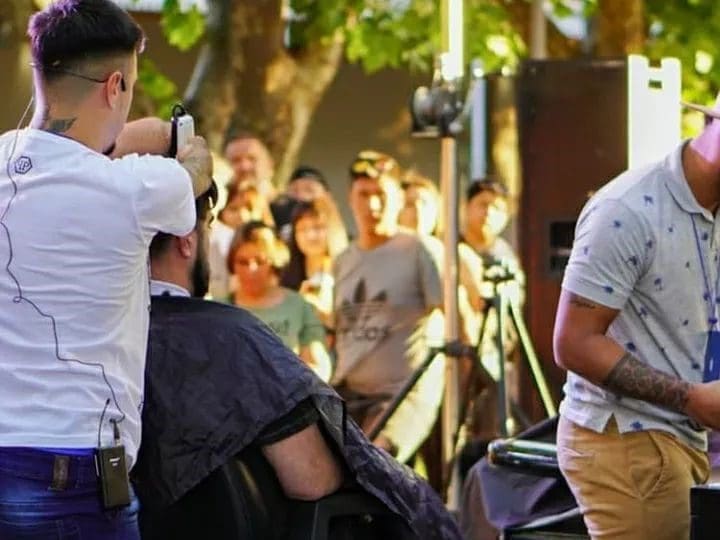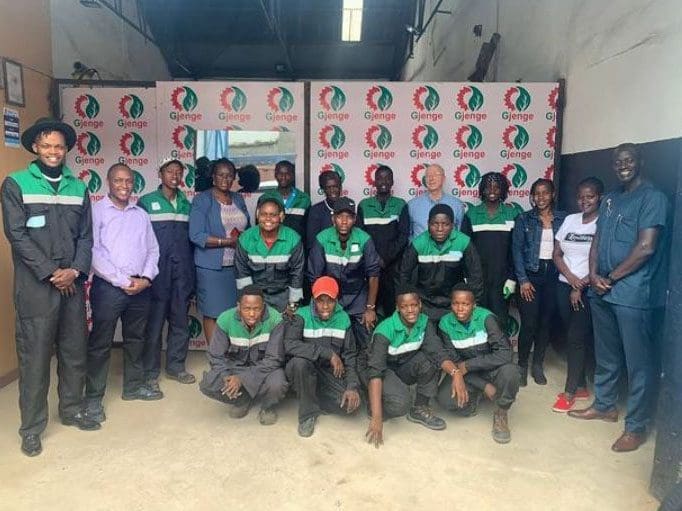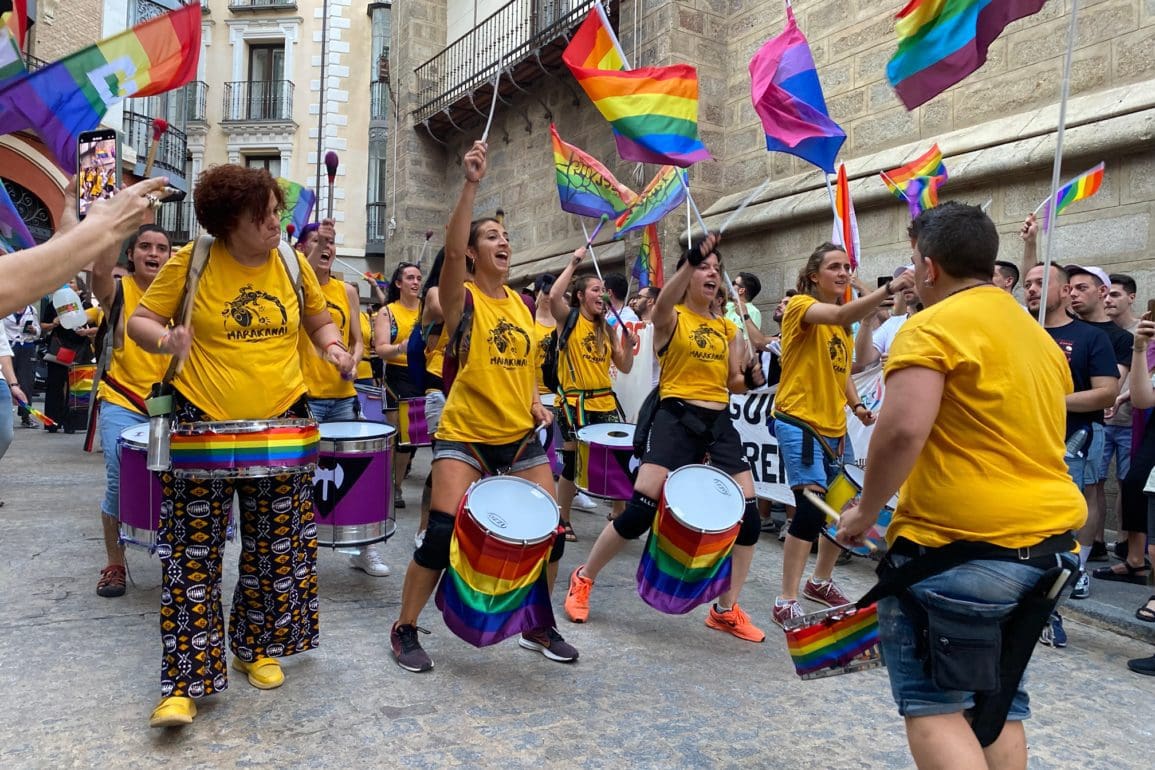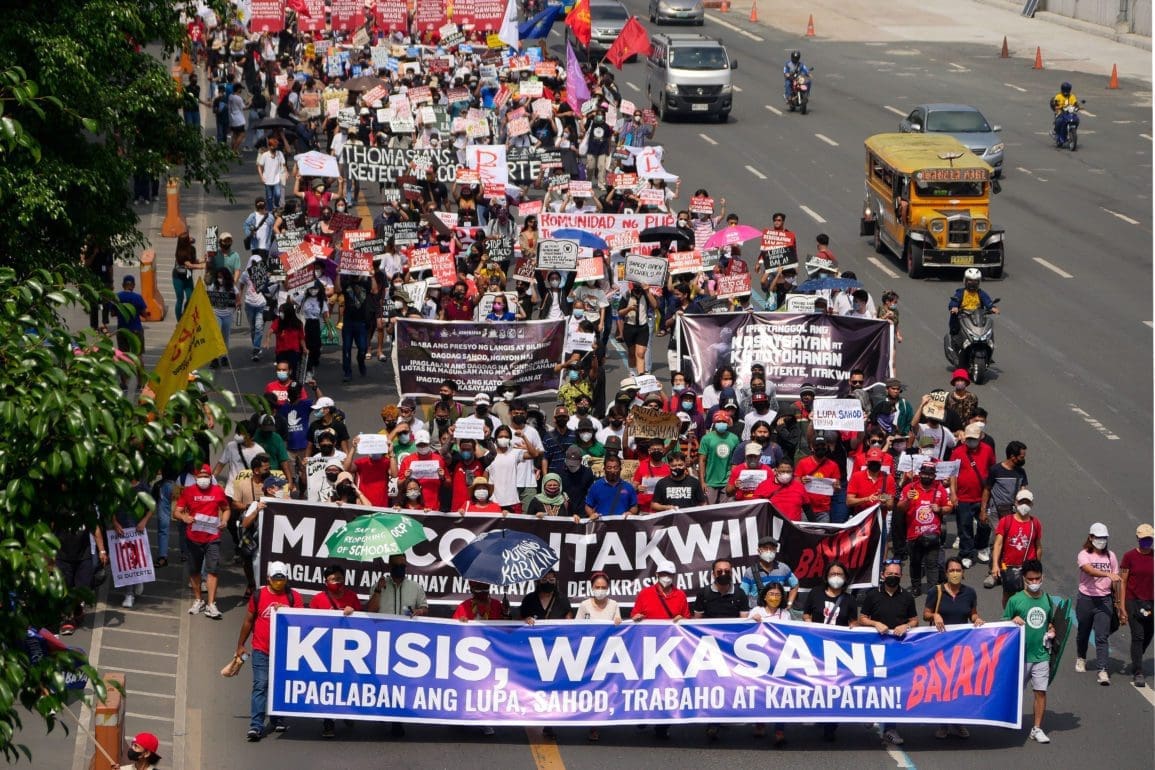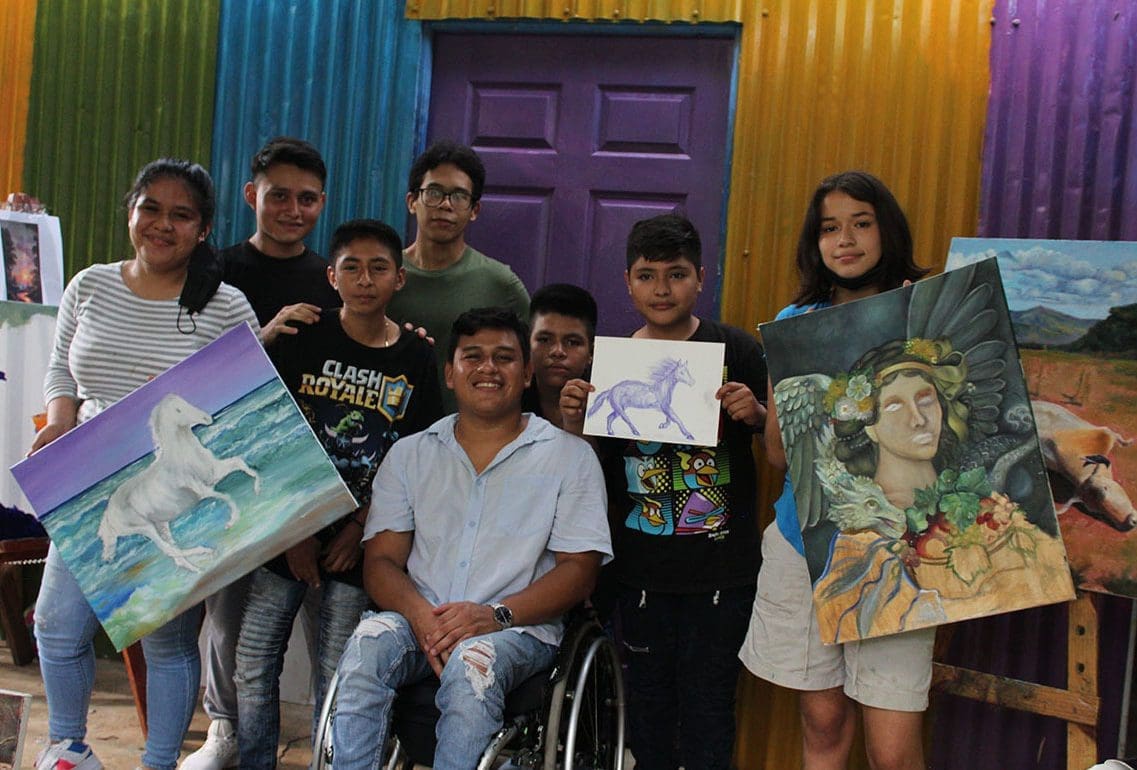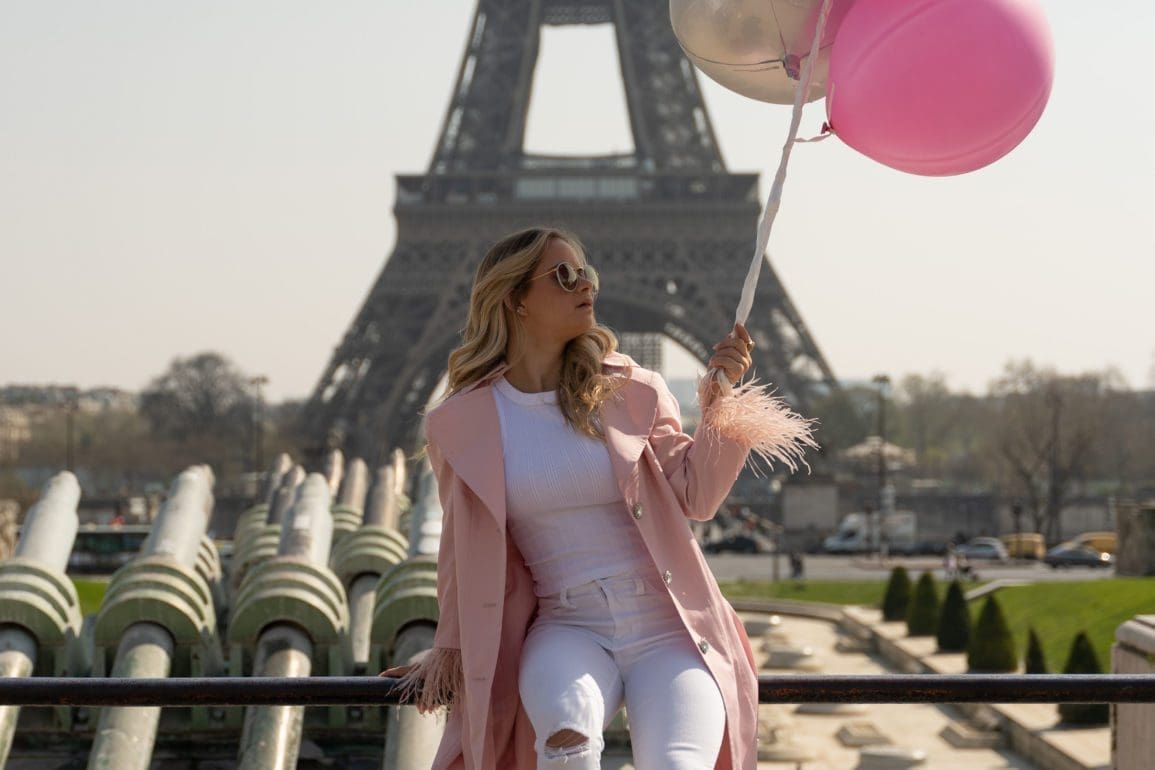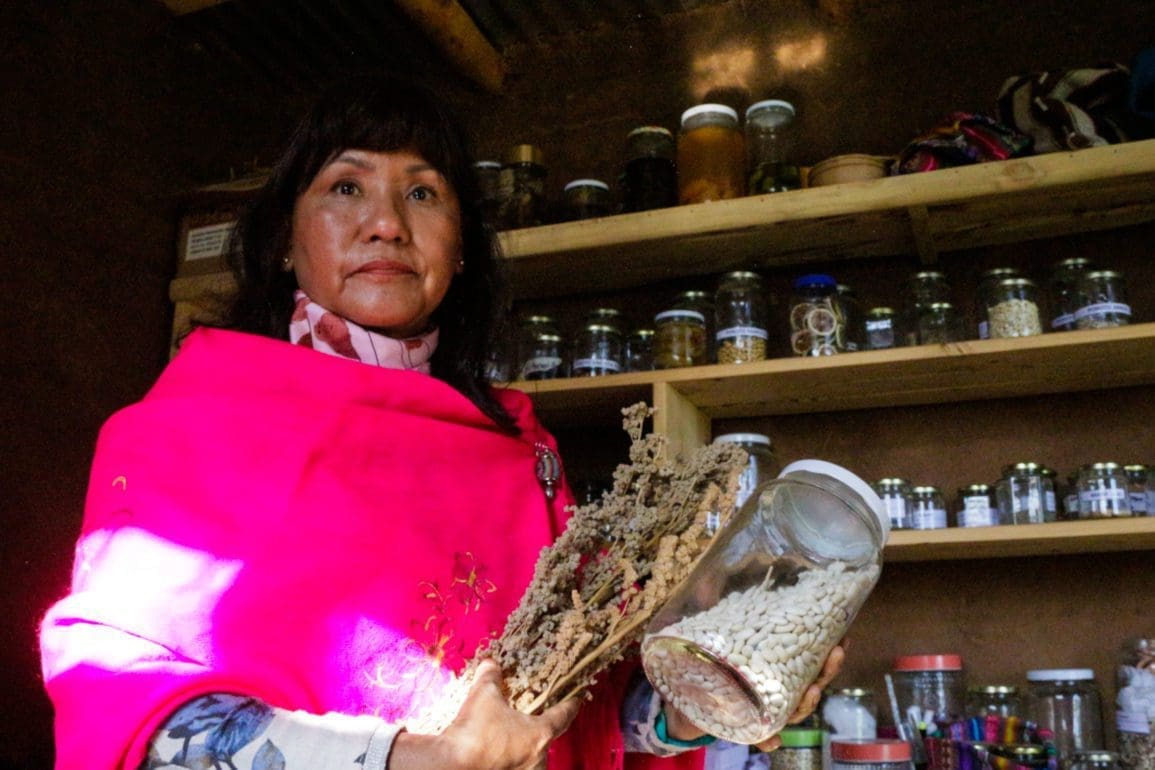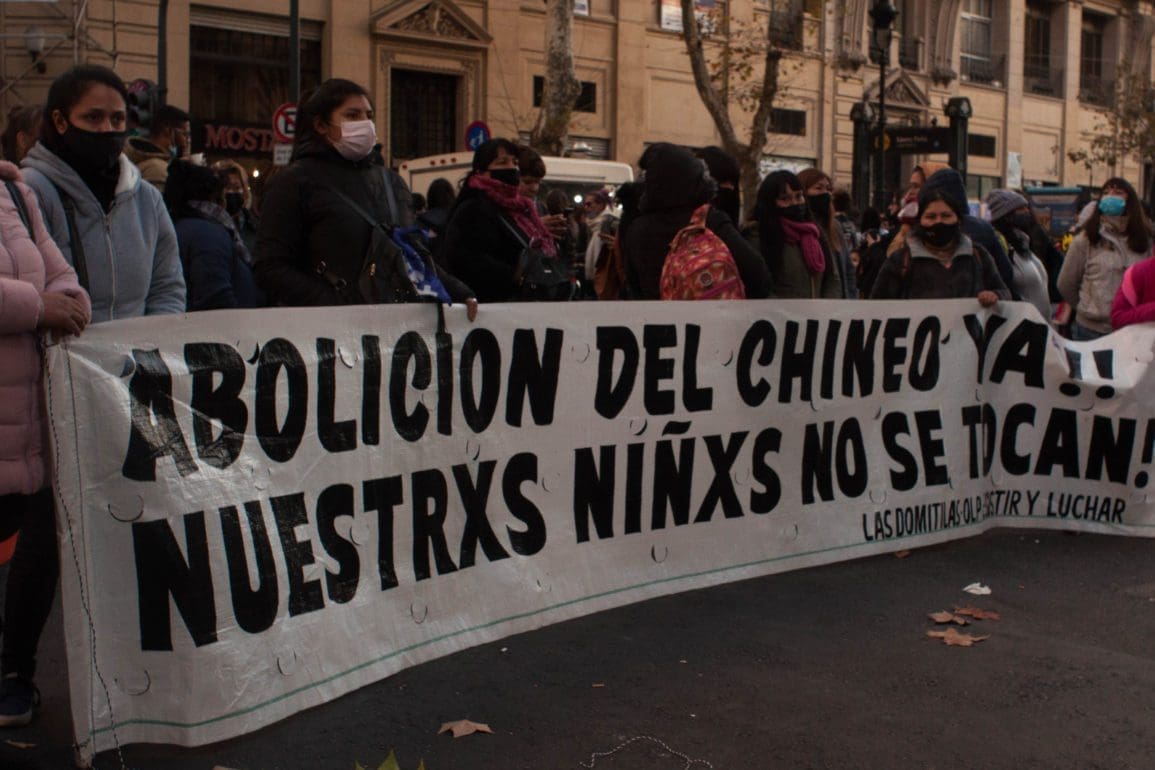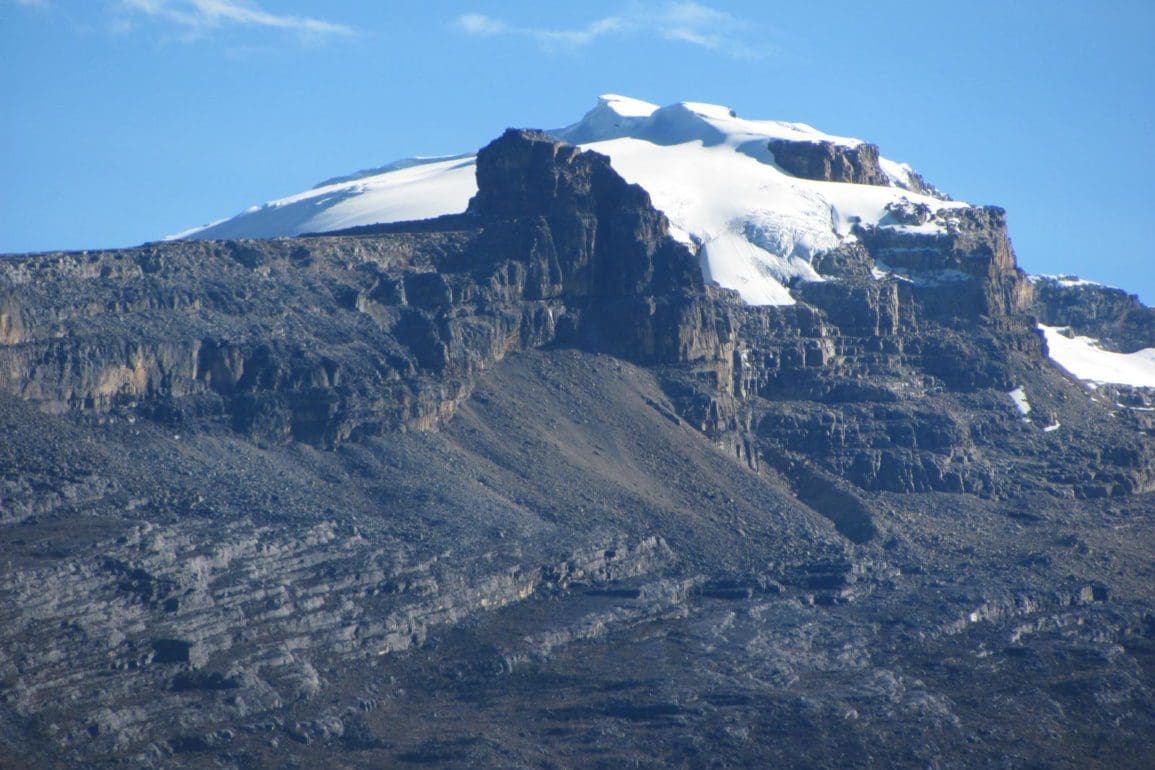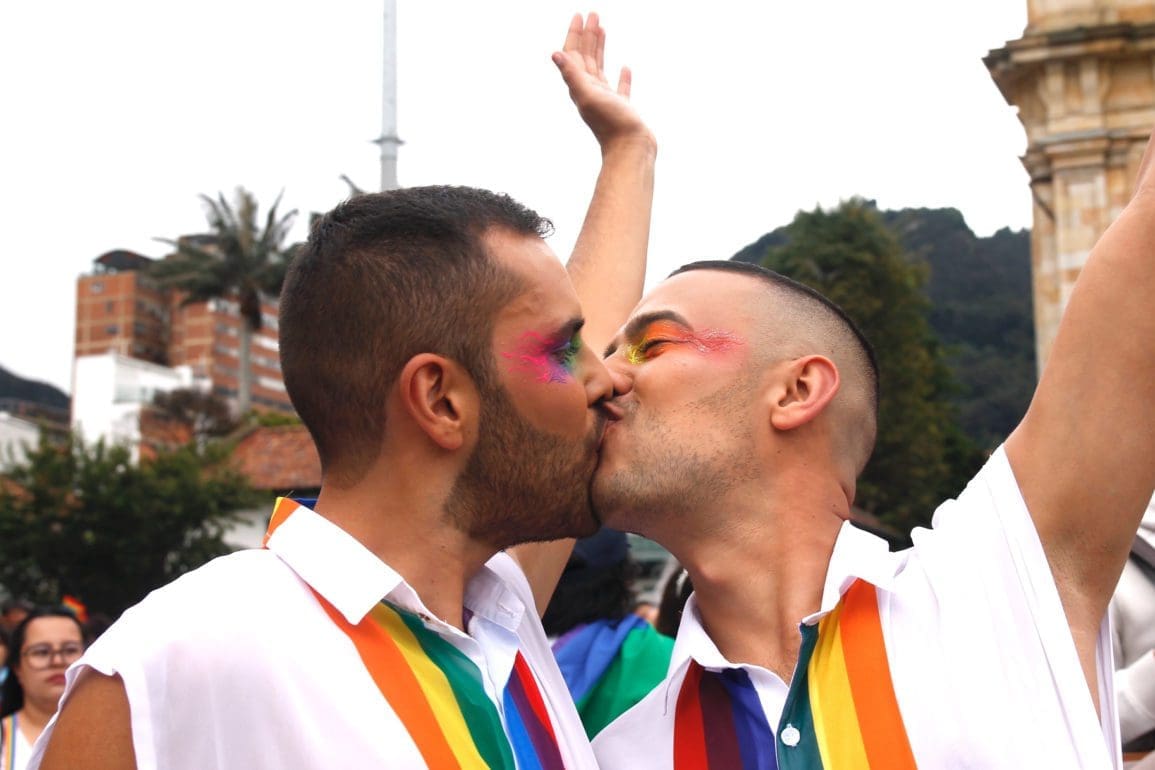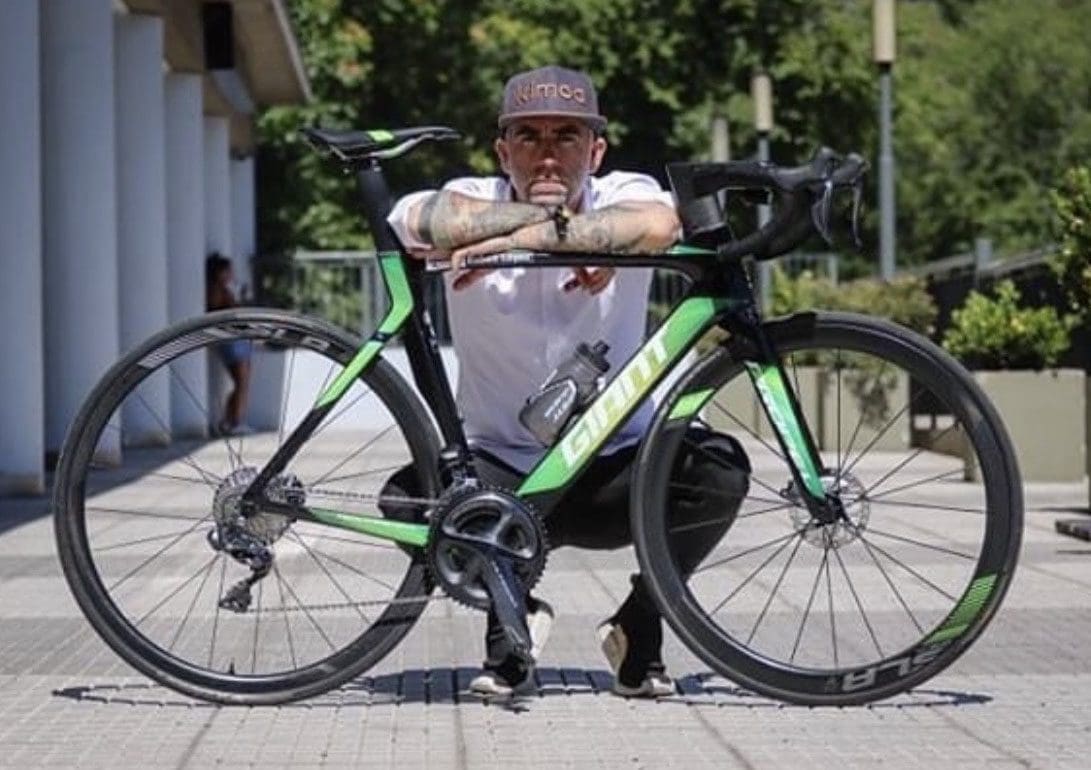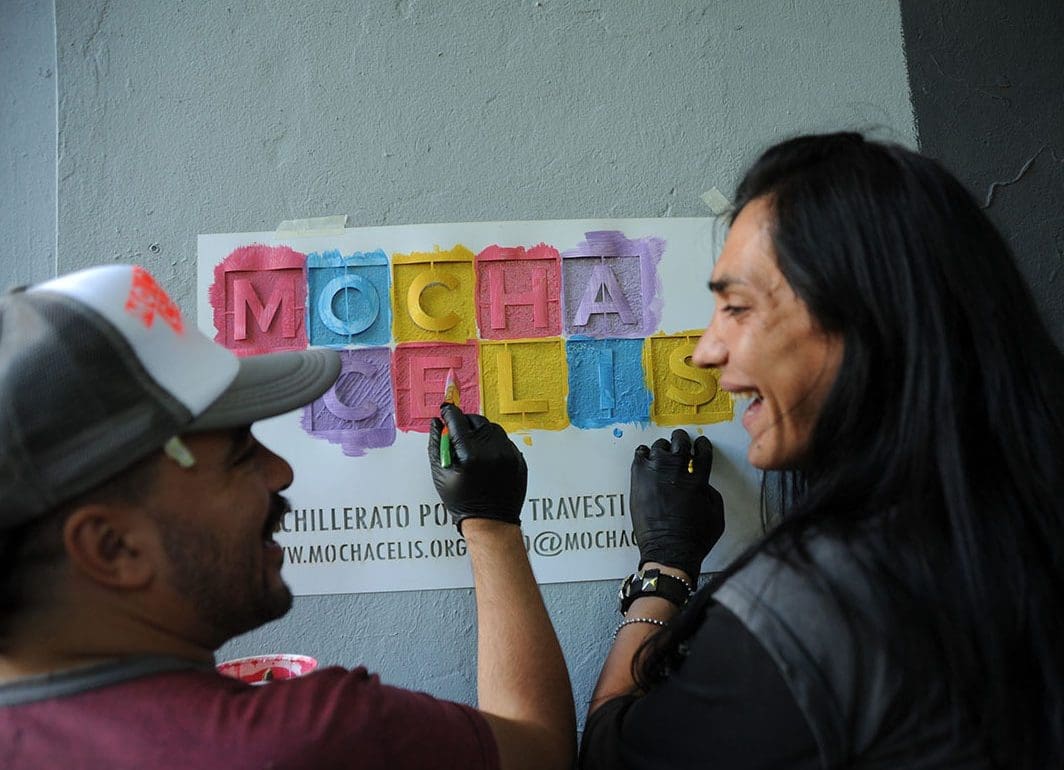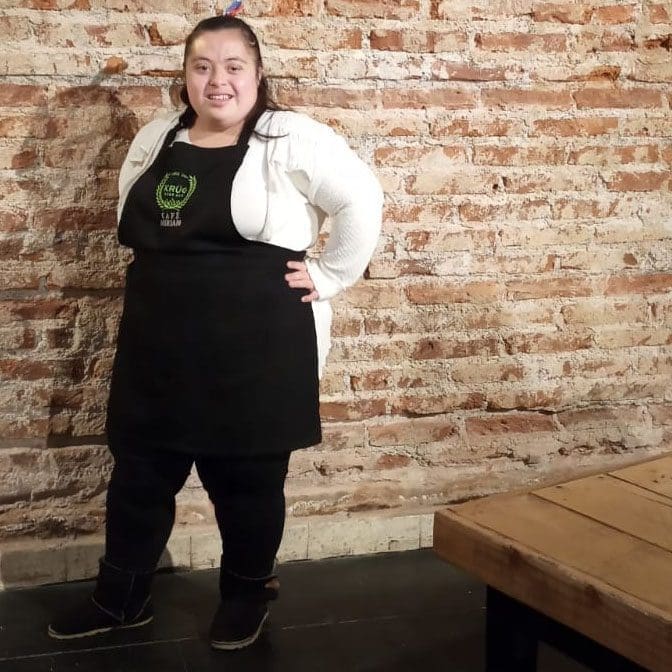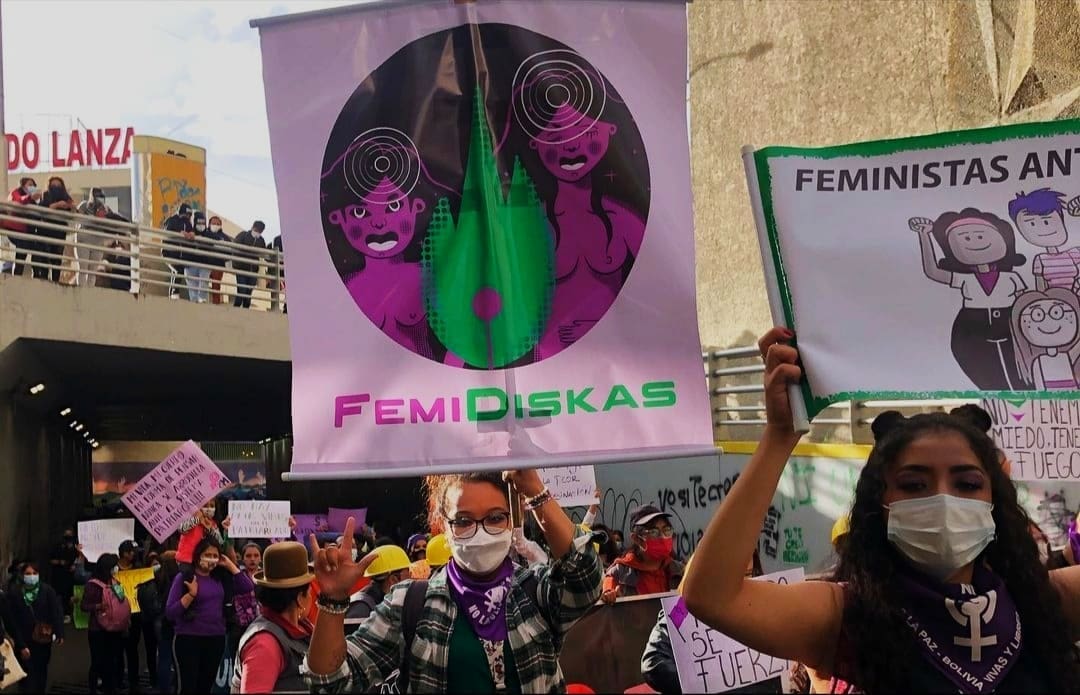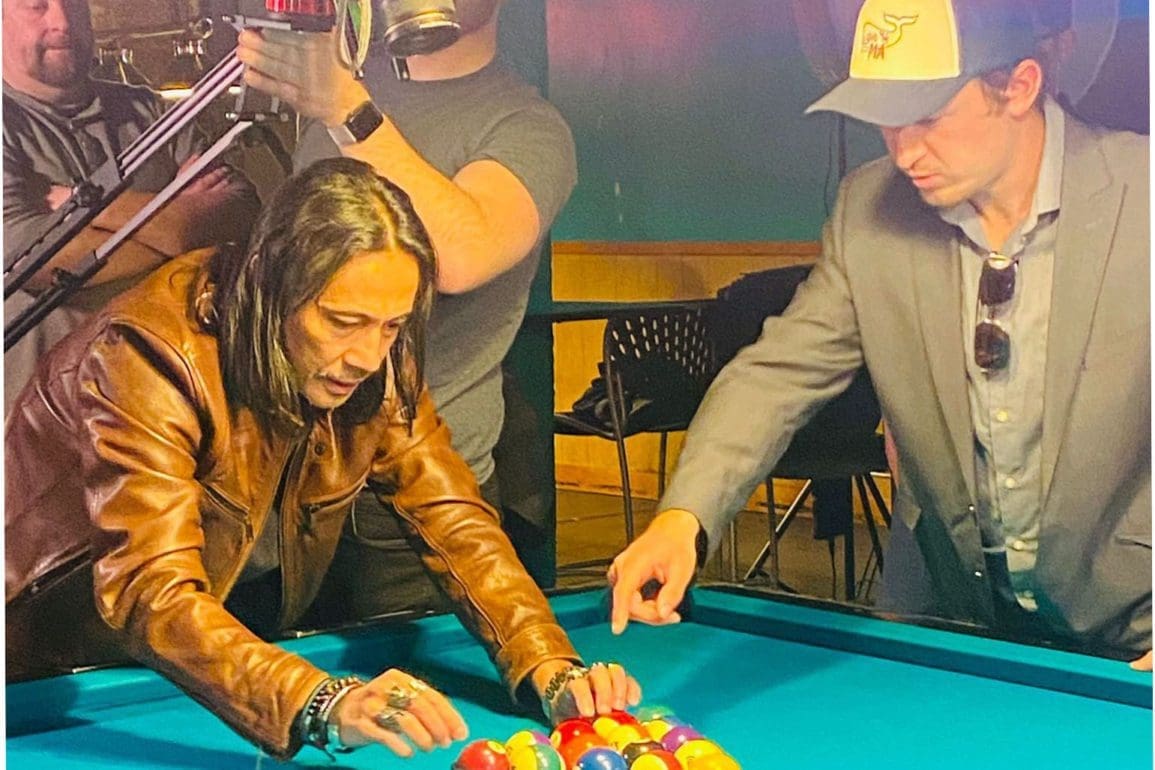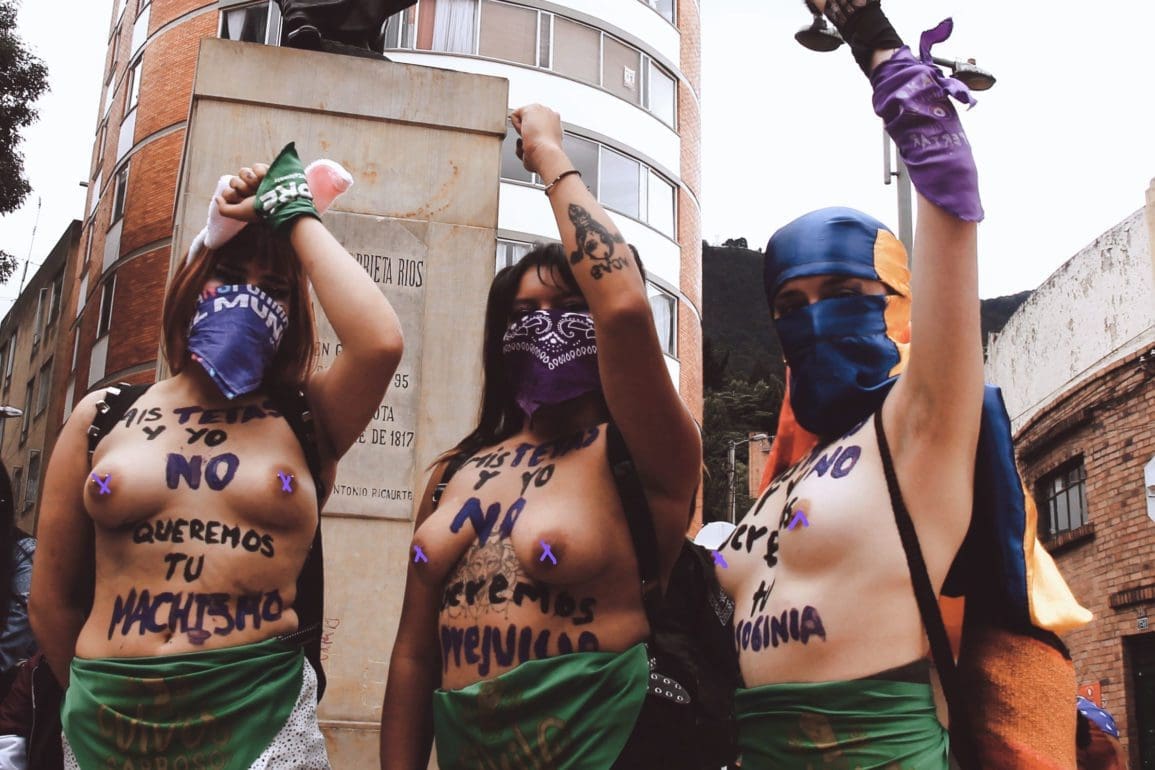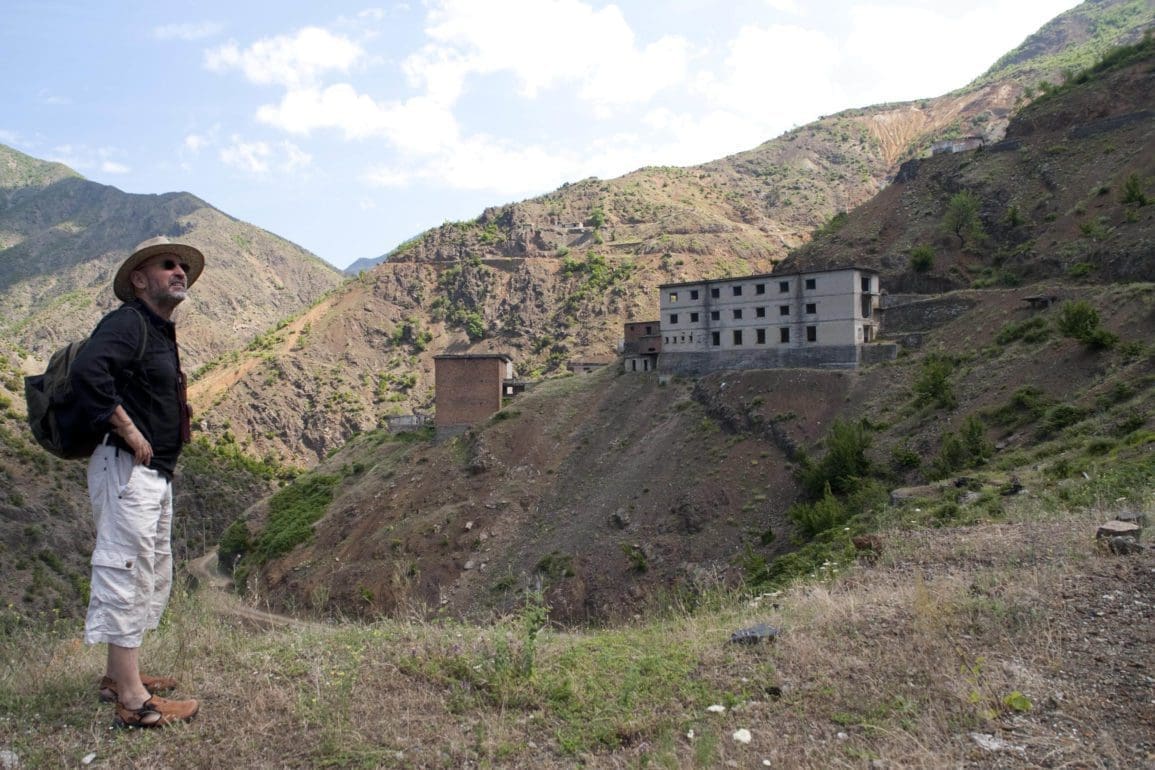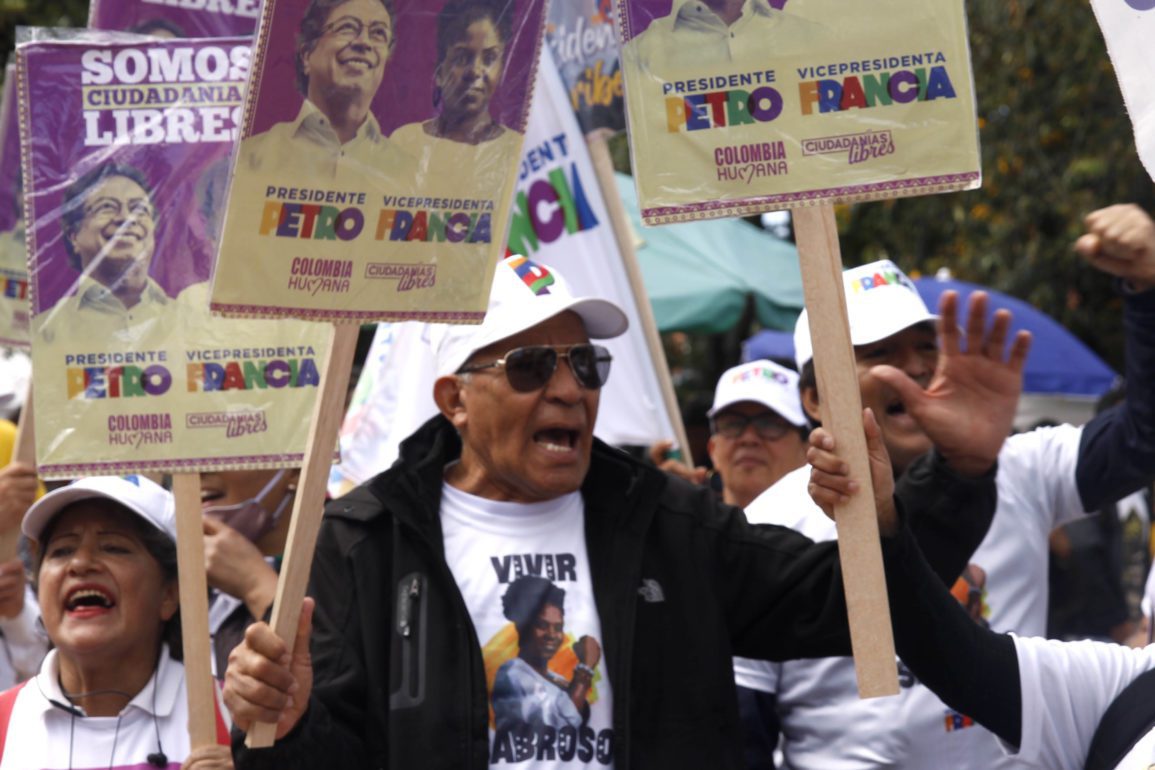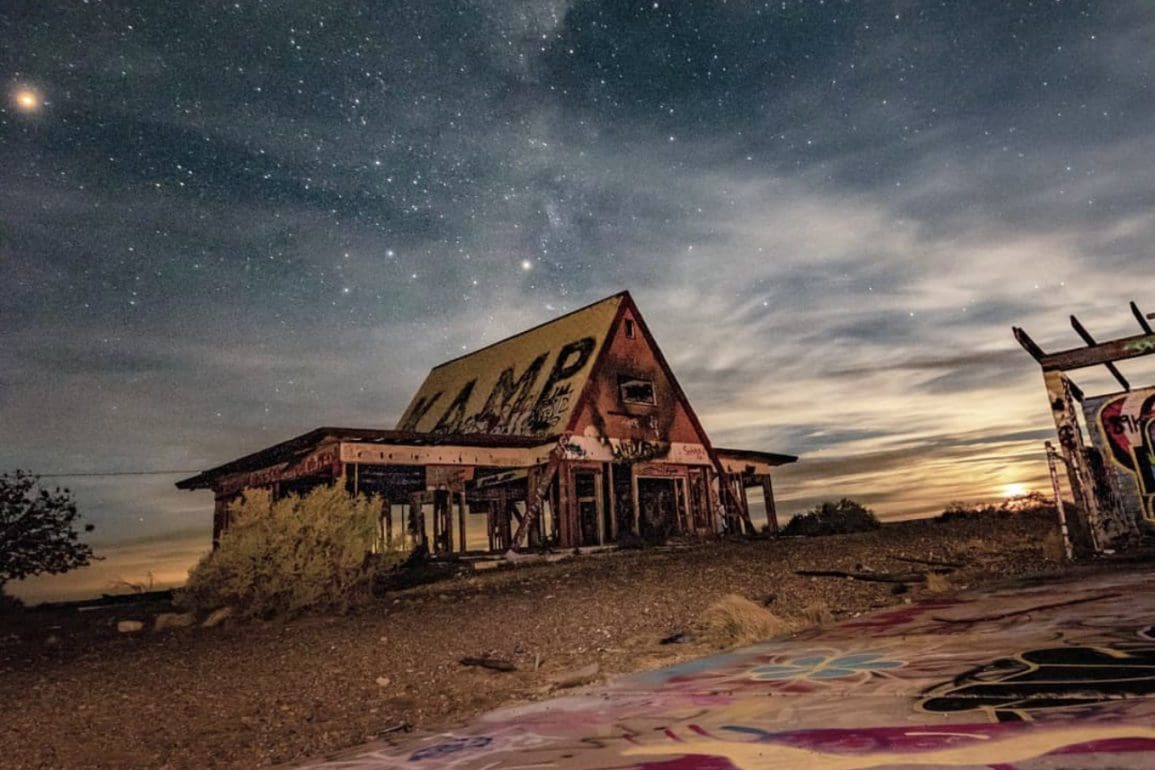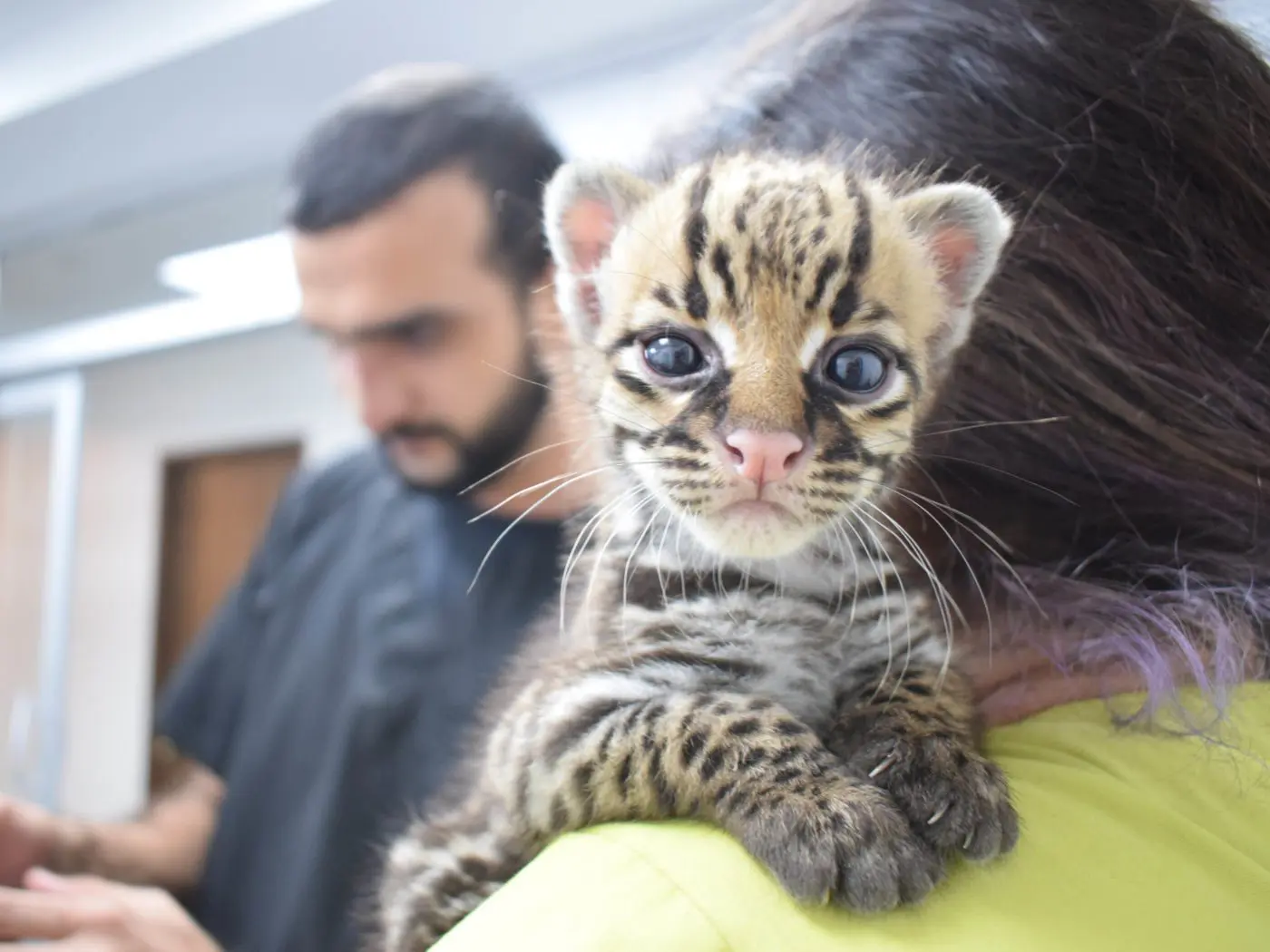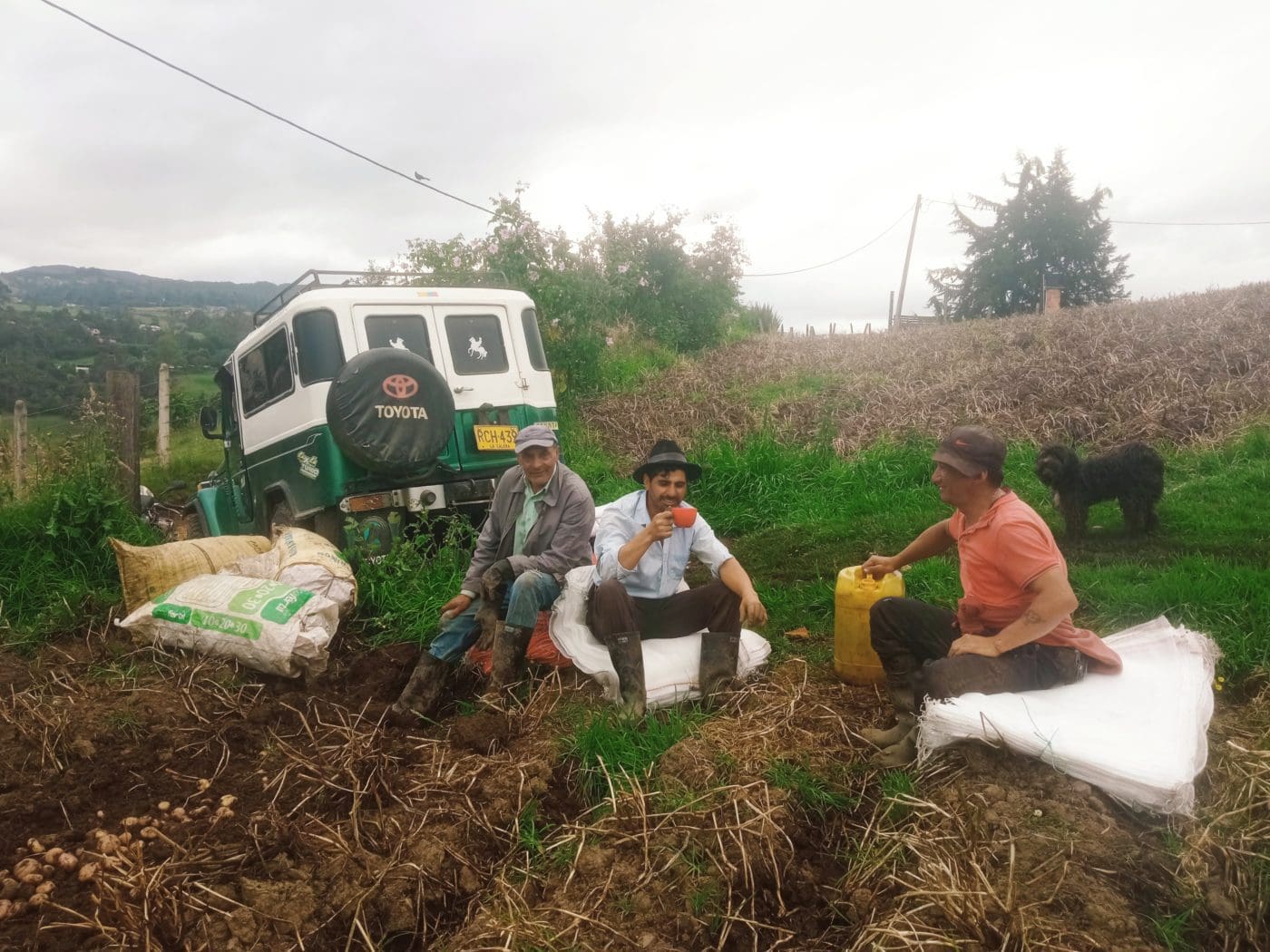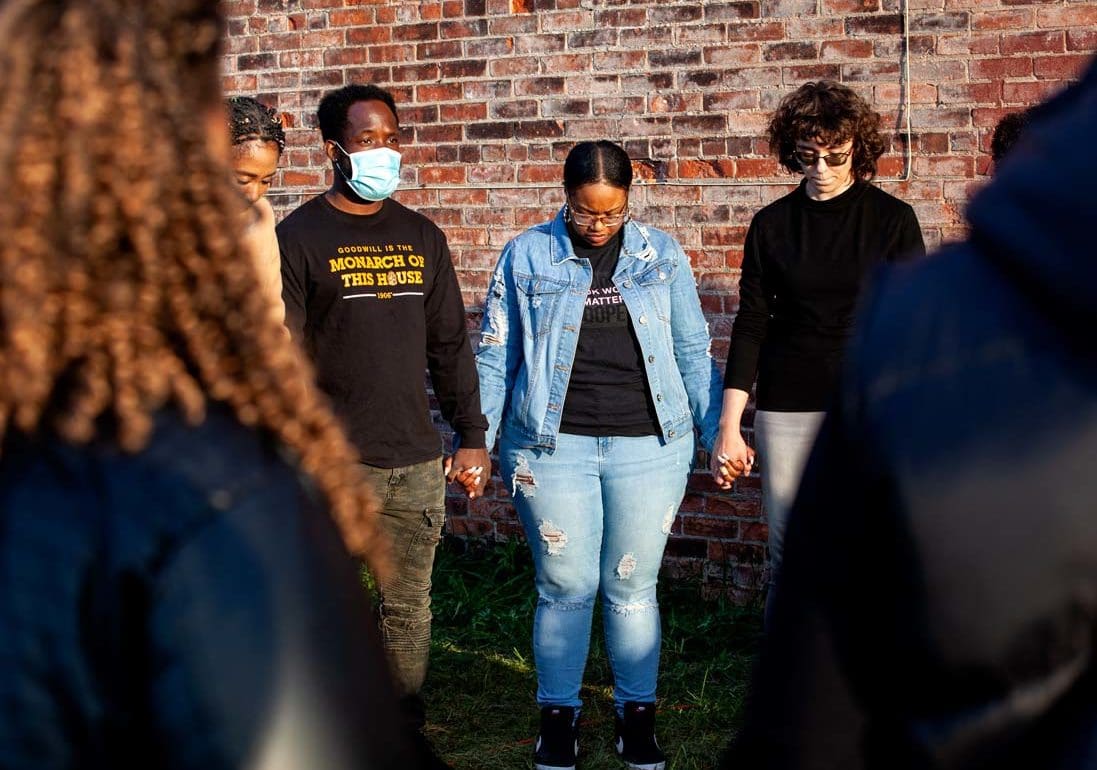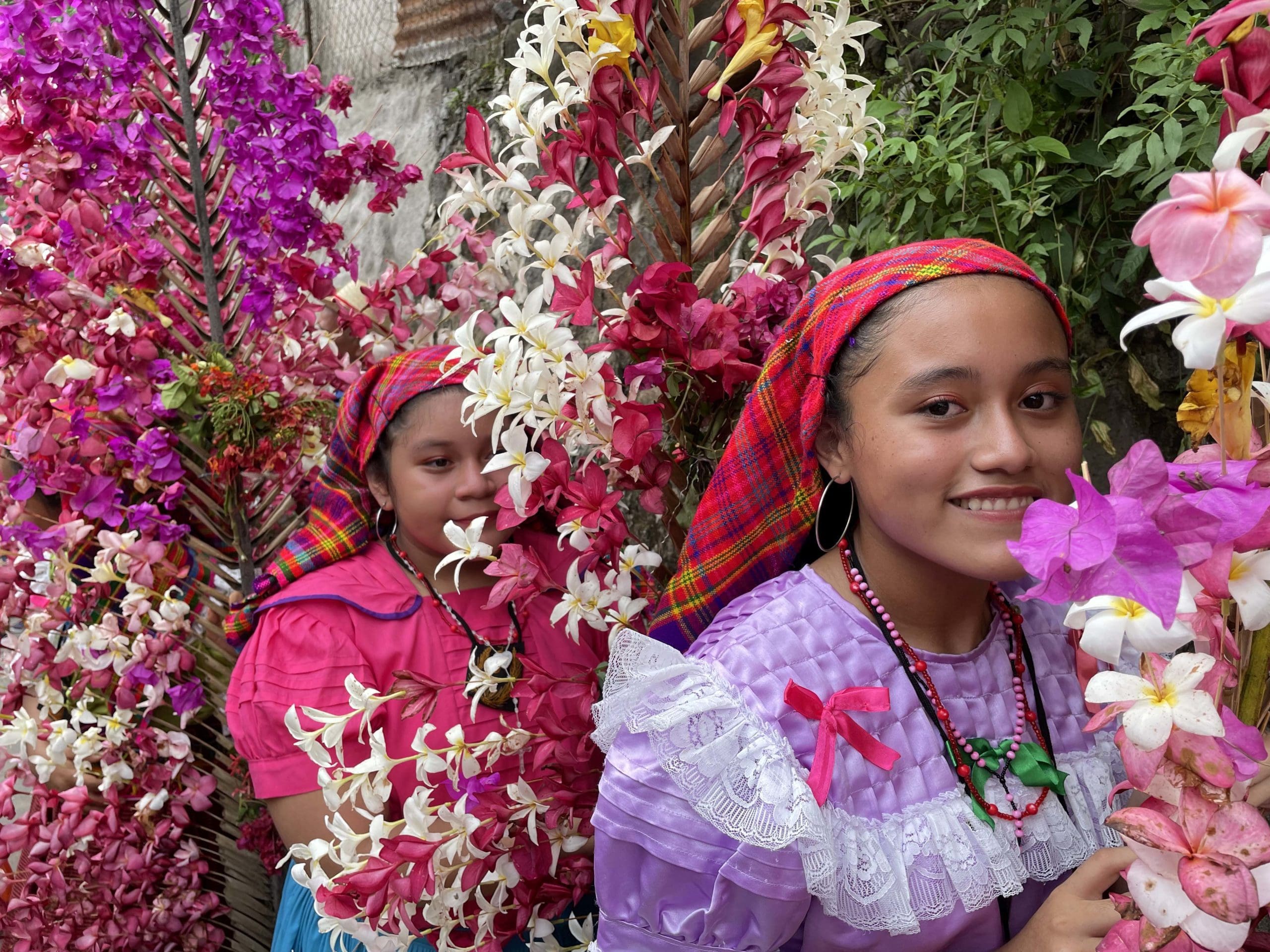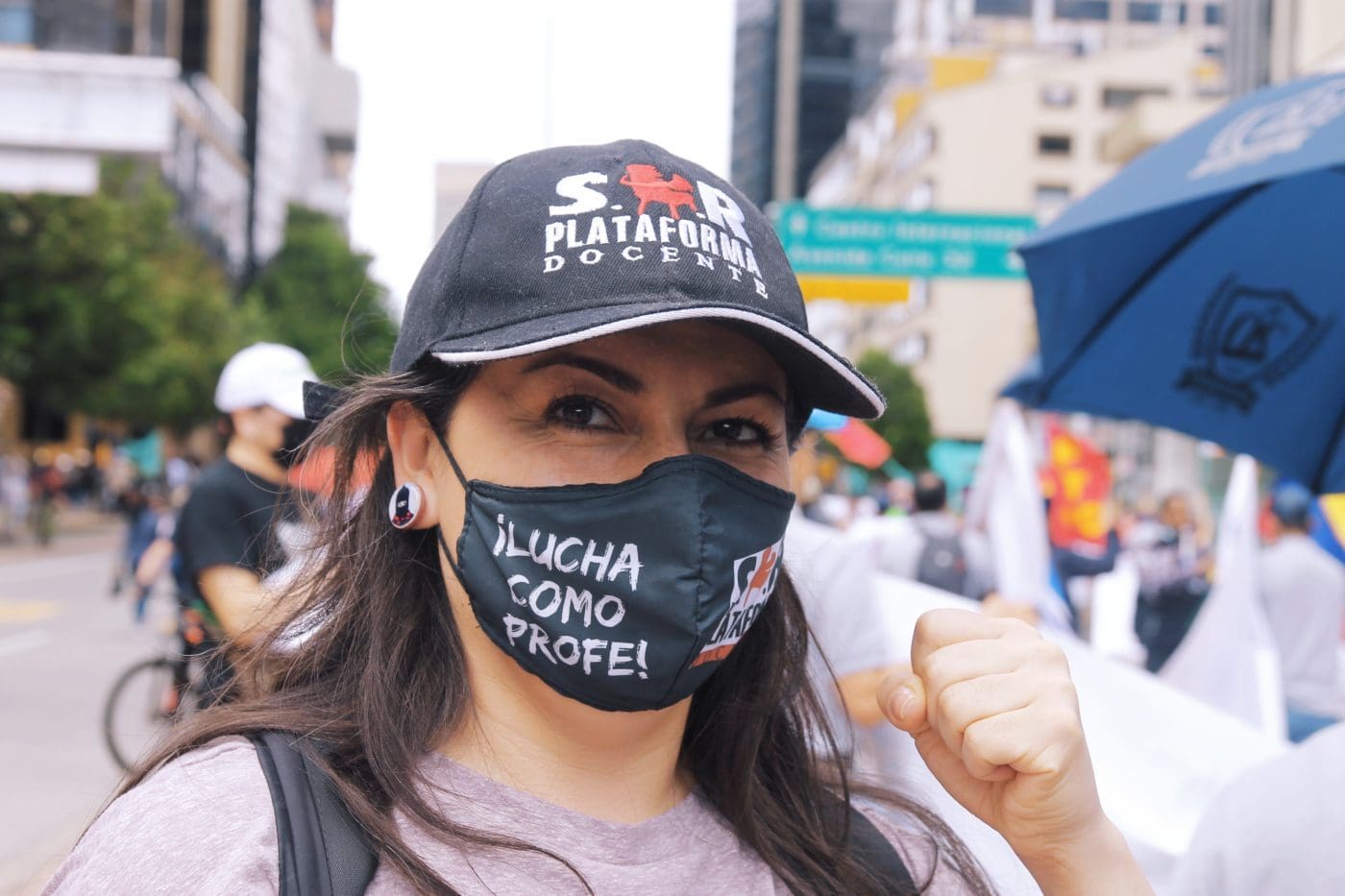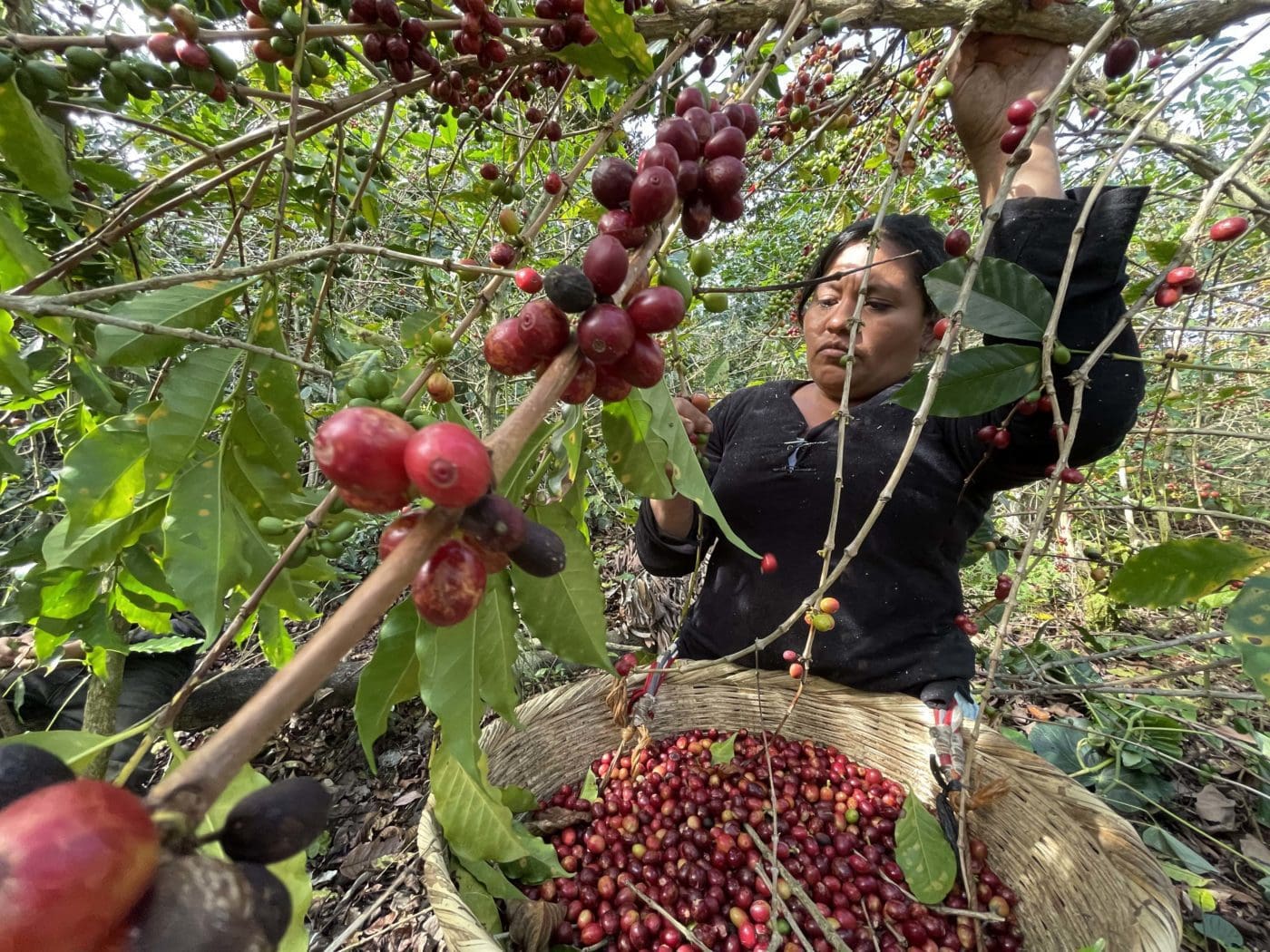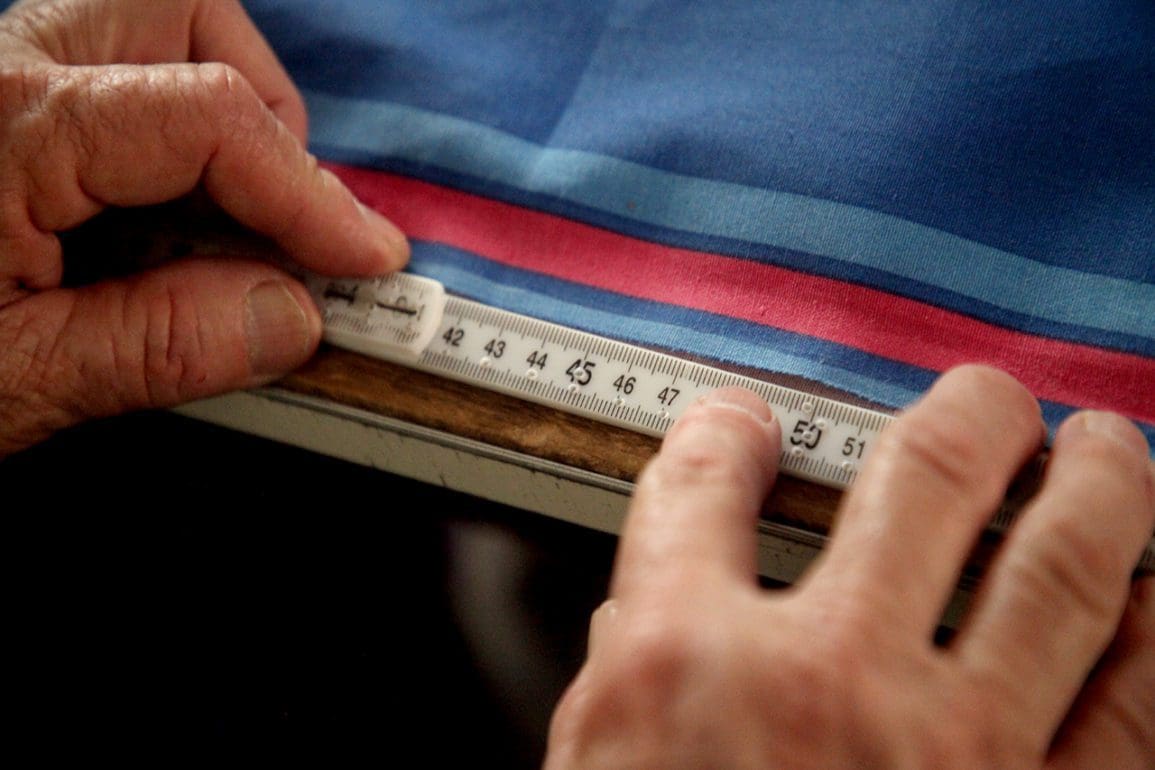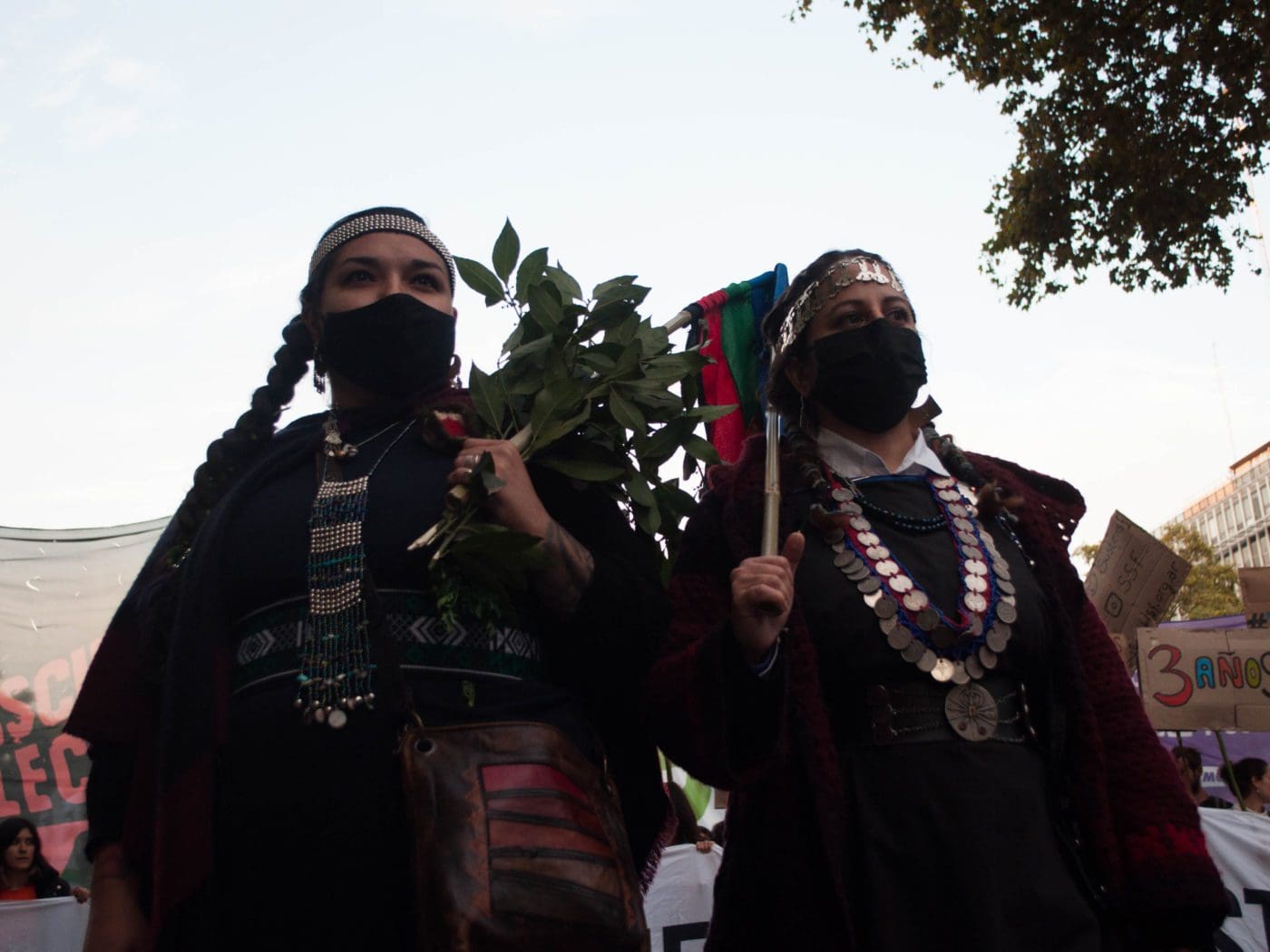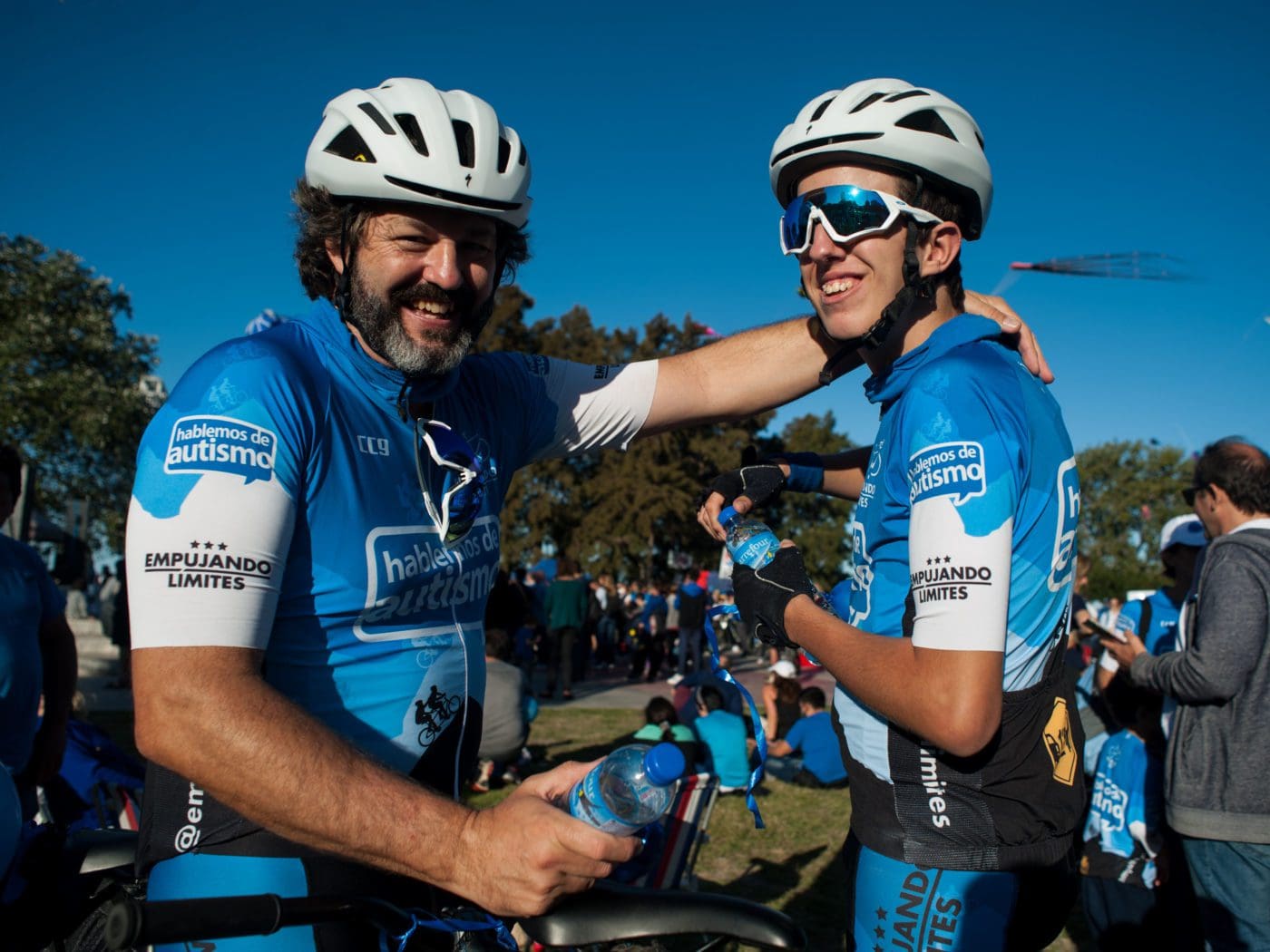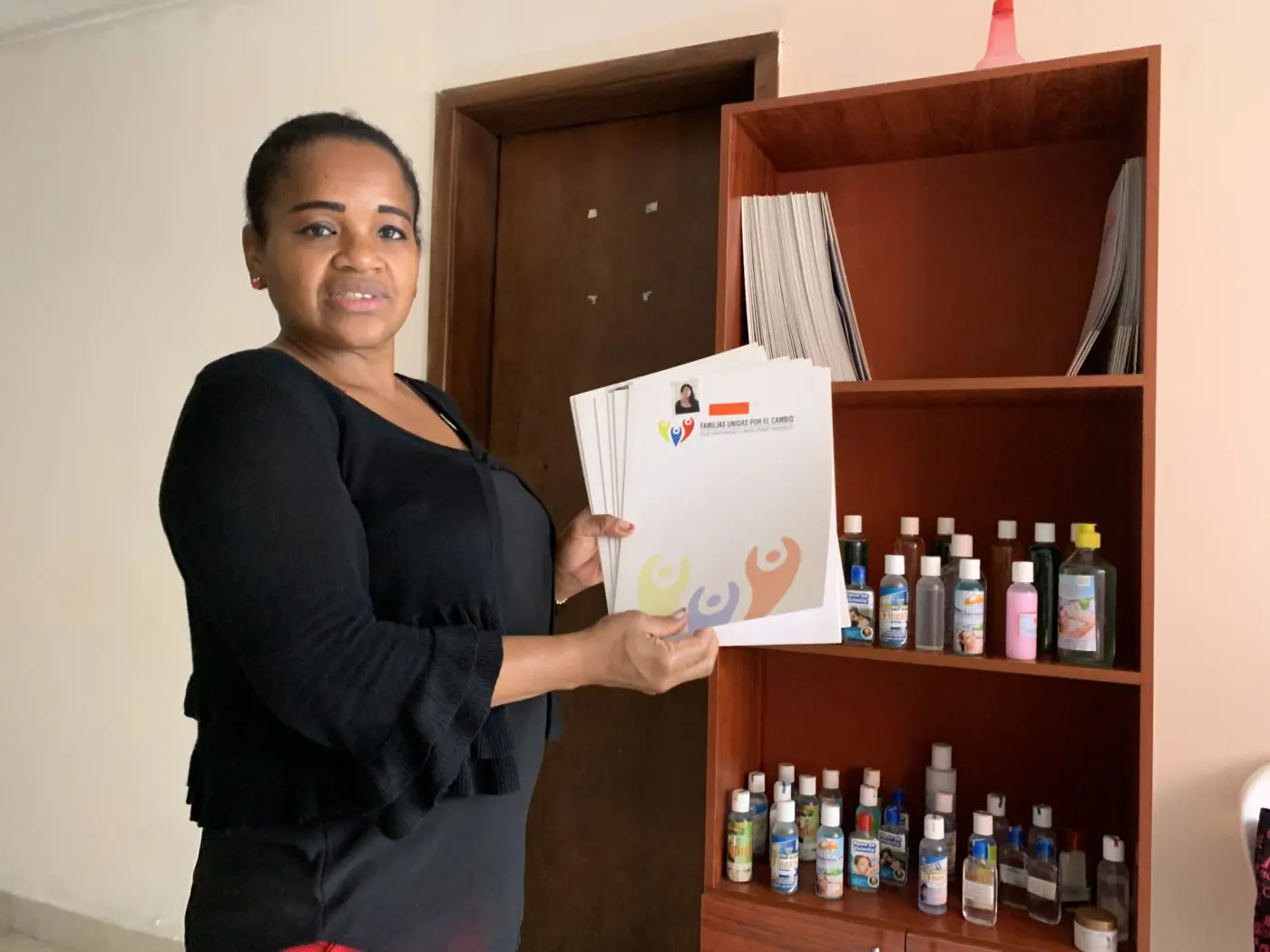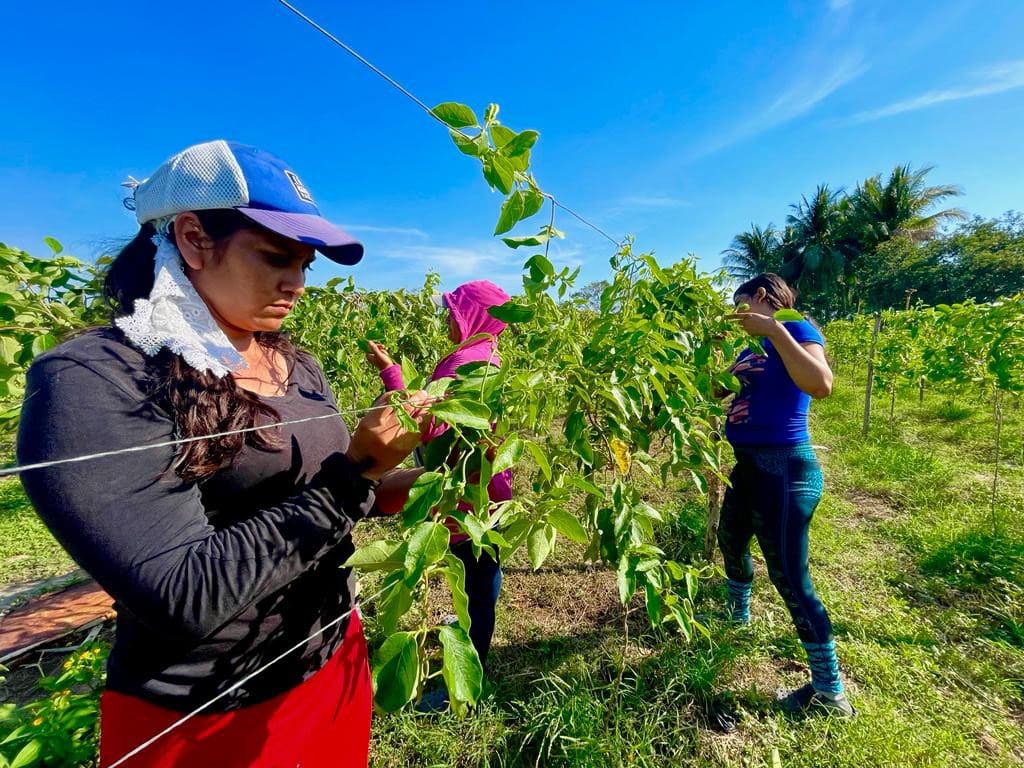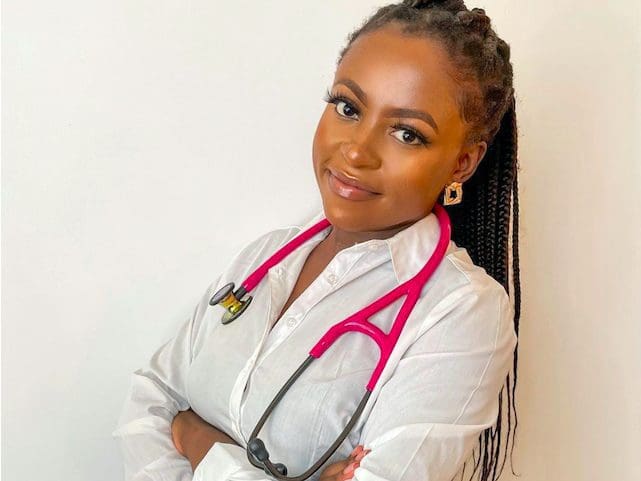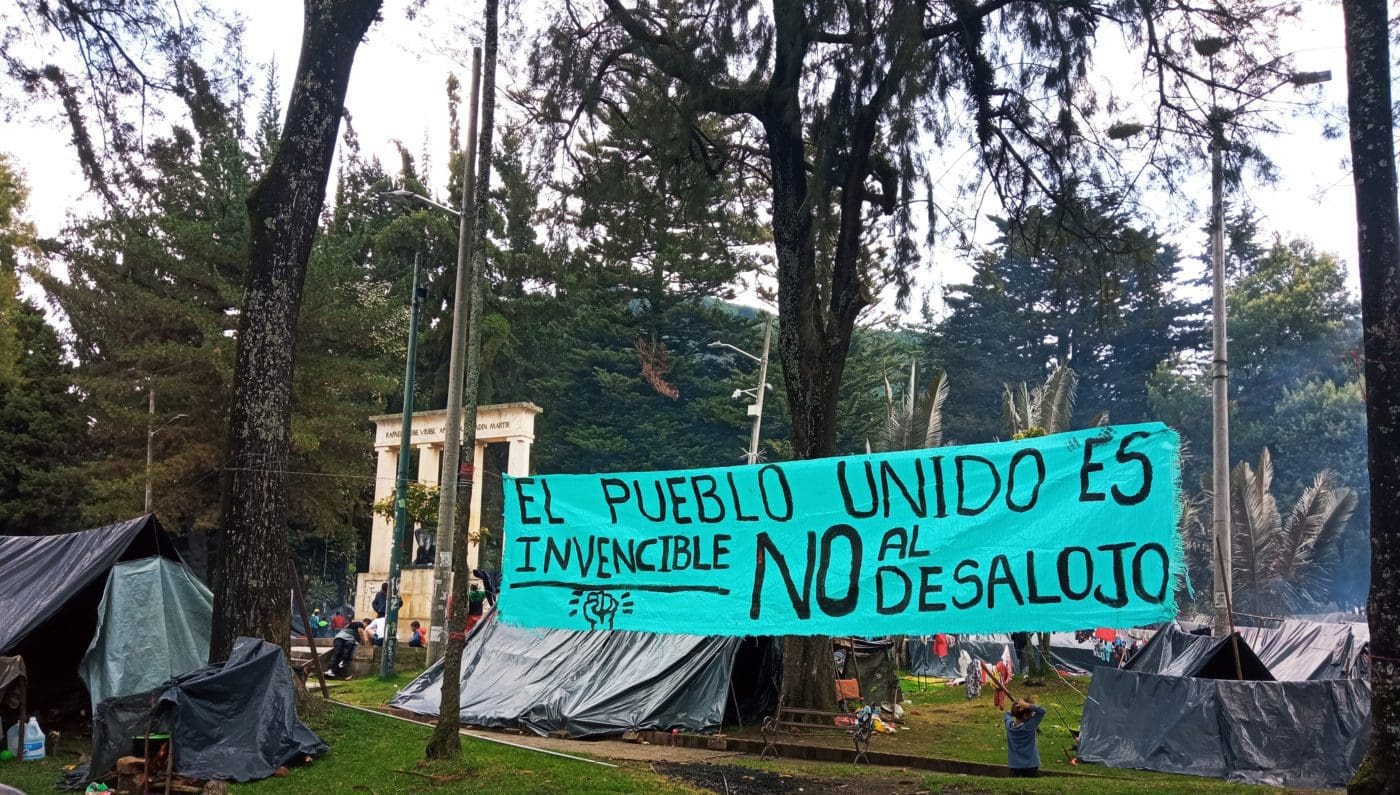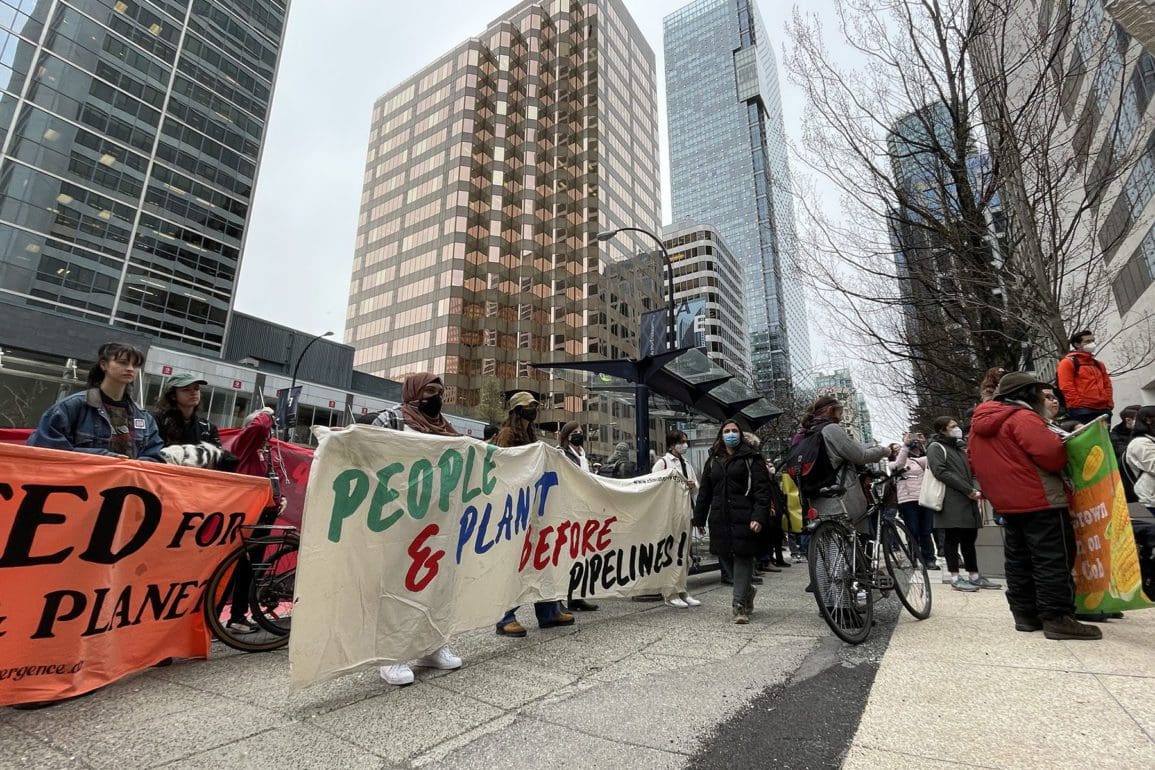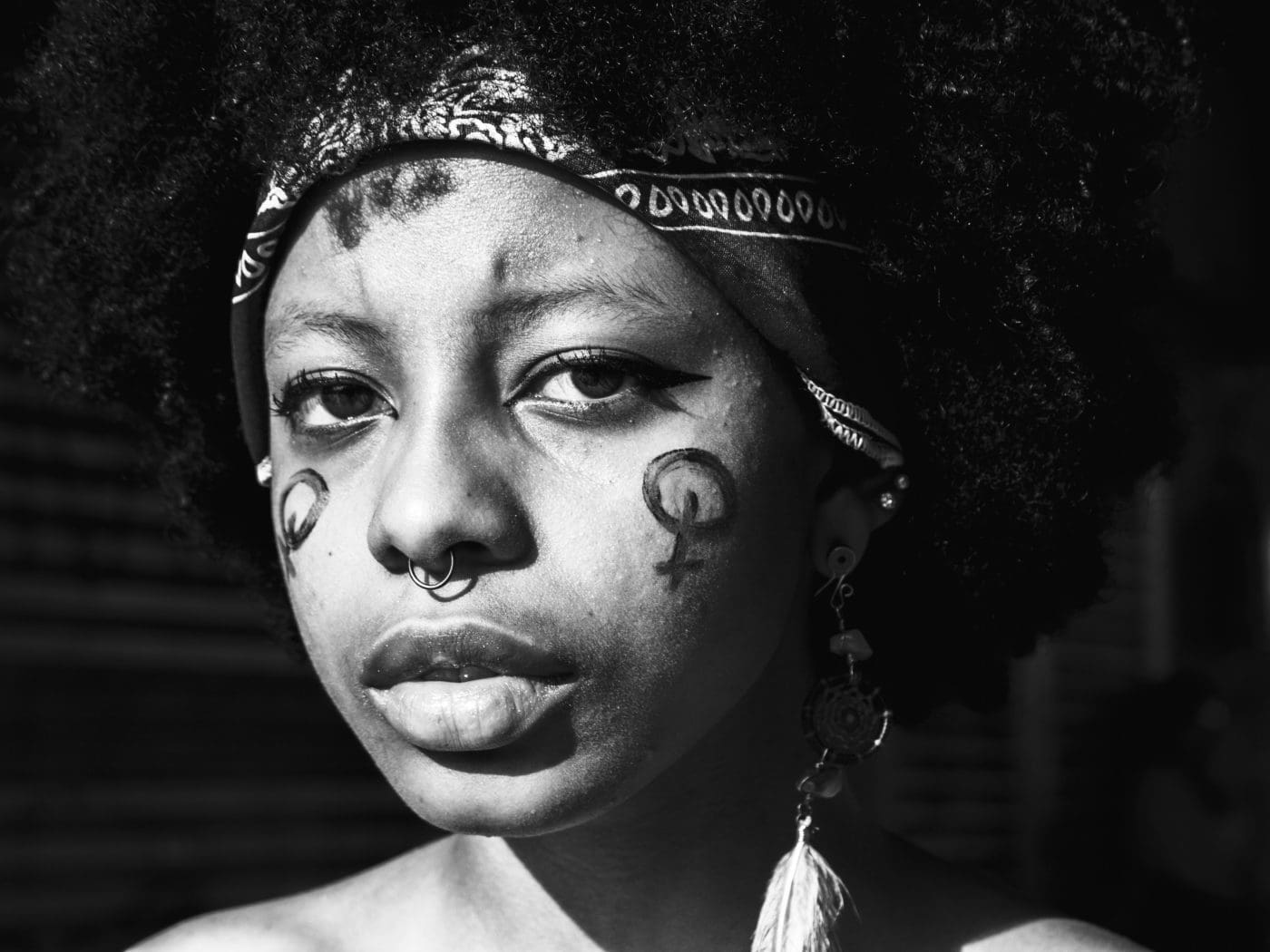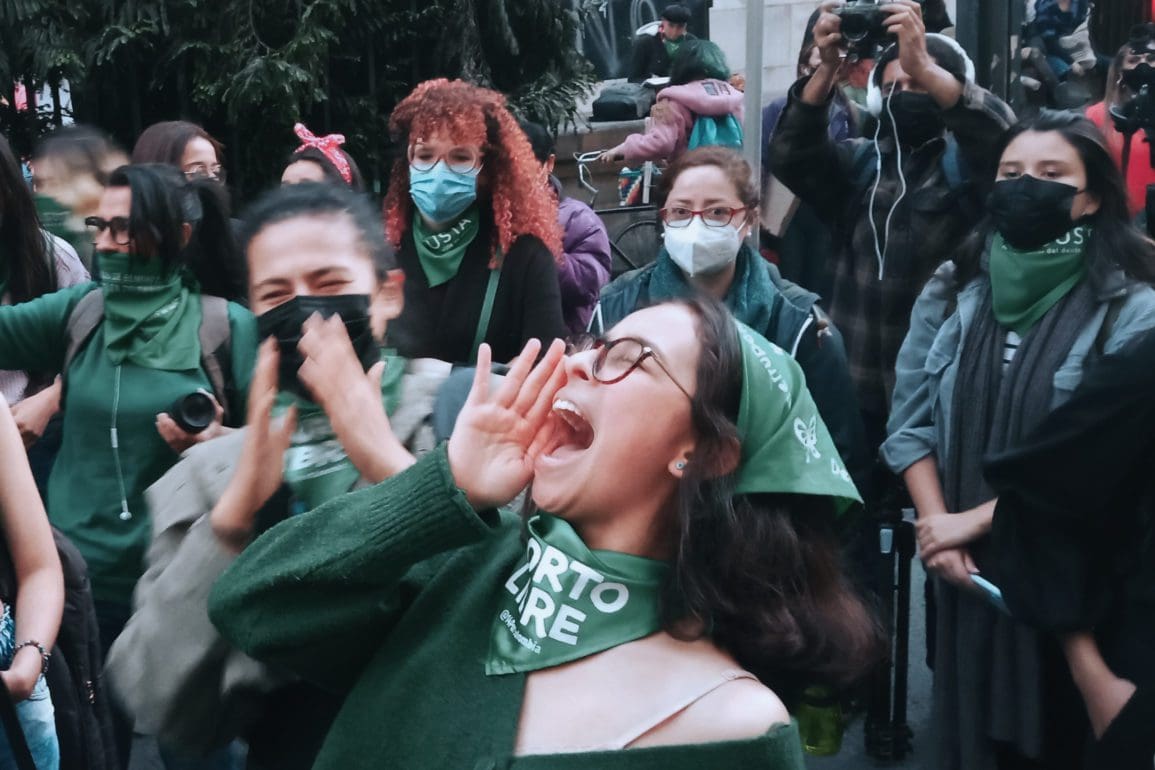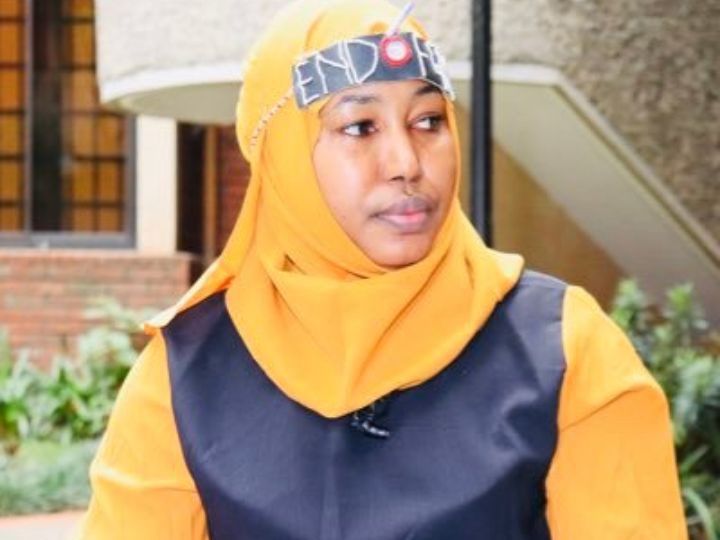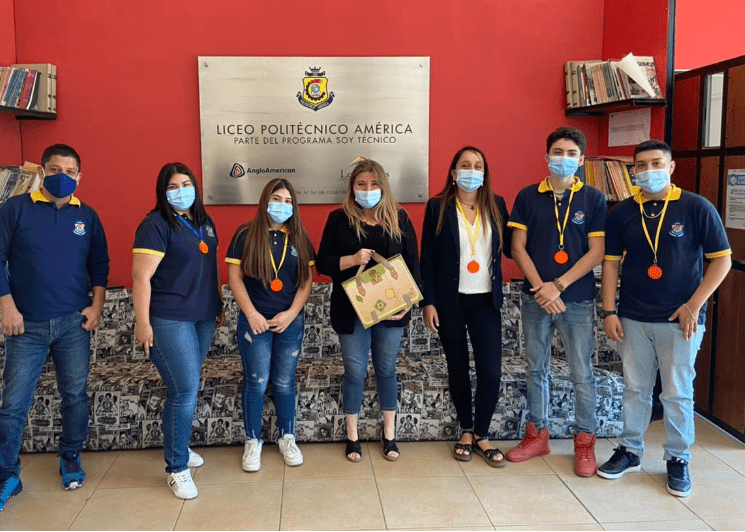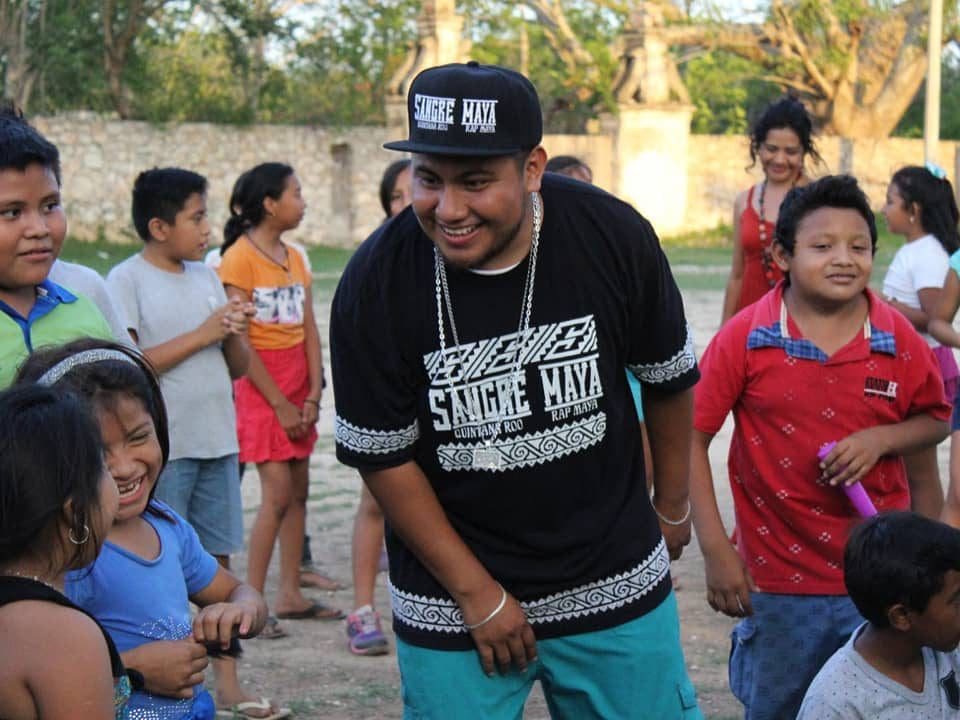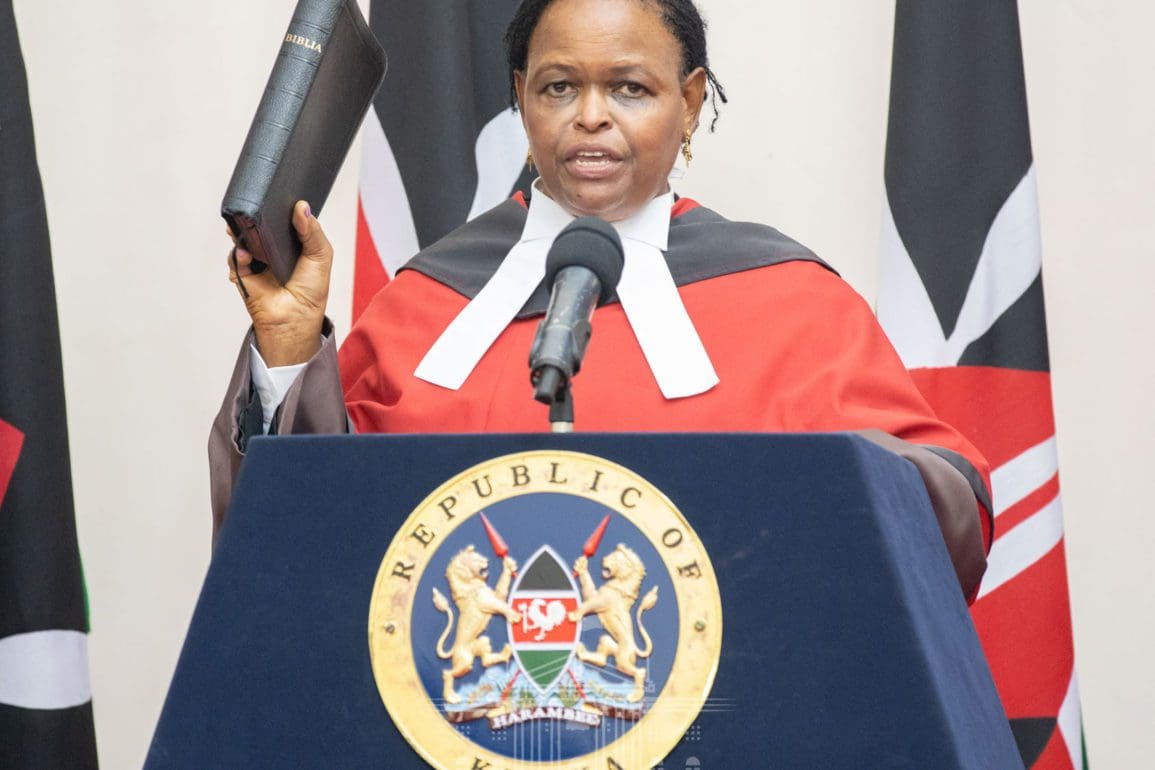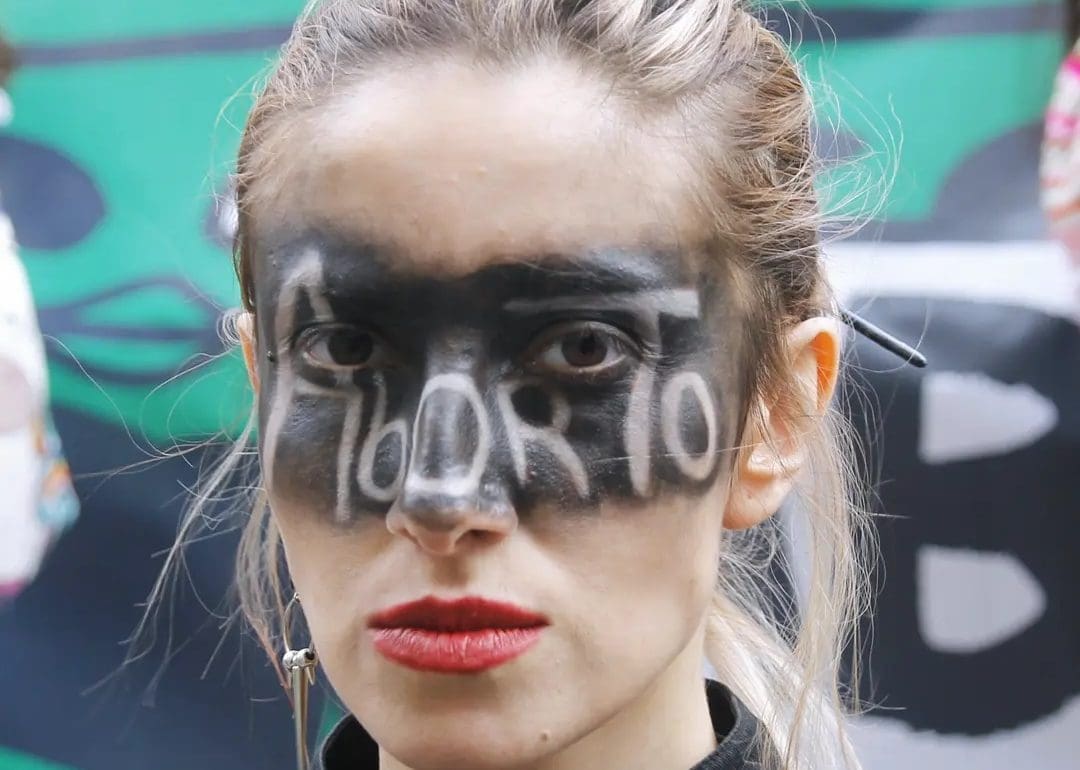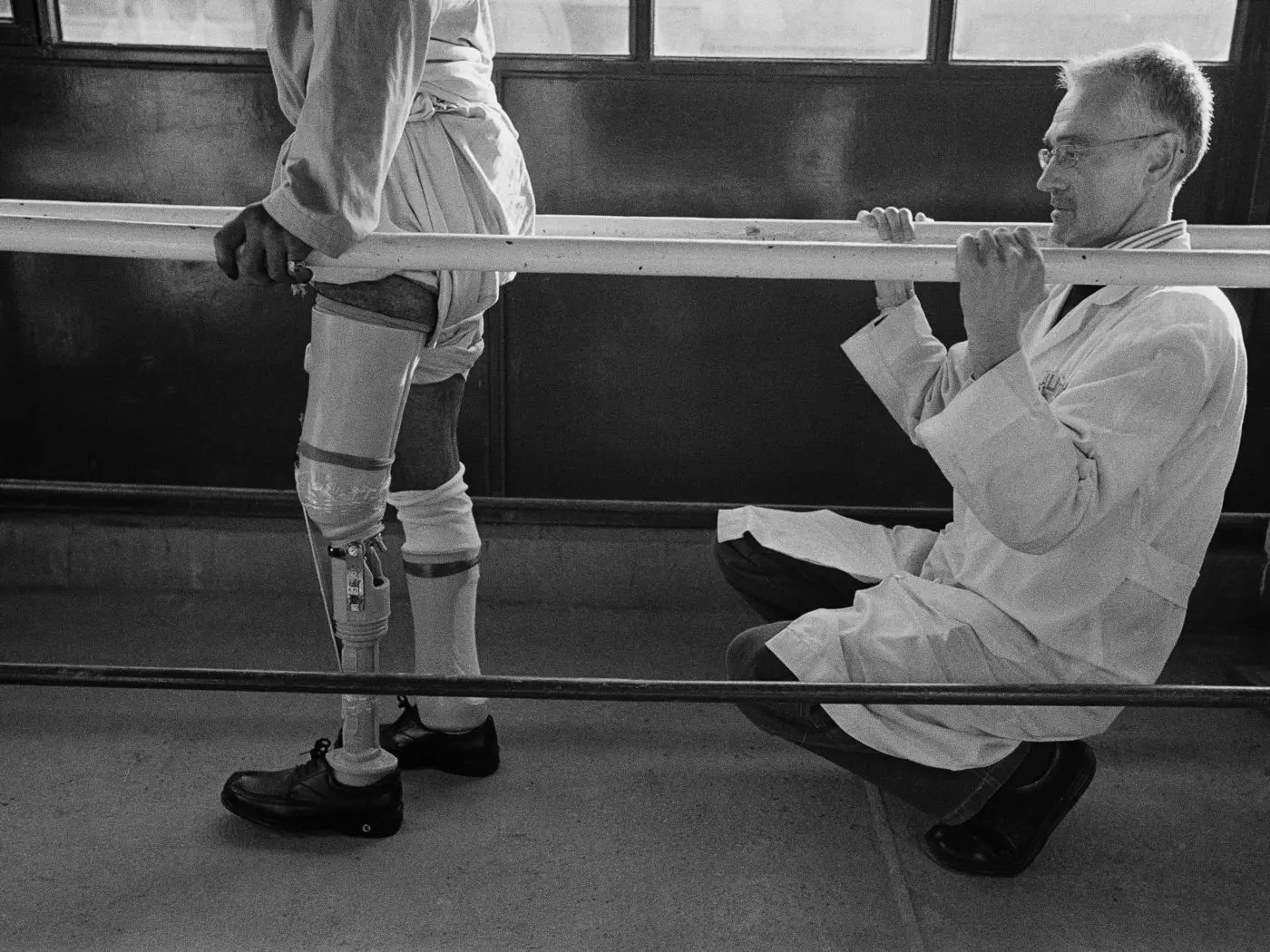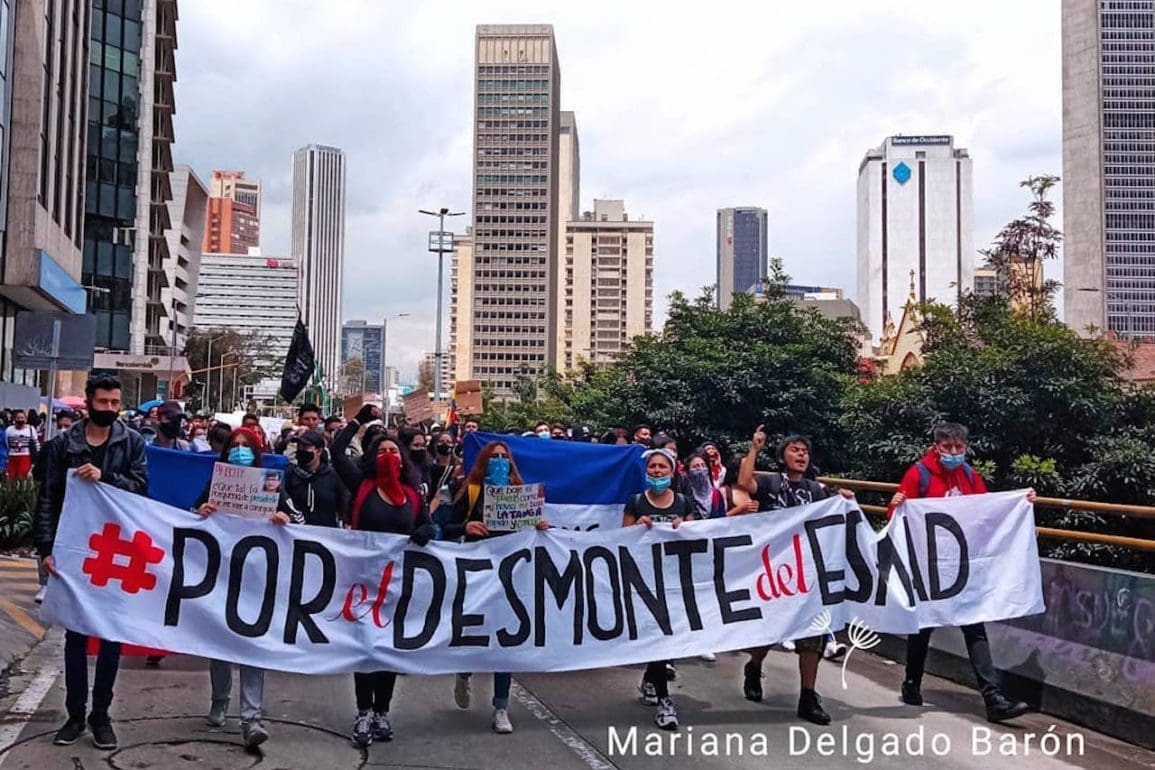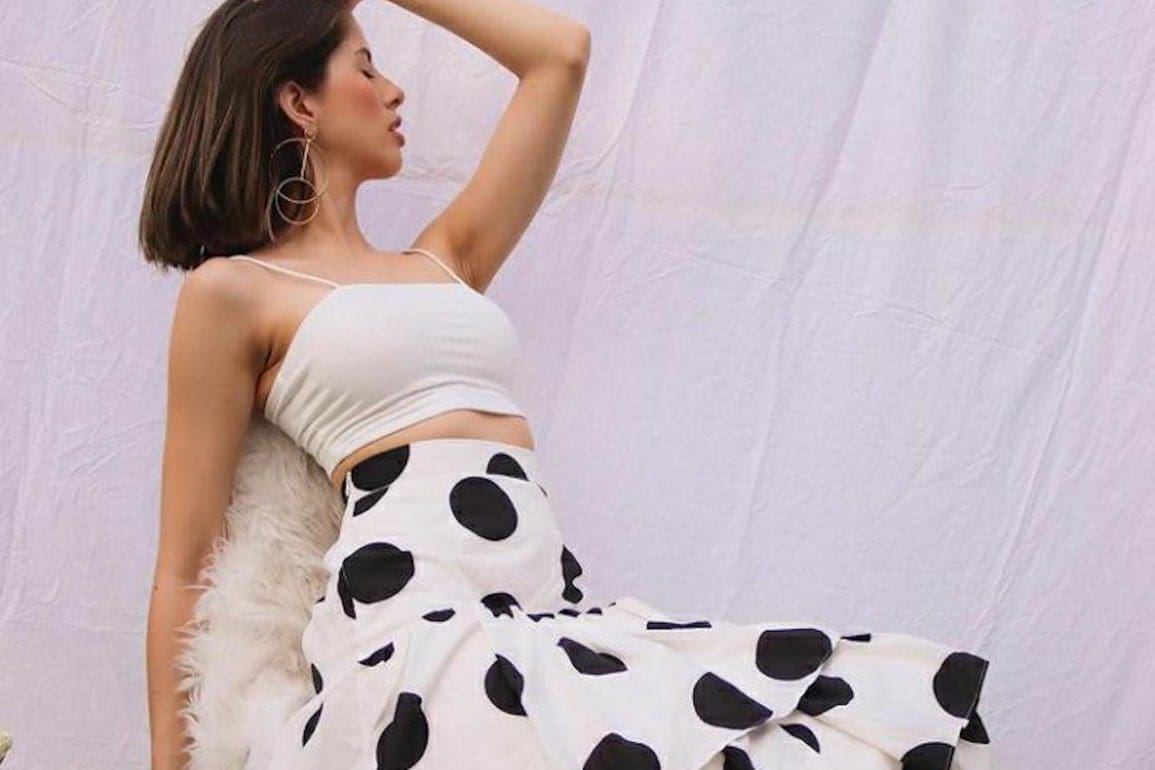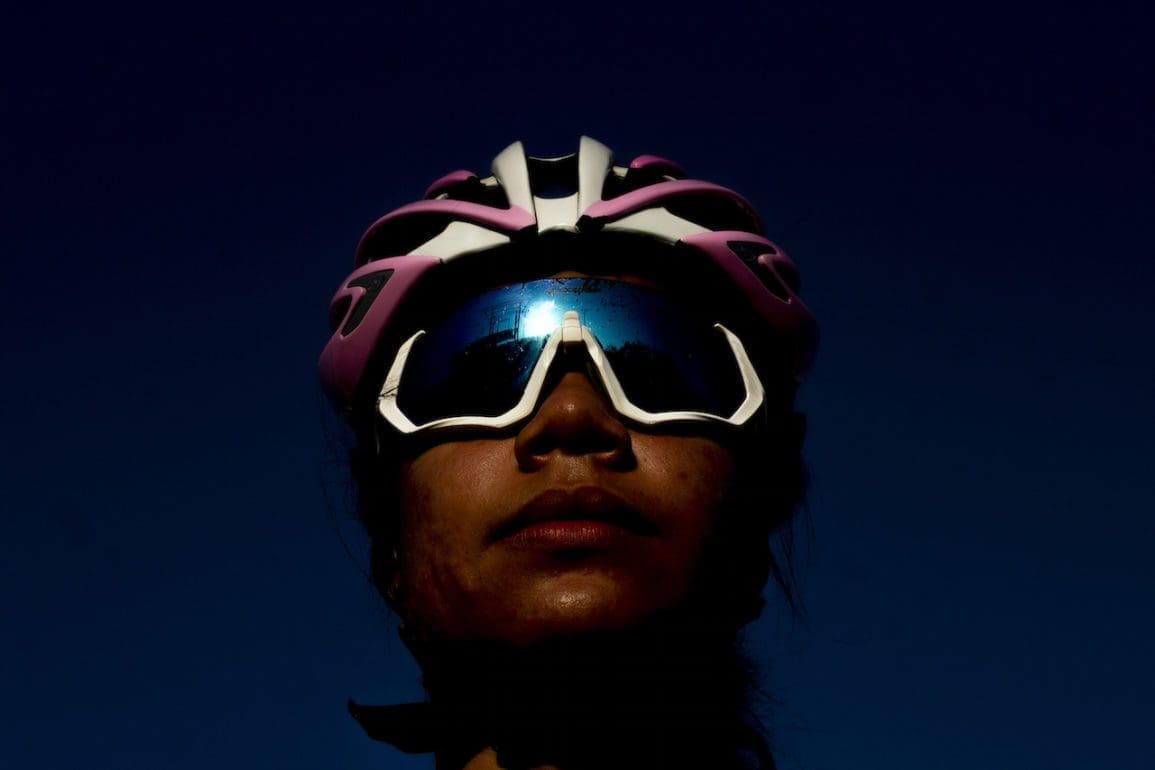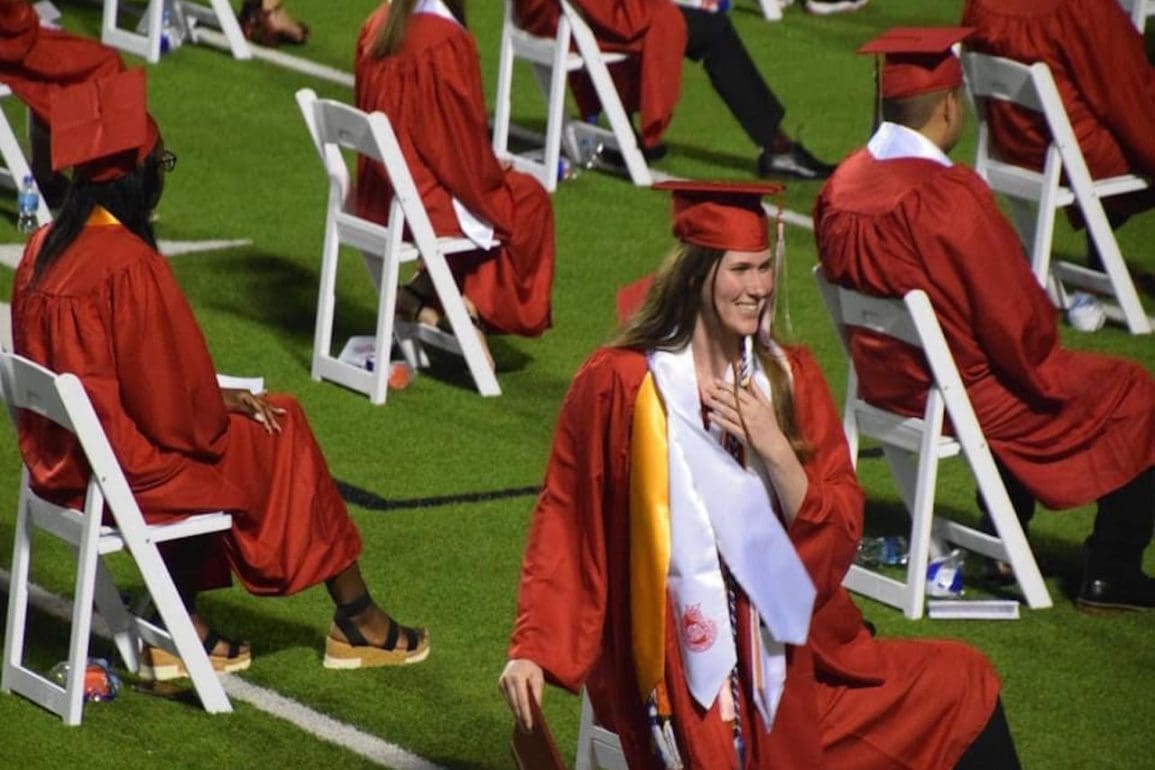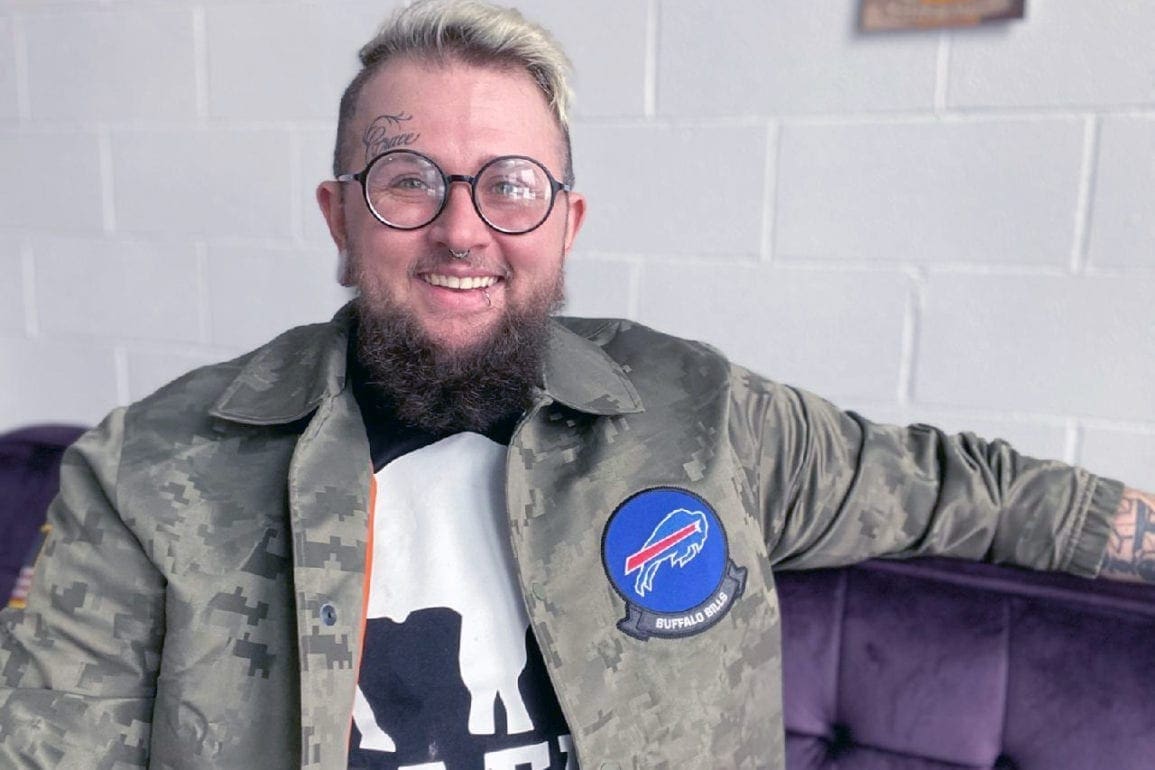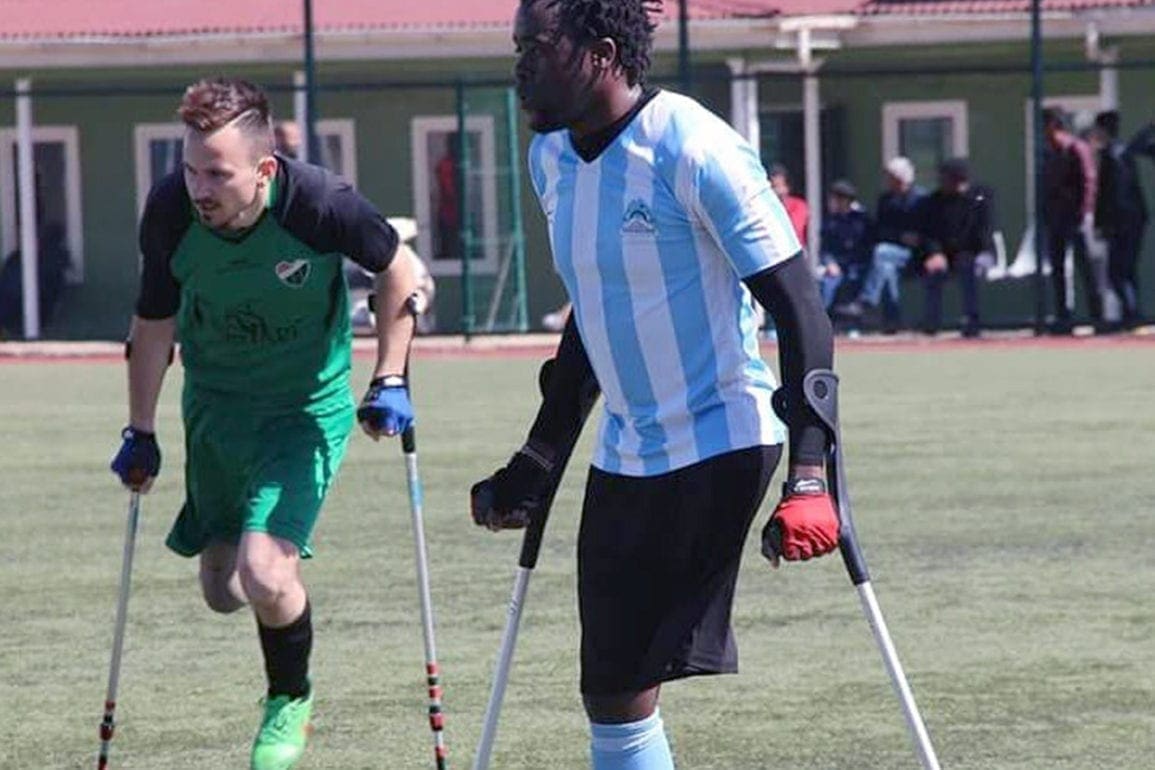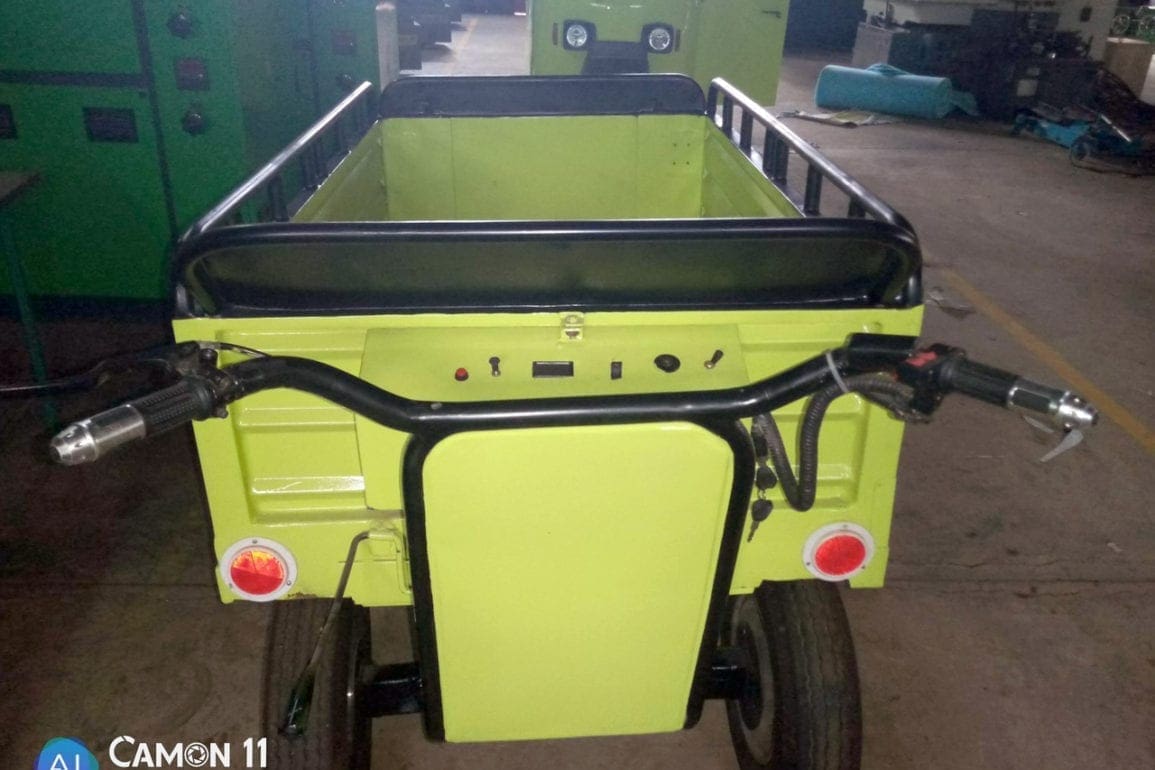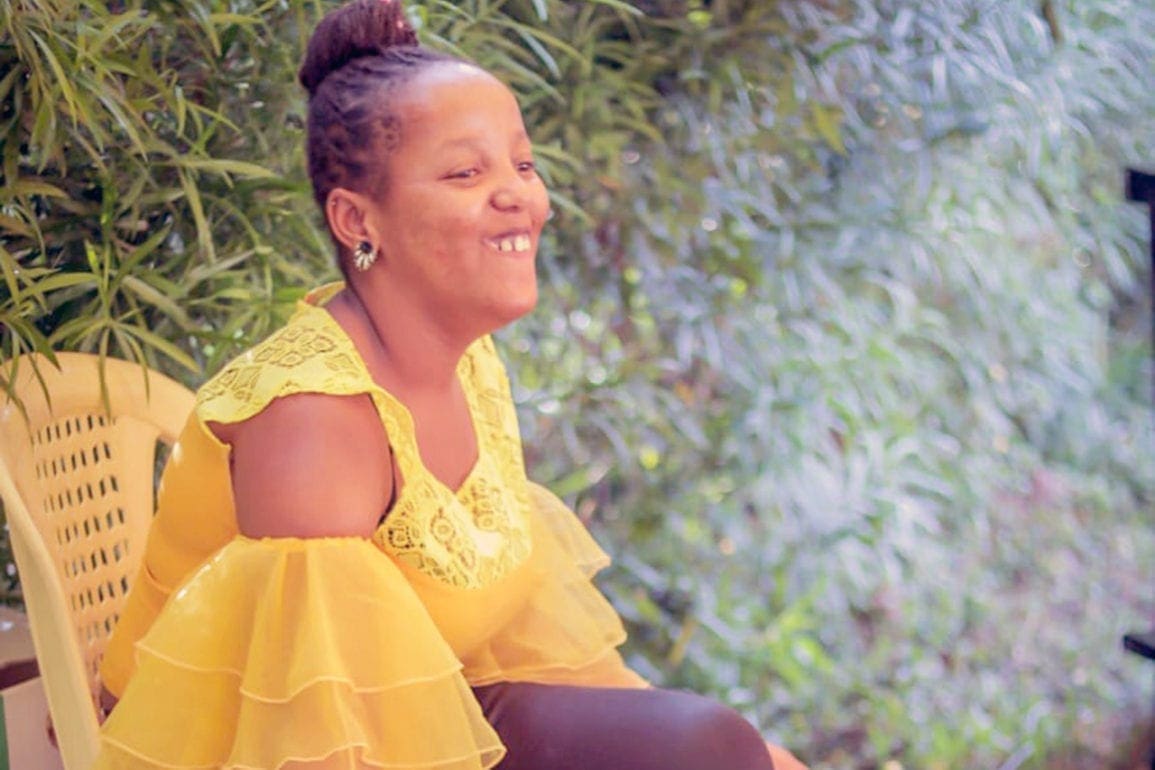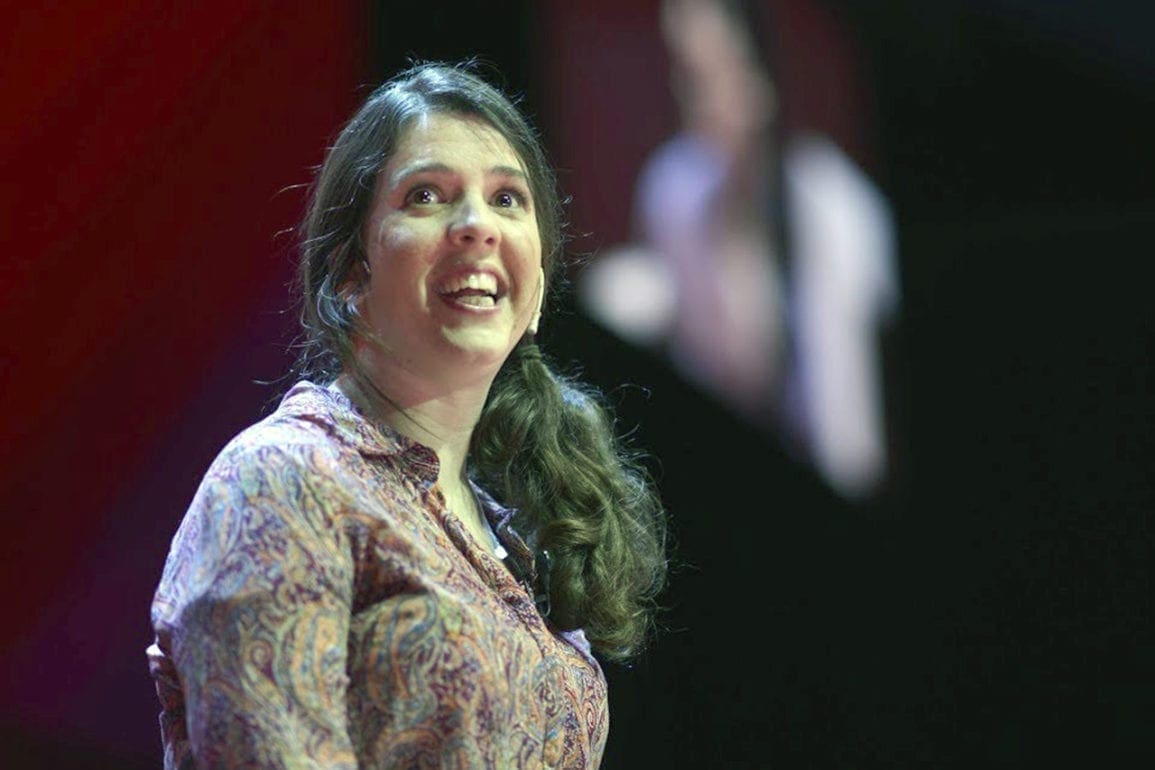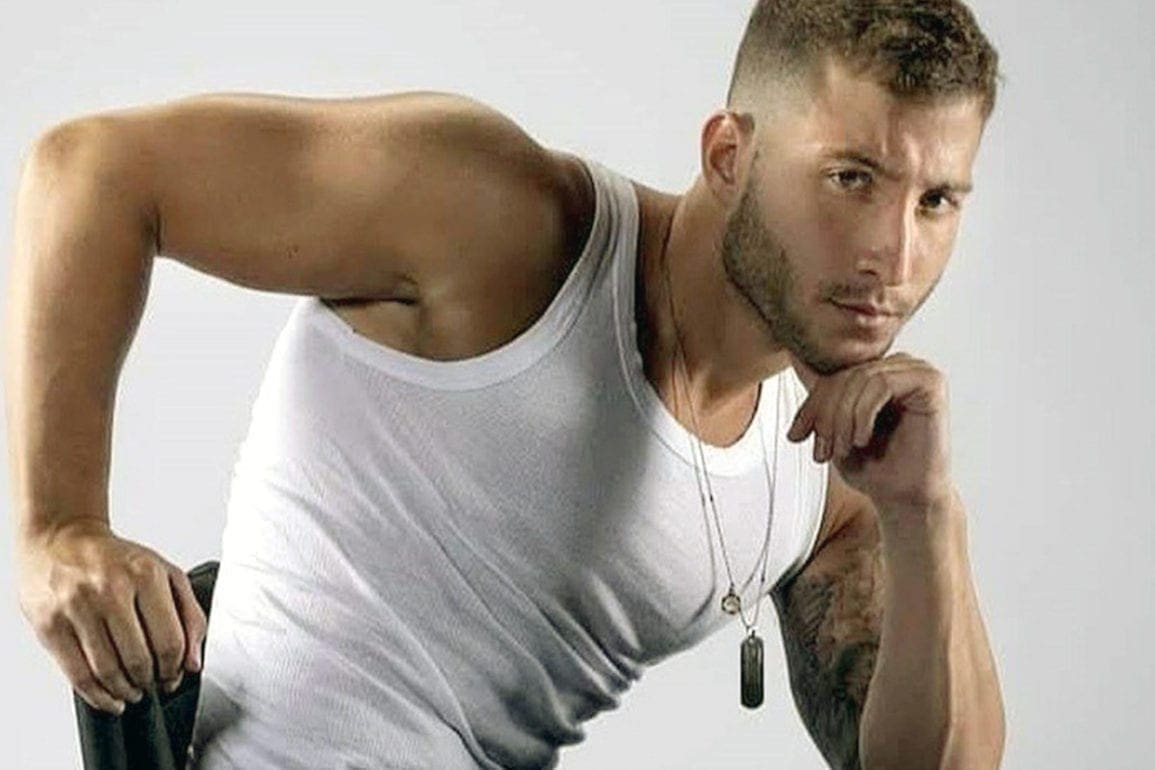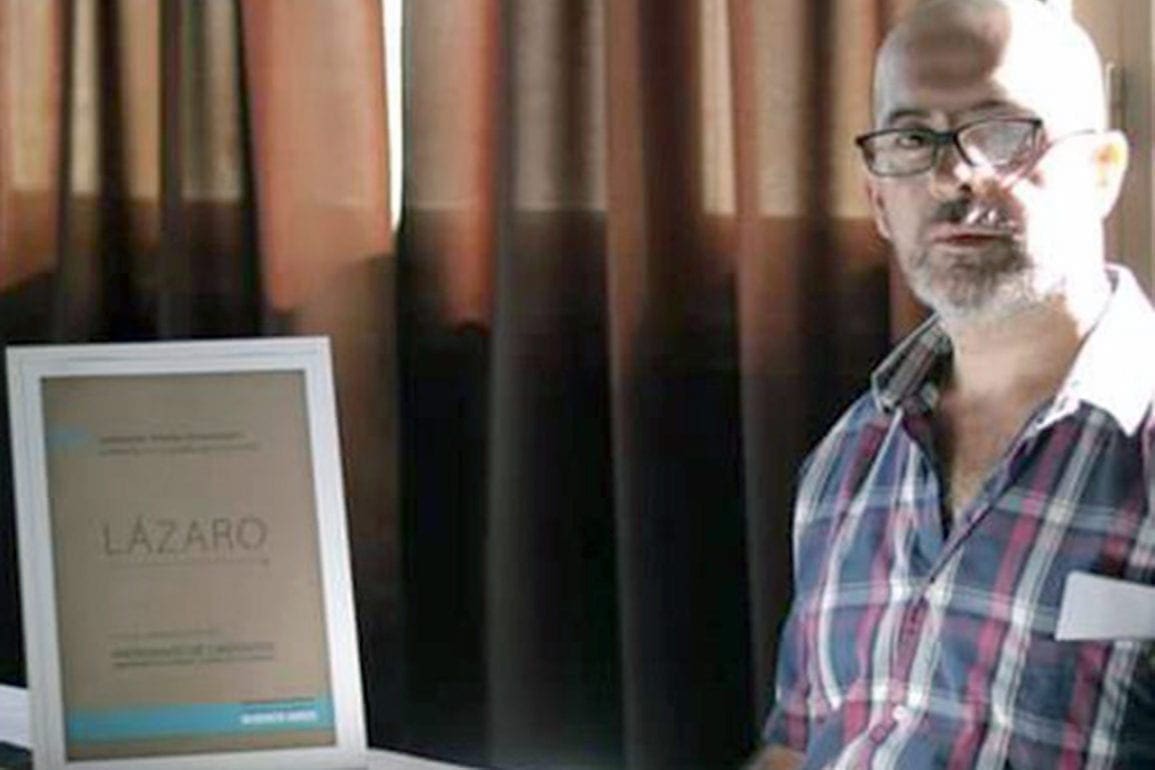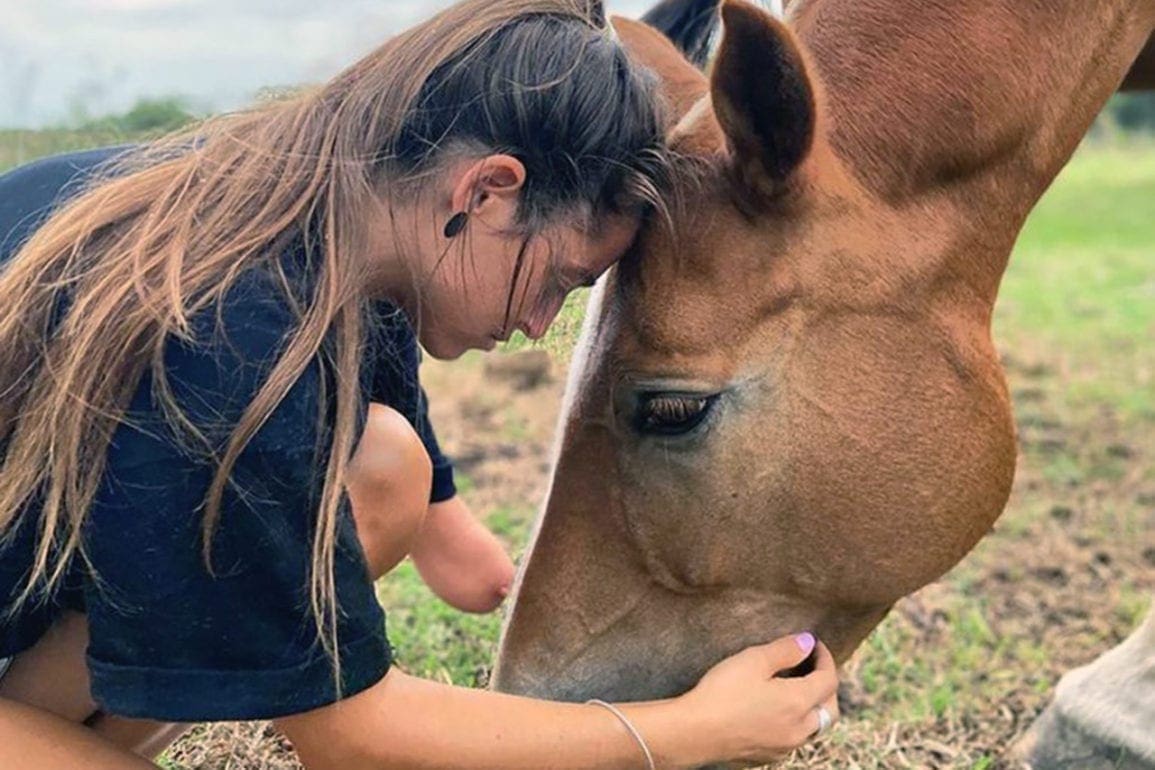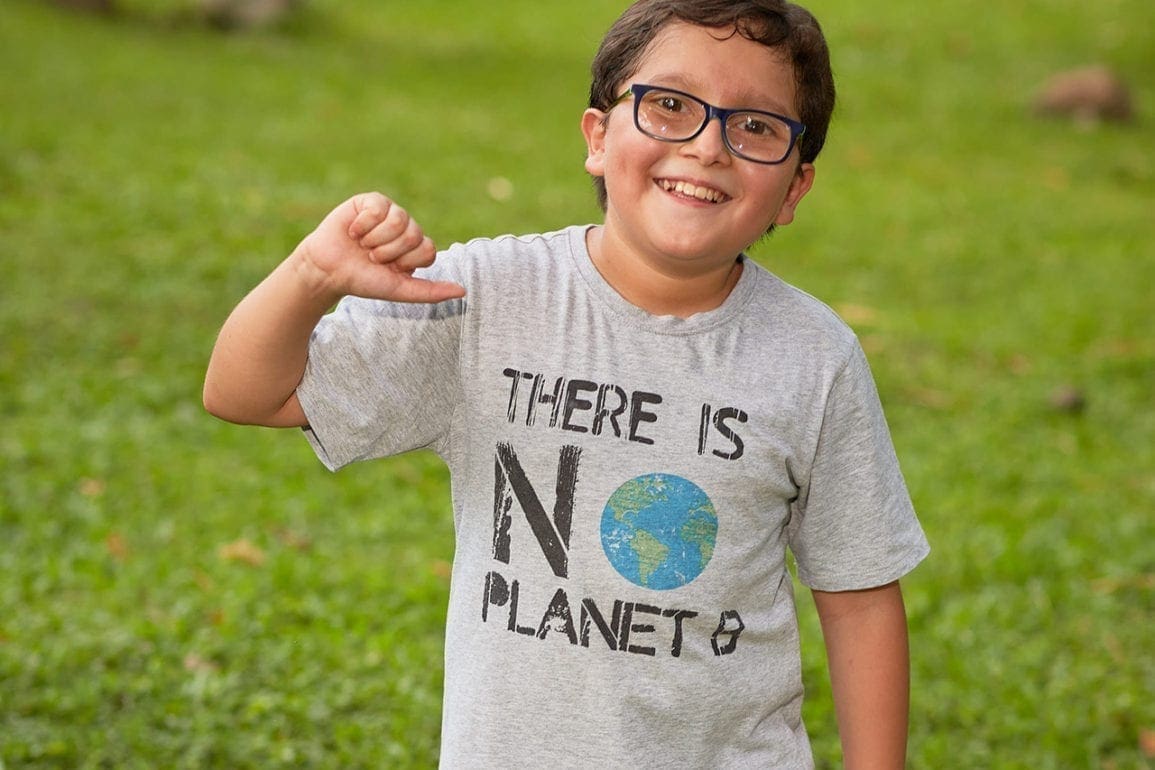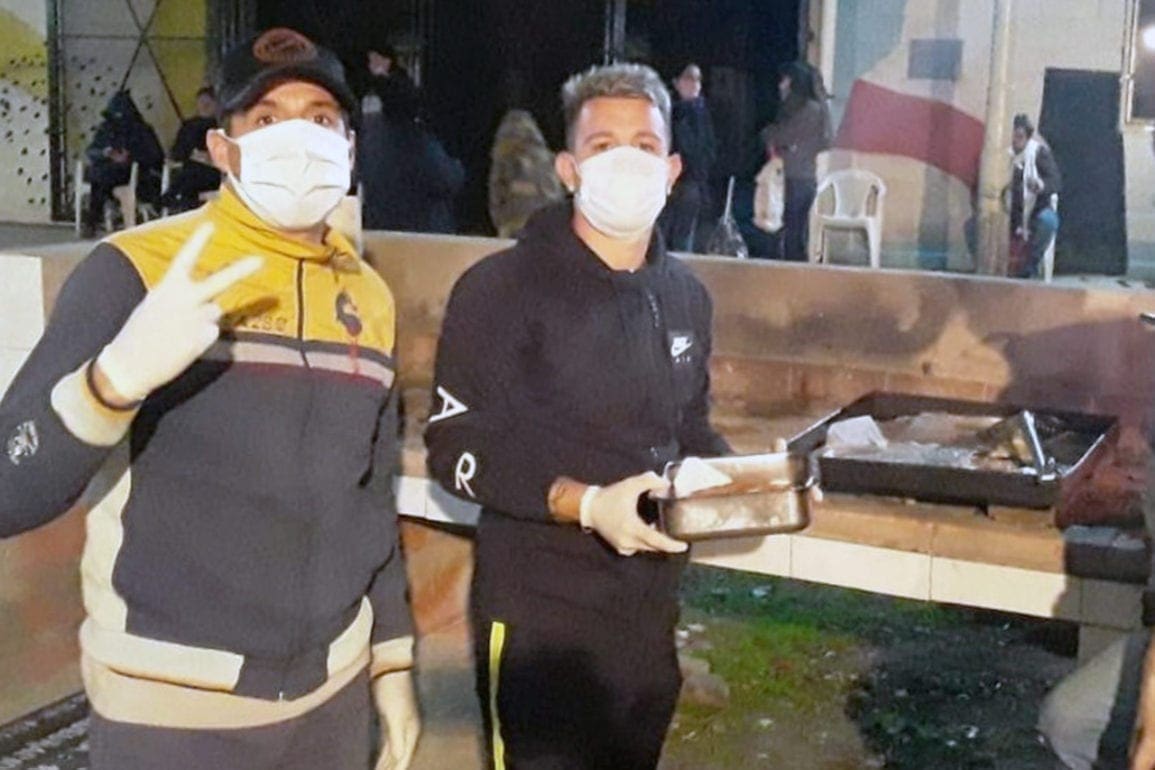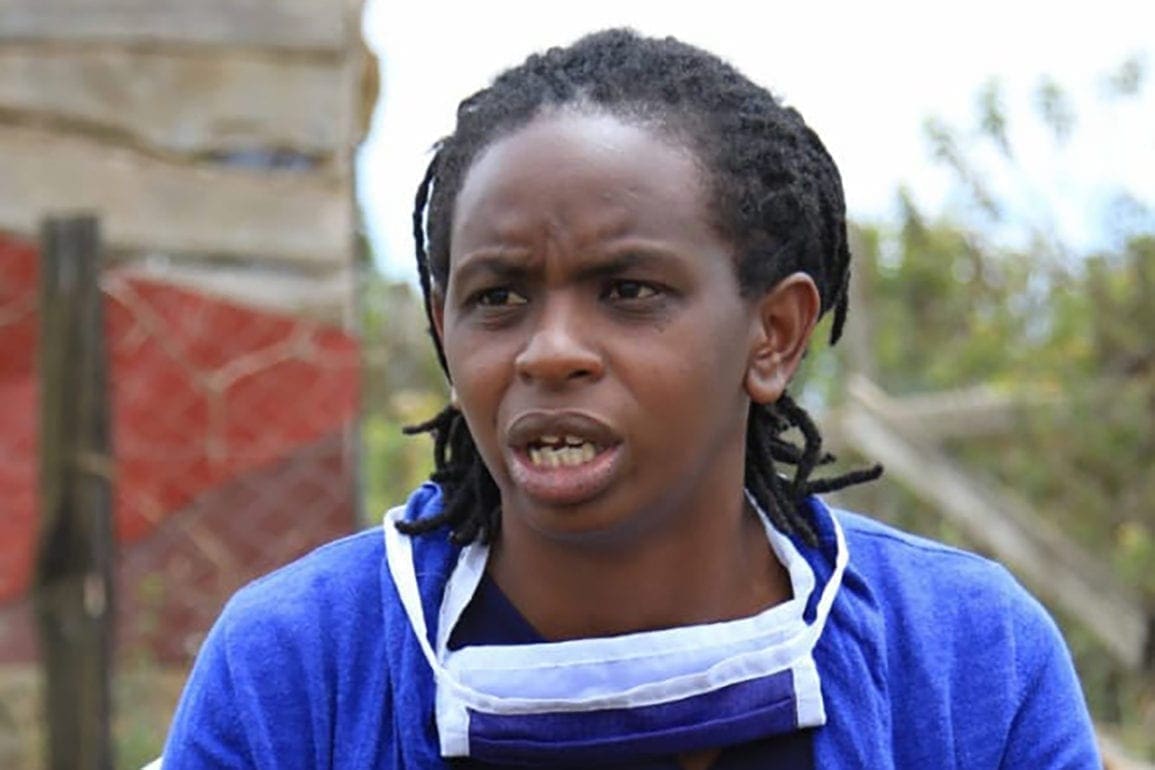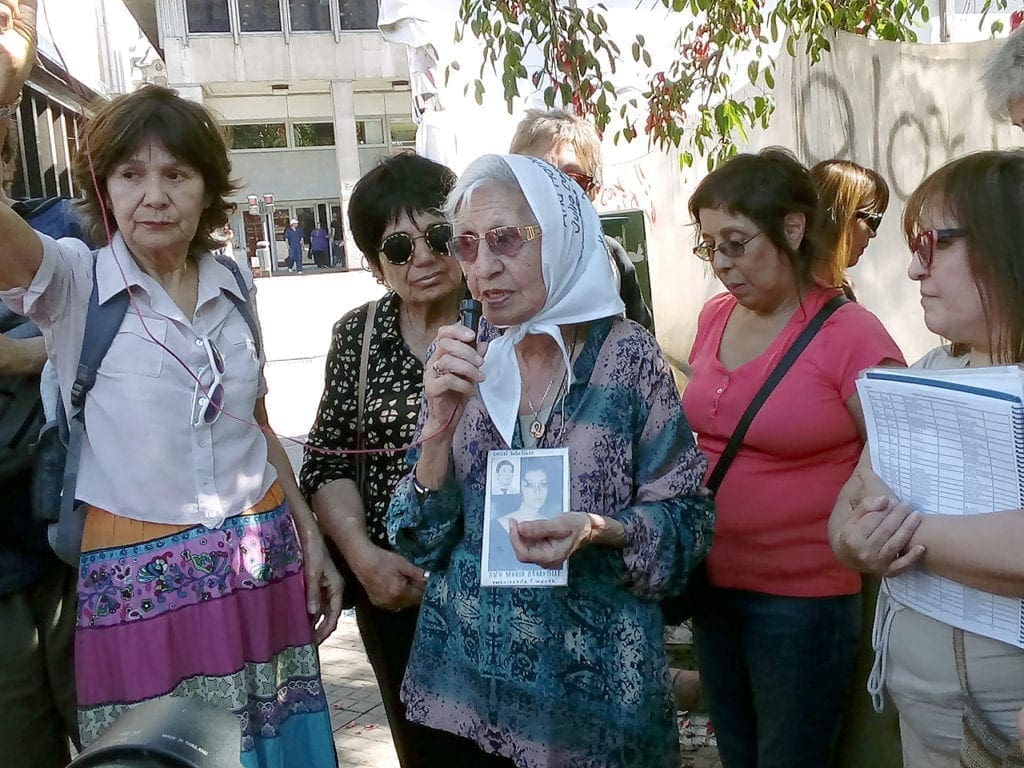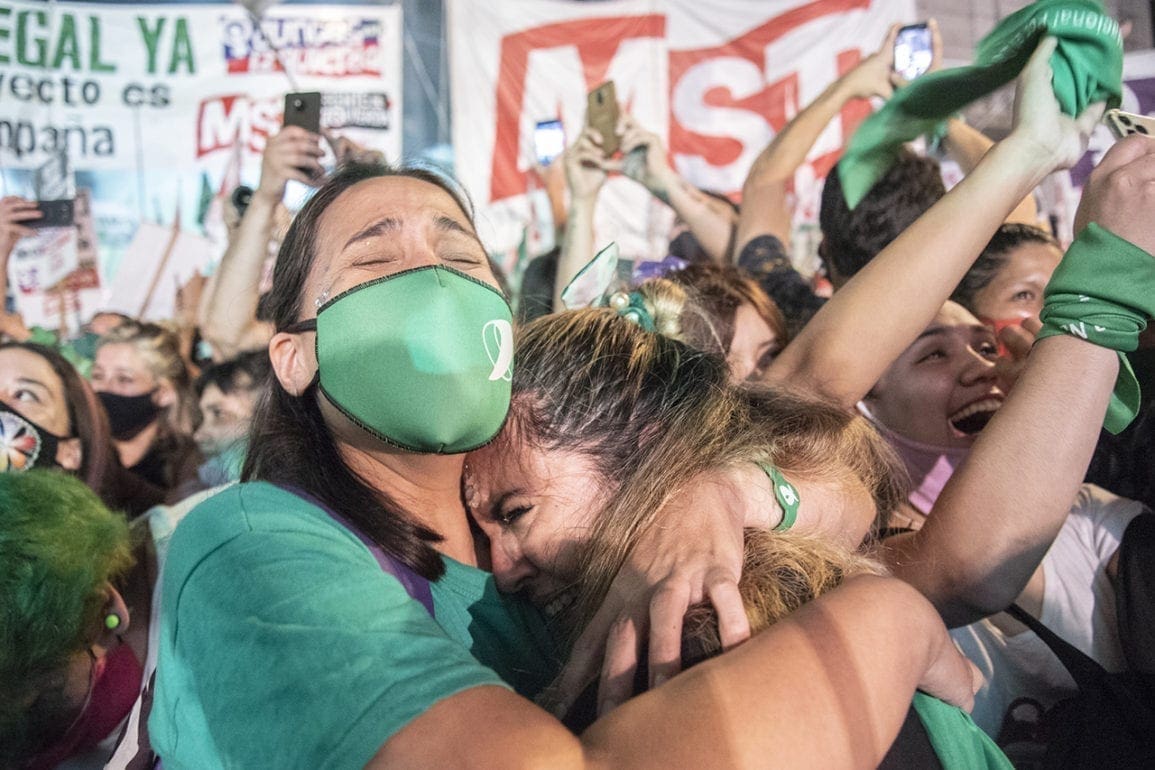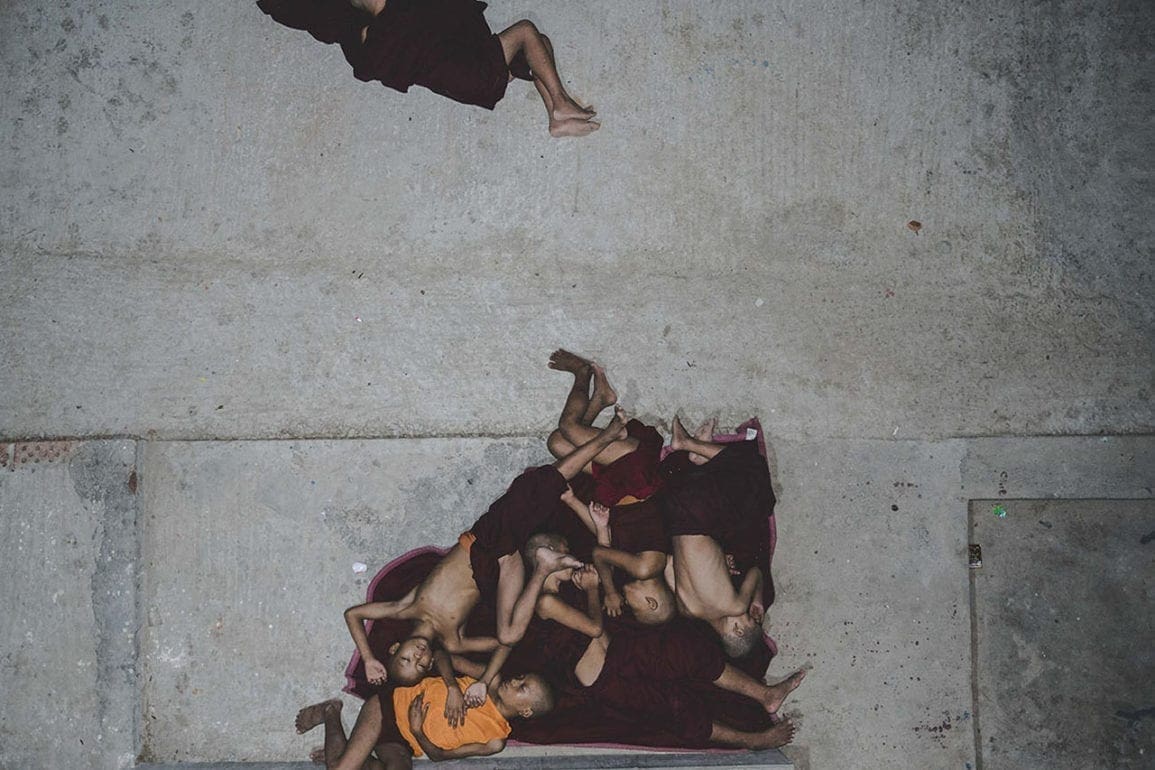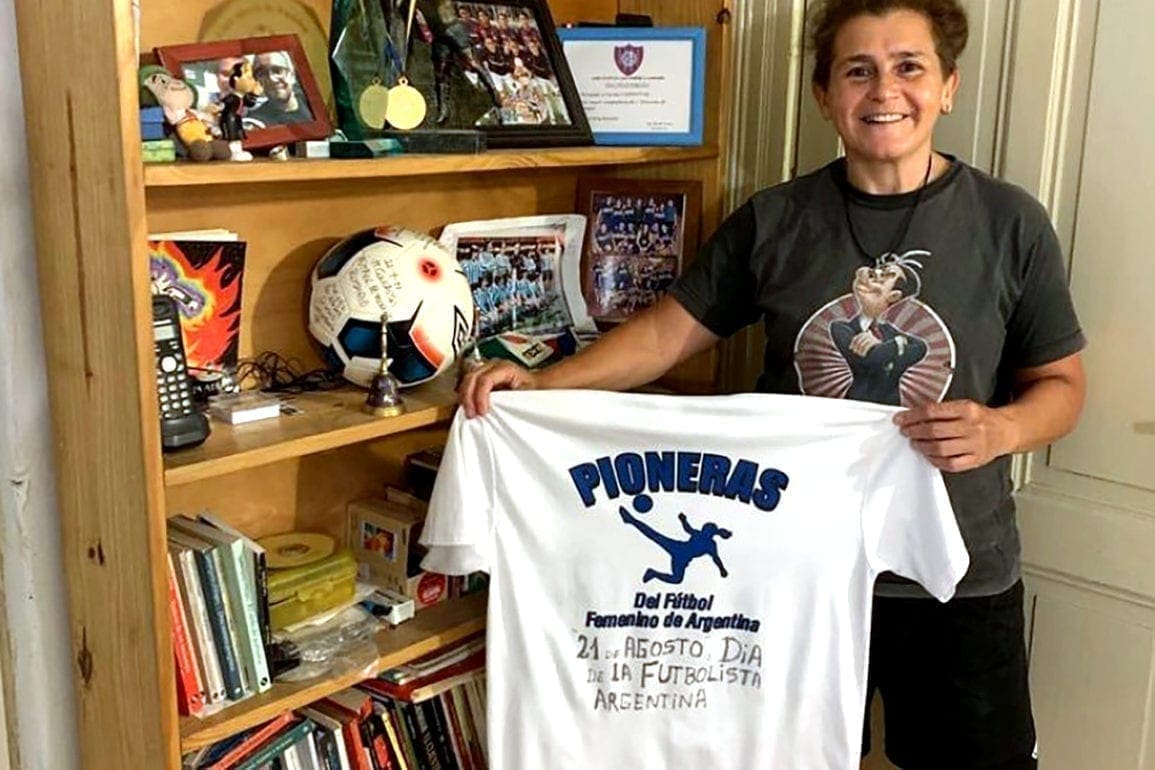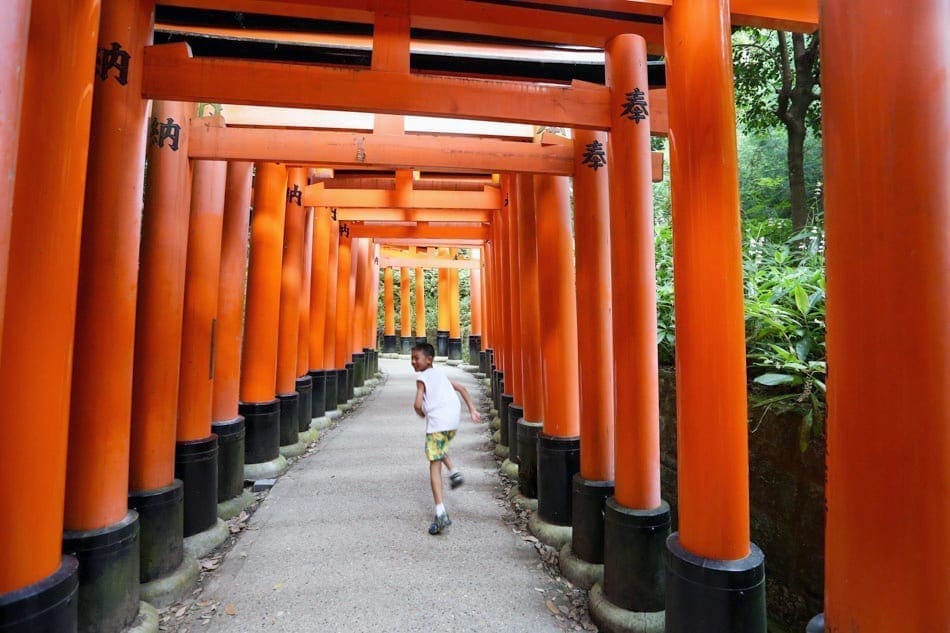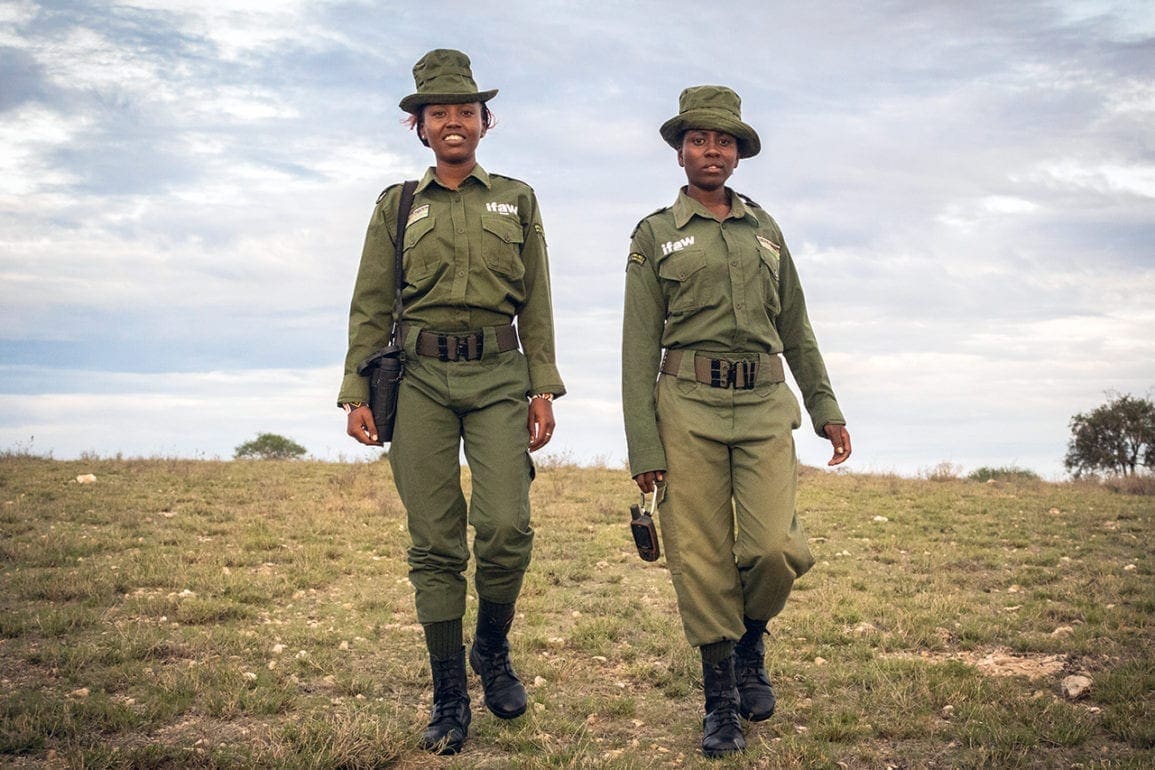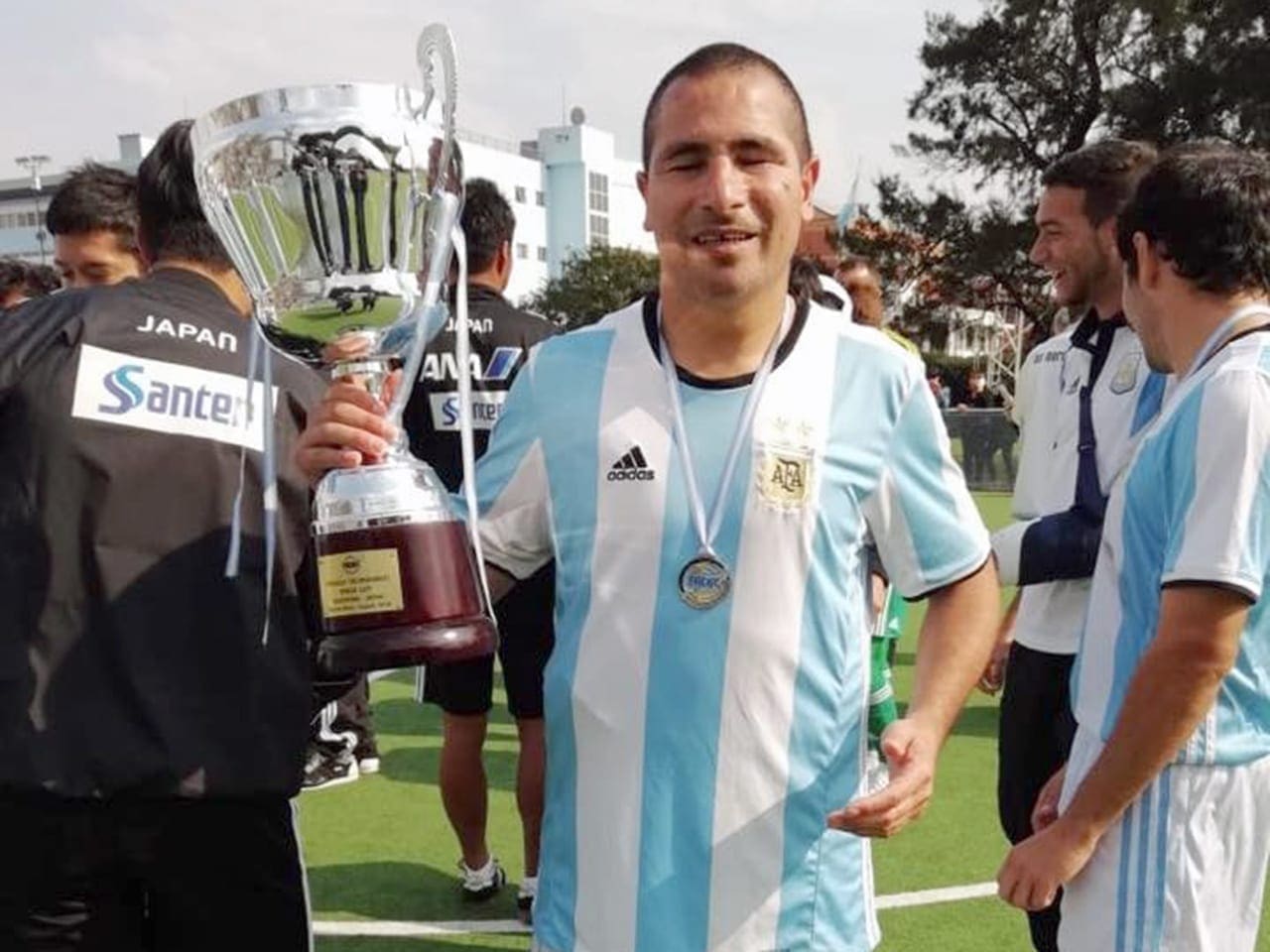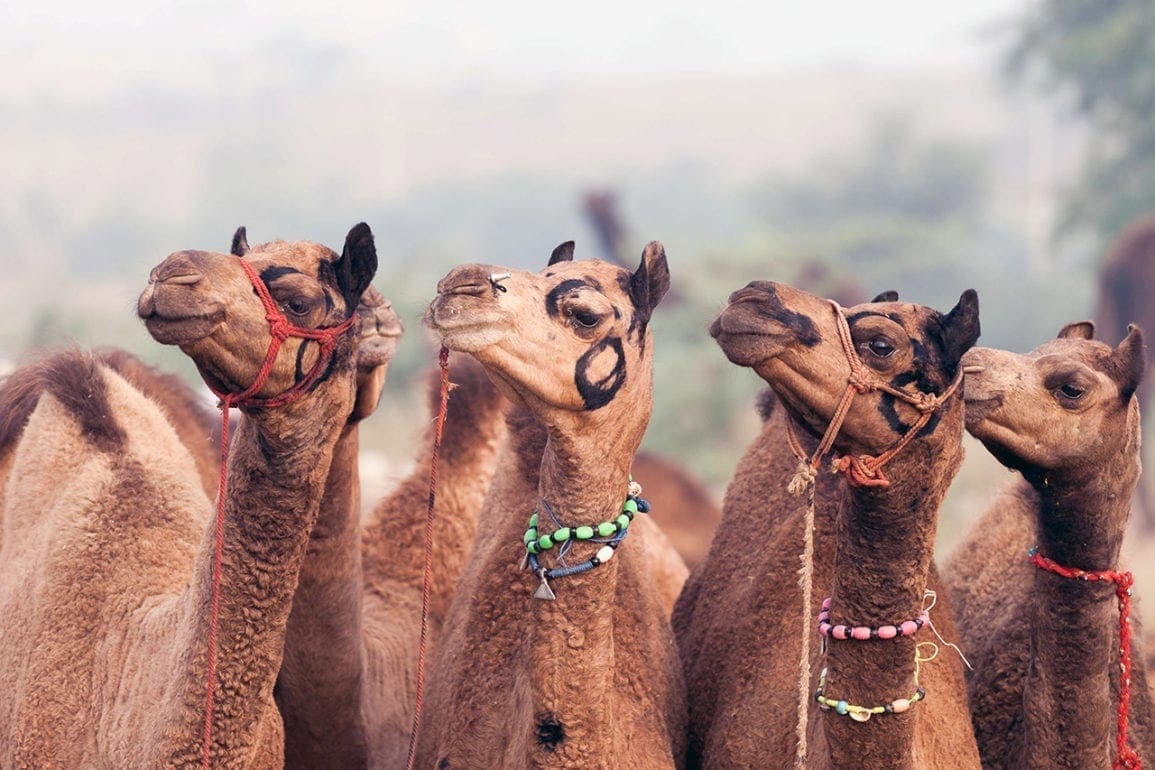I photograph the people in Guatemala’s dangerous “Red Zones”
When the opportunity allows, I approach and ask their name. These people have parents, identities, and lives. I see a change take place when I offer this simple gesture. By removing the prejudice and fear they often experience from others, they feel less marginalized.
- 1 year ago
March 1, 2023

GUATEMALA CITY, Guatemala ꟷ I go into Guatemala’s Red Zones [neighborhoods deeply affected by drugs and gang-related violence] to photograph the people. Going to these places alone late at night or early in the morning scares me at times. That fear remains part of my process. I see things people normally cannot see.
The stories I tell in pictures give insight into how life unfolds, and the way people live it. I feel empathy when I meet people who live on the streets in Guatemala. Much like them, I remain a solitary person. I enjoy my own company and being alone. By photographing them, I can be their reflection – like a mirror. Seeing them living in the world, especially children, makes me very emotional.
When I started this project, I wanted to retain those moments I captured in my mind and publish them for others to see and experience. I began to share my pictures on Instagram to give people living on the streets a sense of humanity and to show others the reality we ignore out of fear or apathy. The audience looks upon the pictures. They view the colors and tones, the expressions, a wrinkle, a frown, or eyes that speak a thousand words.
I learned to be more respectful of people on the streets
Growing up, I lived on Juan Chapín Avenue in Zone One. I often saw people pass by, collecting garbage. Even as a child I felt concerned and curious about them. During my teenage years, I sat and talked with people on the streets. I wanted to know their stories. When I discovered photography in college, a question arose in my mind. When I saw an image I would think, “Is this a photograph, or a story?” My desire to photograph the homeless emerged.
I believe images can be poems. Walking through the Red Zones, I admire the scenes and the human expressions around me. I began to combine that childhood empathy with a new vision for photography. Today, as I travel through the Red Zones, I remain conspicuous. I cannot carry an expensive, professional camera. It could easily be stolen, so I work with my phone.
When I began, I met a person in Zone One who reacted to my presence. “Who do you think you are,” he asked. “Why do you think you can take my photo? Am I a public figure to you?” I learned to be more respectful. These are human beings, and I work to capture their humanity in my pictures. I help them feel comfortable by taking photos in a more spontaneous way.
When the opportunity allows, I approach and ask their name. These people have parents, identities, and lives. I see a change take place when I offer this simple gesture. By removing the prejudice and fear they often experience from others, they feel less marginalized. Their way of living often leaves them alone. Some lose their sanity to addiction and talk to themselves, stuck in a cycle of abandonment and poverty. Despite these problems, I reveal their beauty.
One of us goes off to college, the other winds up on the streets
As I walked down Sixth Avenue one night, I heard someone shouting my name. When I turned around, it surprised me to see a man I knew, living on the streets. As the thoughts swirled through my head, I felt a mix of shock and happiness. He recognized me and approached me so easily. We began to talk.
He told me he ended up on the streets after his wife left him and he lost his job. He spiraled into alcohol addiction. When I asked him questions, he lowered his gaze. I could see the shame overcoming him. In that moment, I tried to understand and cheer him up; not to judge, but rather offer encouragement and support. We met before the Pandemic and I had not seem him since.
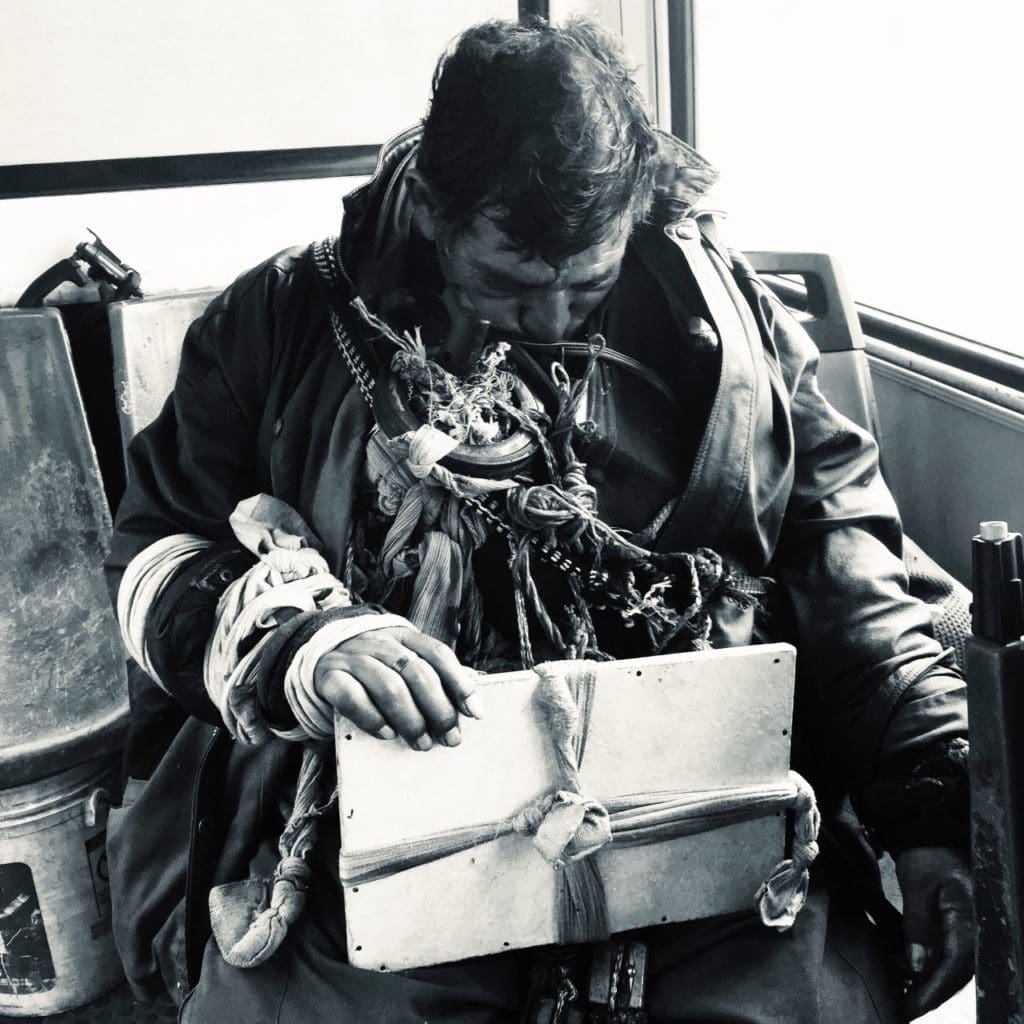
In a similar experience, someone I knew from childhood became homeless. He once lived right near my house. As we reconnected, he gave me a tour of Zone One from 13th to 18th Streets. As we strolled down the streets, I saw so many different people – each with their own setup. Some looked happy and some did not. They came in many shapes, shades, and sizes – all of them living their lives.
When I returned home that day, a feeling of shock and sadness came over me. I knew this man’s family. We shared many of the same opportunities, but one of us went off to college and the other ended up on the streets. In that early experience, I could not bring myself to photograph him. It felt far too emotional.
I gave in to his strong embrace
More recently, as I walked through the terminal to buy food, I saw a boy sleeping in a flowerbed where two streets intersect. A sheet lay over top of him and, at first, it scared me. I thought he was dead, but I noticed him breathing. I had reason to worry. Not long before, I saw a person lying on the ground. As I made my way closer, hoping to photograph him, people began to gather. They quickly discovered the person died right there, in the streets. The police arrived and took him away. More than likely, no one claimed his body. He may have been buried anonymously, like something worthless and unwanted.
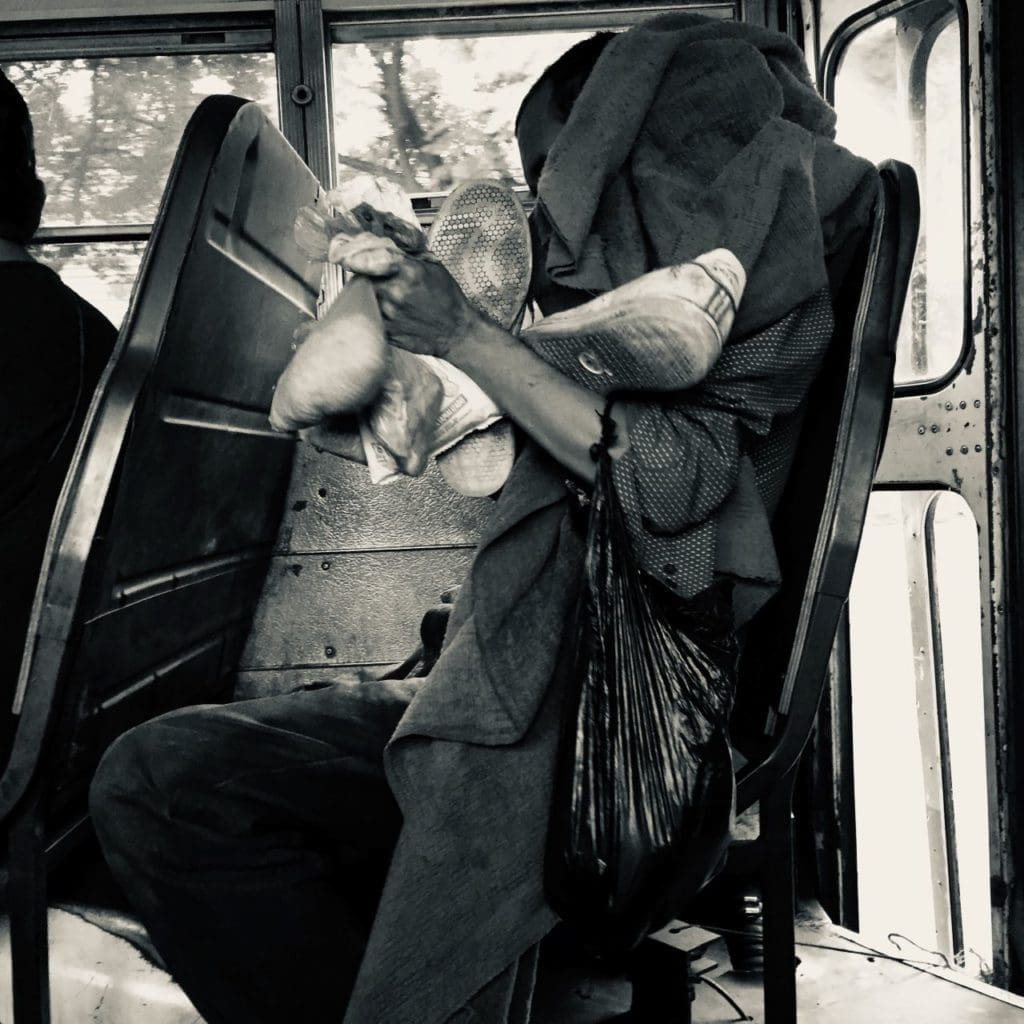
While some of my subjects say they find freedom in the streets, too often, addiction takes over their minds. Alcoholism and homelessness have become so normalized, we see someone lying in the streets and barely notice. My demeanor and approach feel different, and people in the streets sense that. While some remain standoffish, many come up to me. They may ask for a few coins.
As I strolled one day through Central Park, I ran into a Honduran man who asked me for money. I gave it to him. He appeared quite comfortable and as a thank you, he gave me a “lempira.” One Honduran lempira is the equivalent of 32 cents in Guatemala. We began to talk. He told me he had plans to go to the United States and his Honduran money would be no good there. As I listened, a kindness appeared upon his face. He hugged me, and I accepted his strong embrace. Even today, I keep that lempira at my house as a good luck charm and a reminder.
The colors create a camouflage in the urban landscape
Diseases and difficulties run rampant when a person lives life on the streets. I see it. I cannot erase the images from my mind of children rummaging for food in the garbage or the elderly woman on the bus with her entire life sitting atop her. A quilt, her shoes, and food remained the only belongings to her name.
I try to find the order in chaos and the beauty in ugliness; to reveal the community homeless people create with one another. With an artistic vision, my photographs capture the colorization of the characters I present.

One man’s skin is ocher as the dust and dirt paint everything around him in grayscale. Another man, known as the Shaman, sits on the bus with his head lowered. Textures emerge from his scarves and ropes, and the board he carries. I see a structure. All over, themes of color create camouflage, and the city absorbs them, like just another part of the urban of the landscape.
Despite their differences, the homeless people of Guatemala share something in common, visually. A singular texture permeates their clothes, teeth, eyes, skin, and hair. It weaves its way through all of them and I try to capture it. To society, this common theme transforms them gradually into lumps on a wall, but they are not. They are human beings. I intend to show that so we can stop and see them for who they are.

